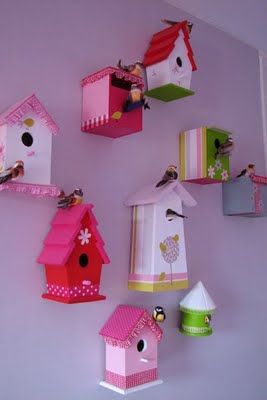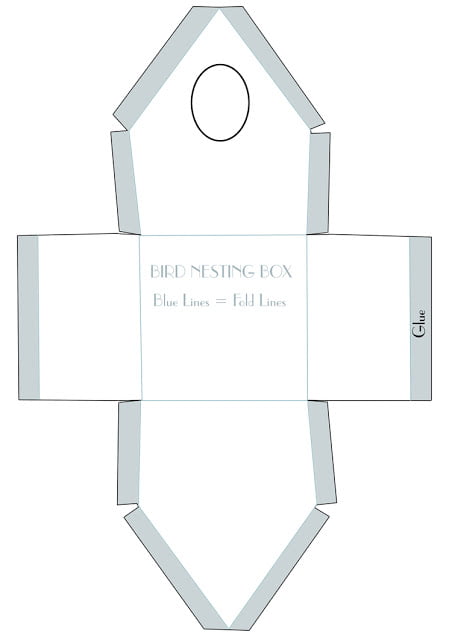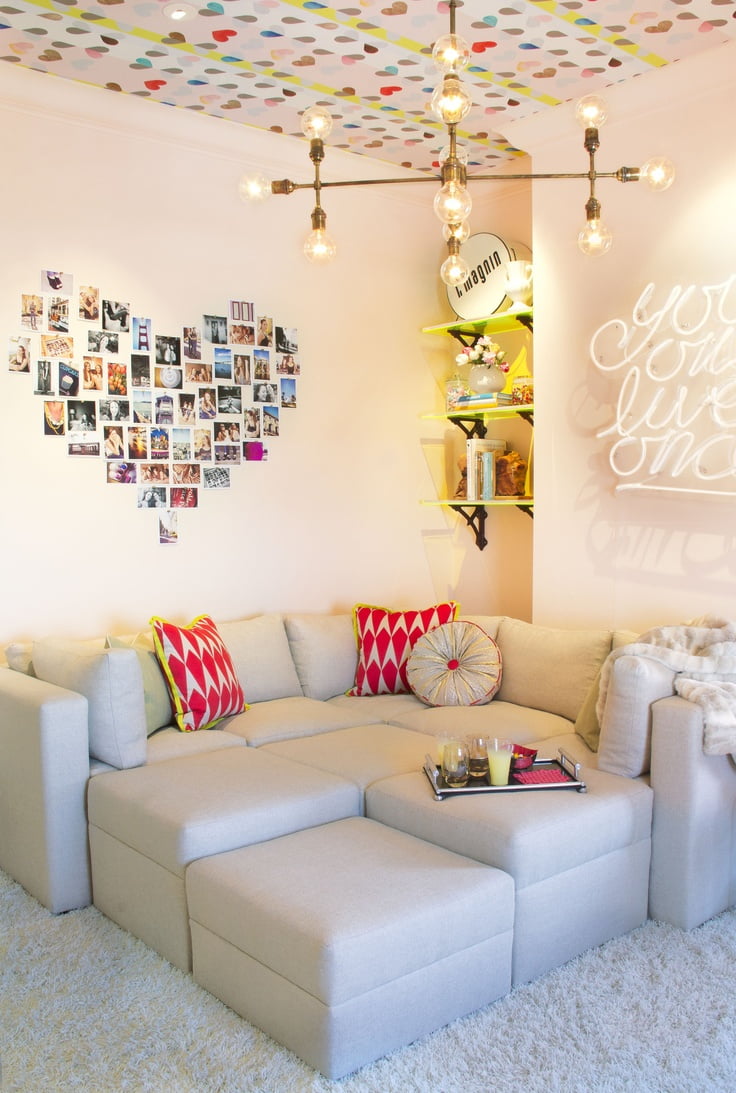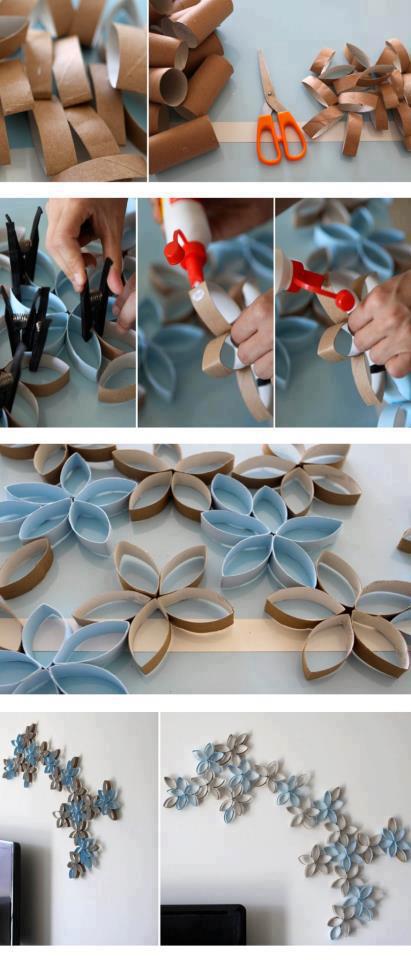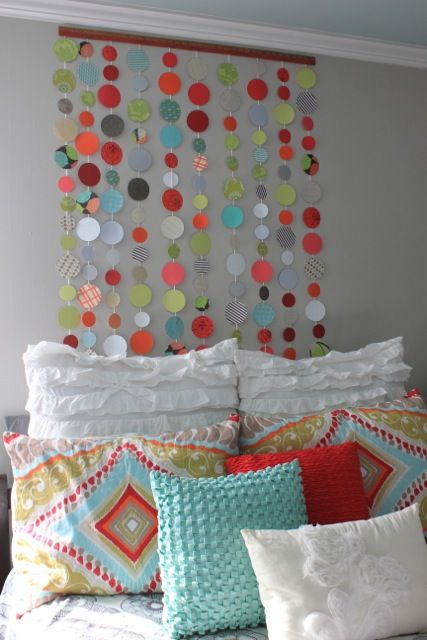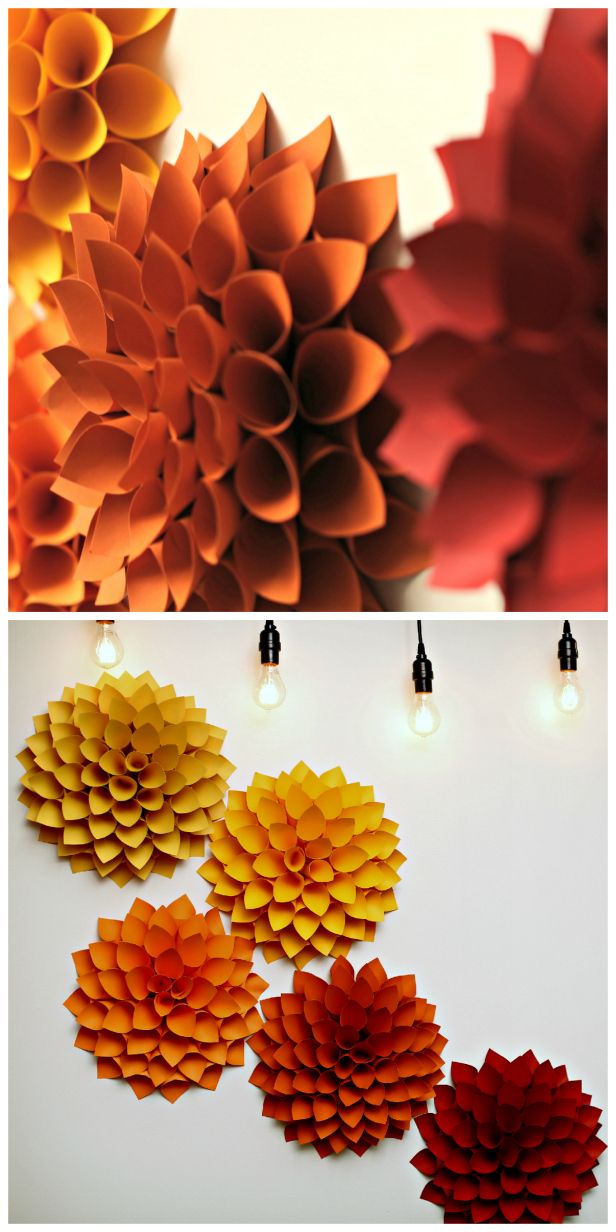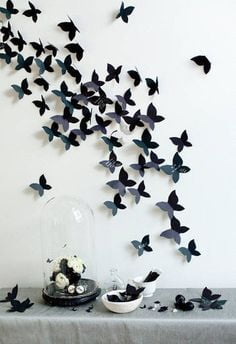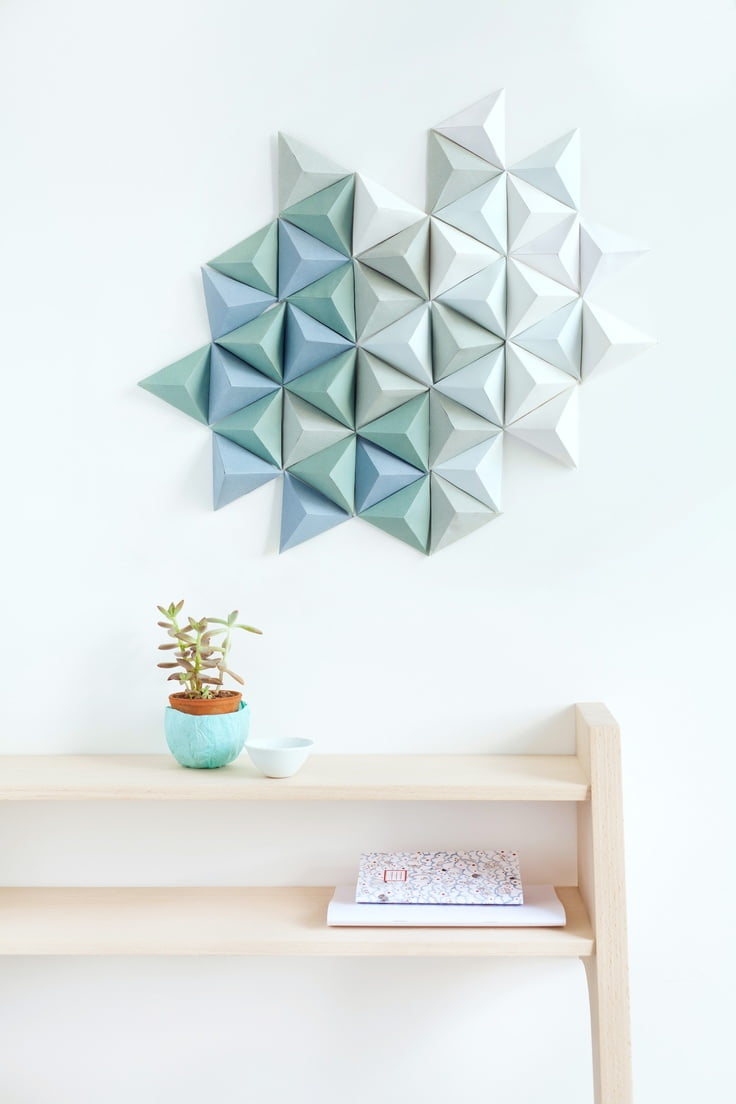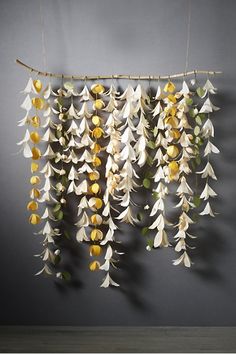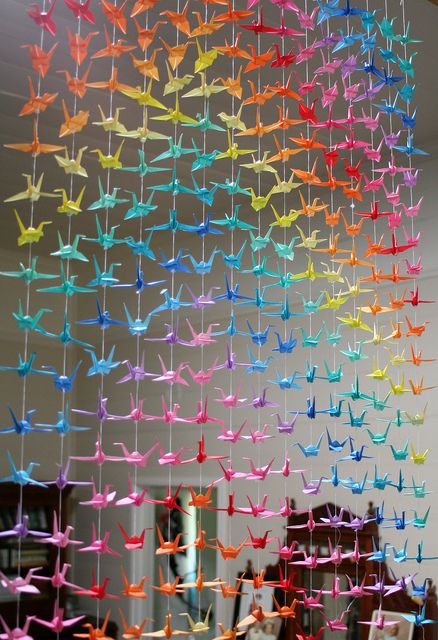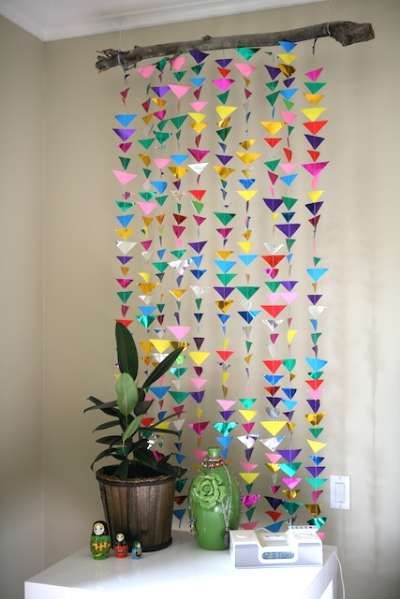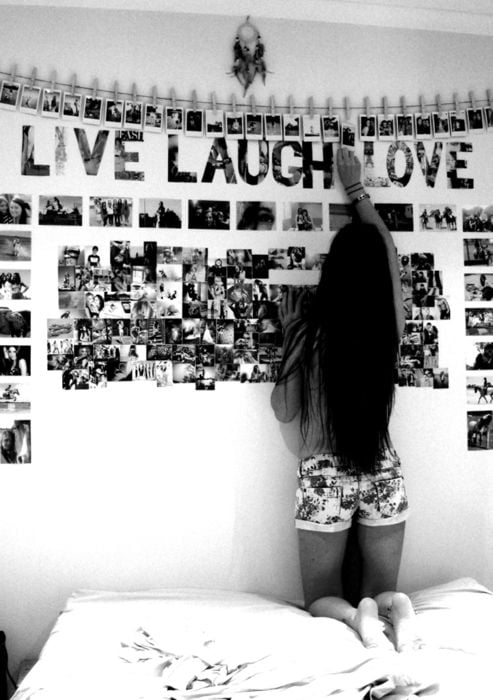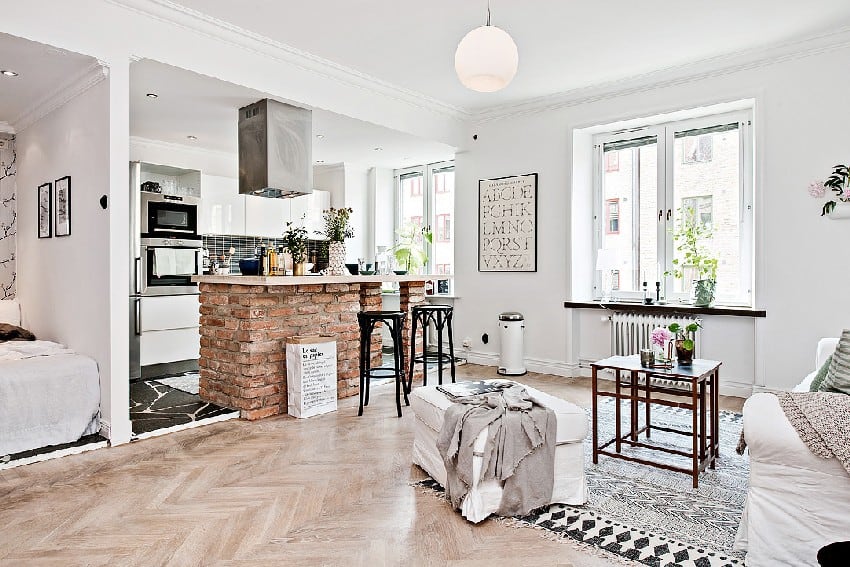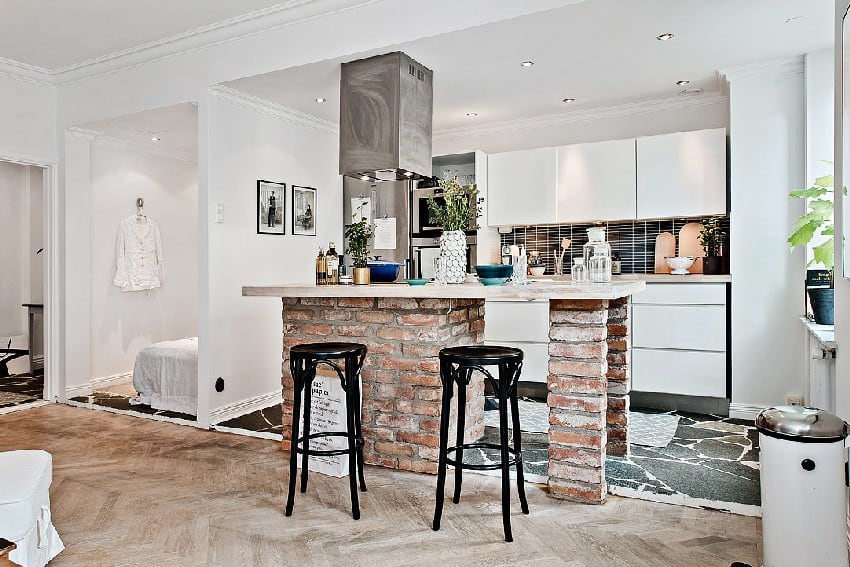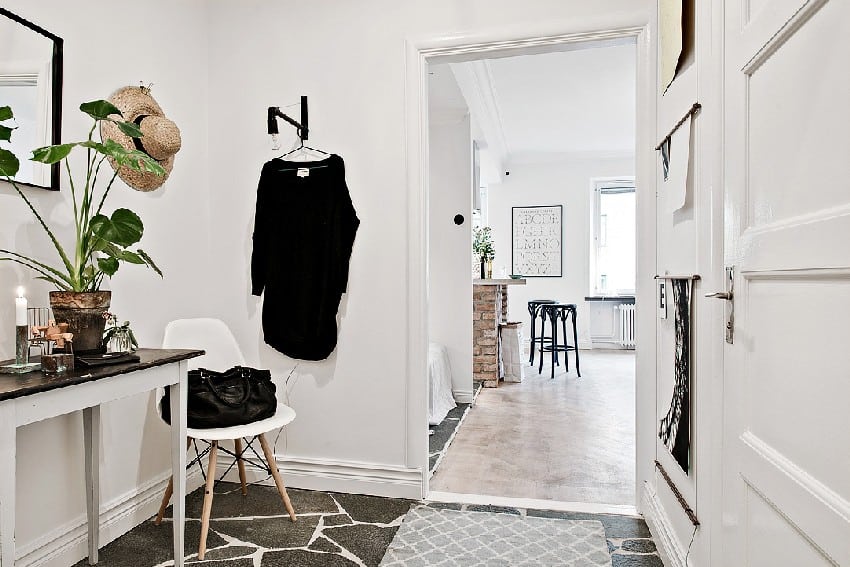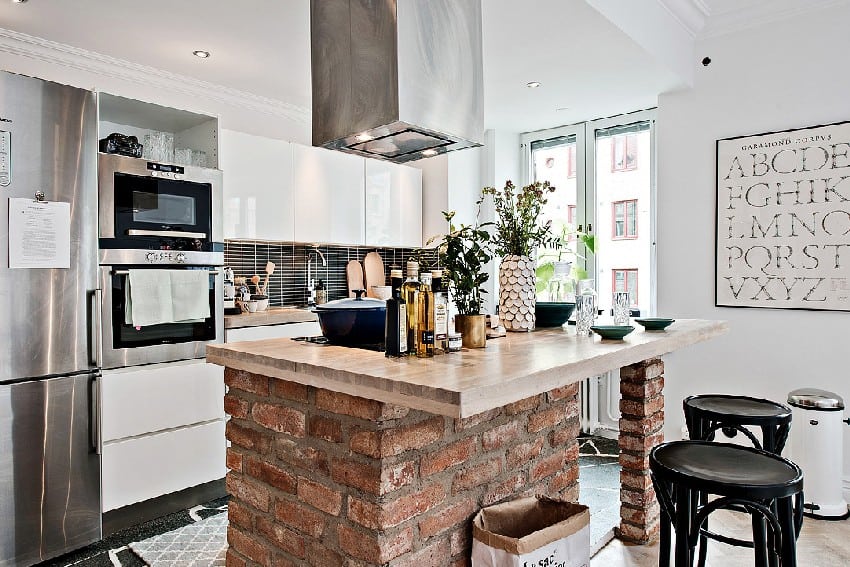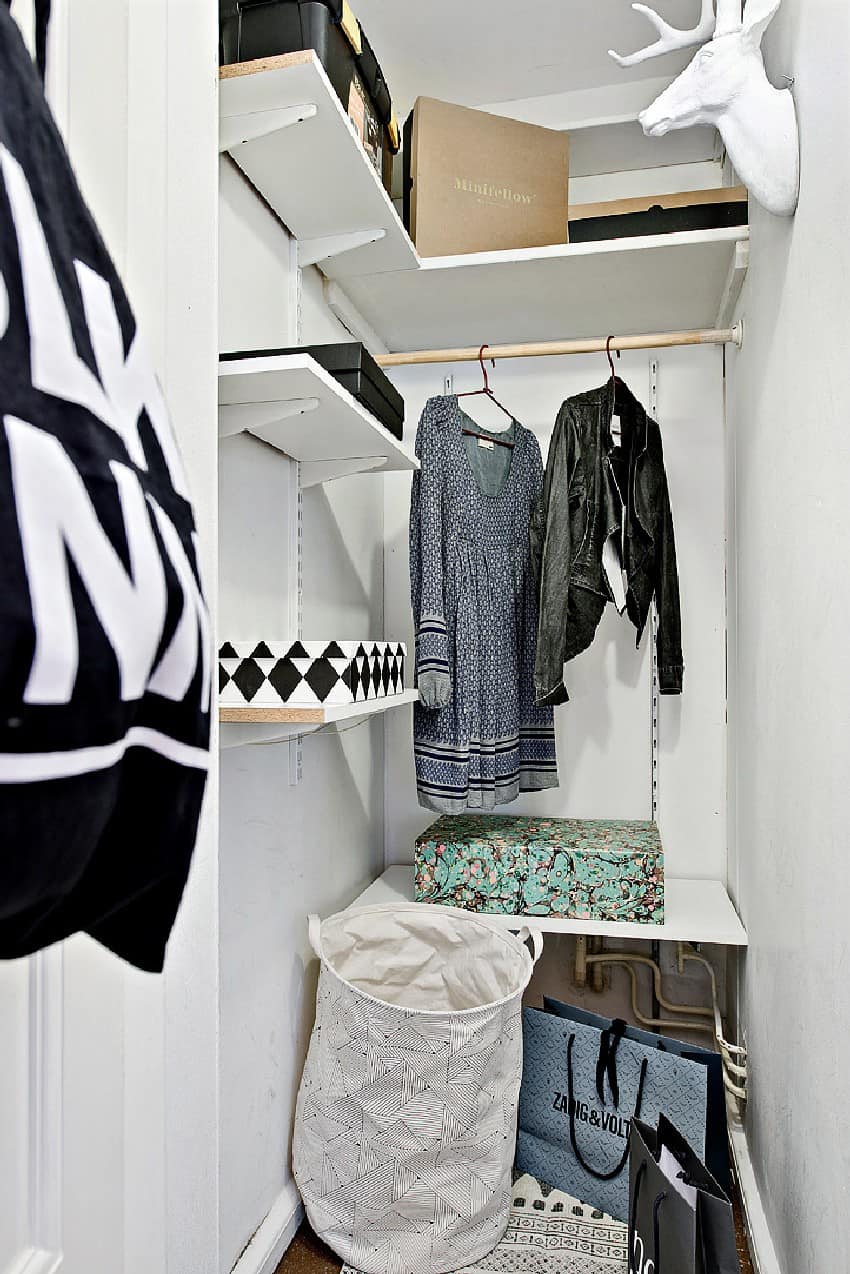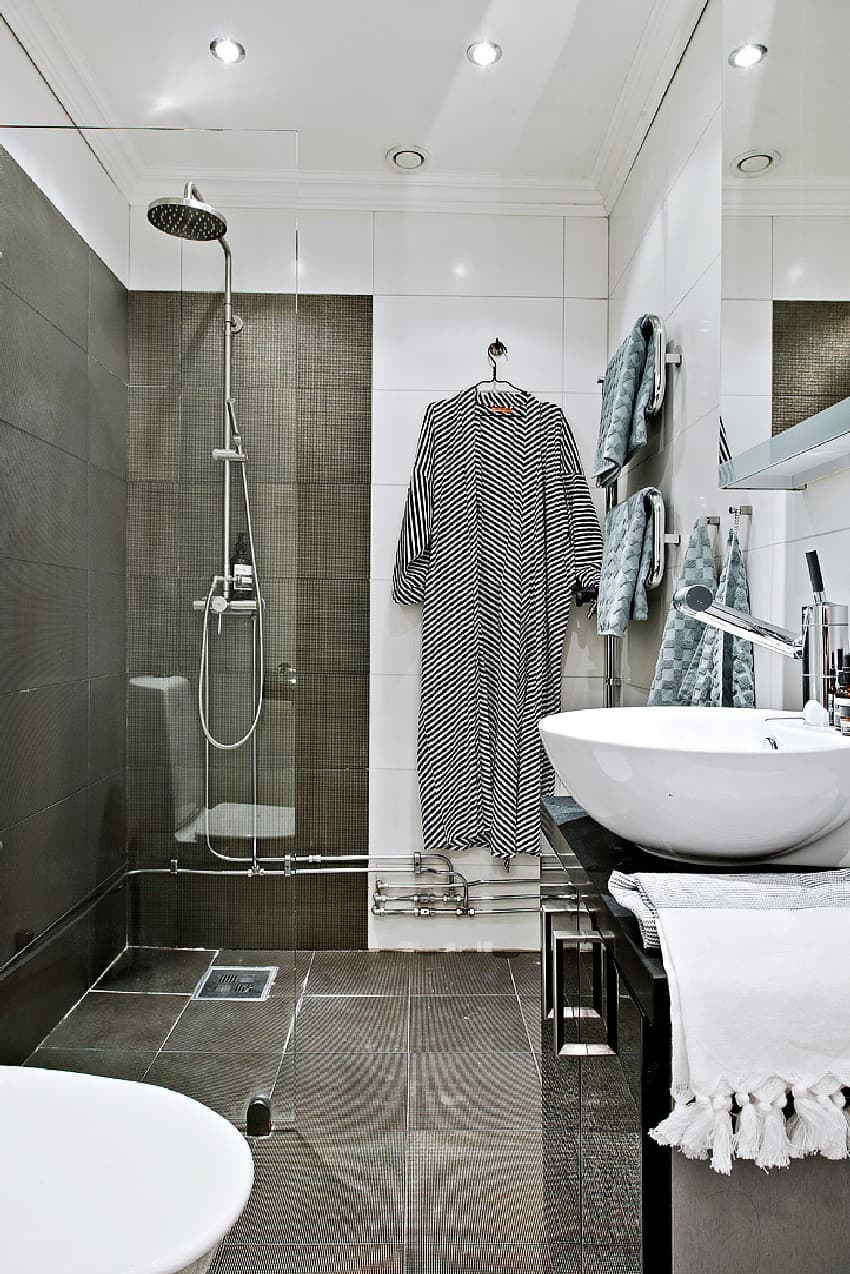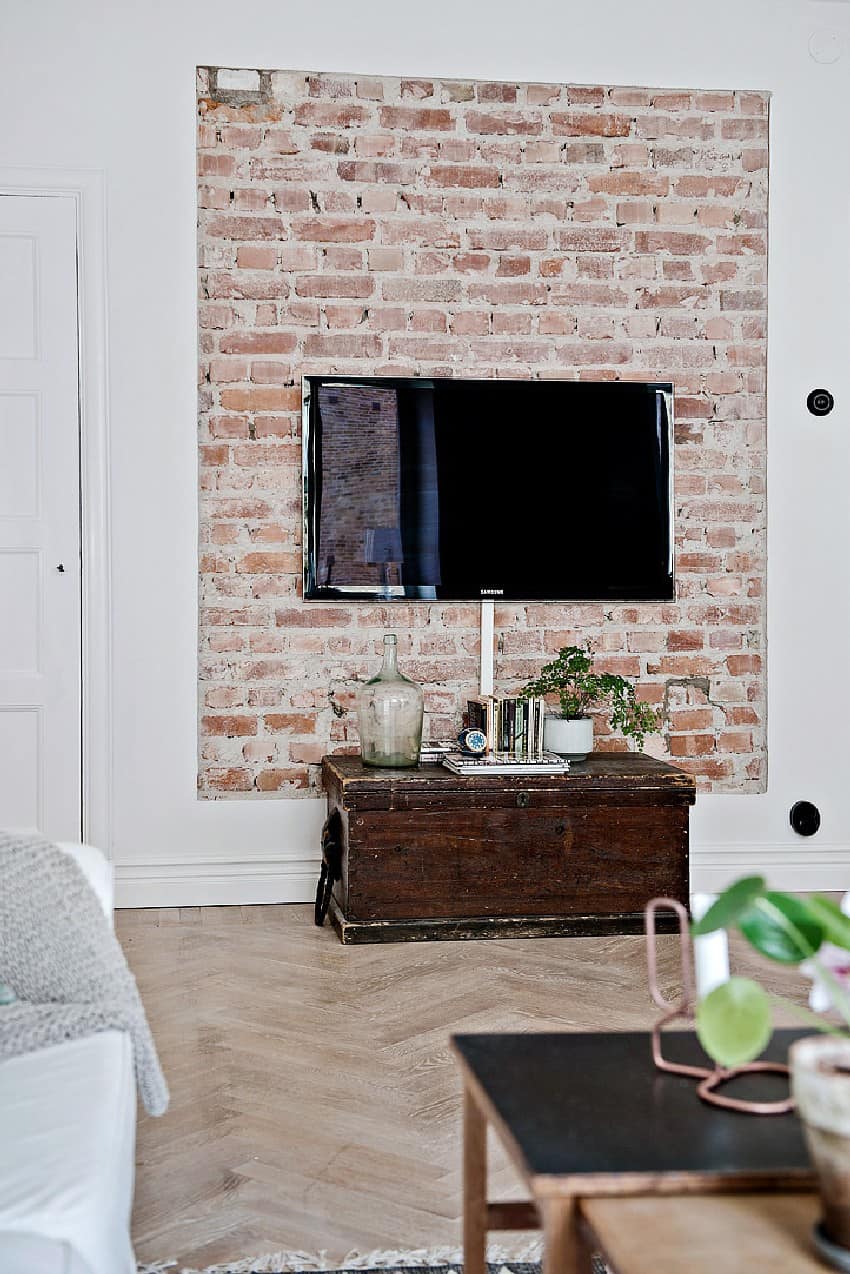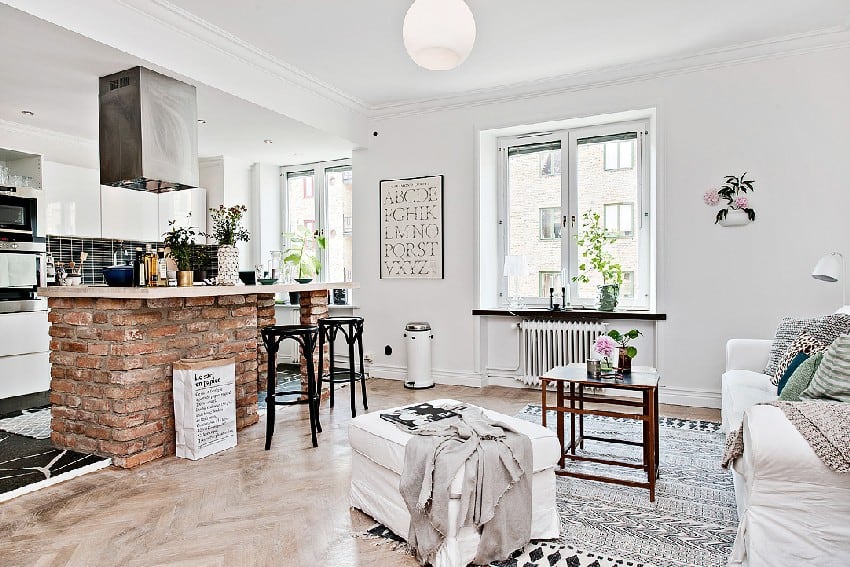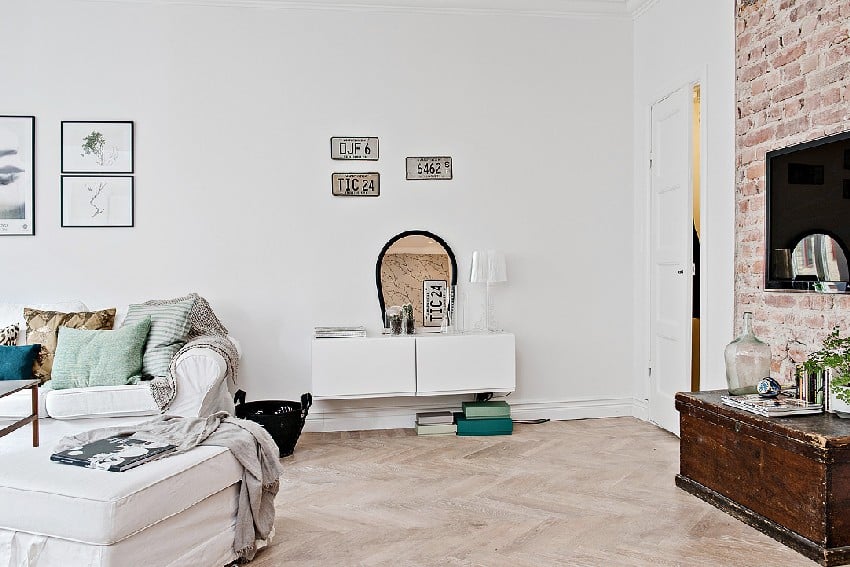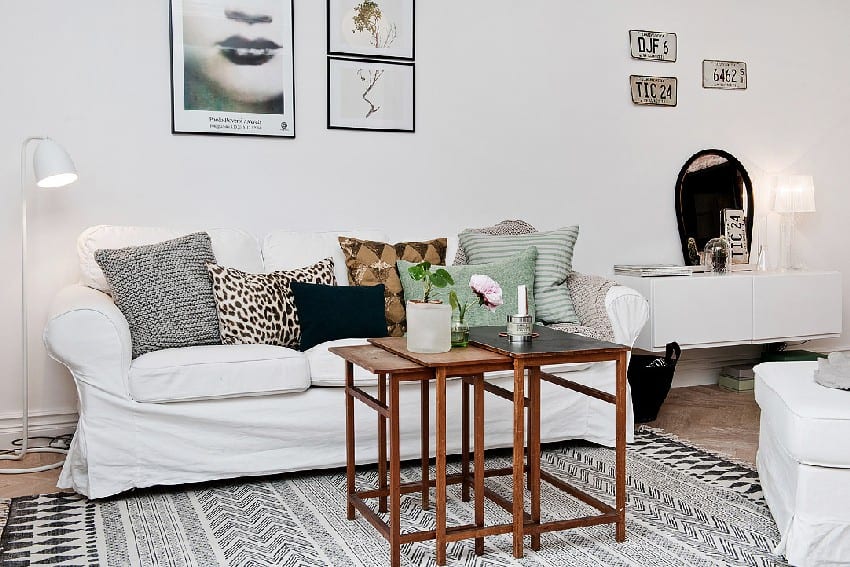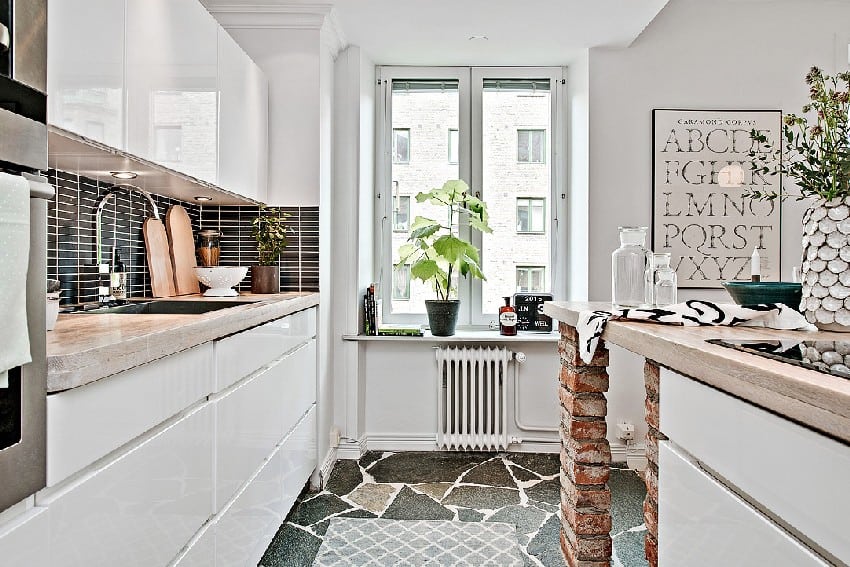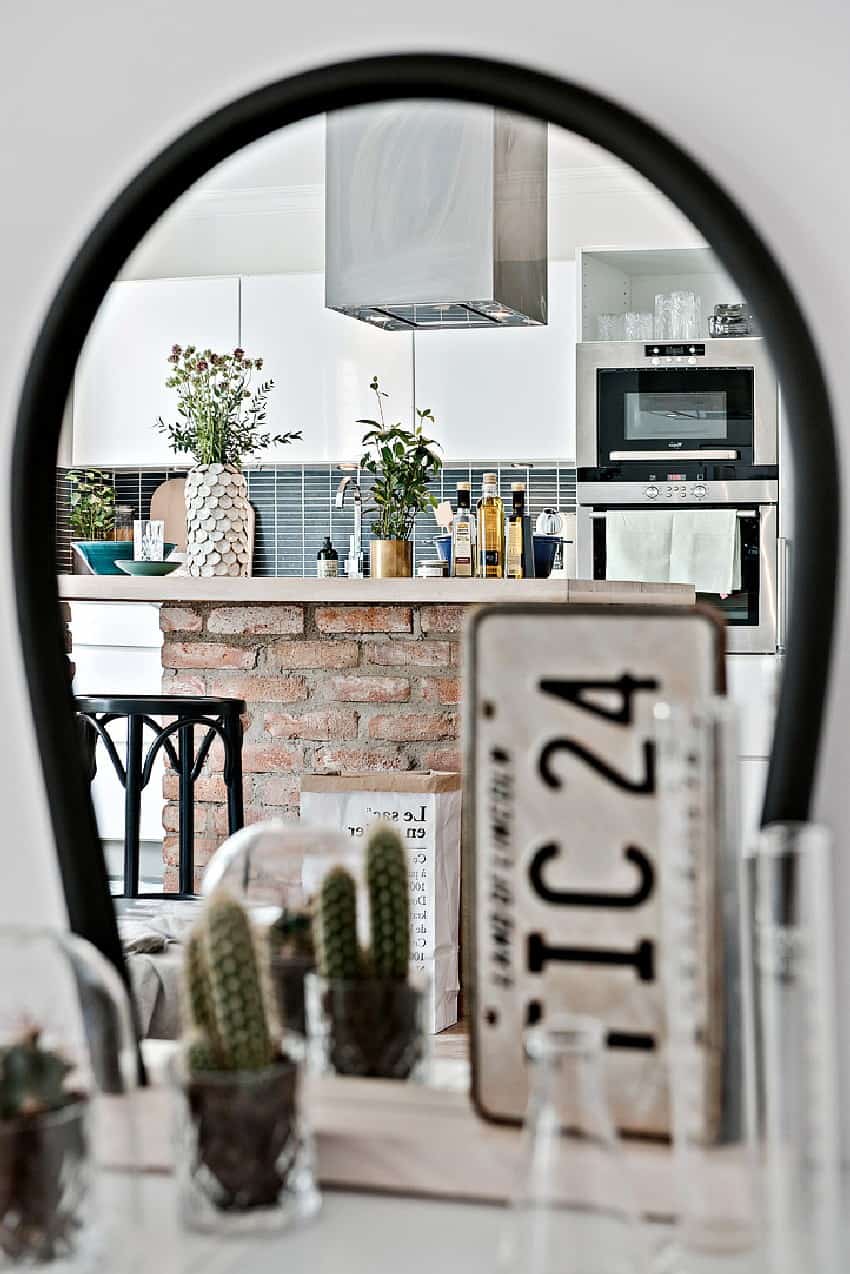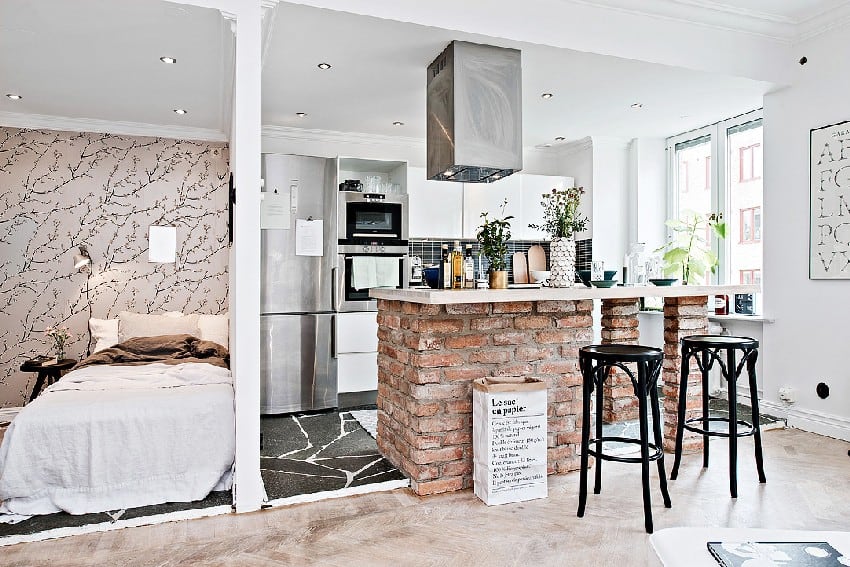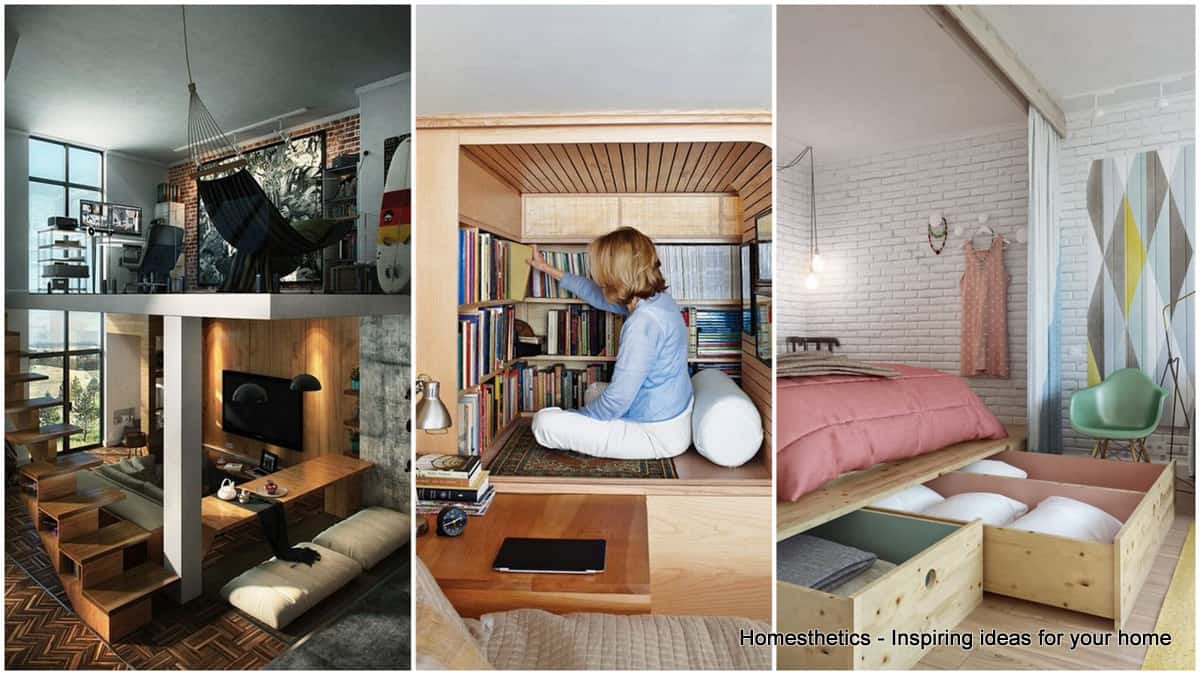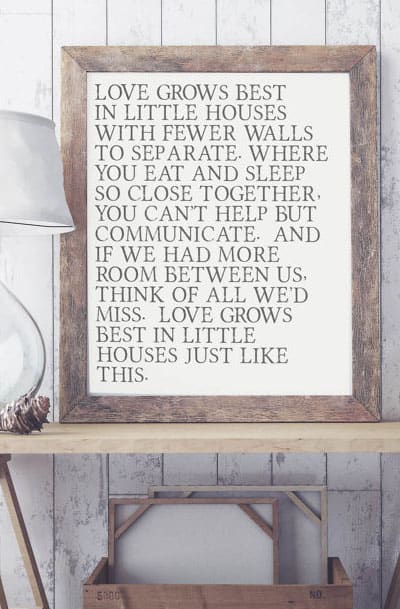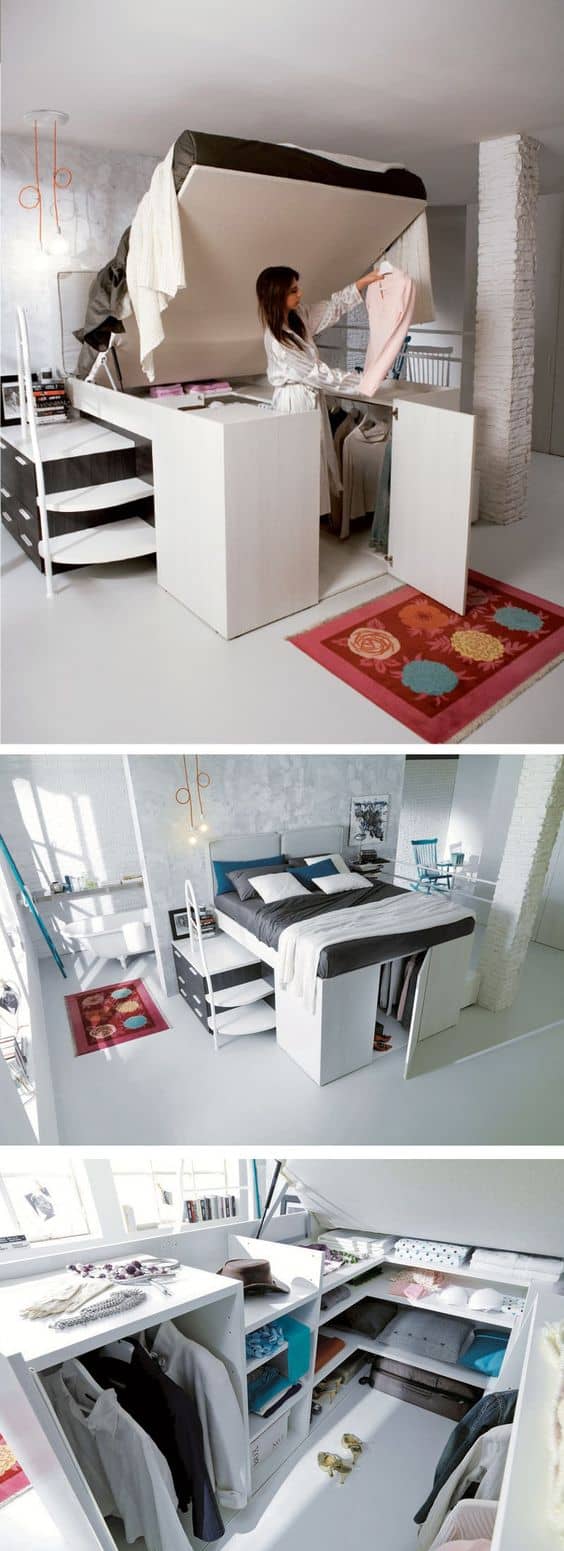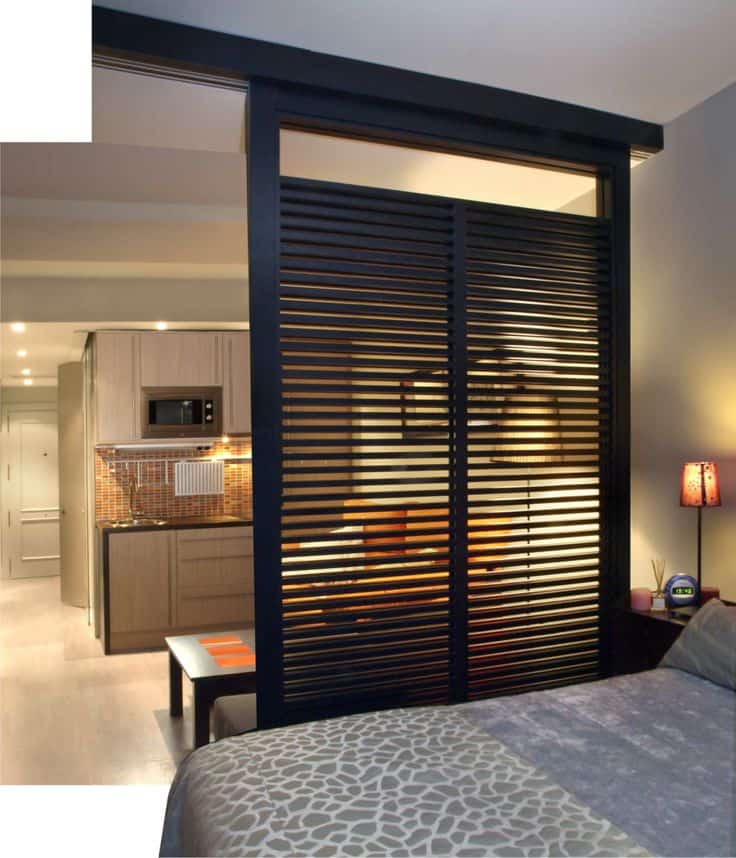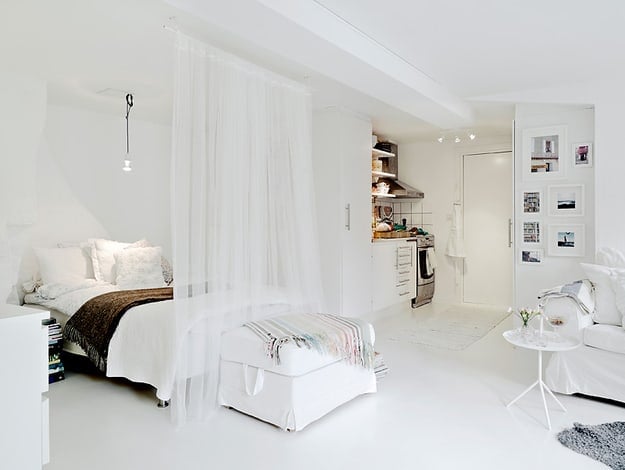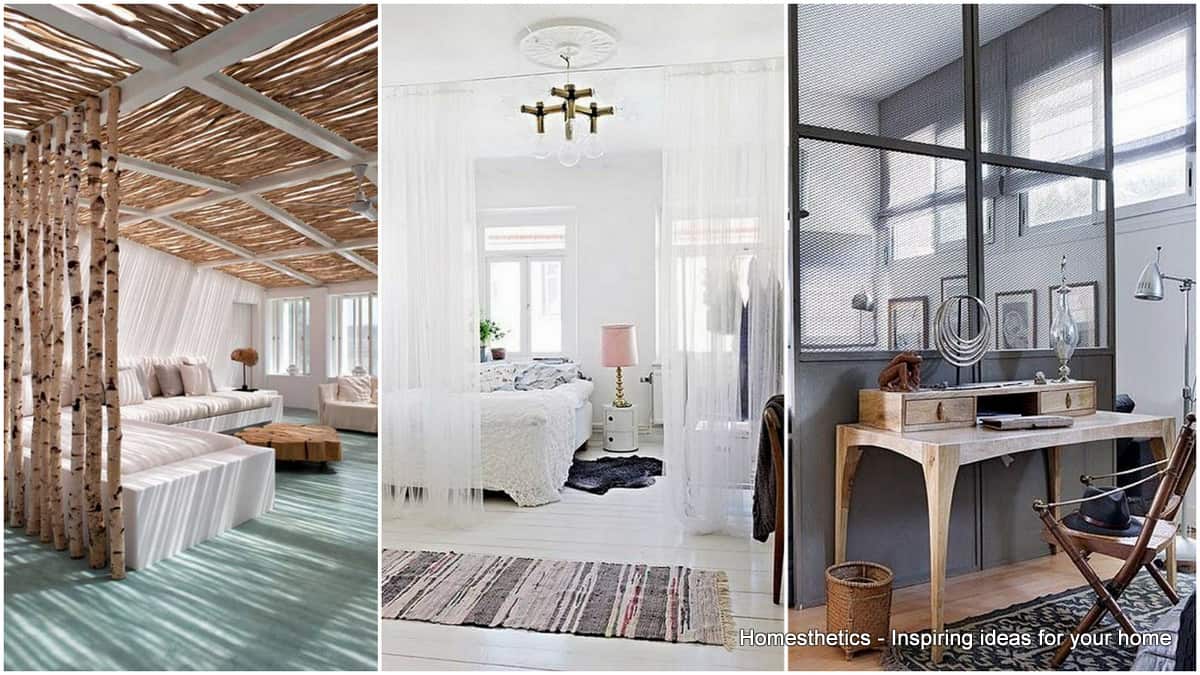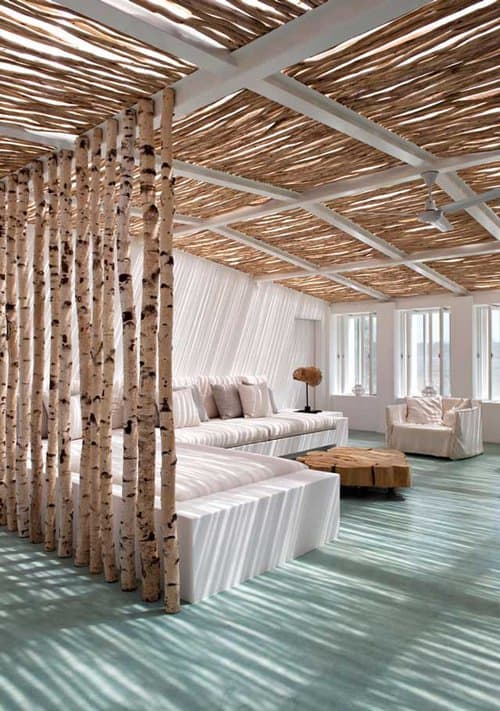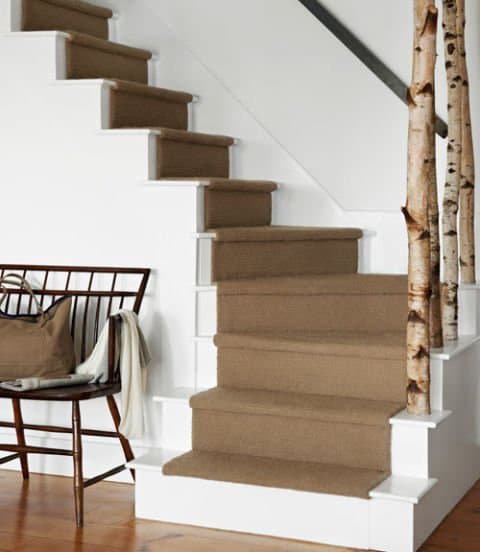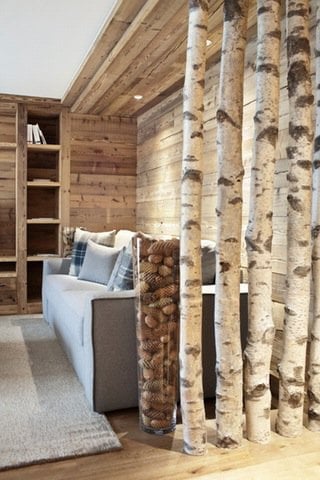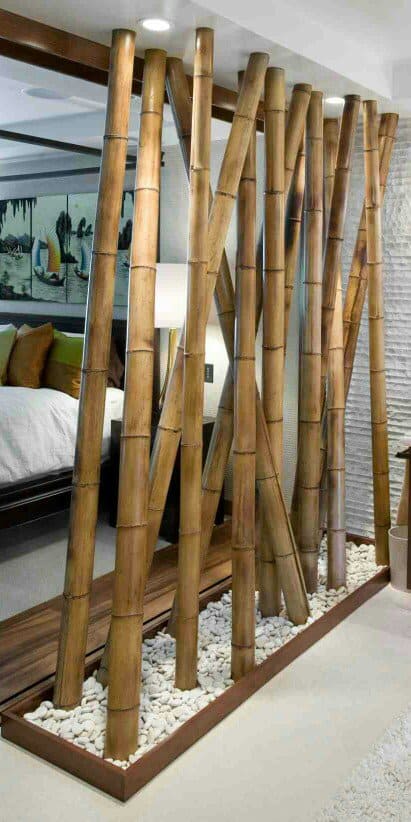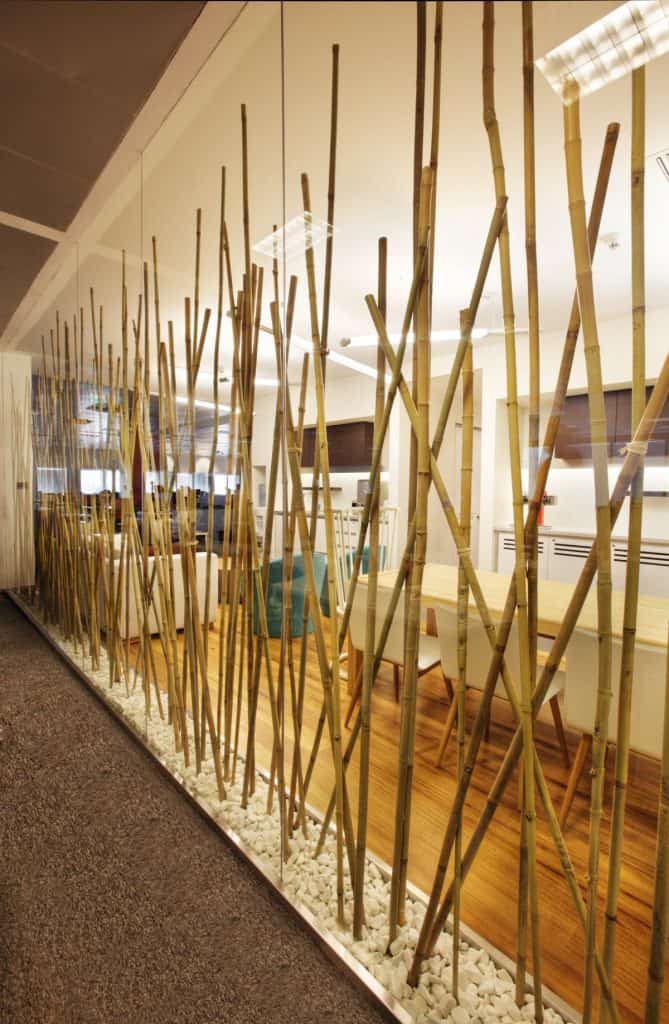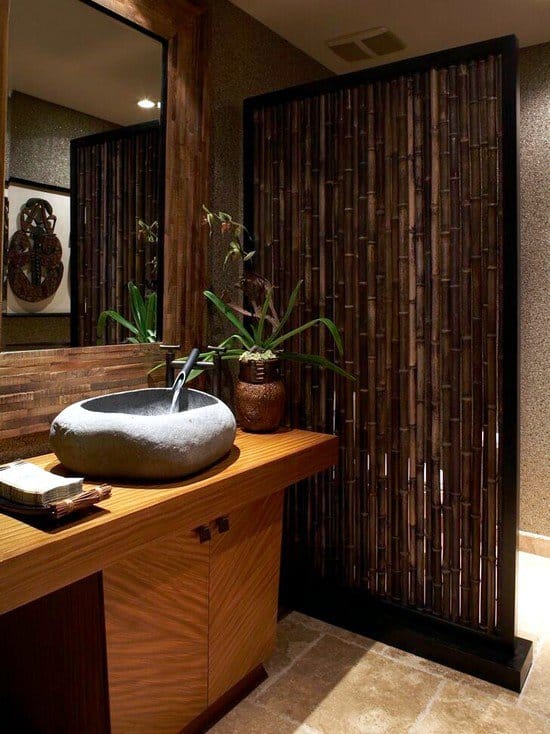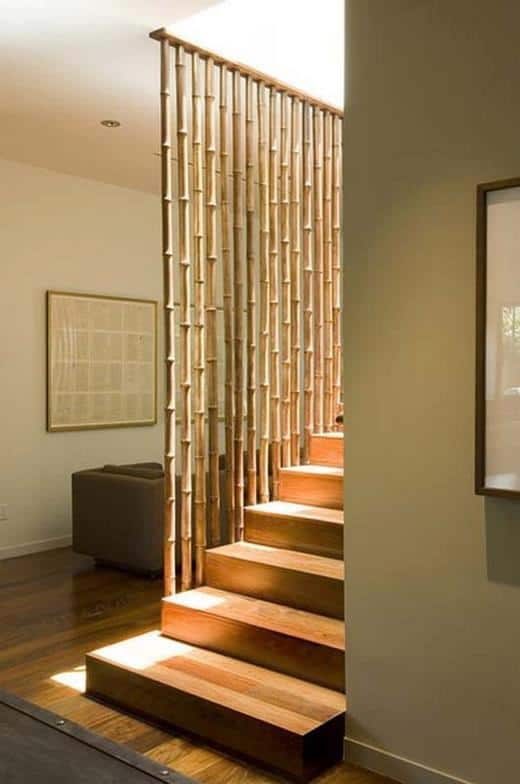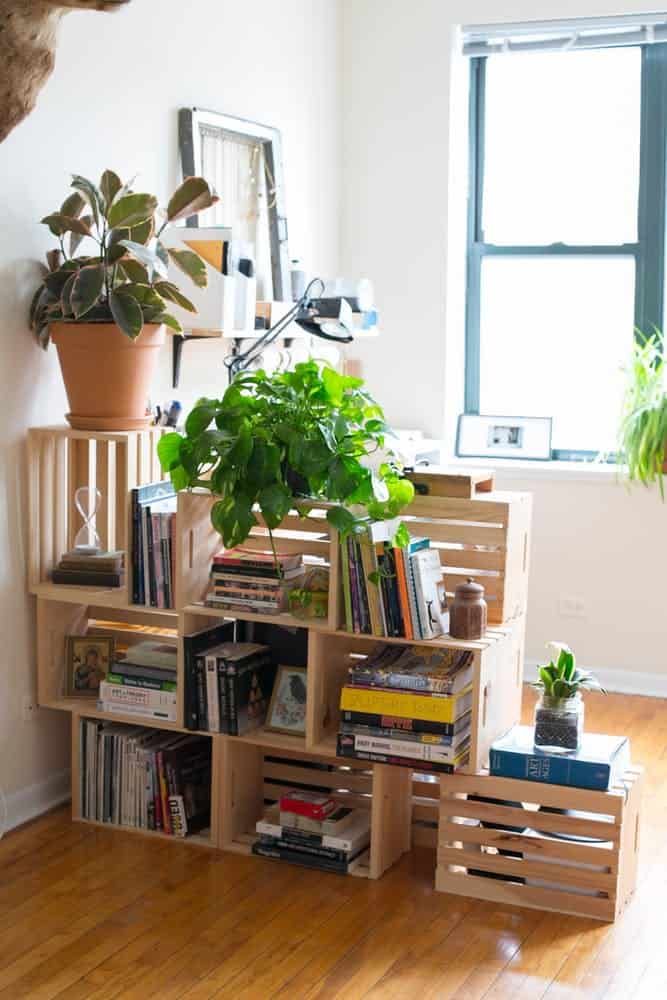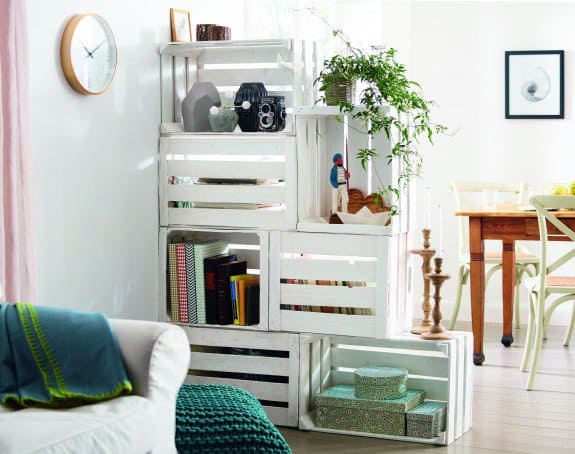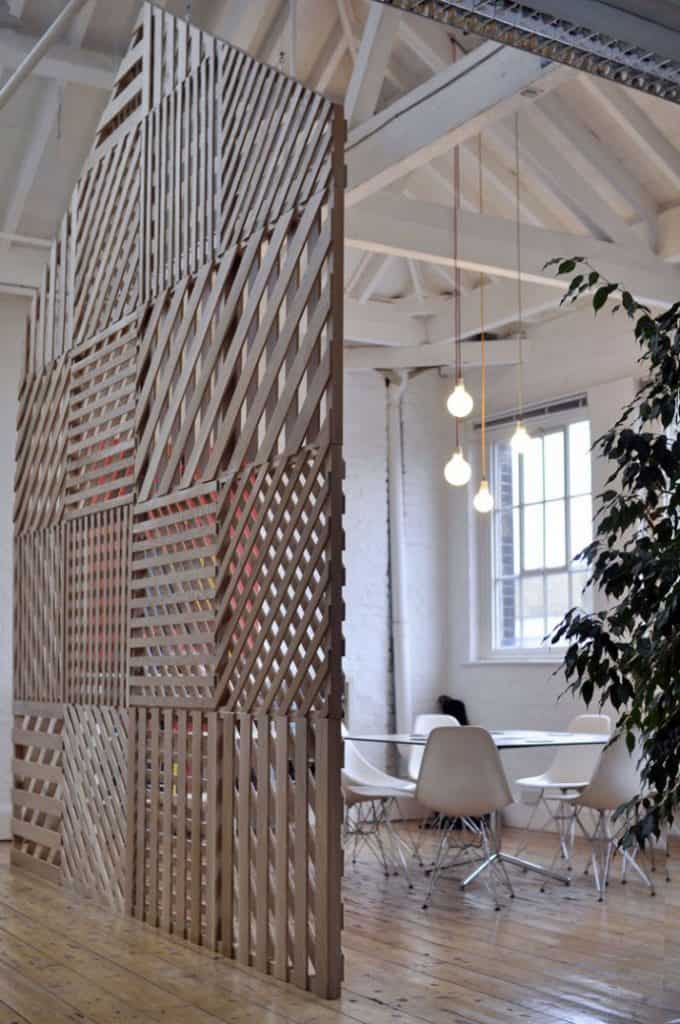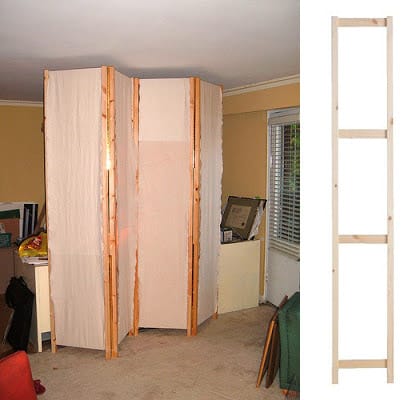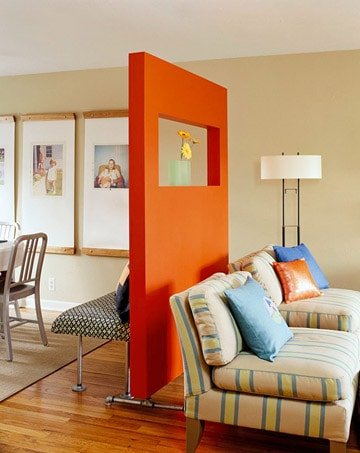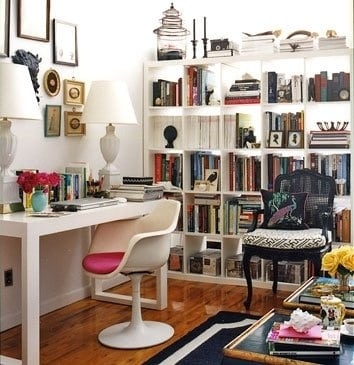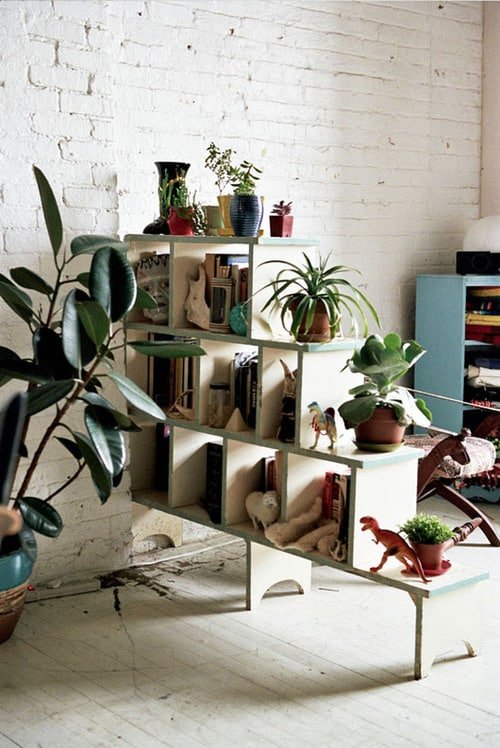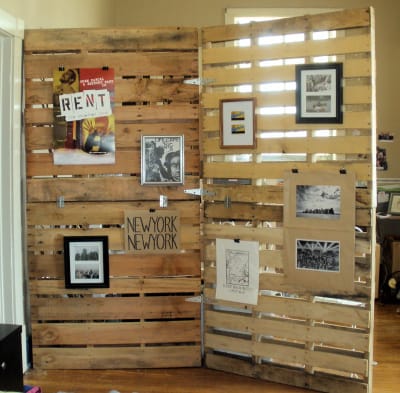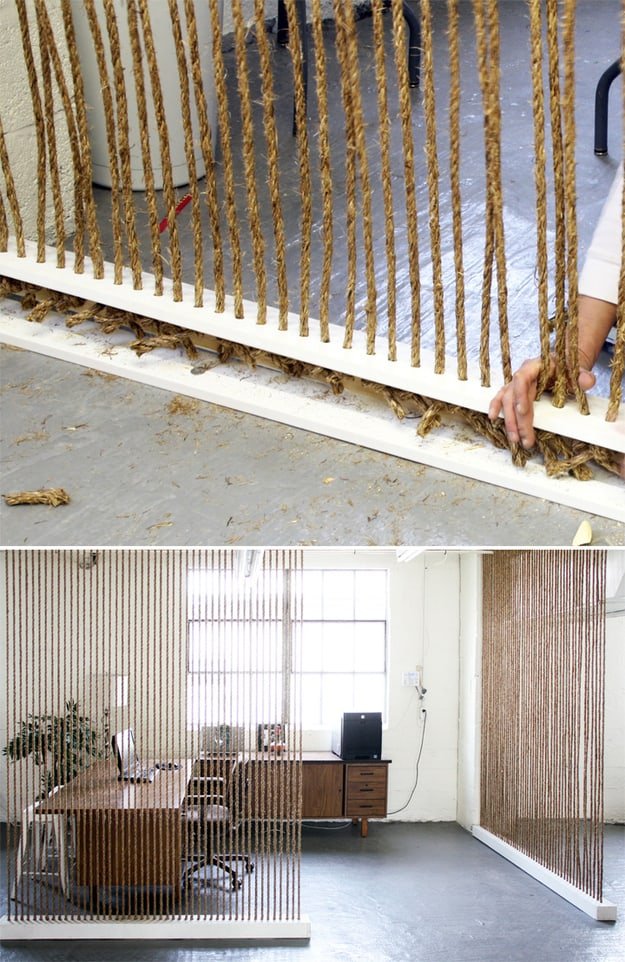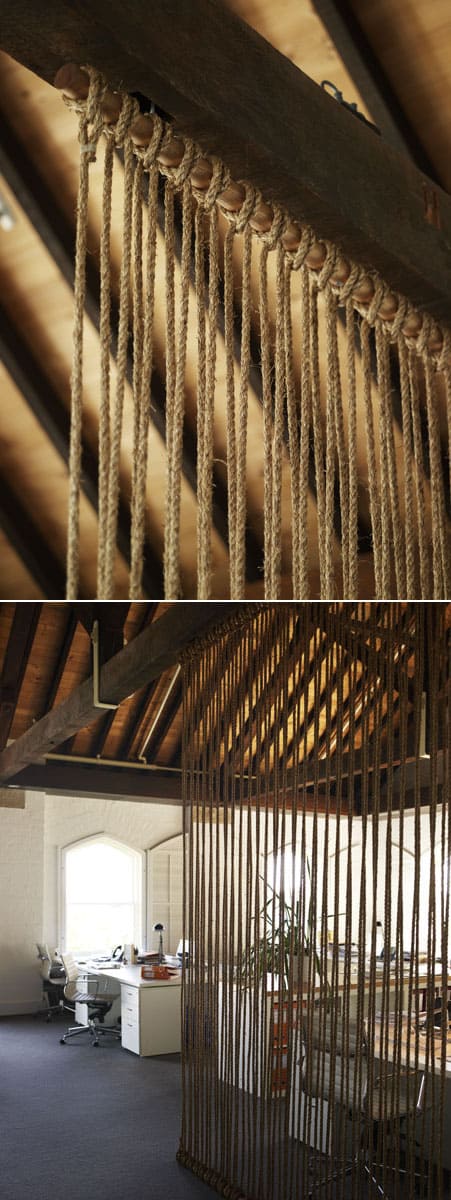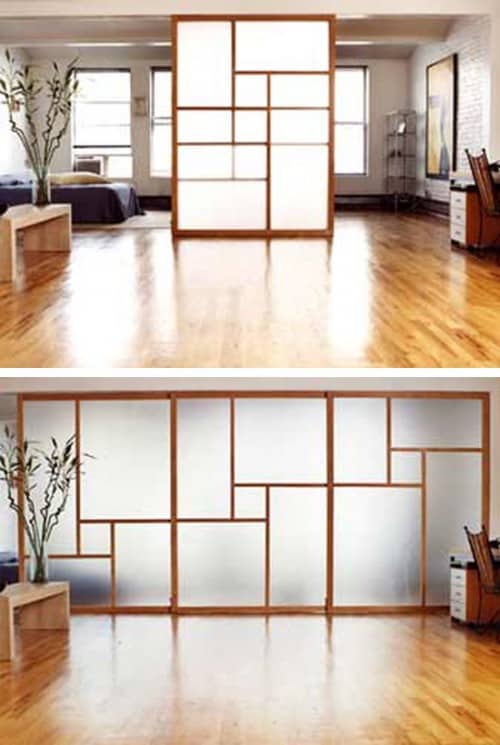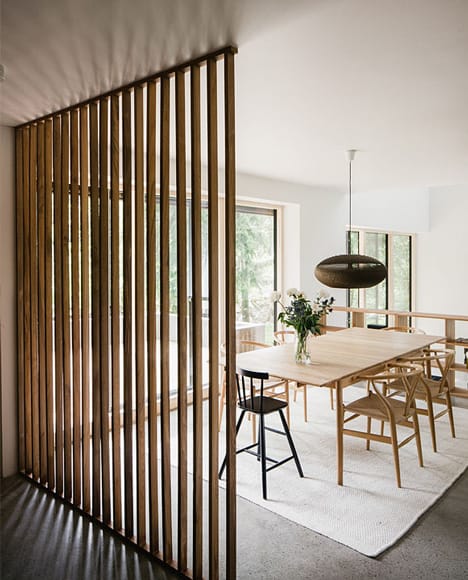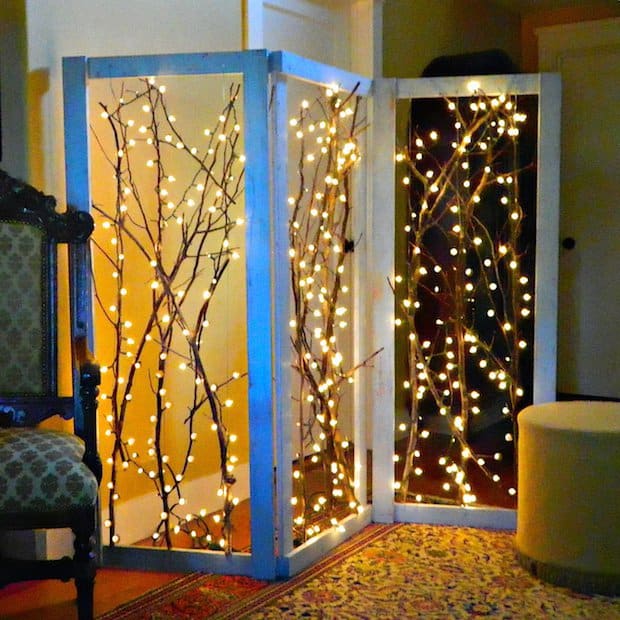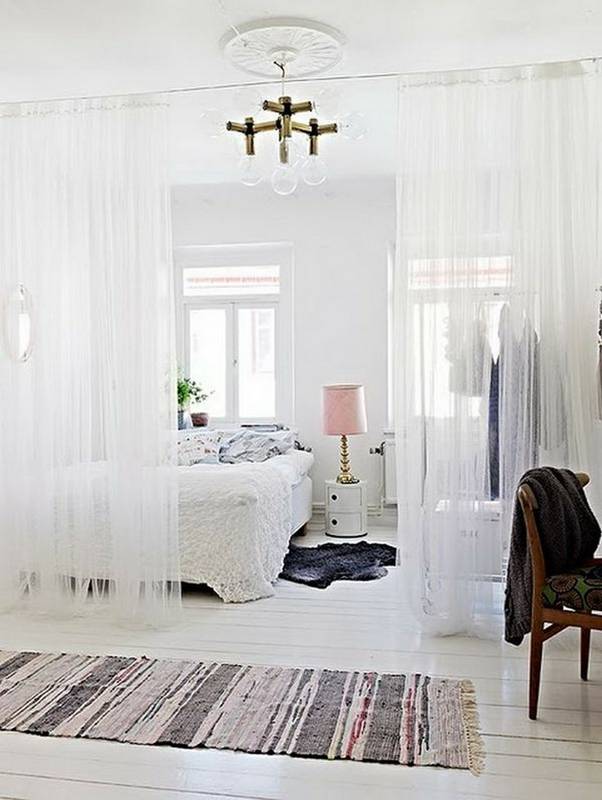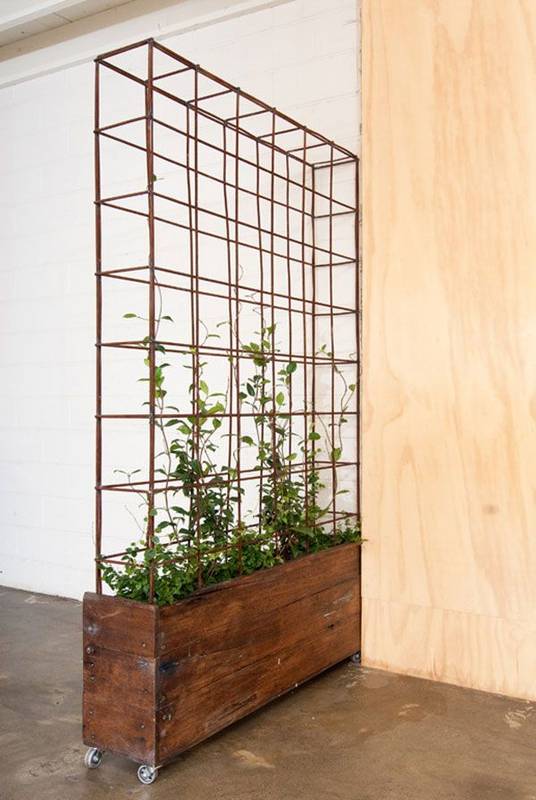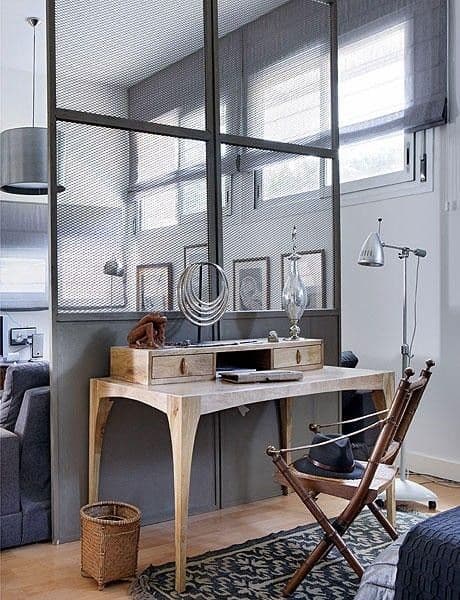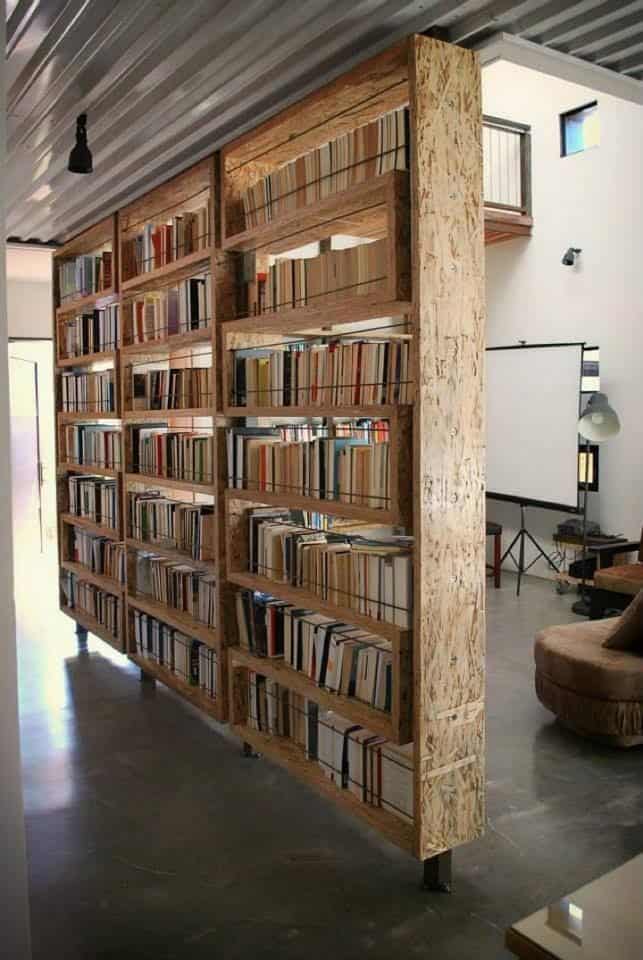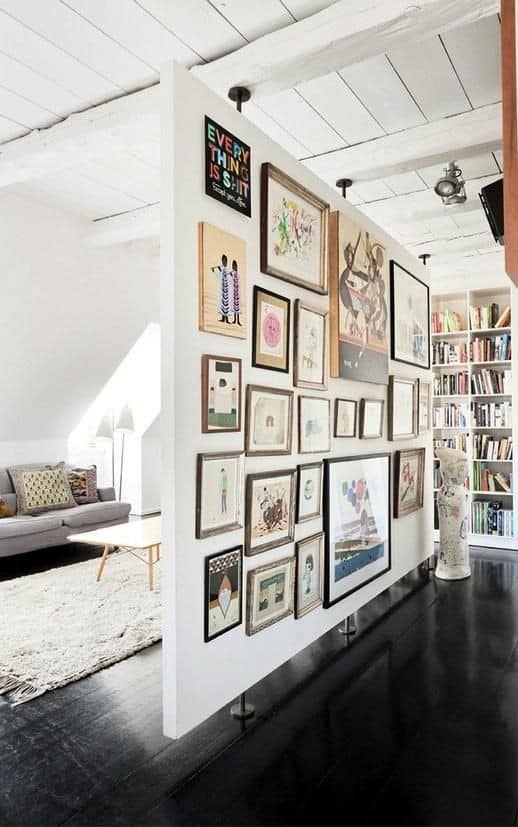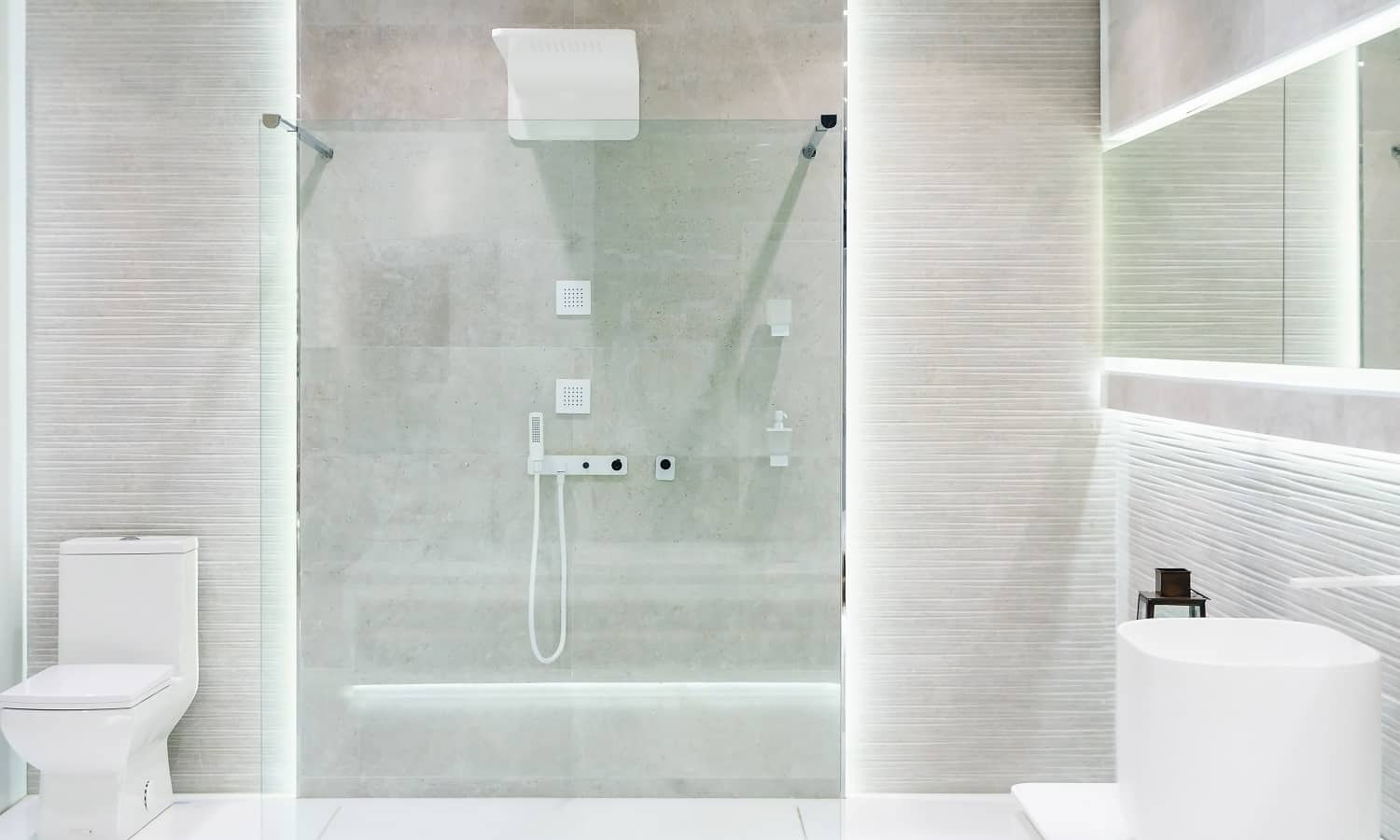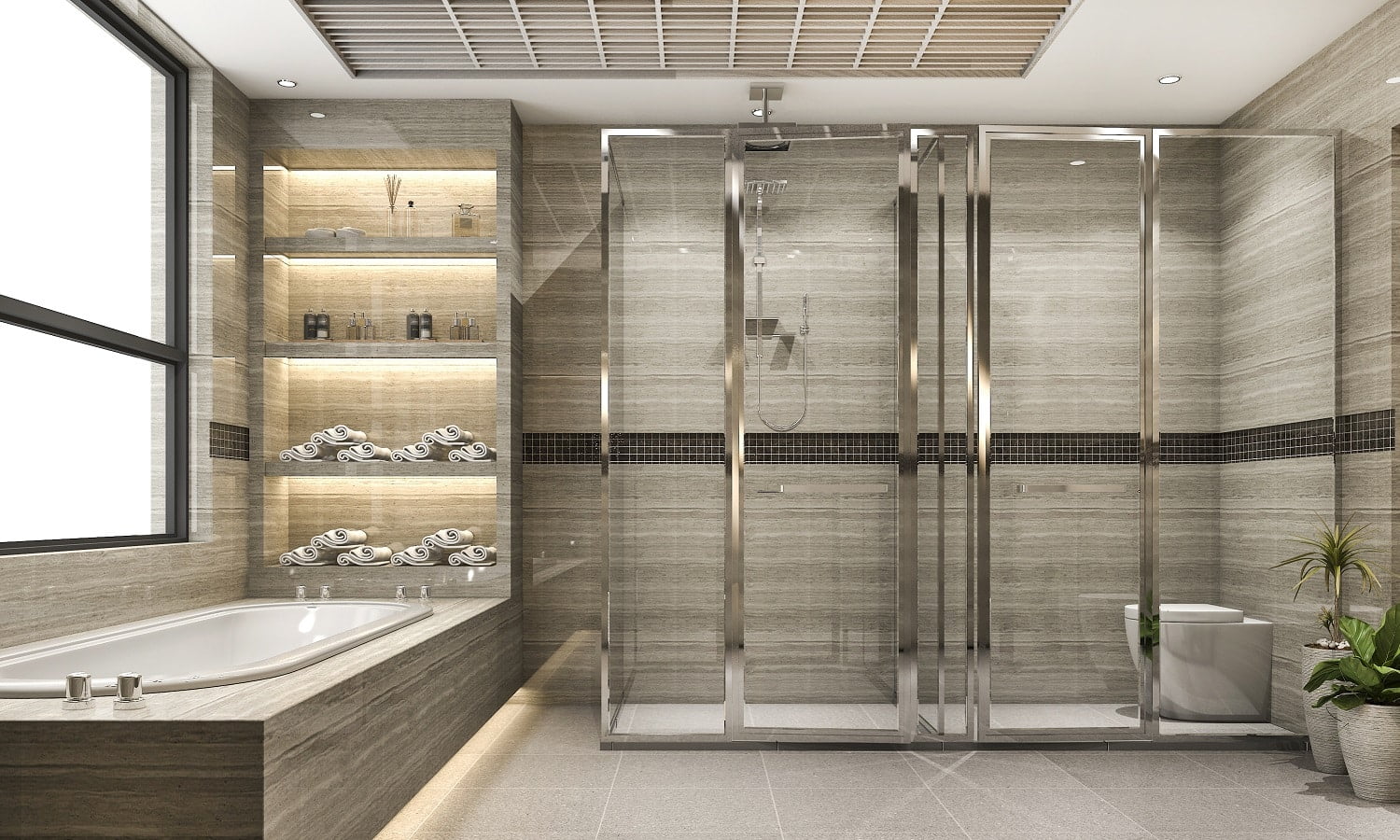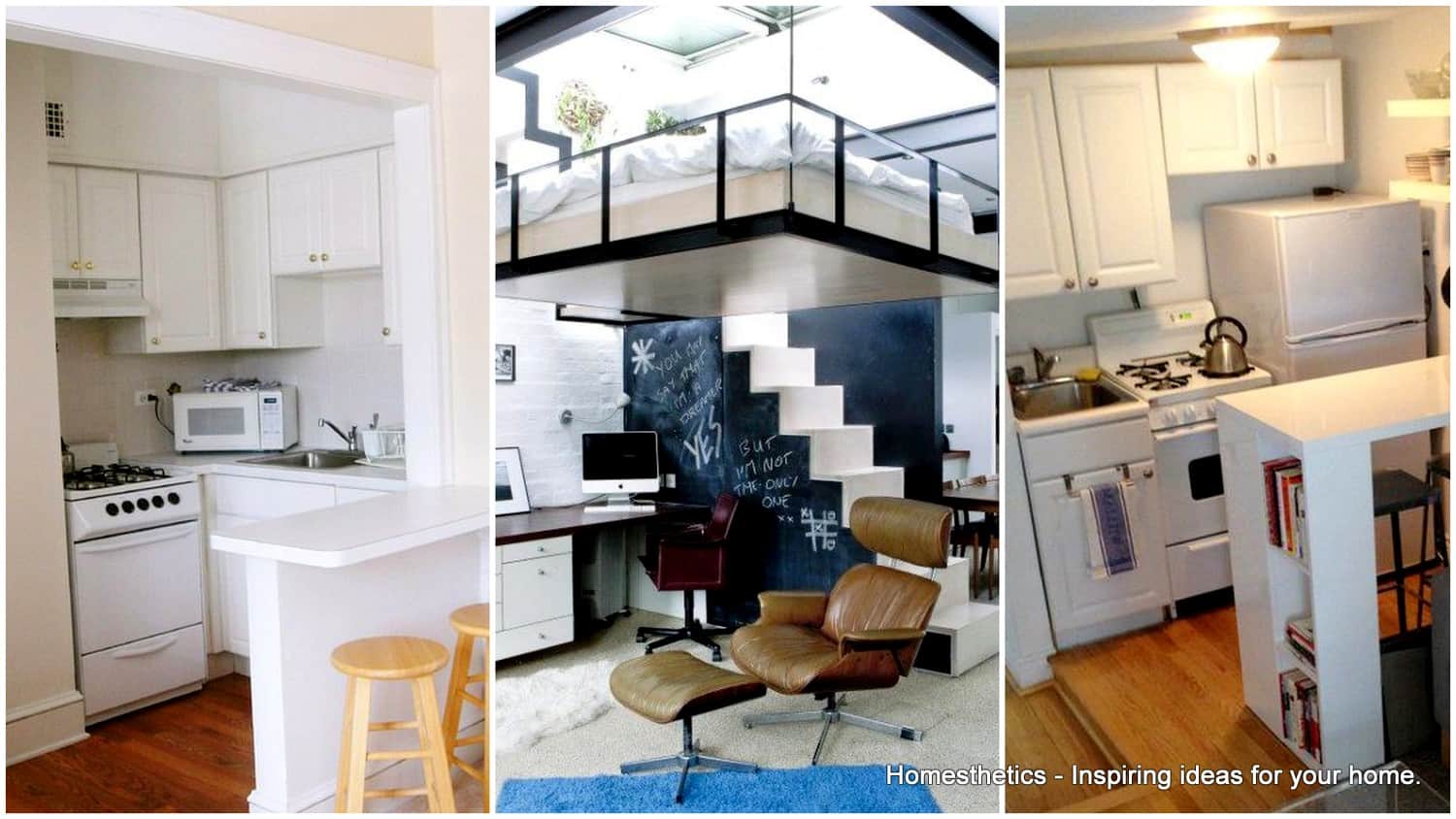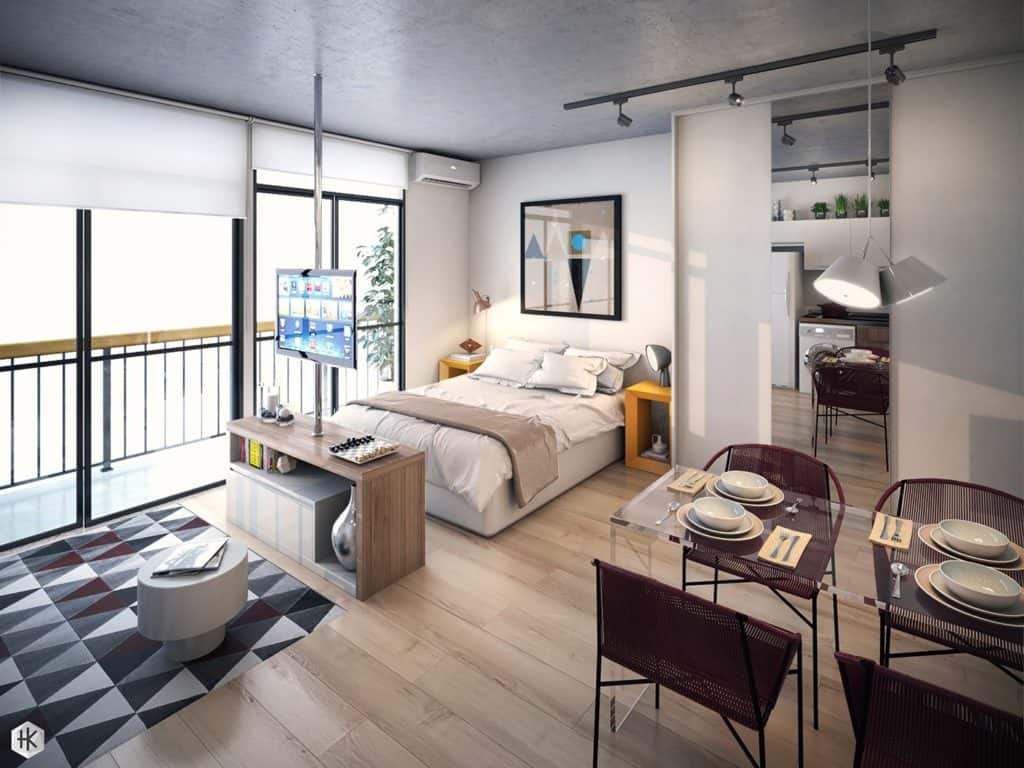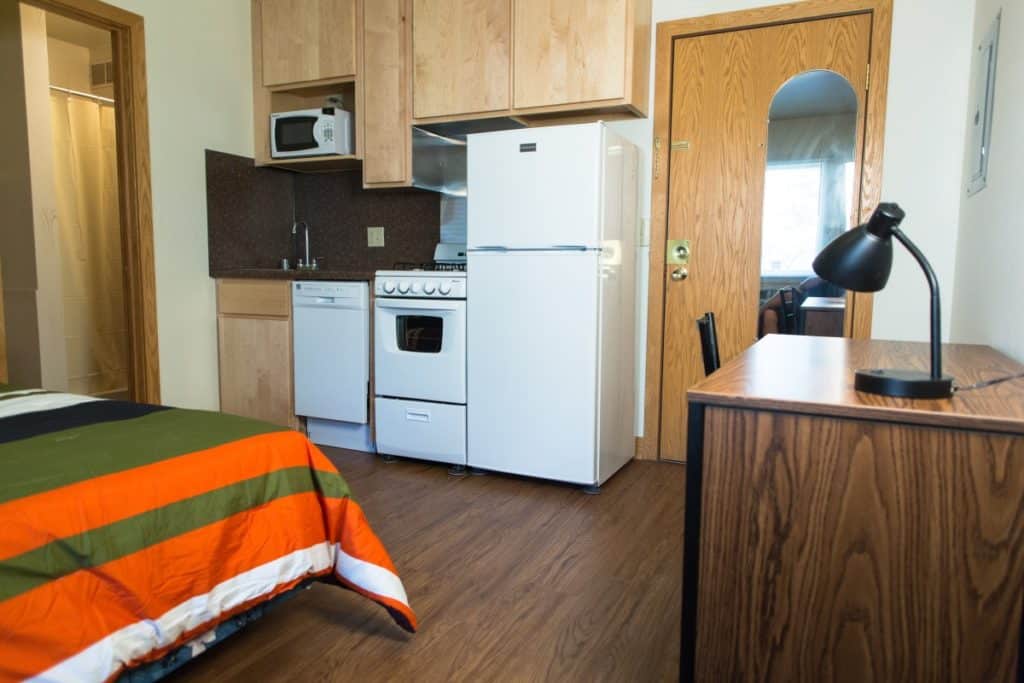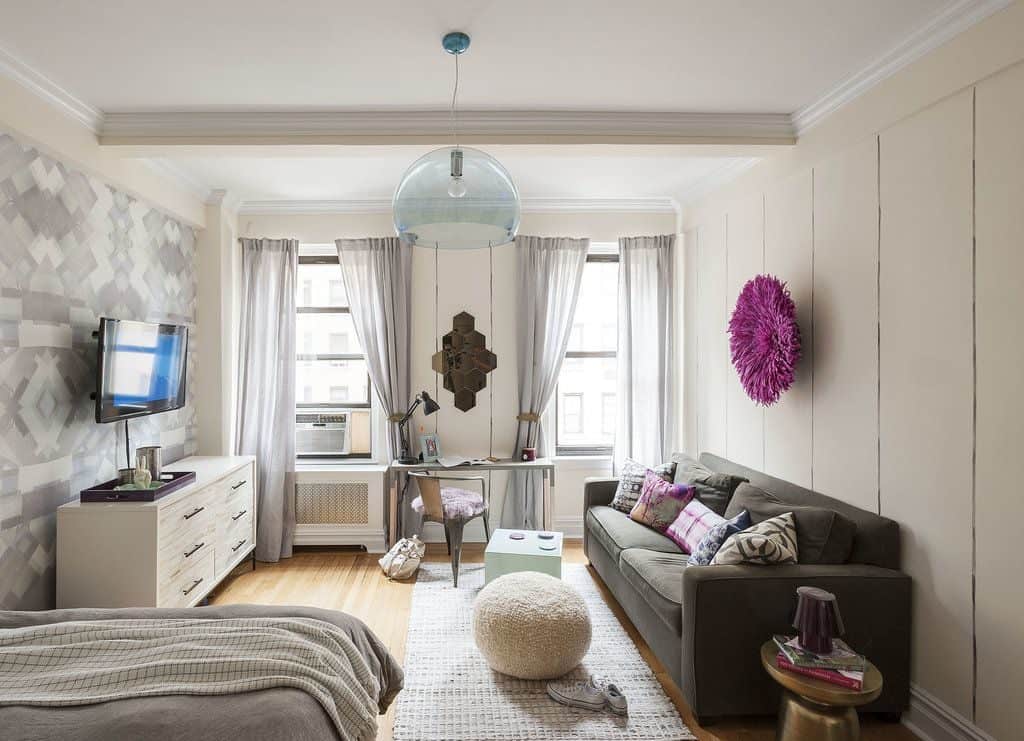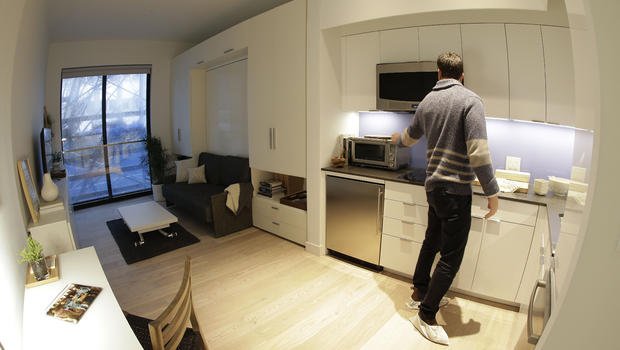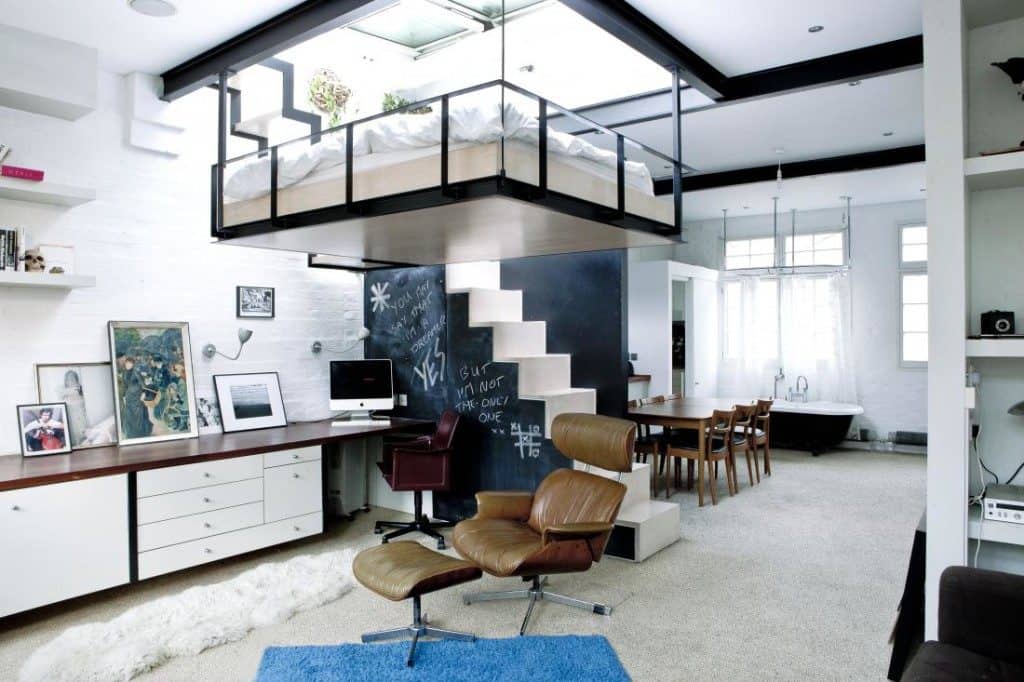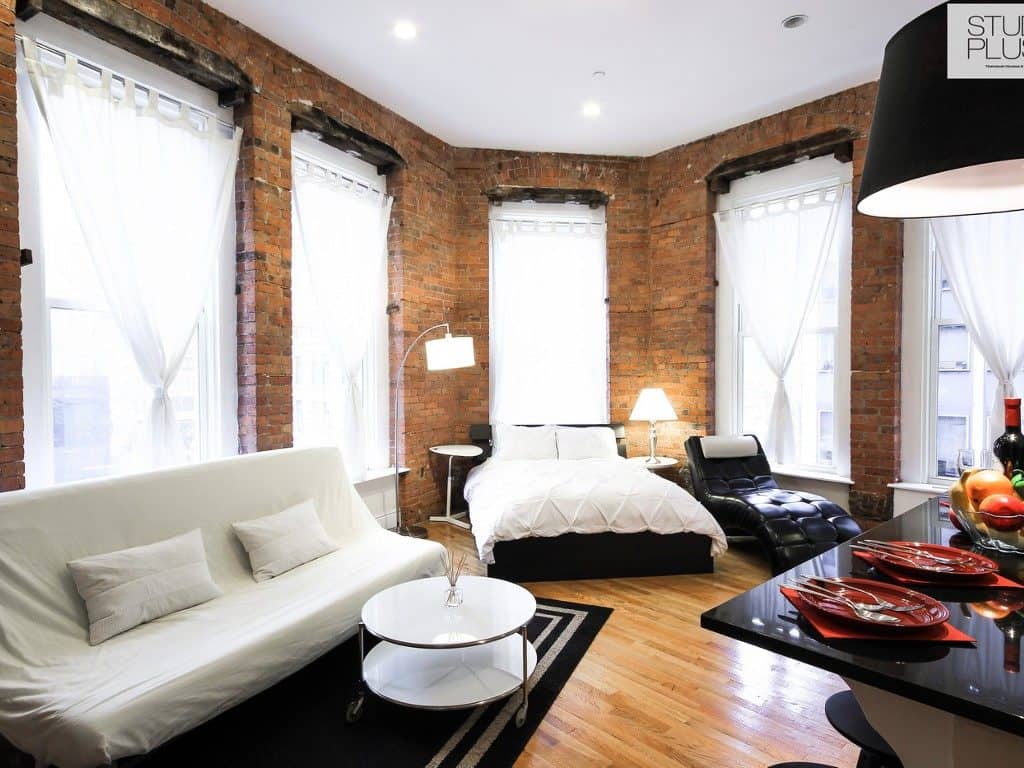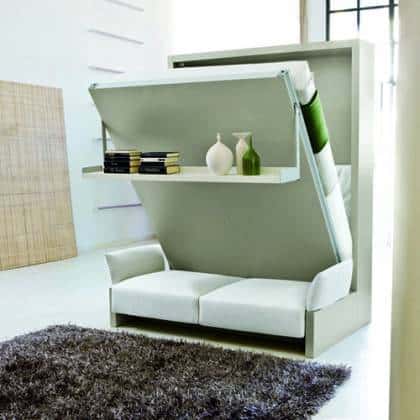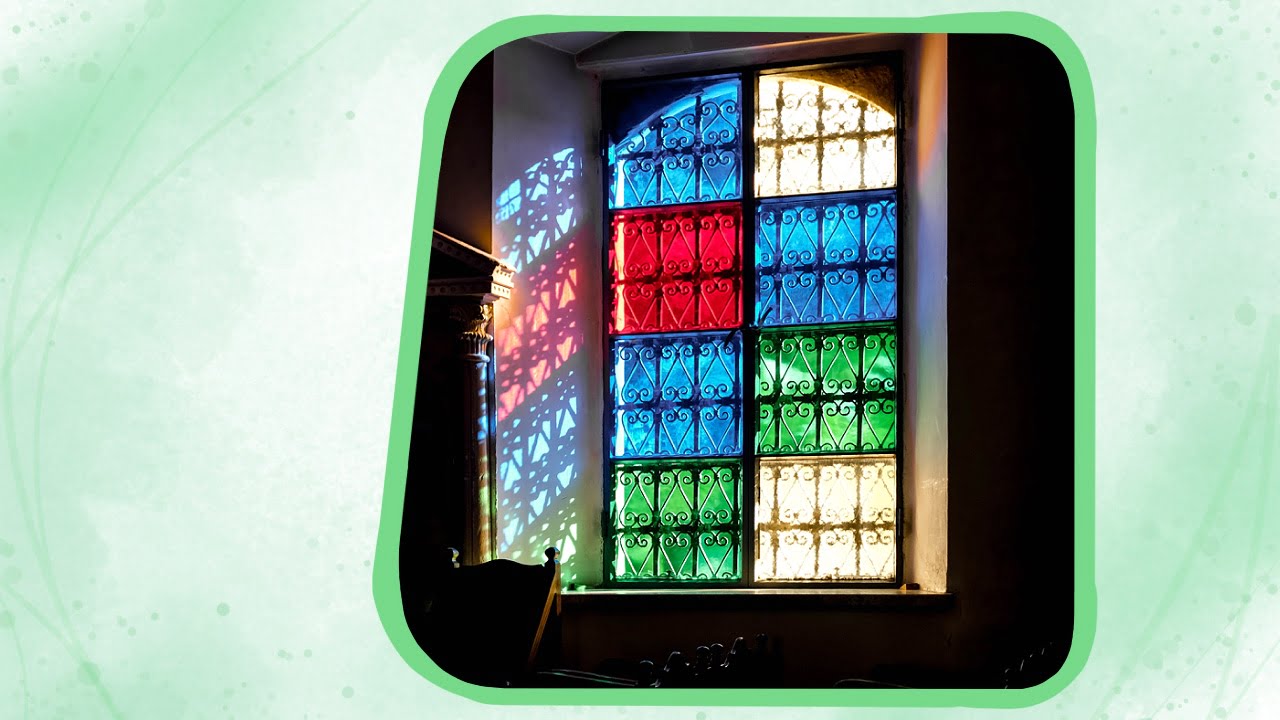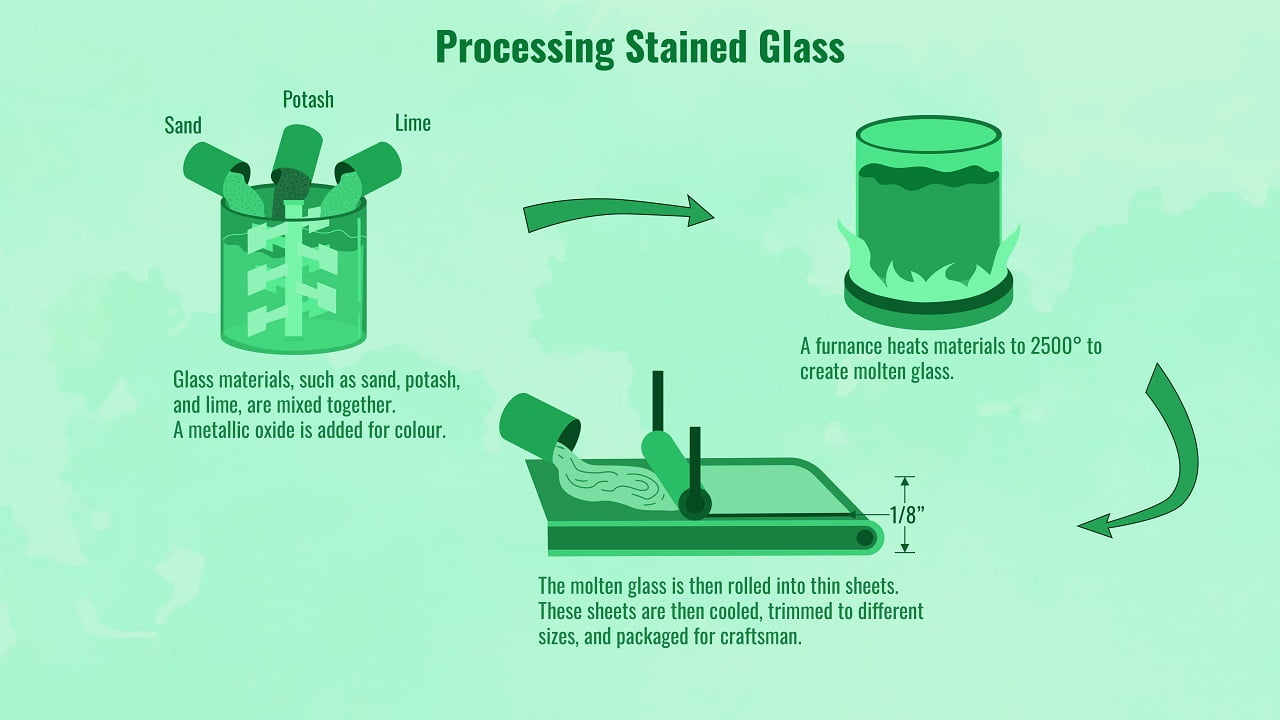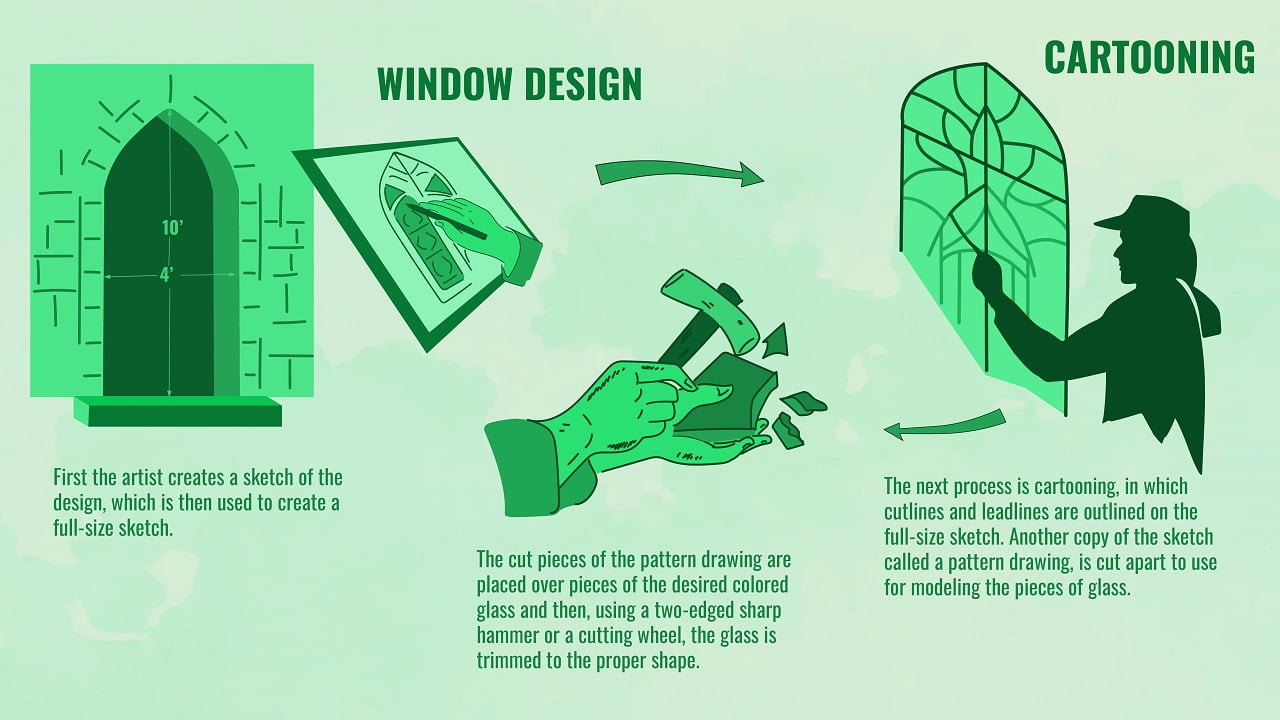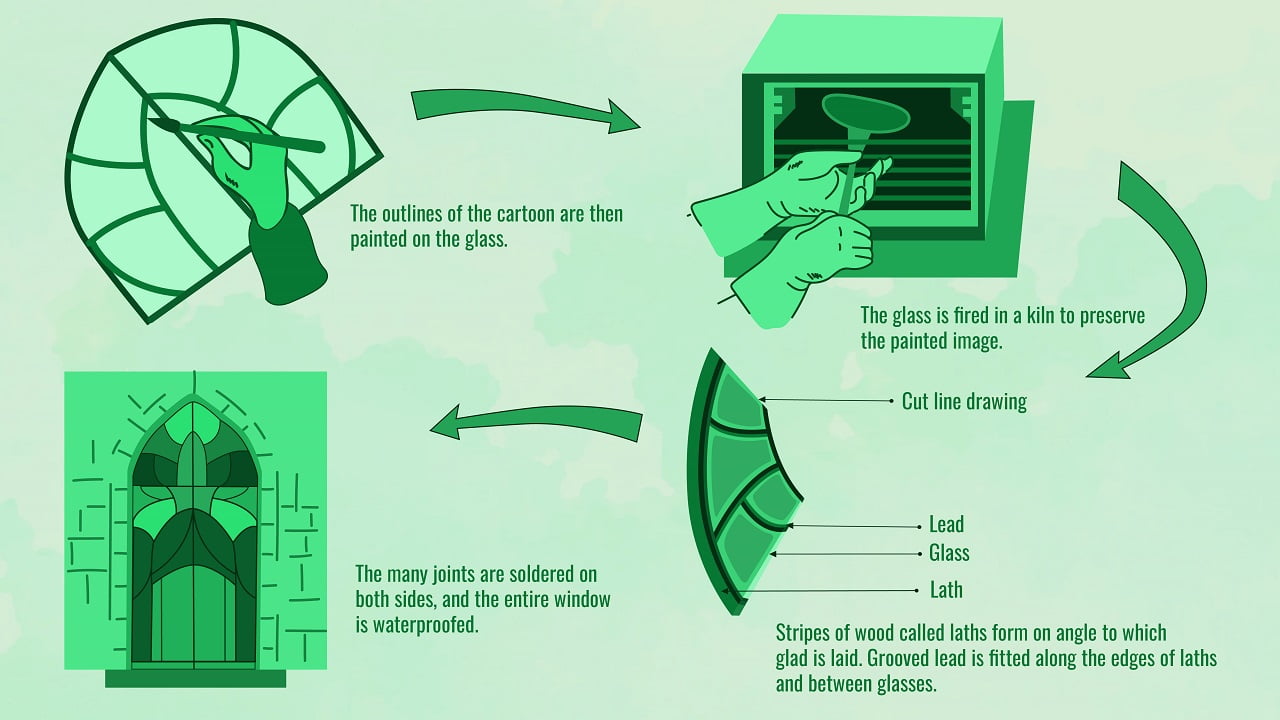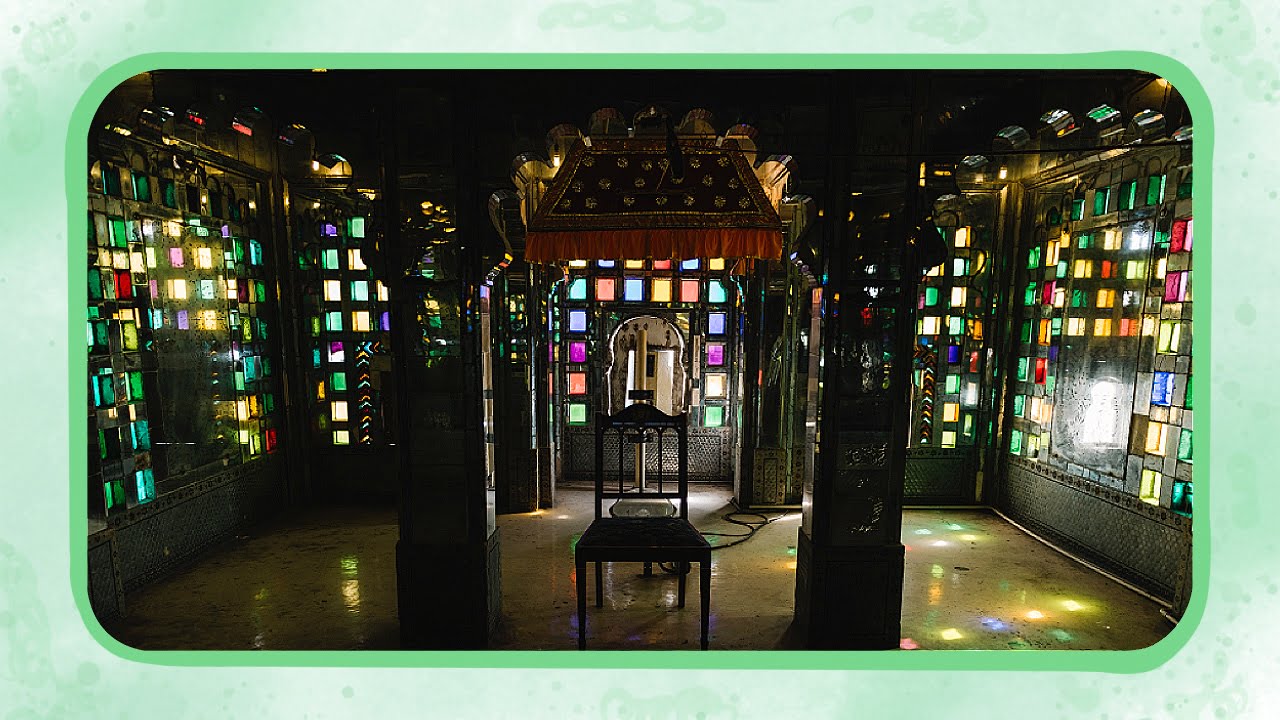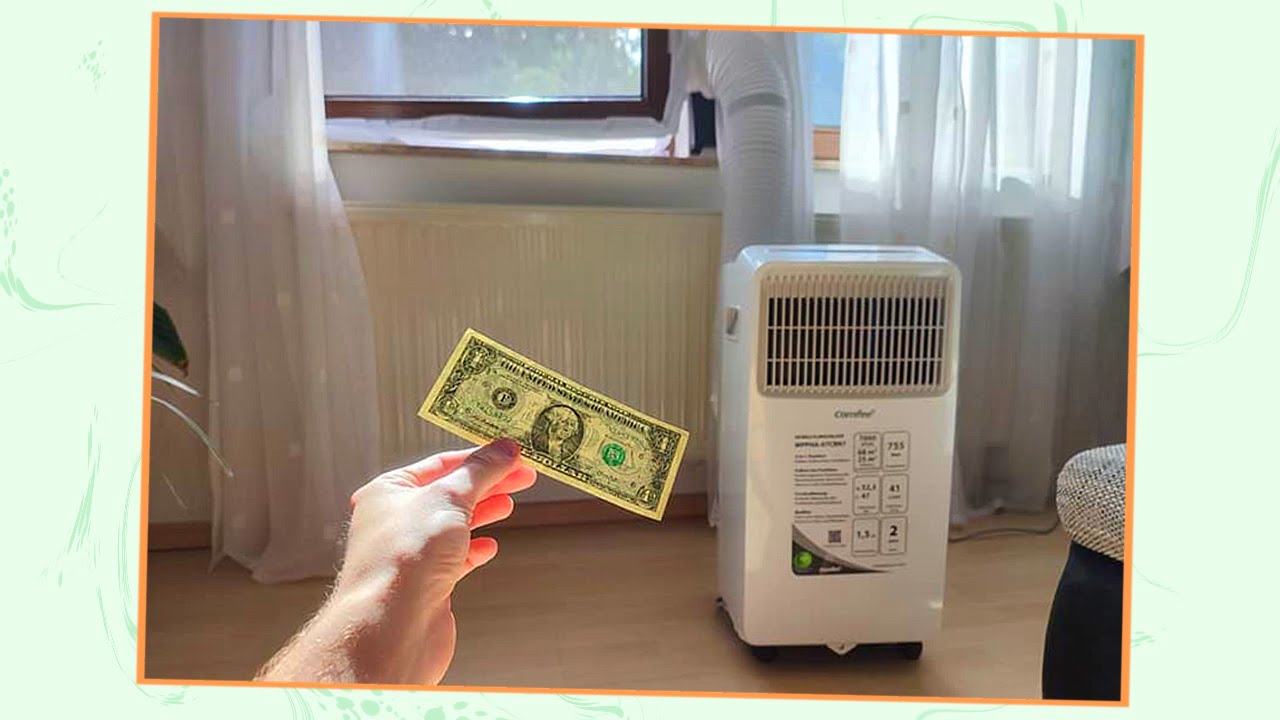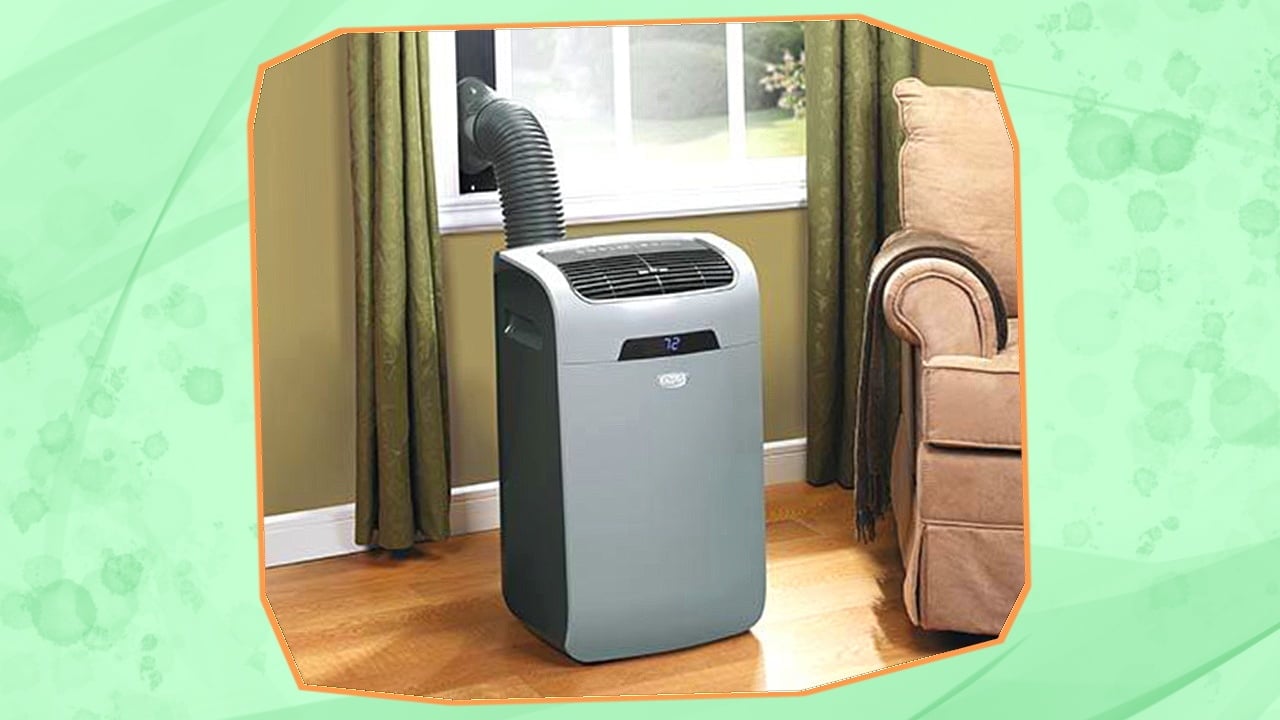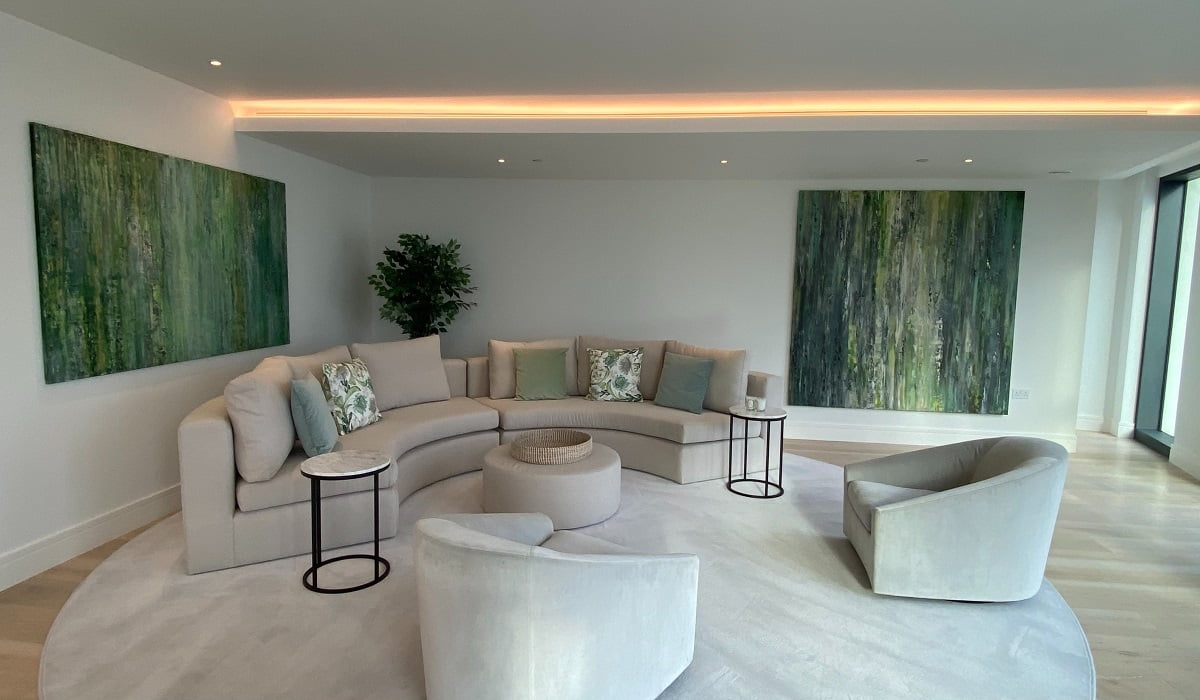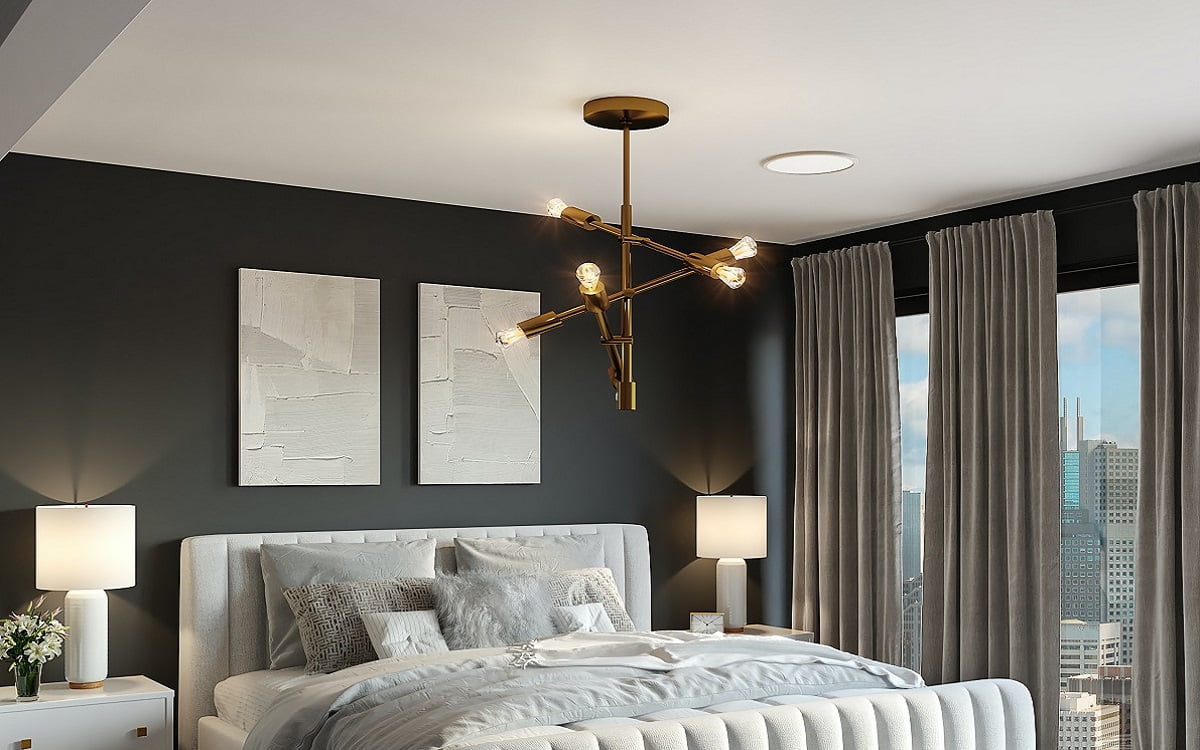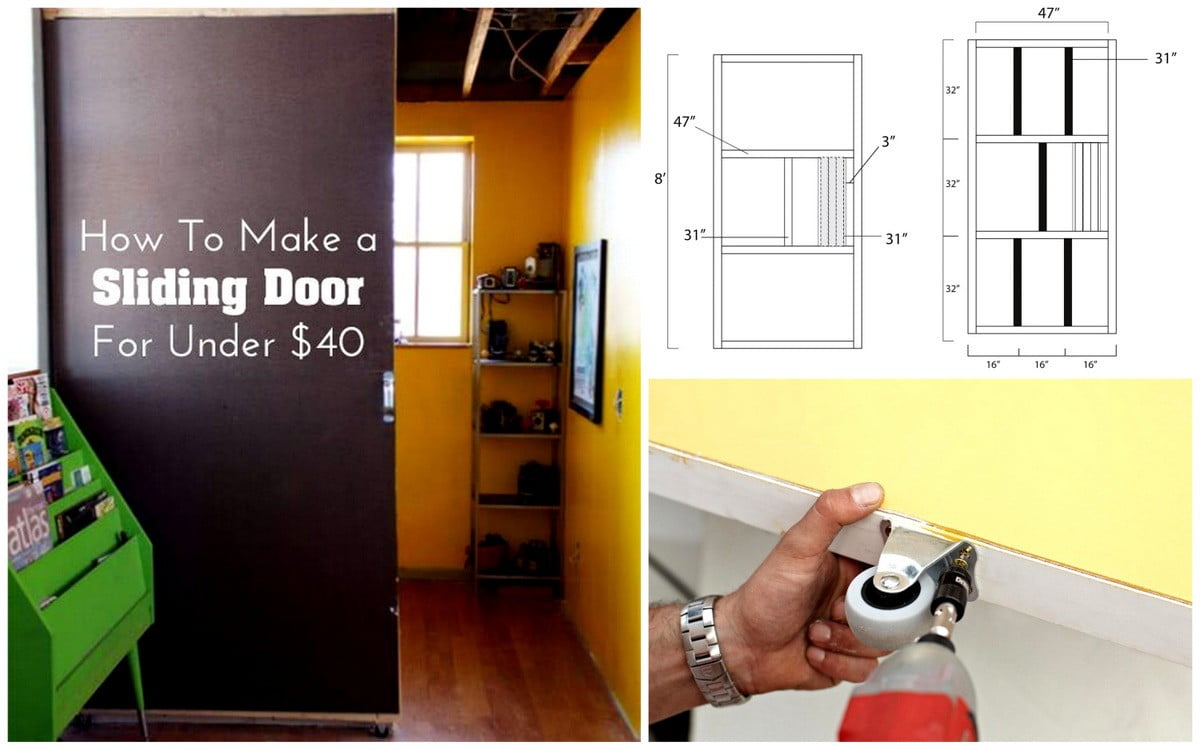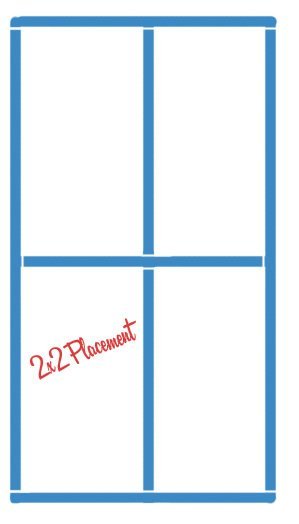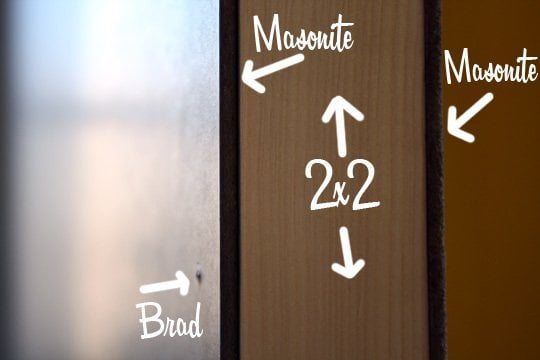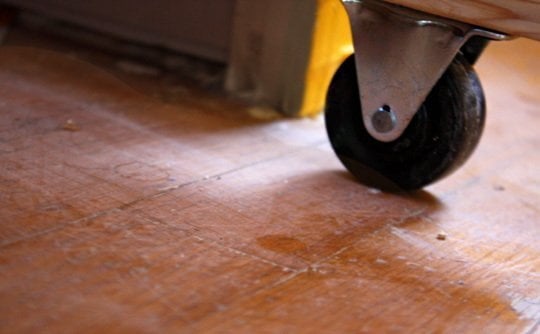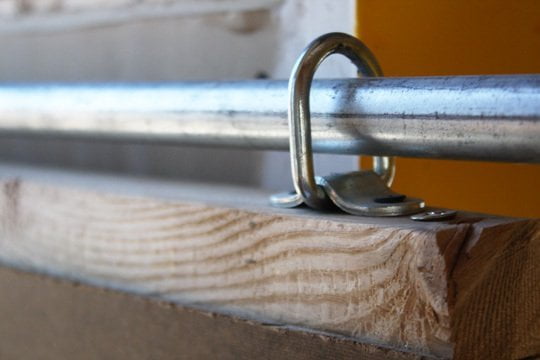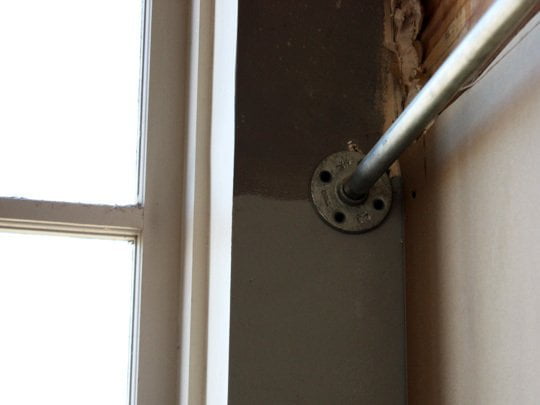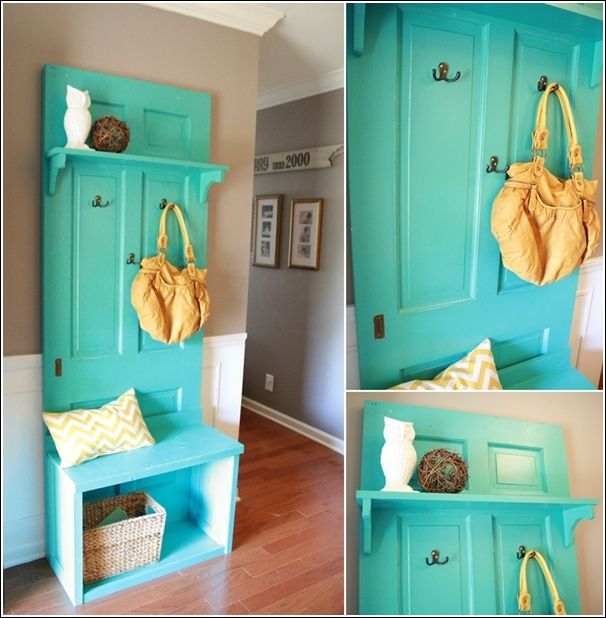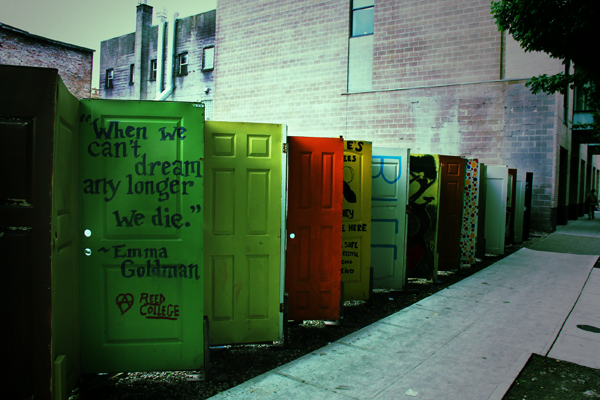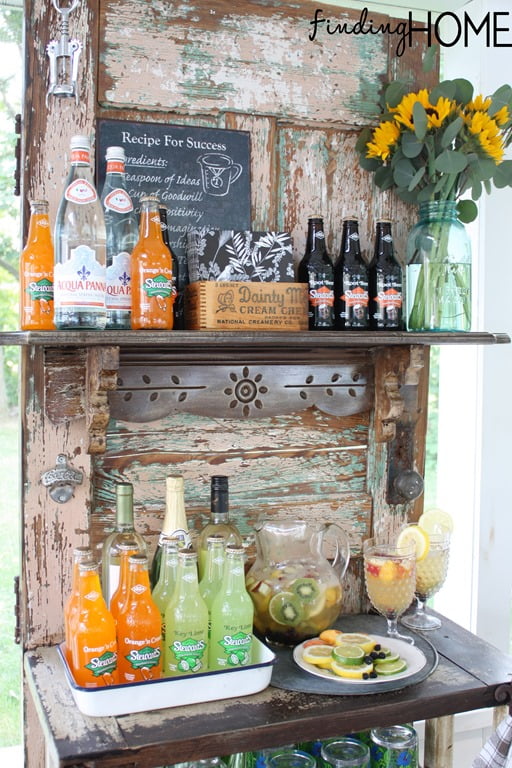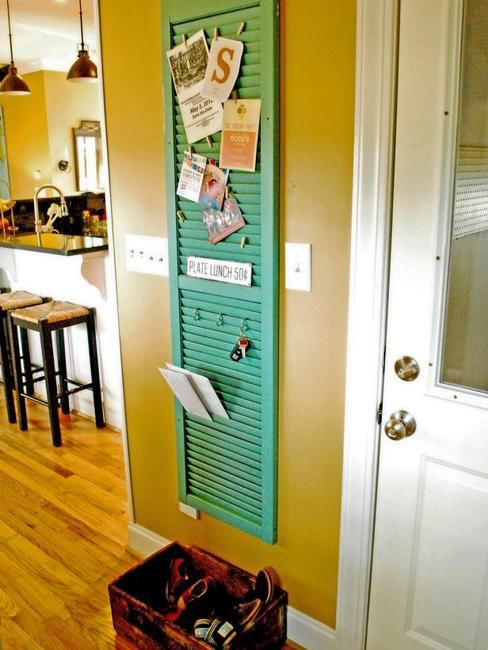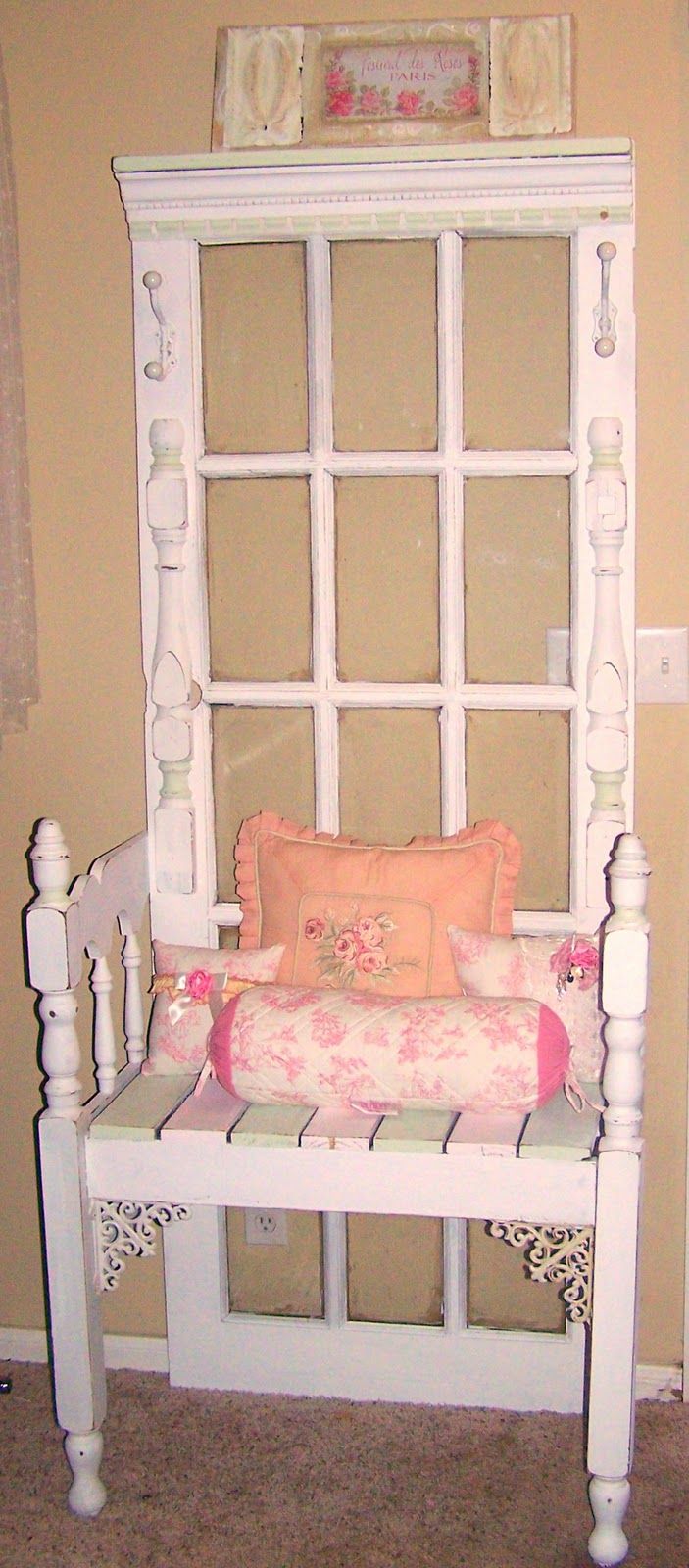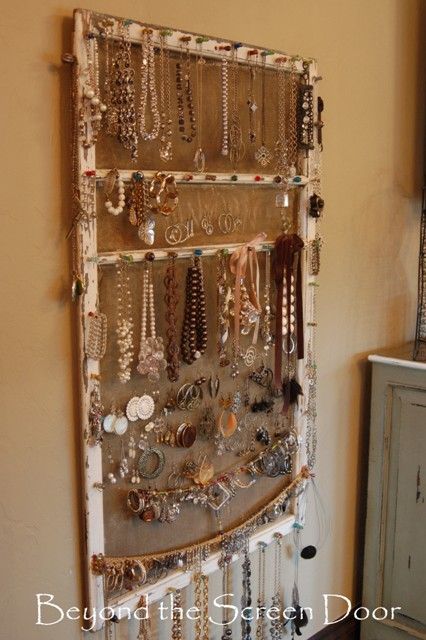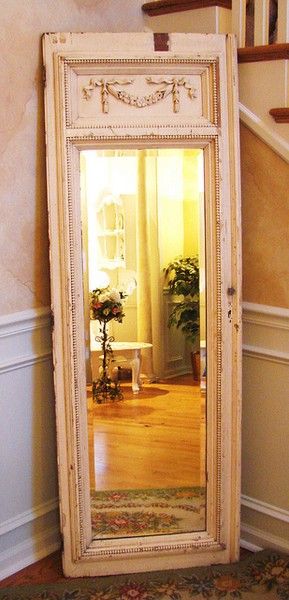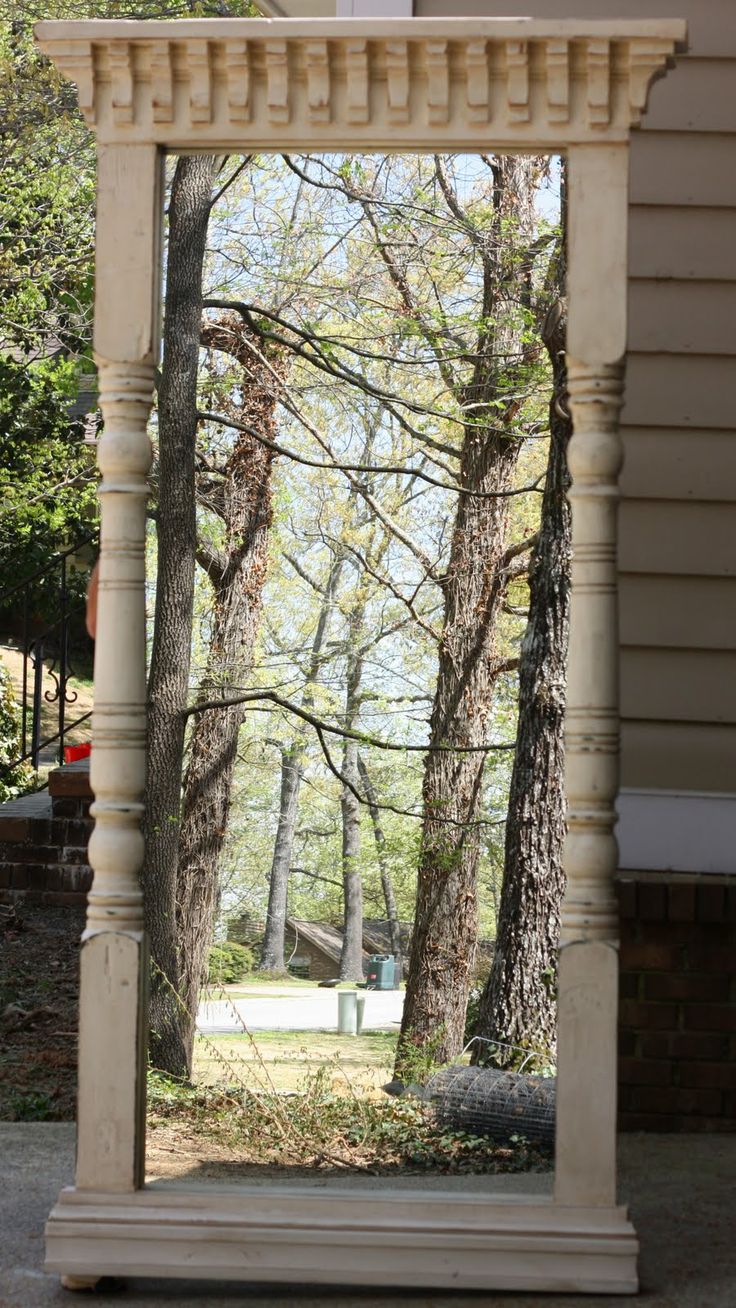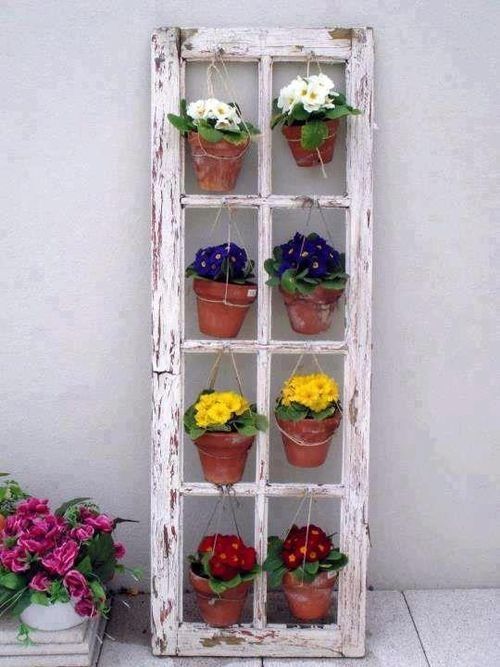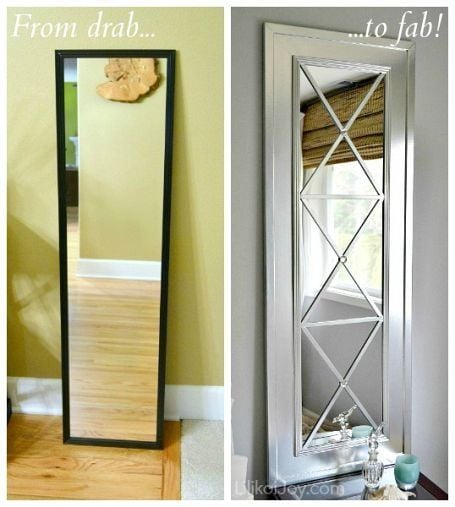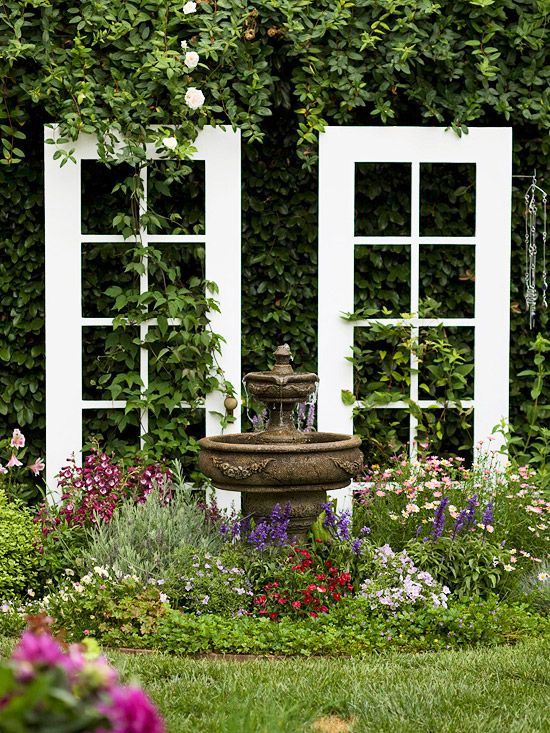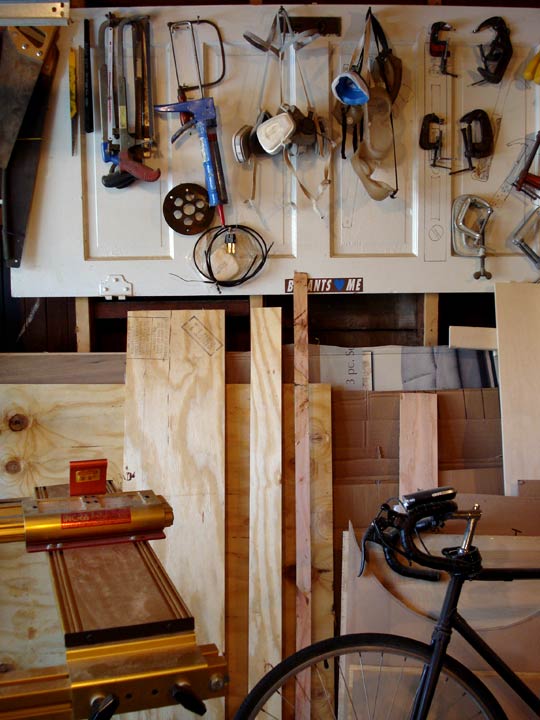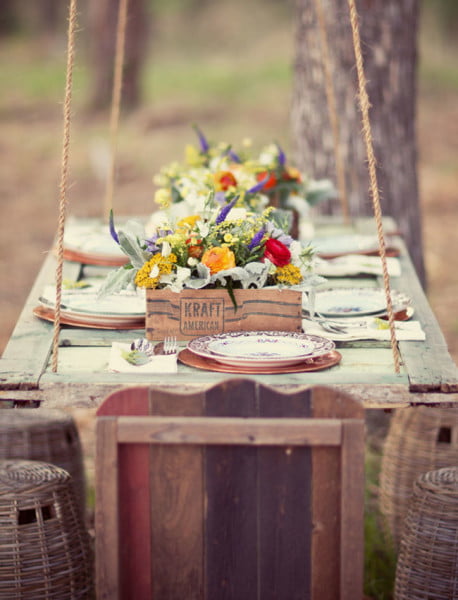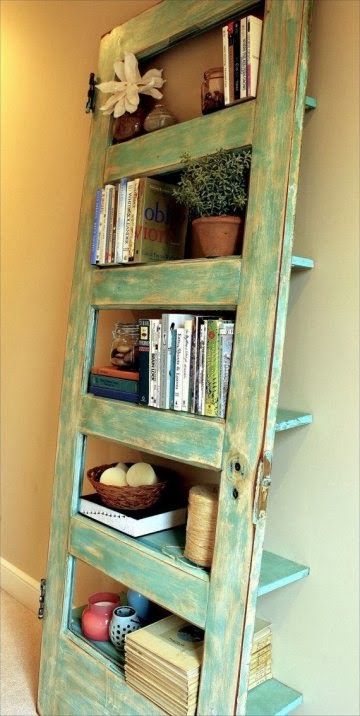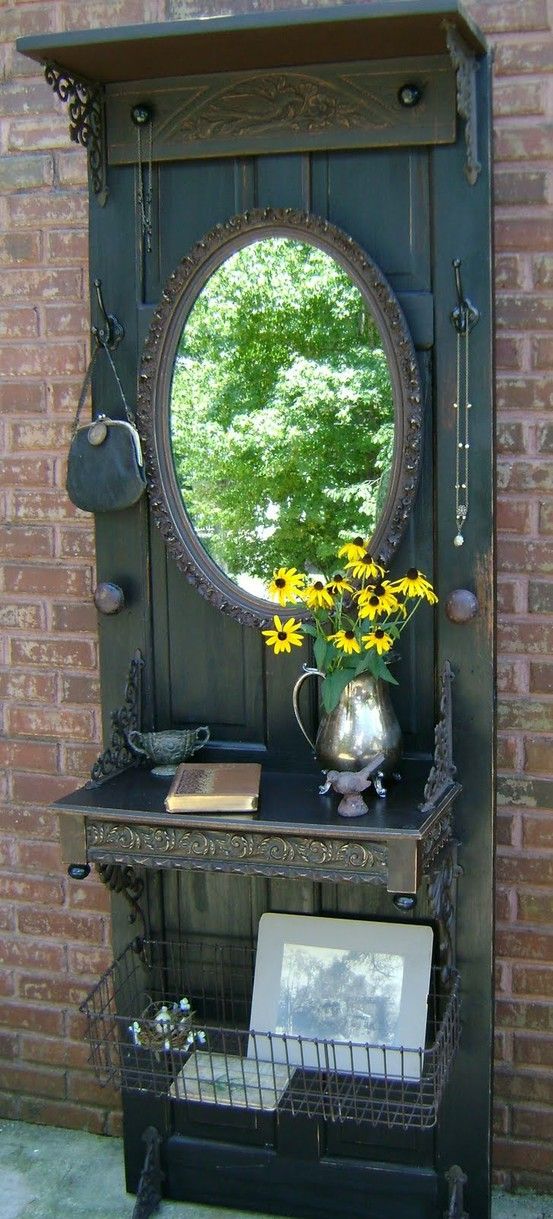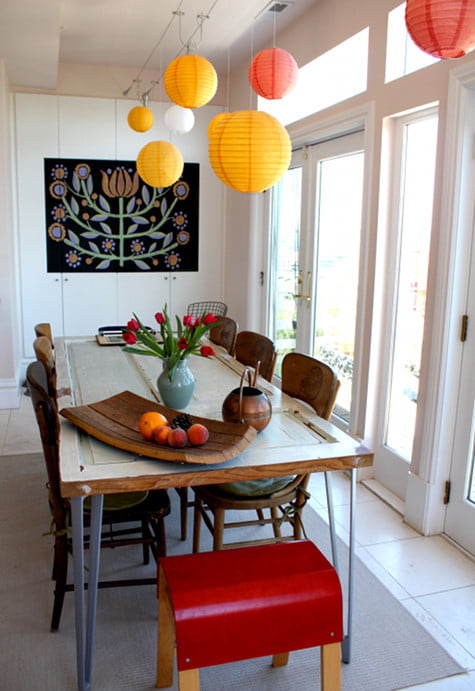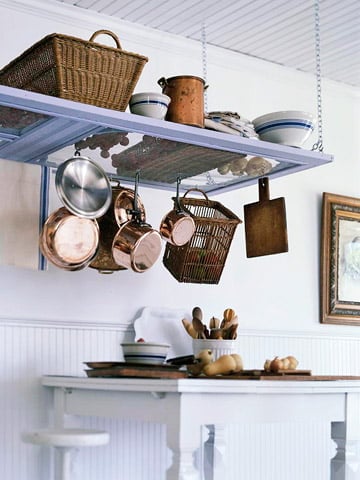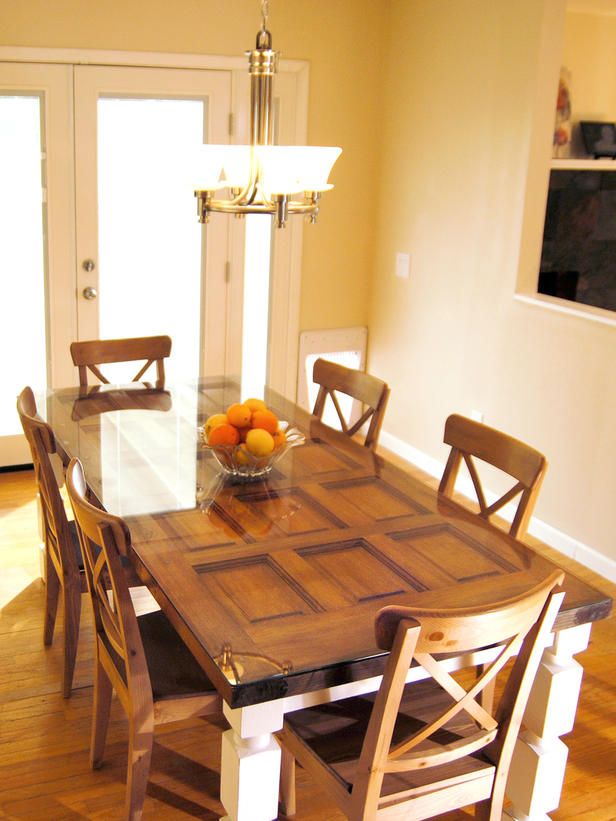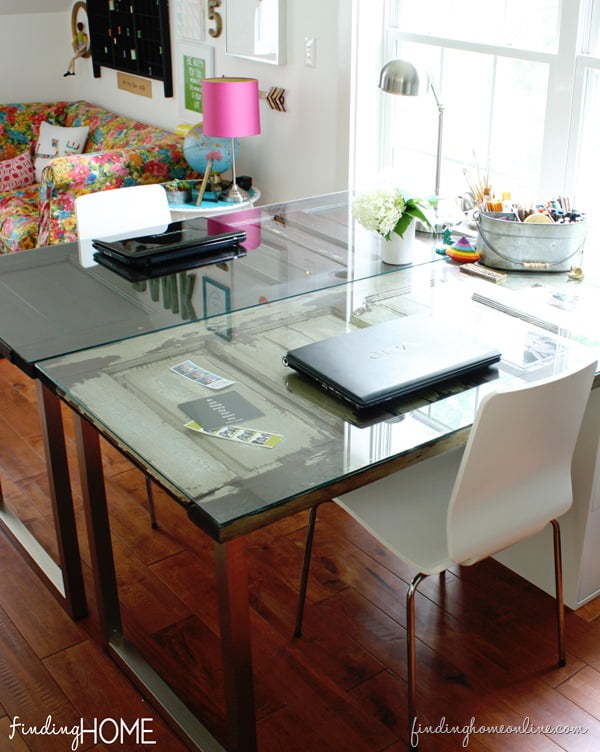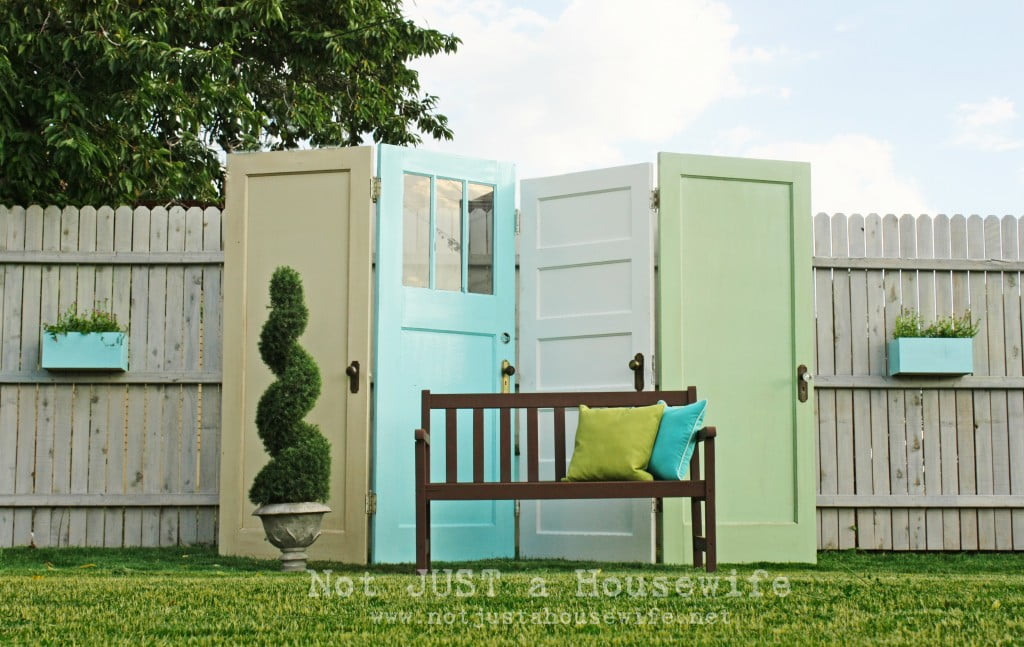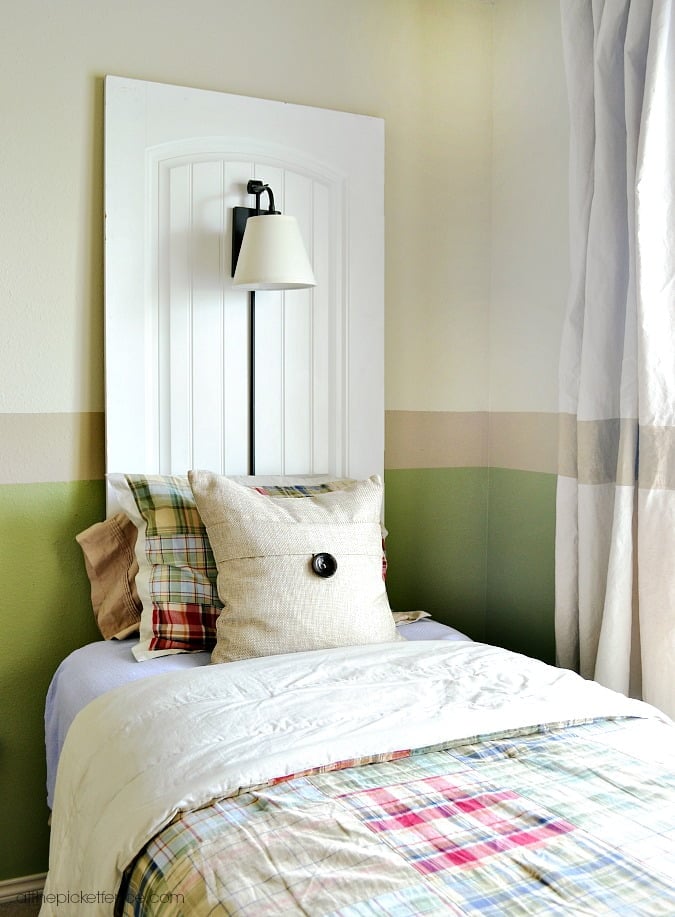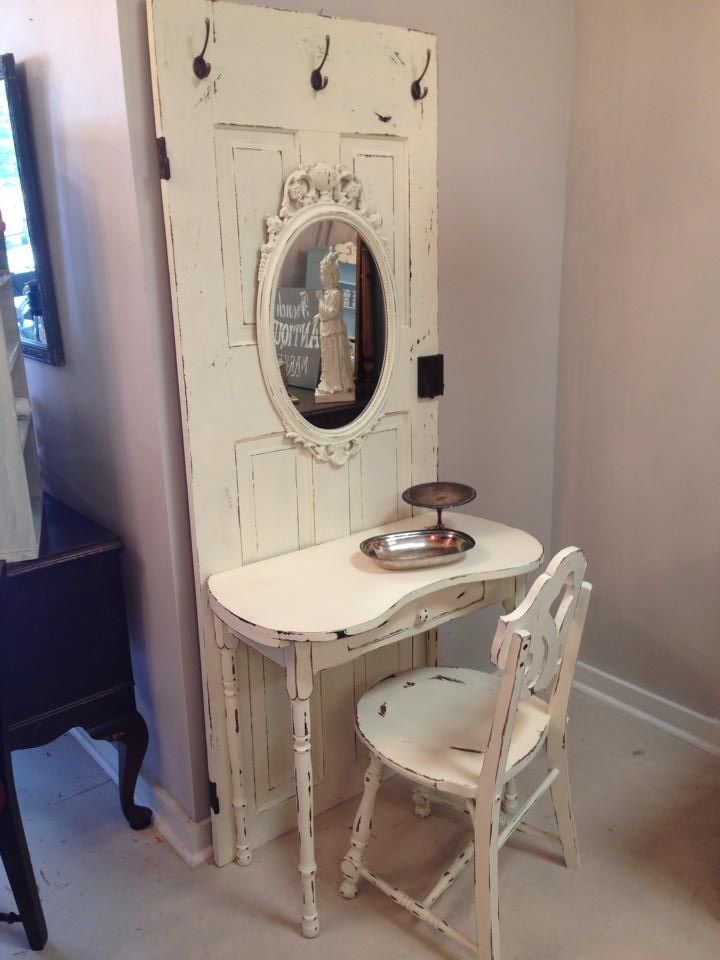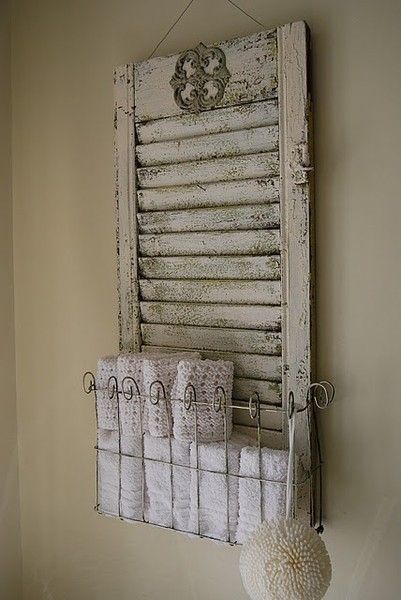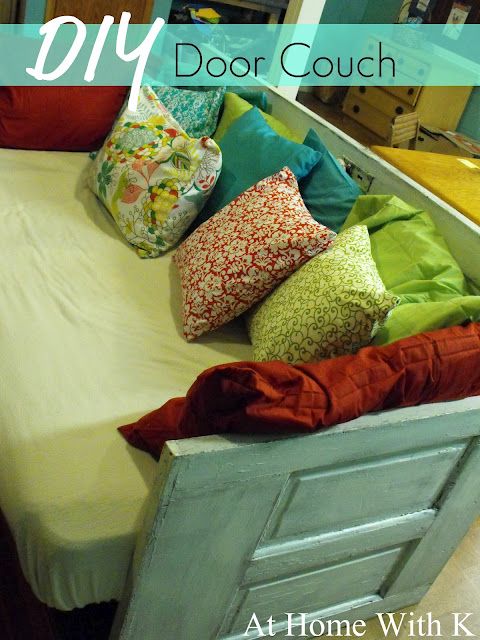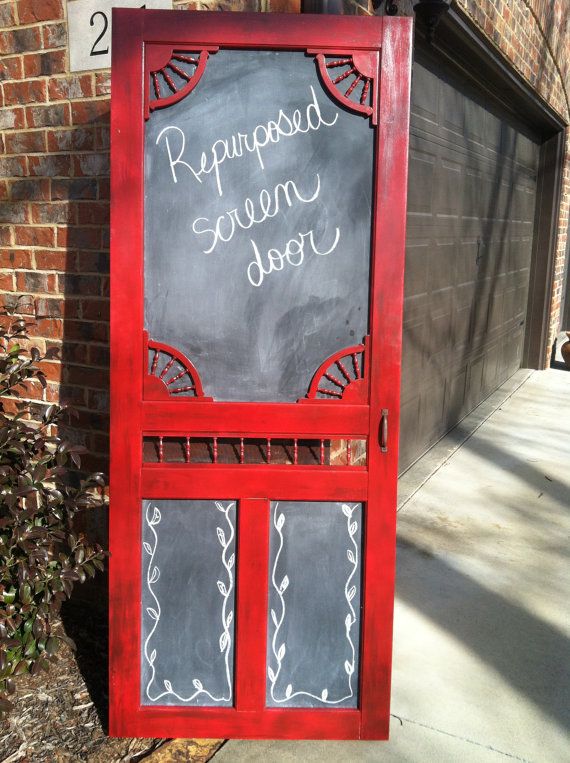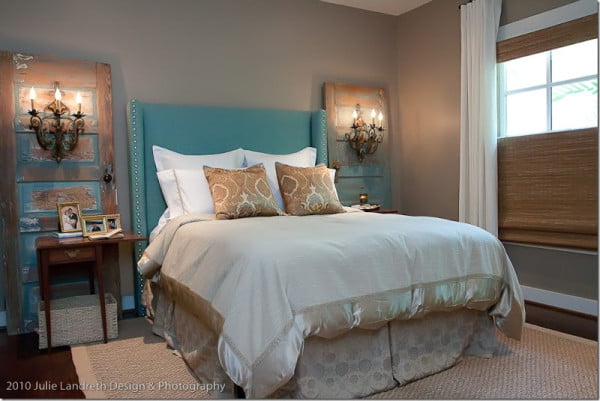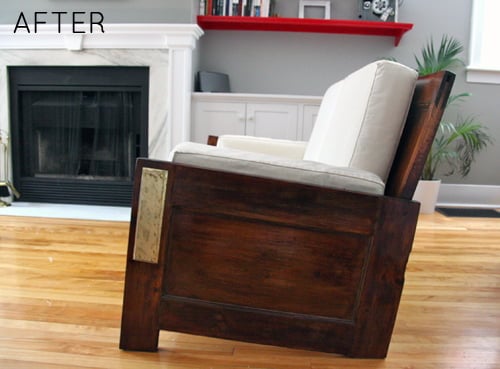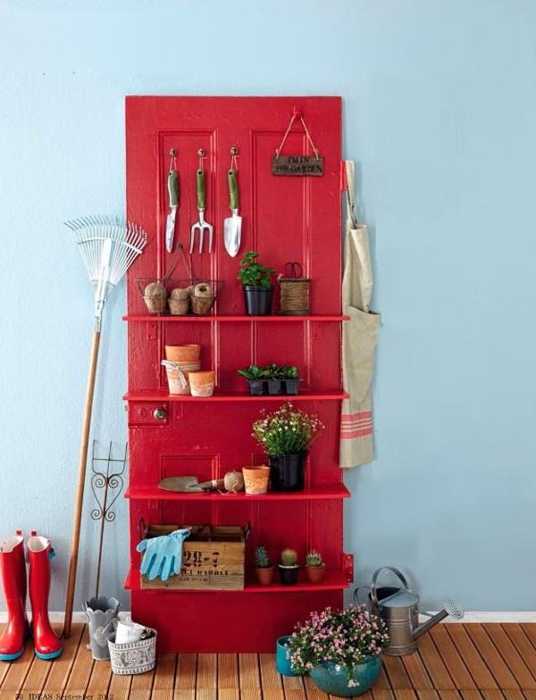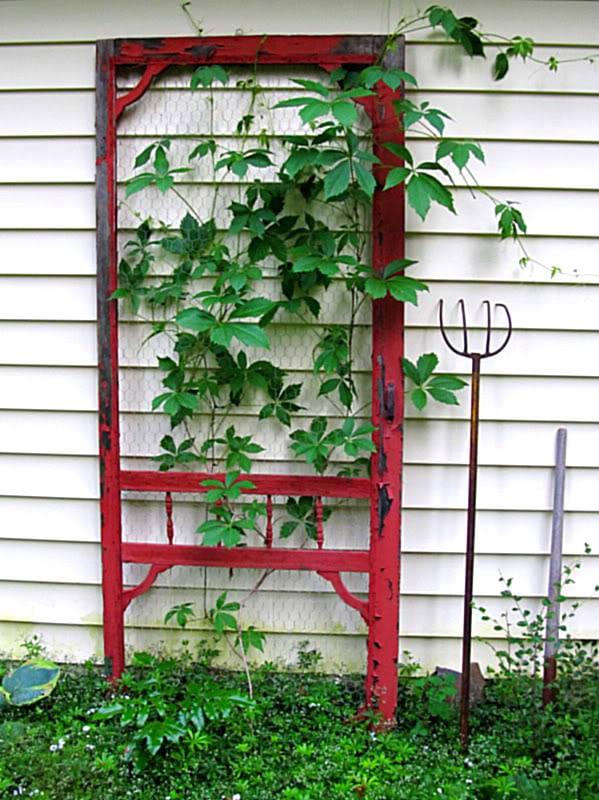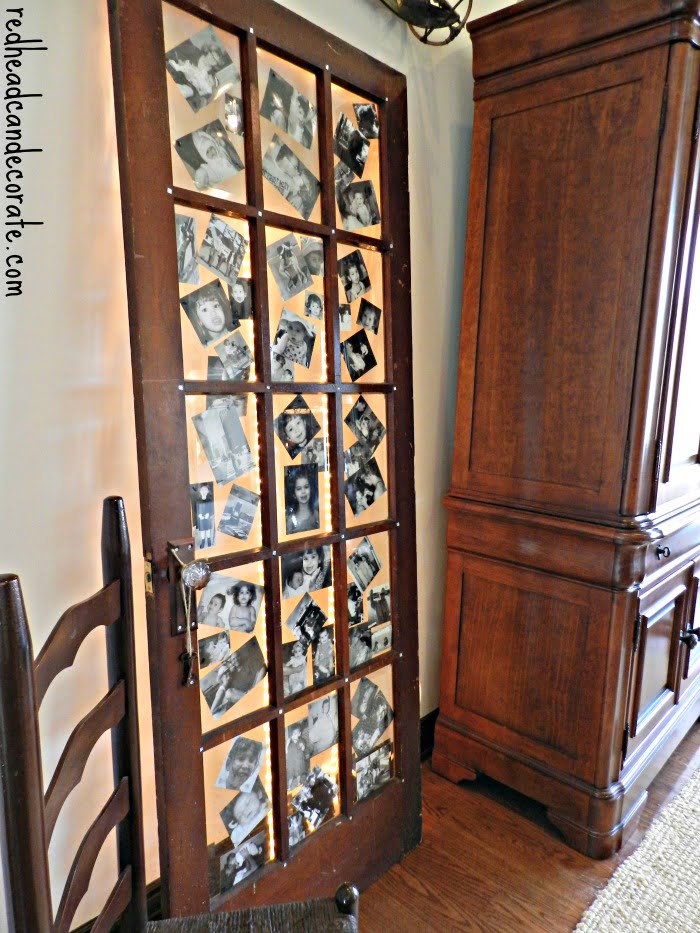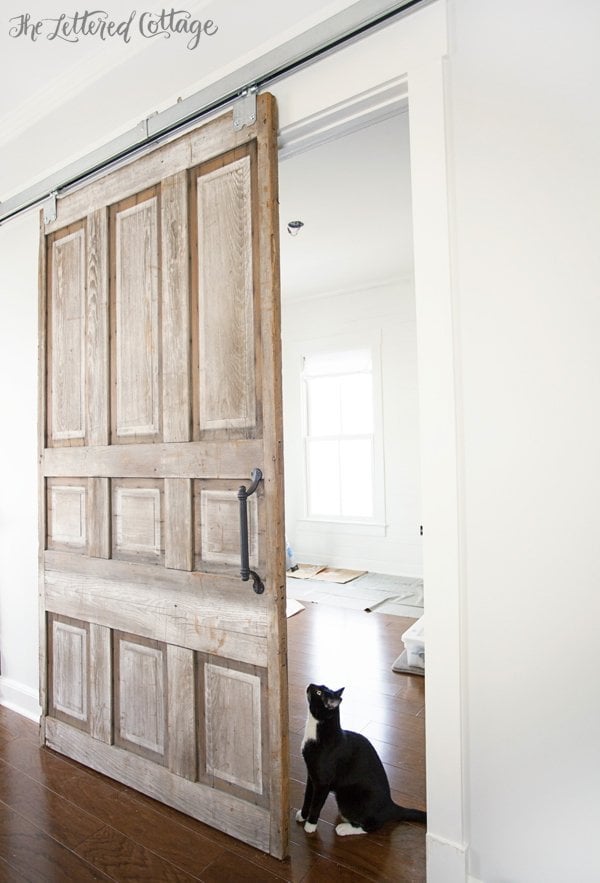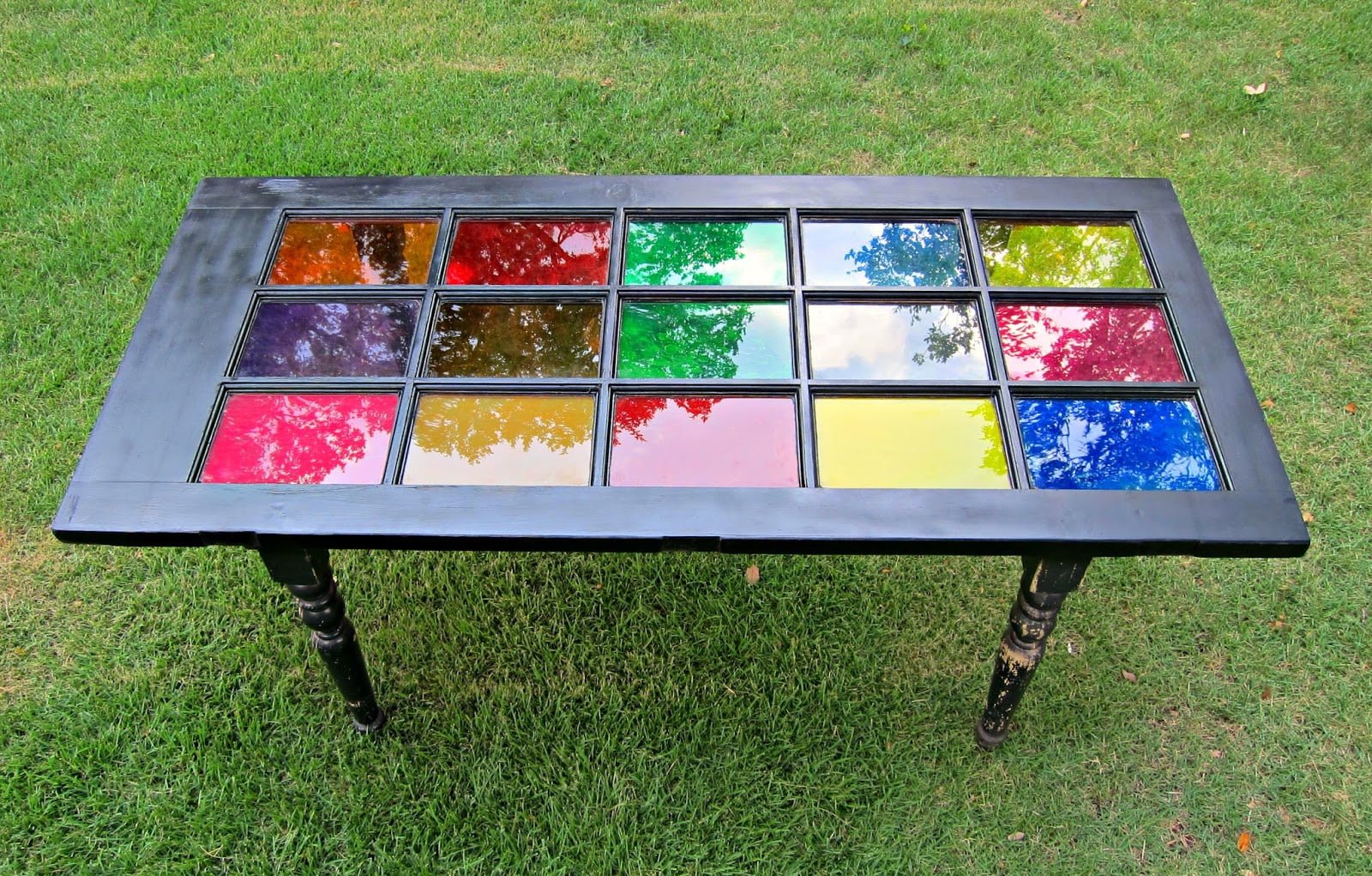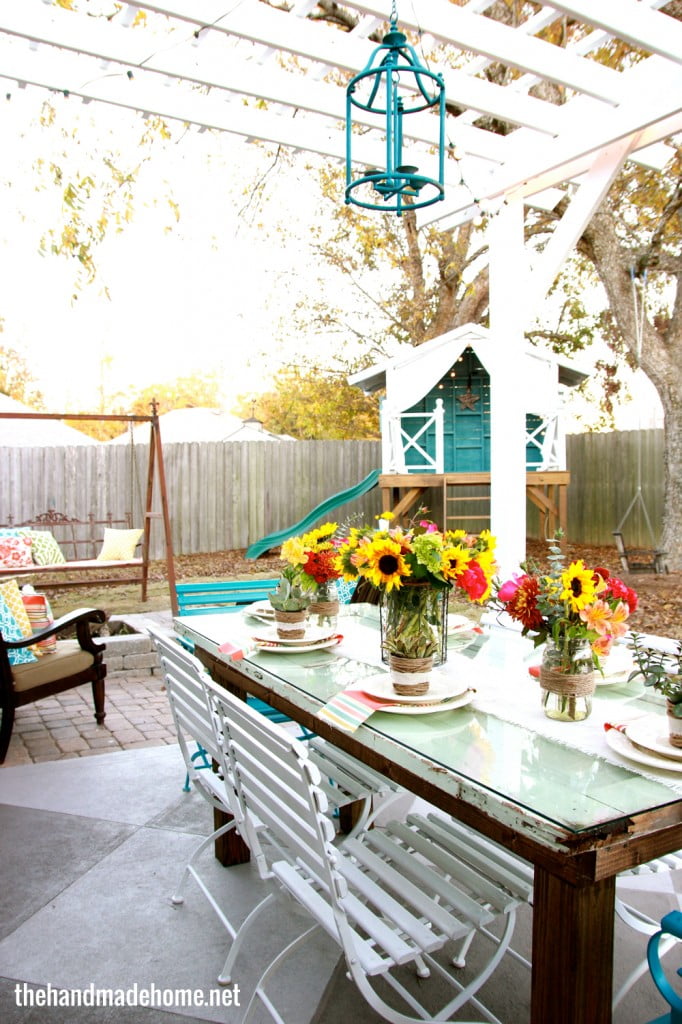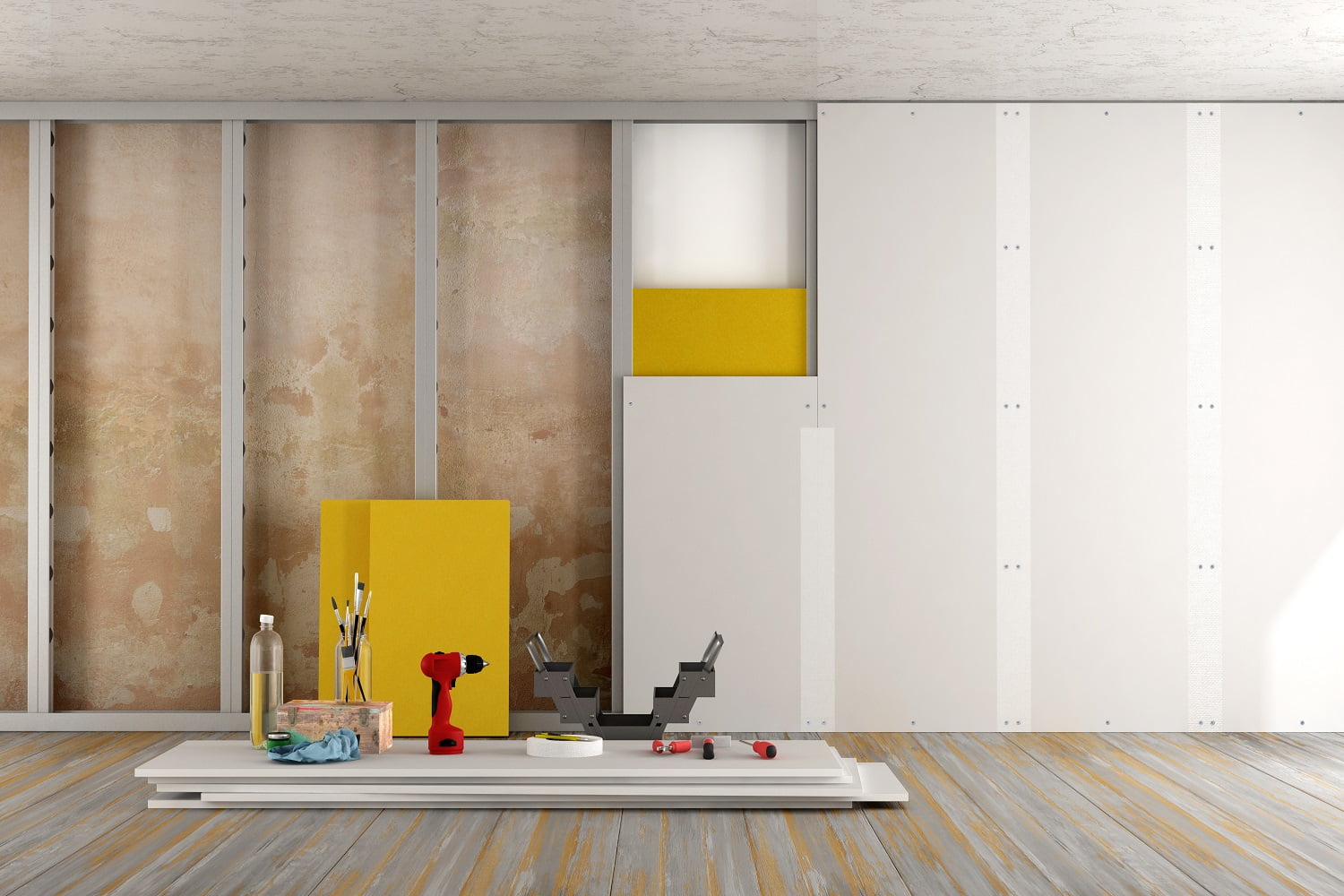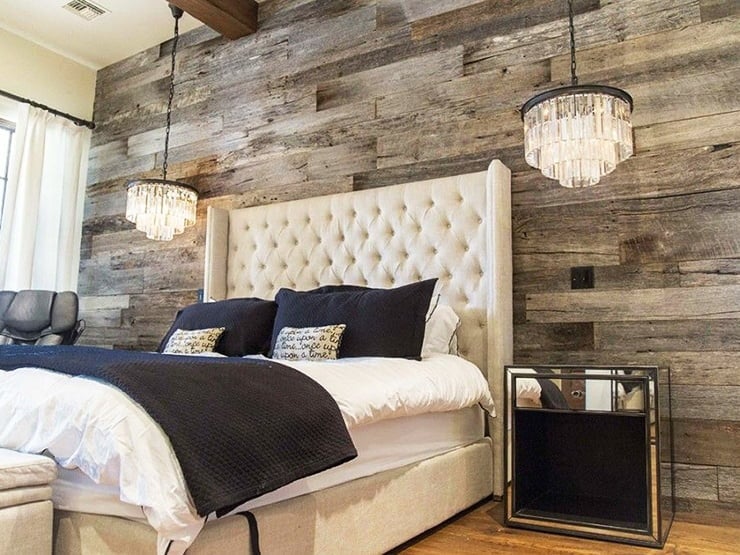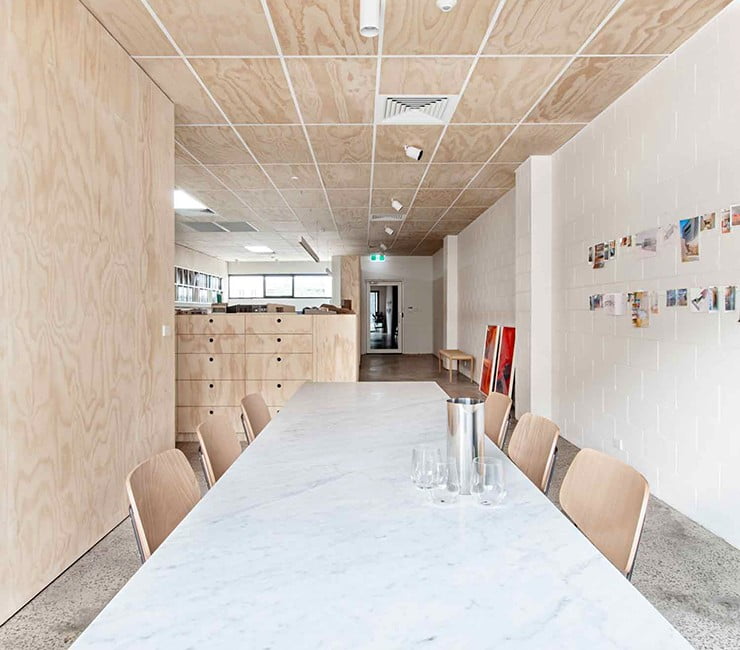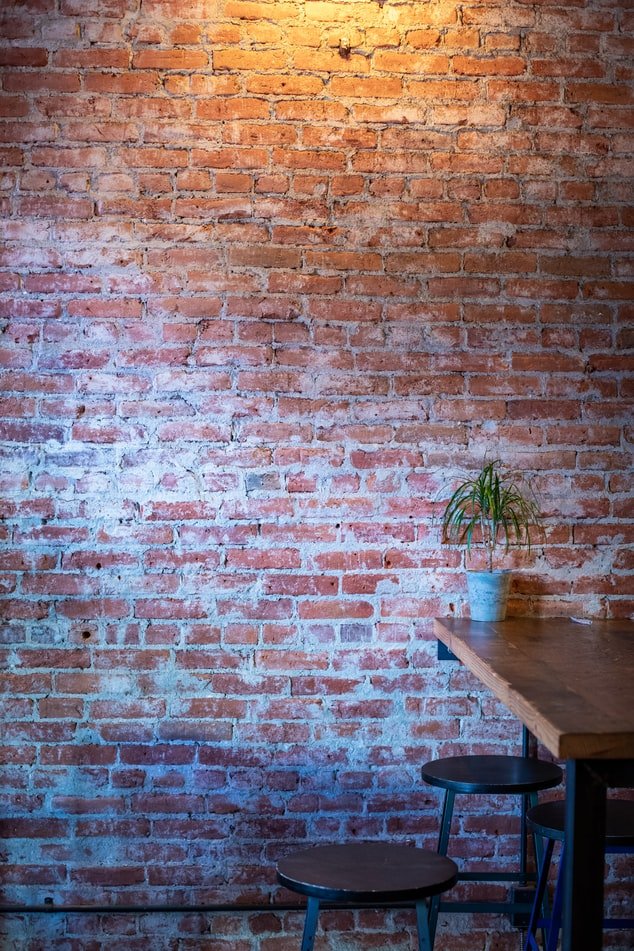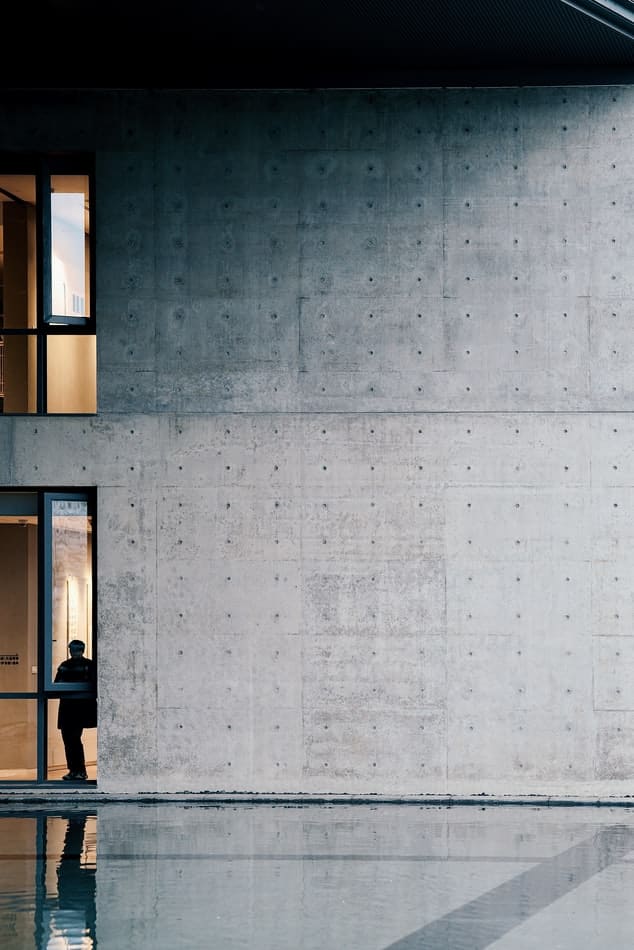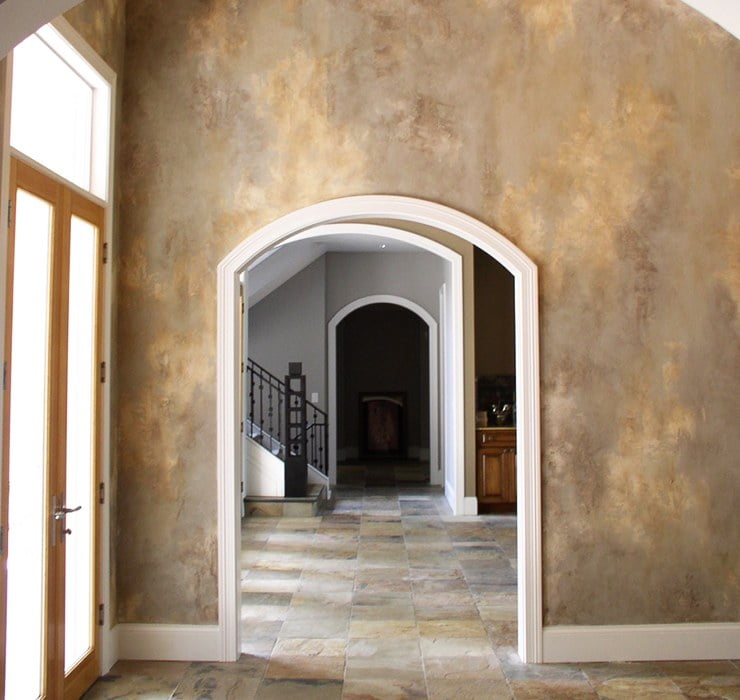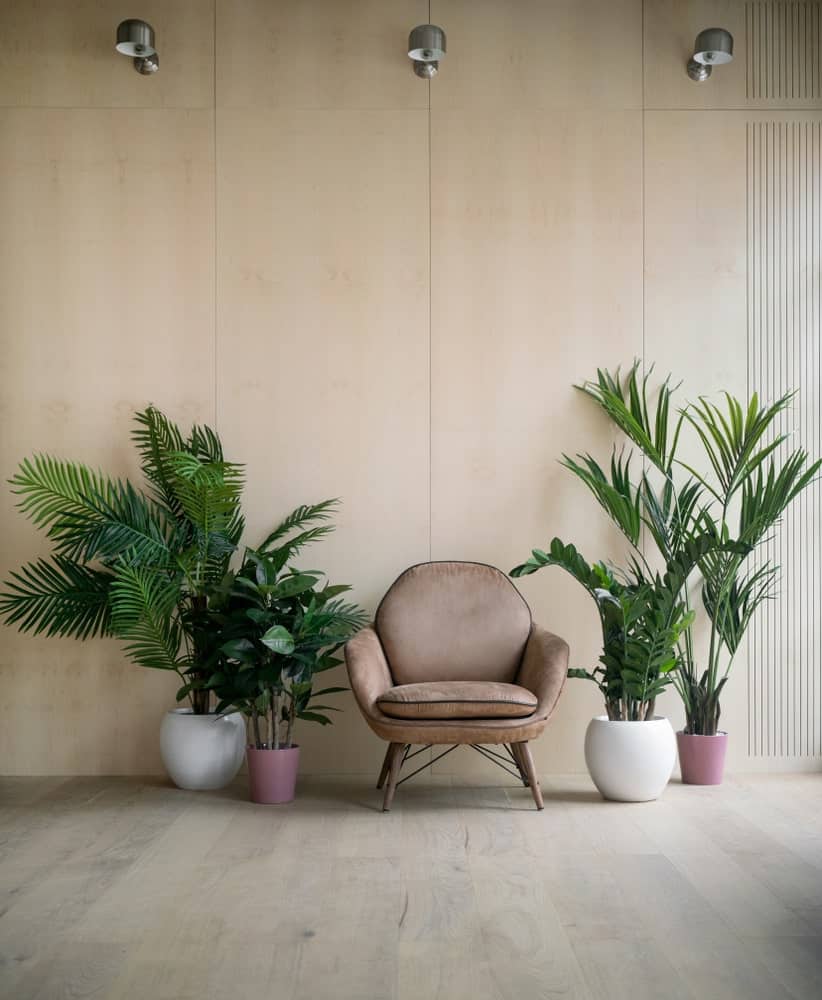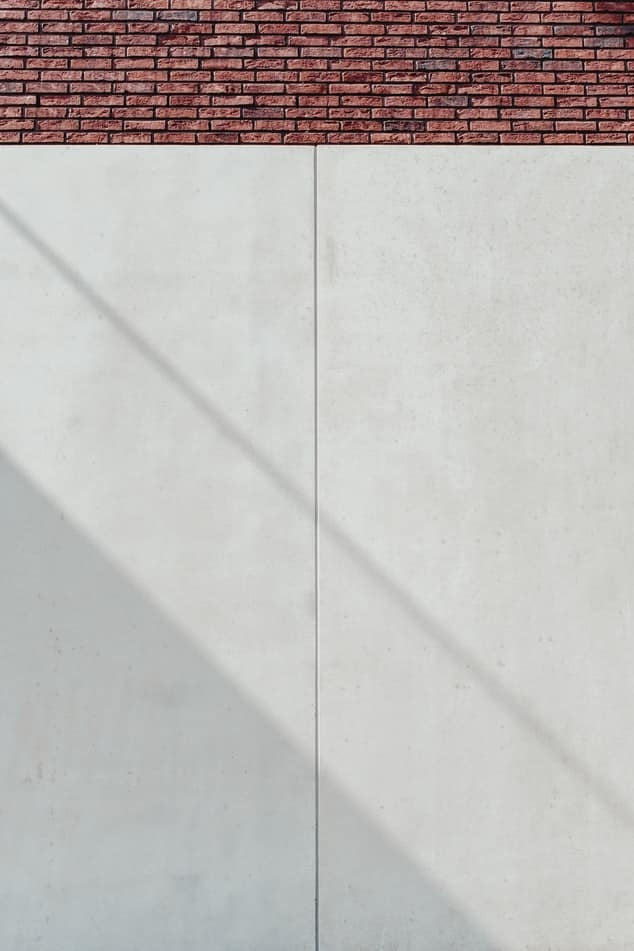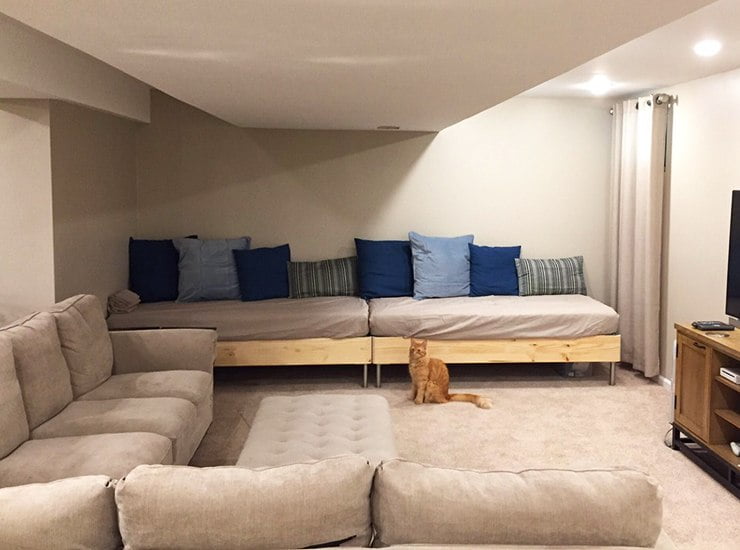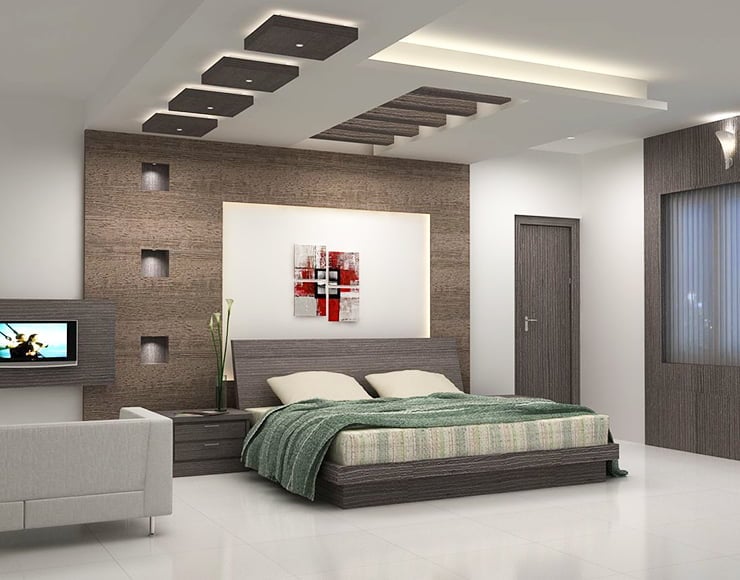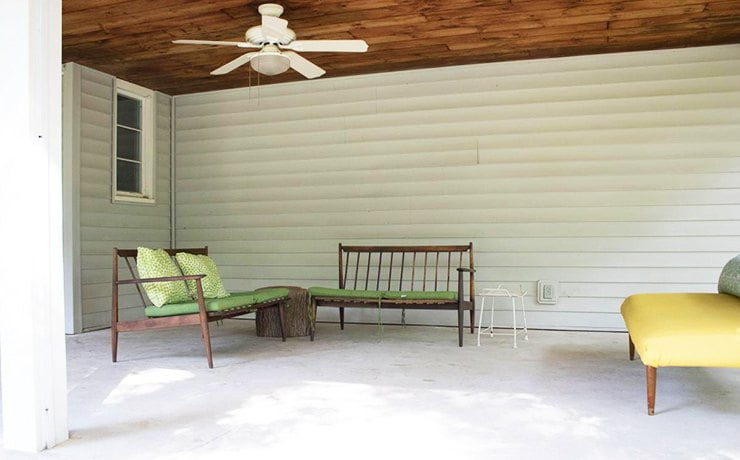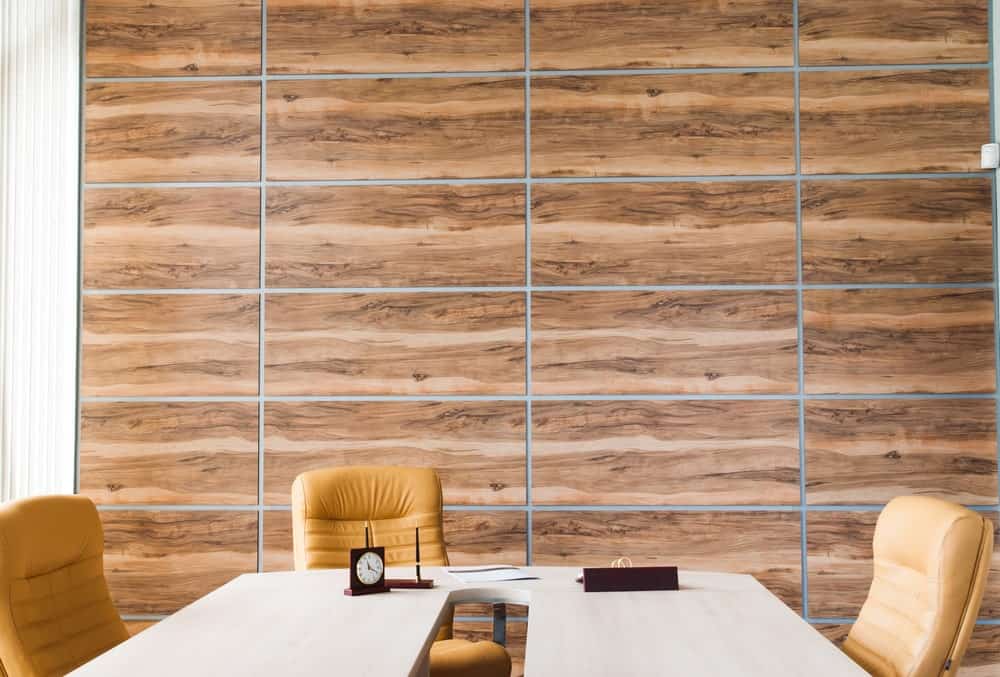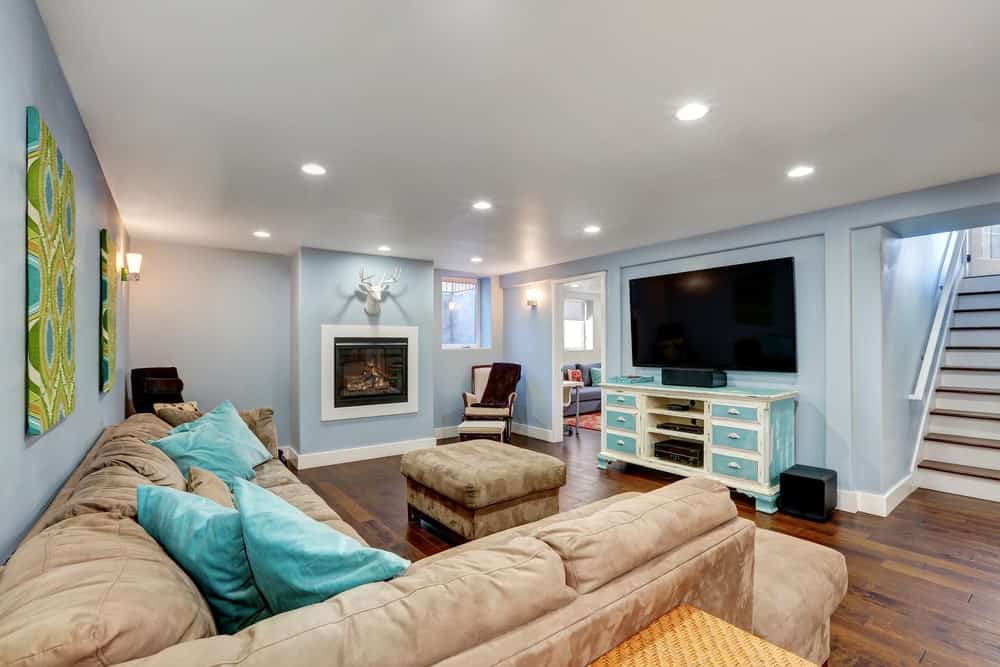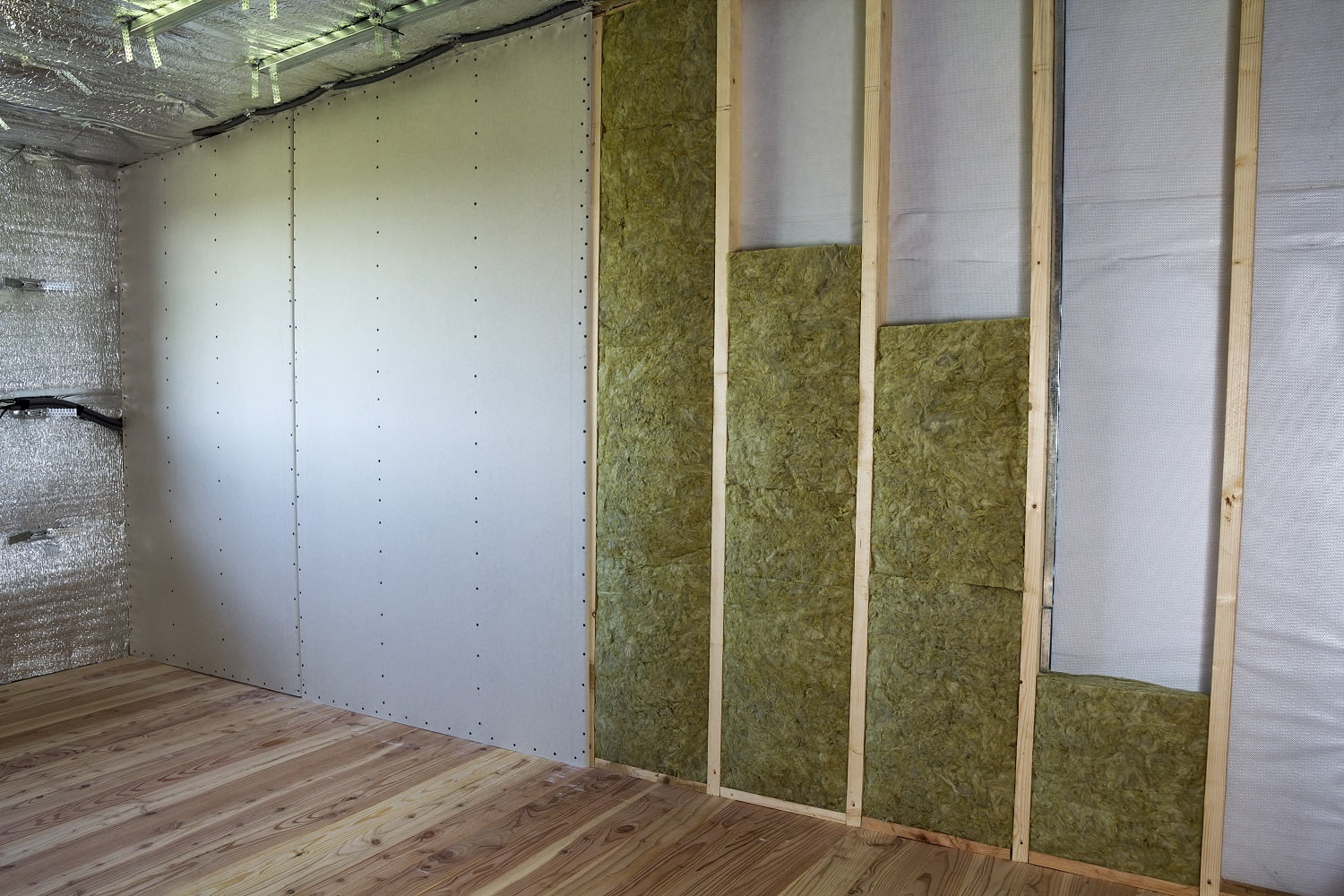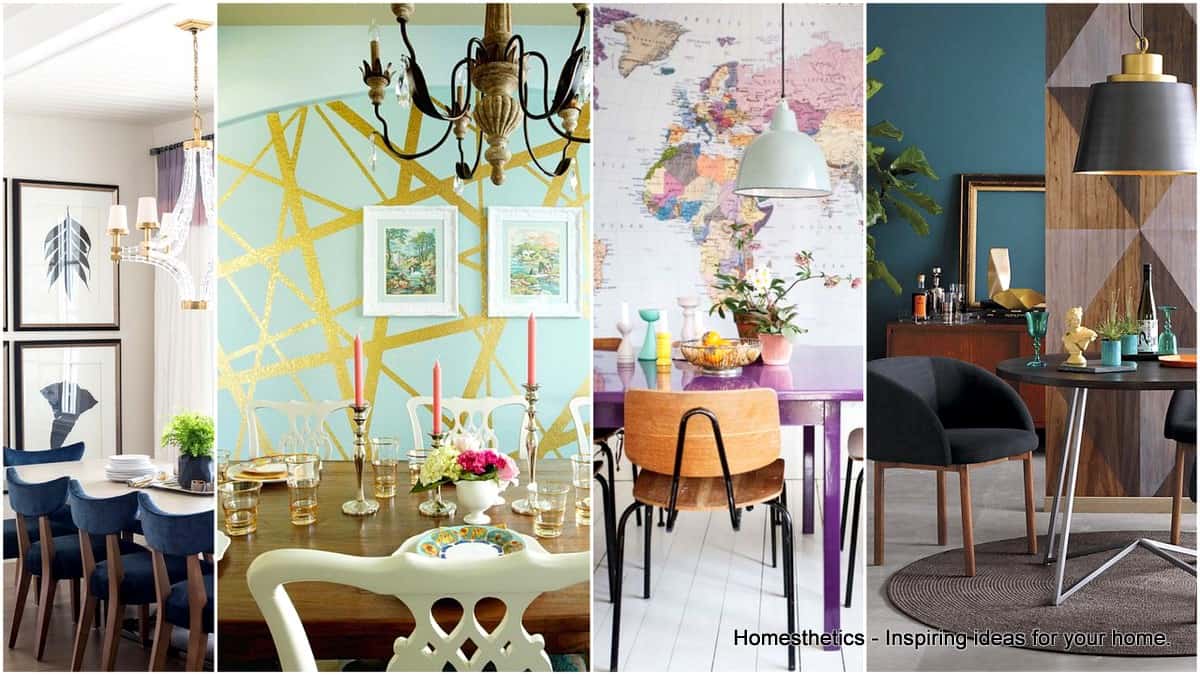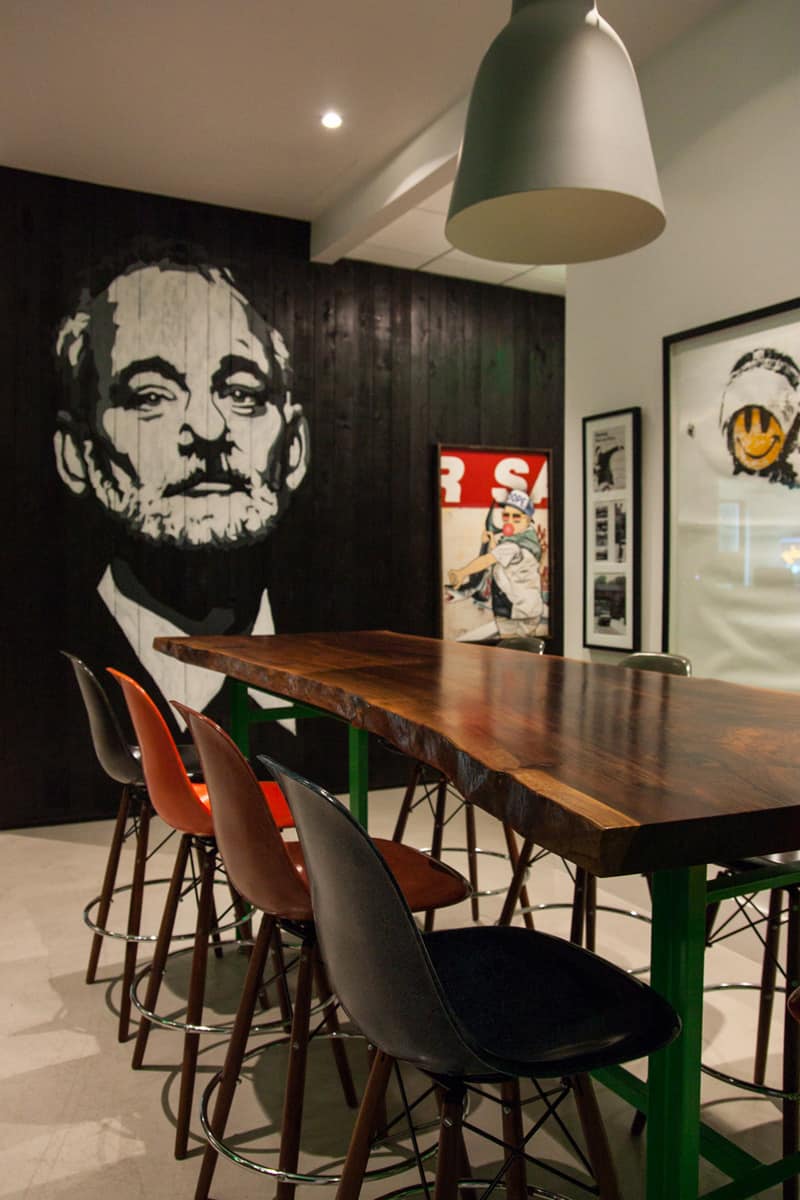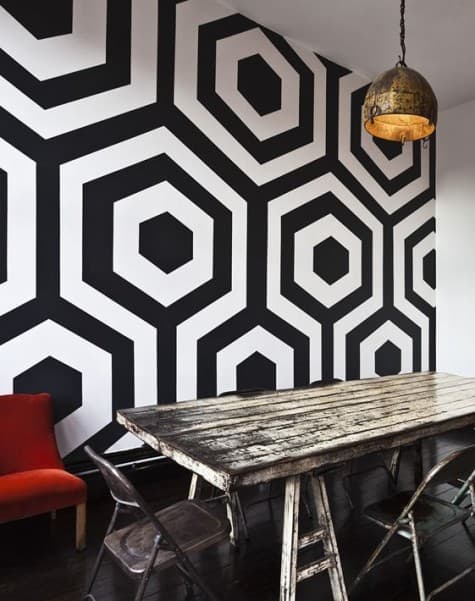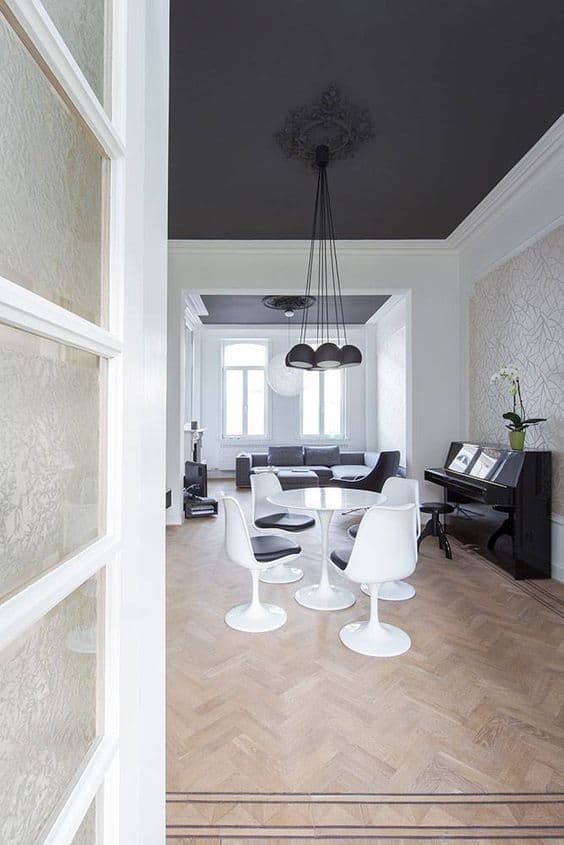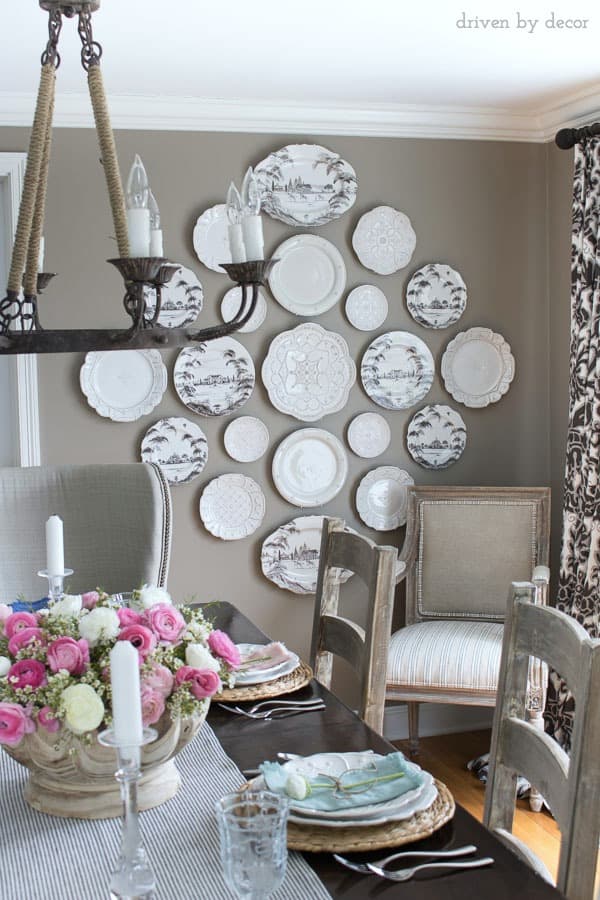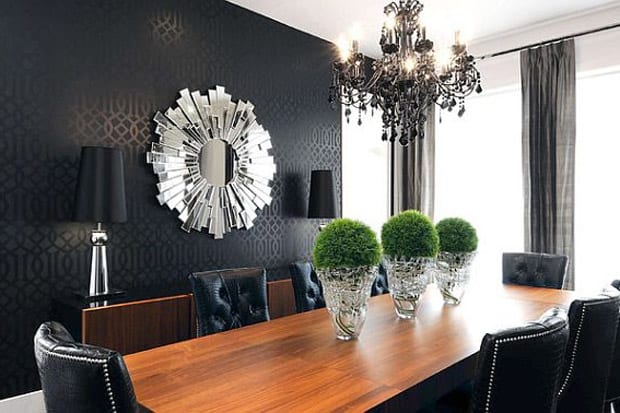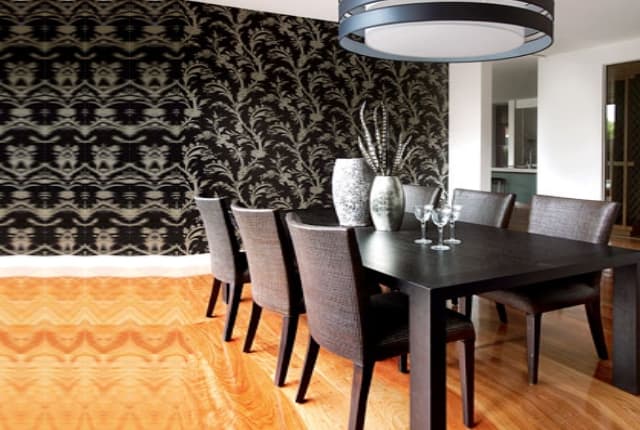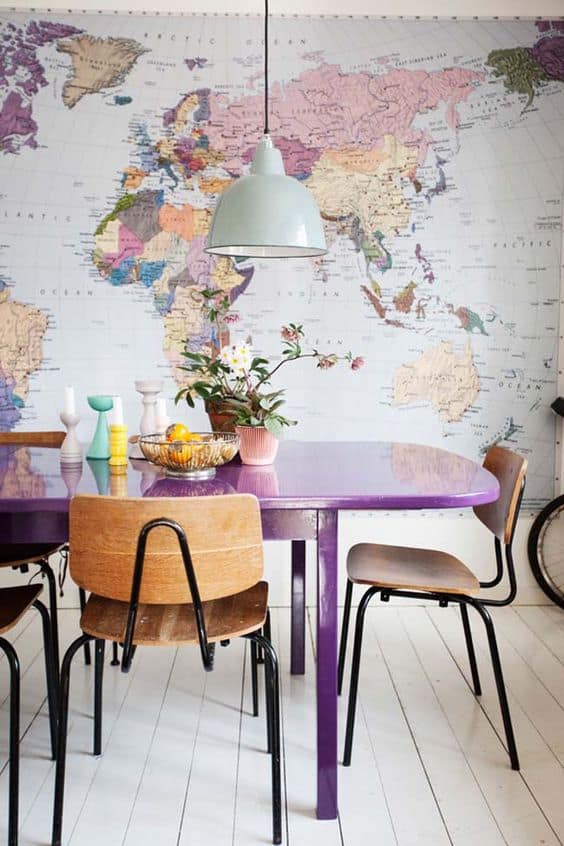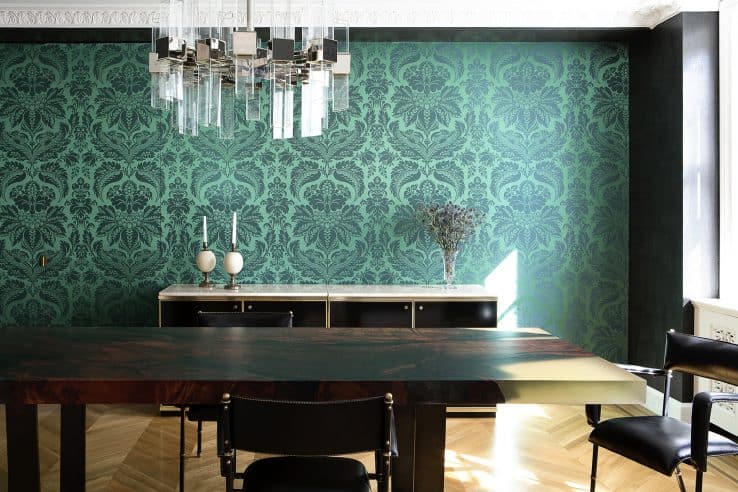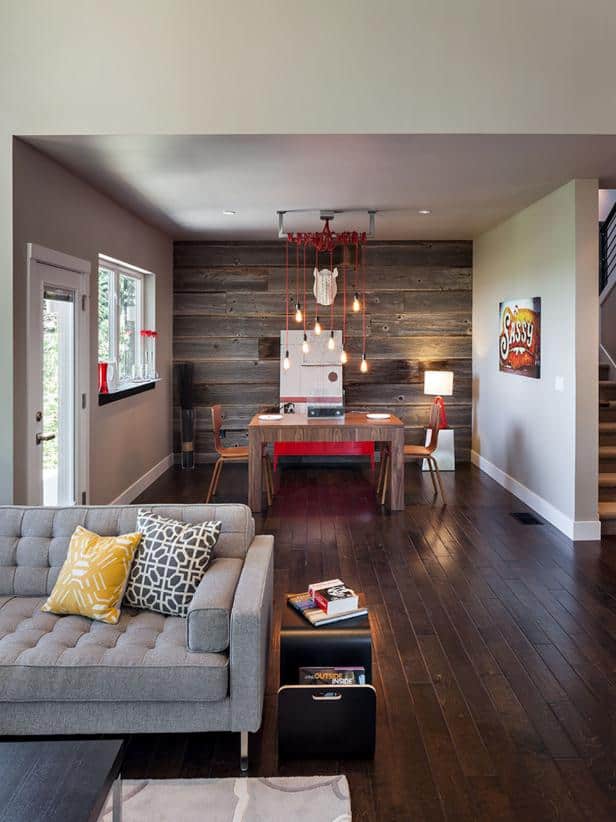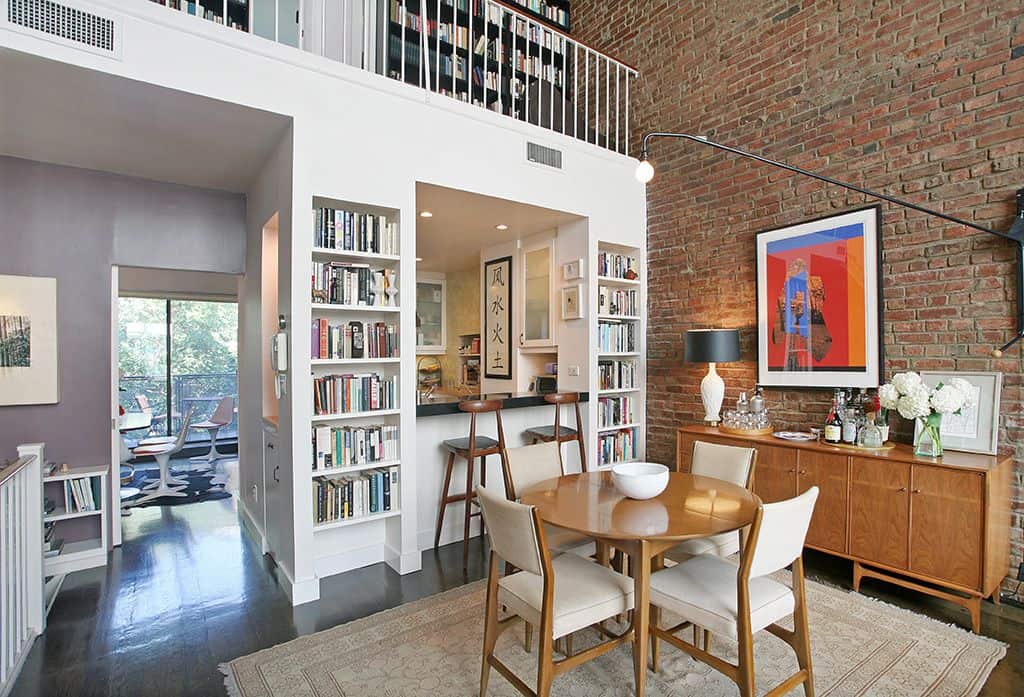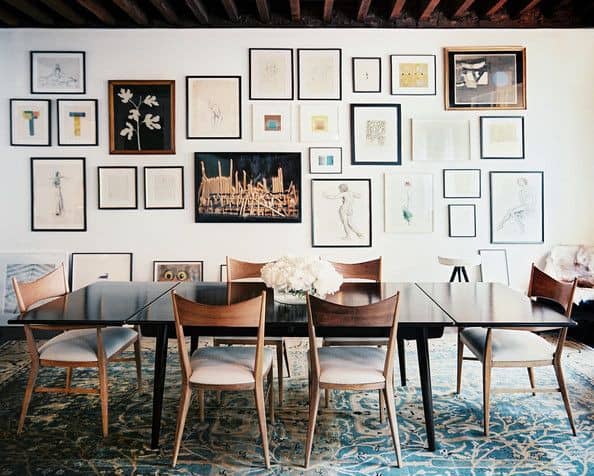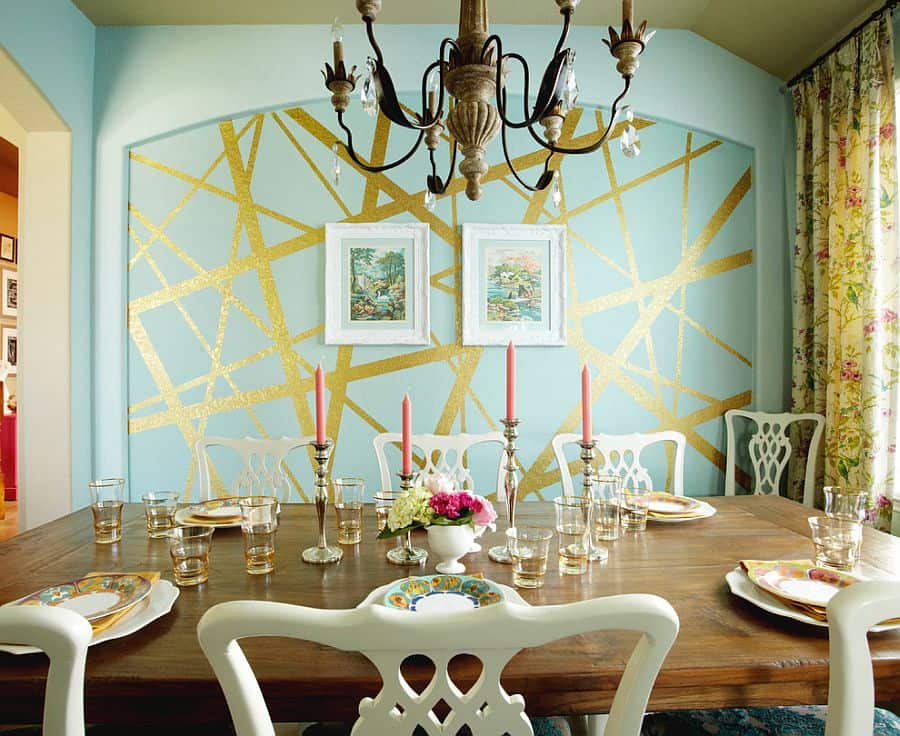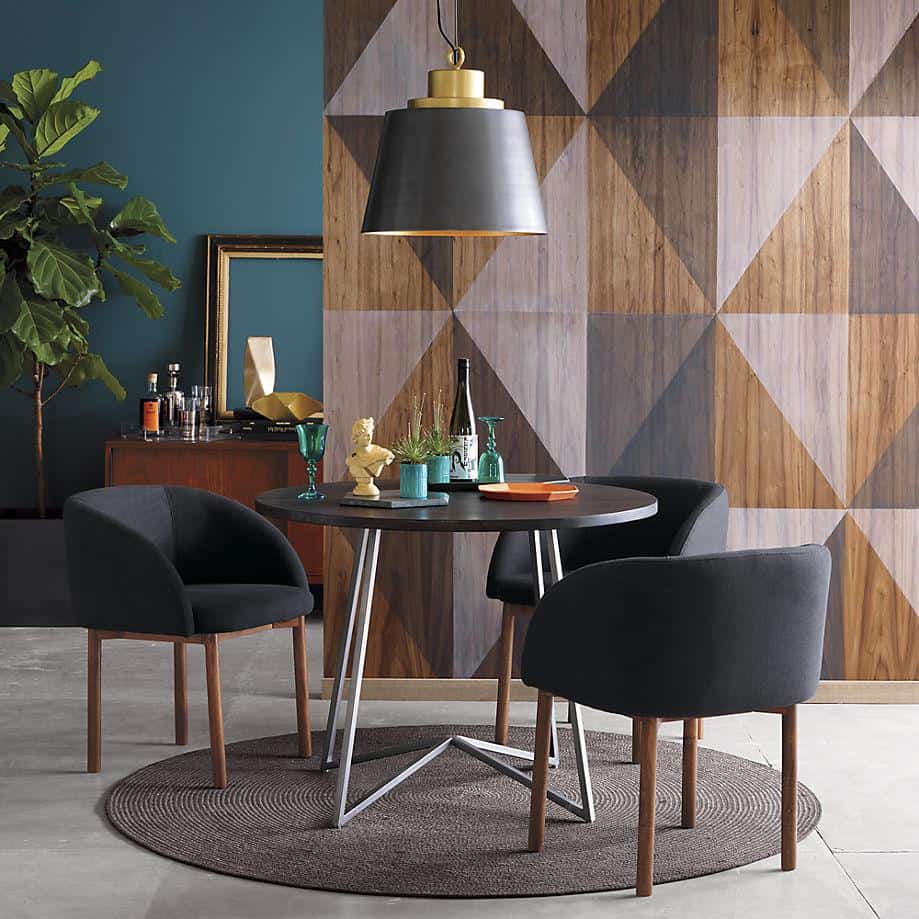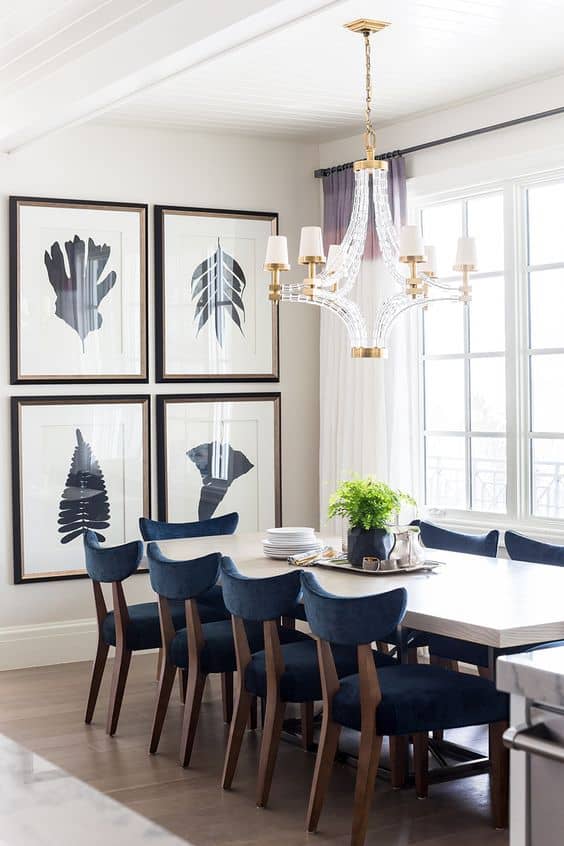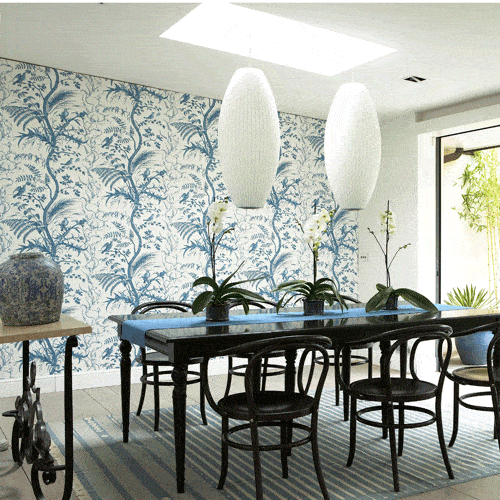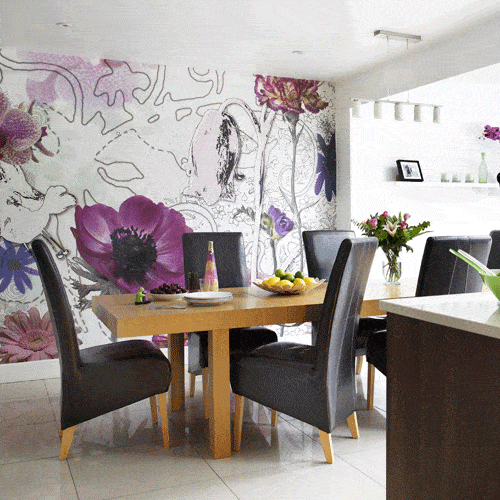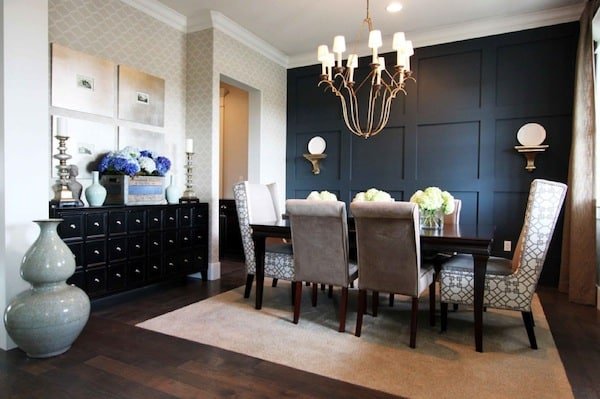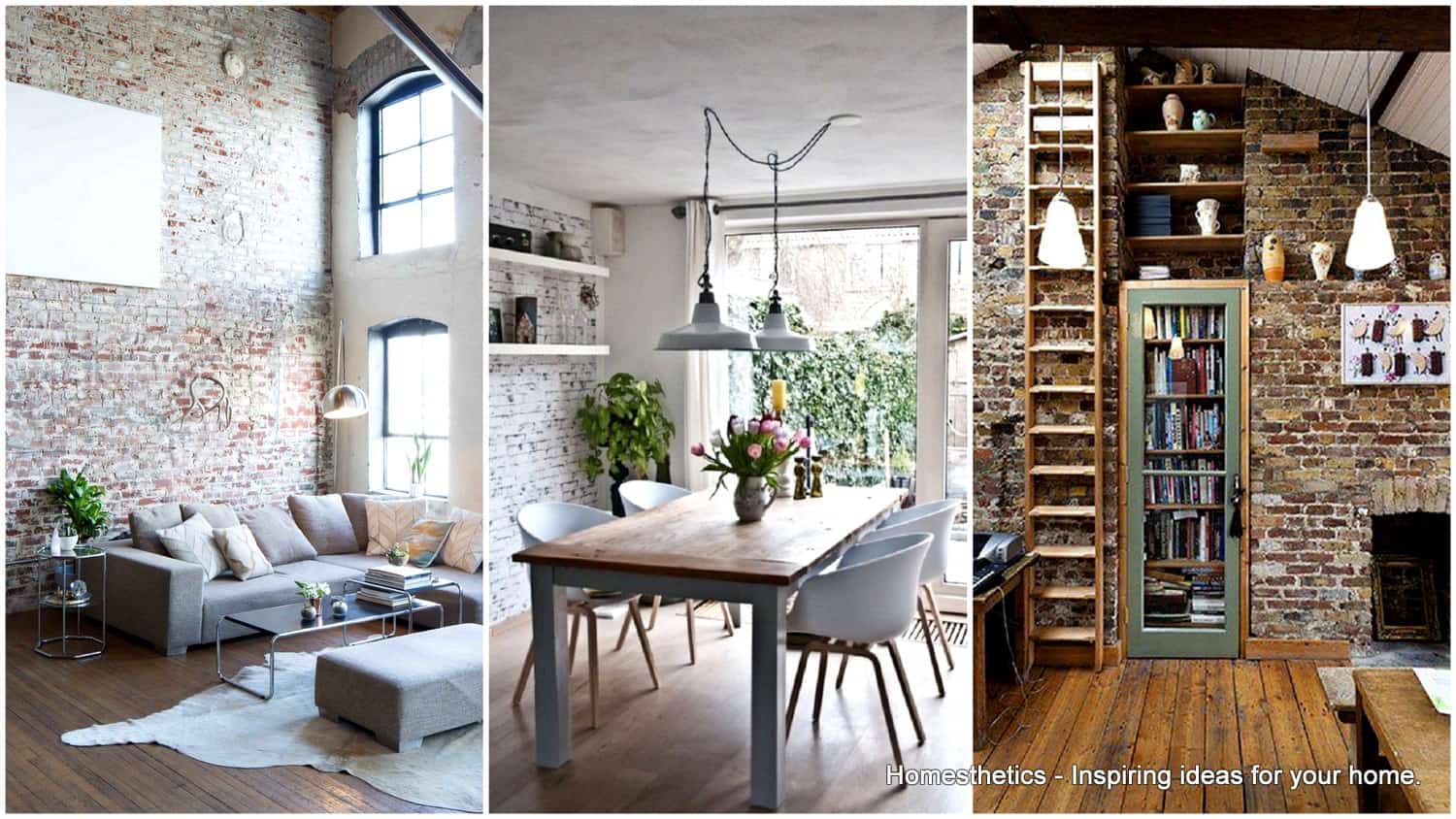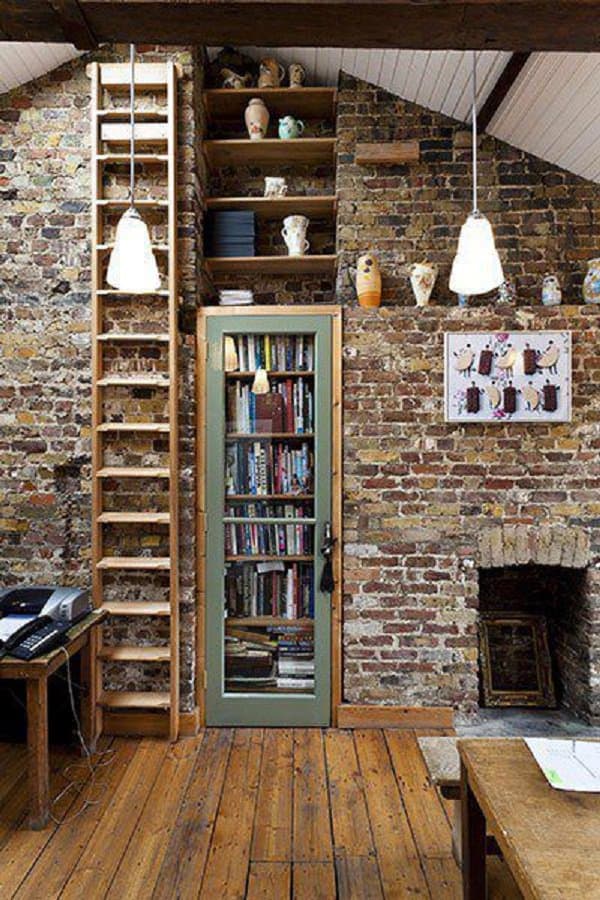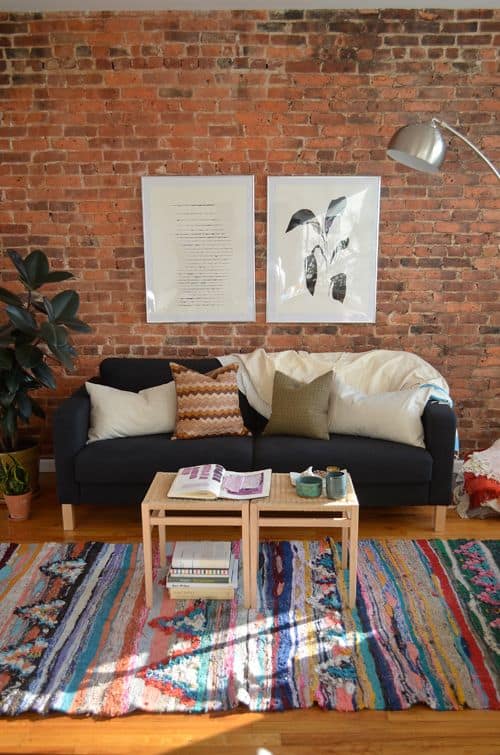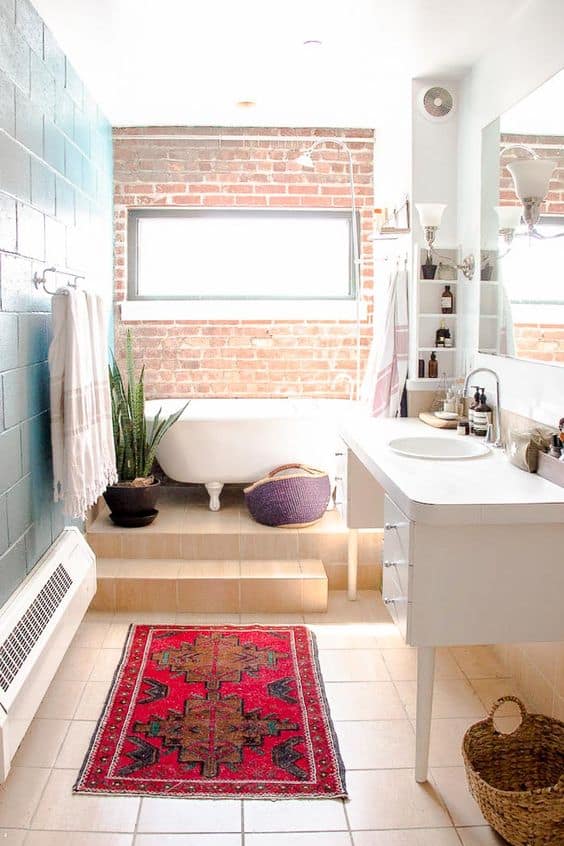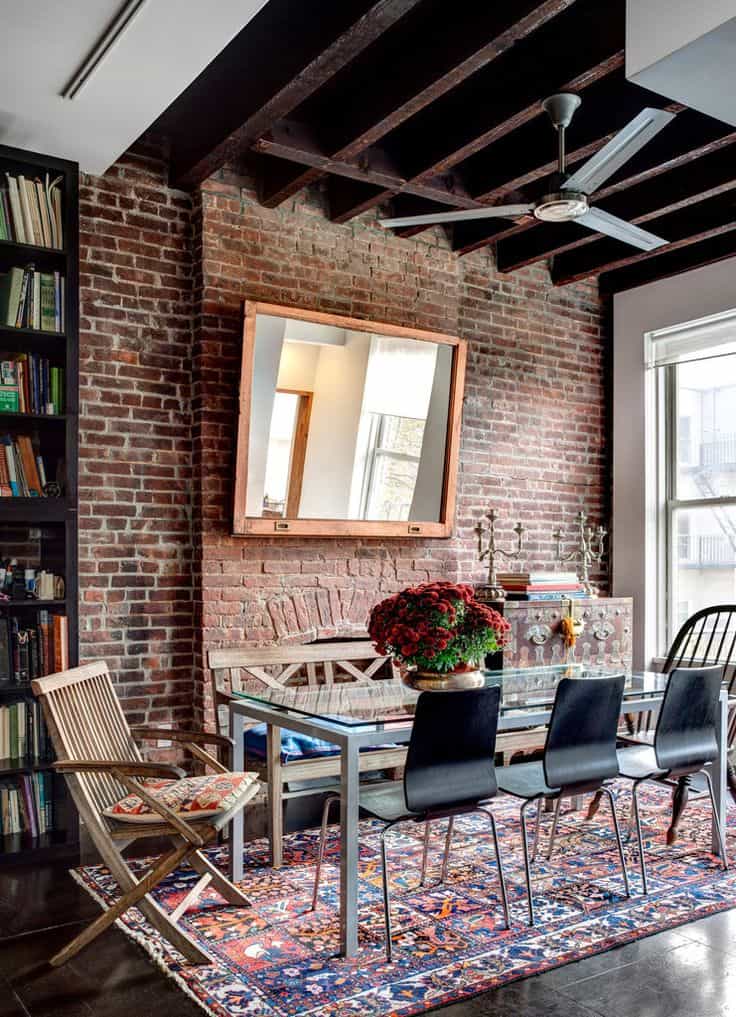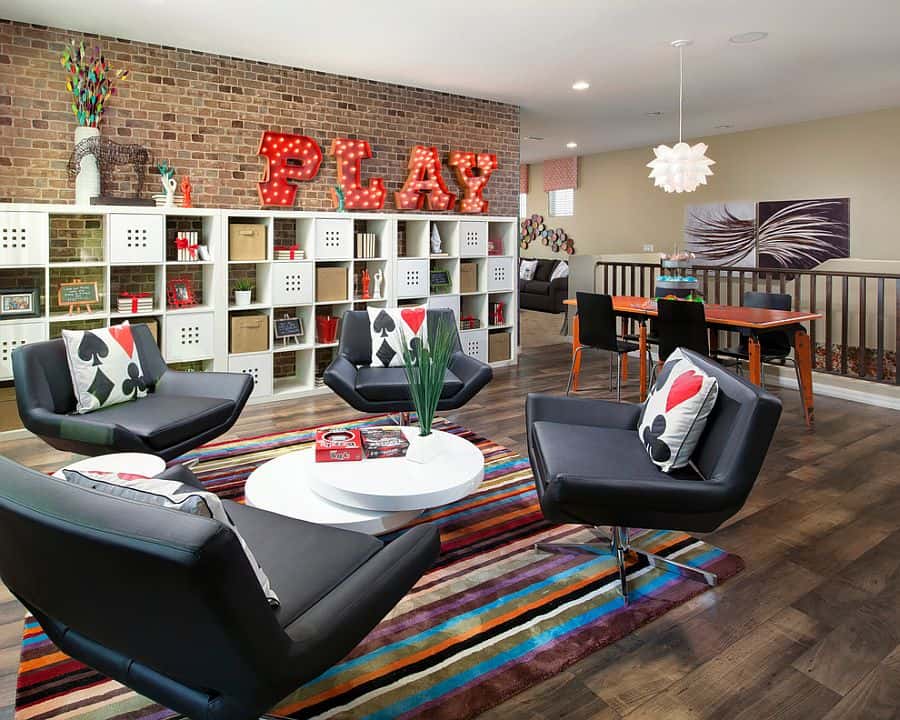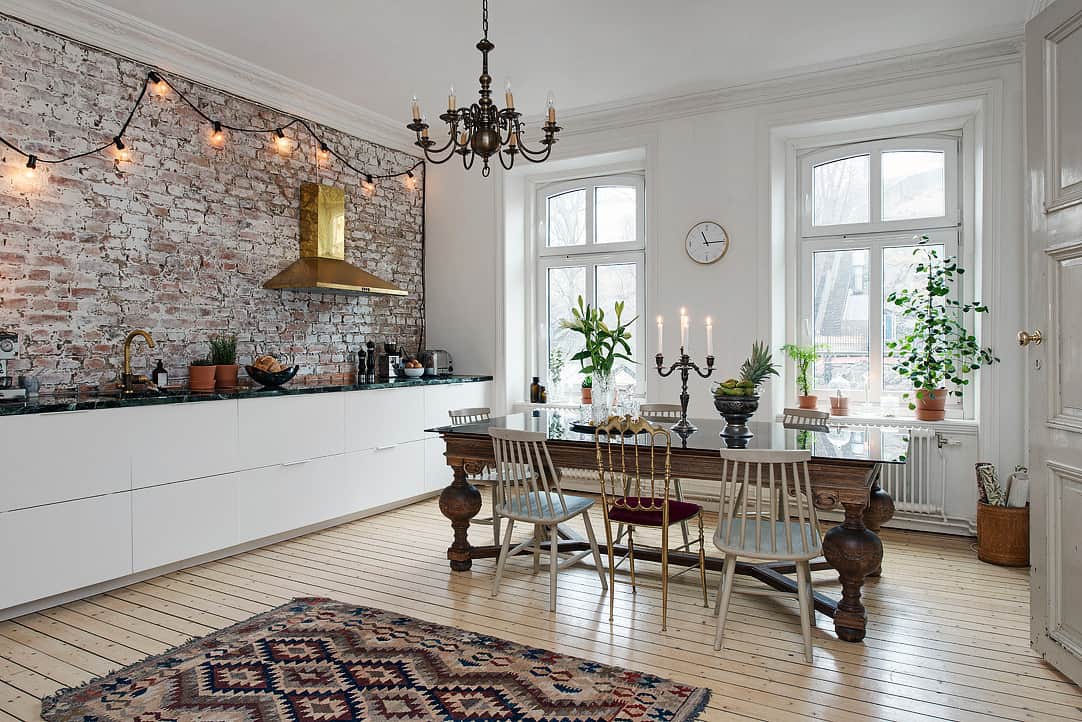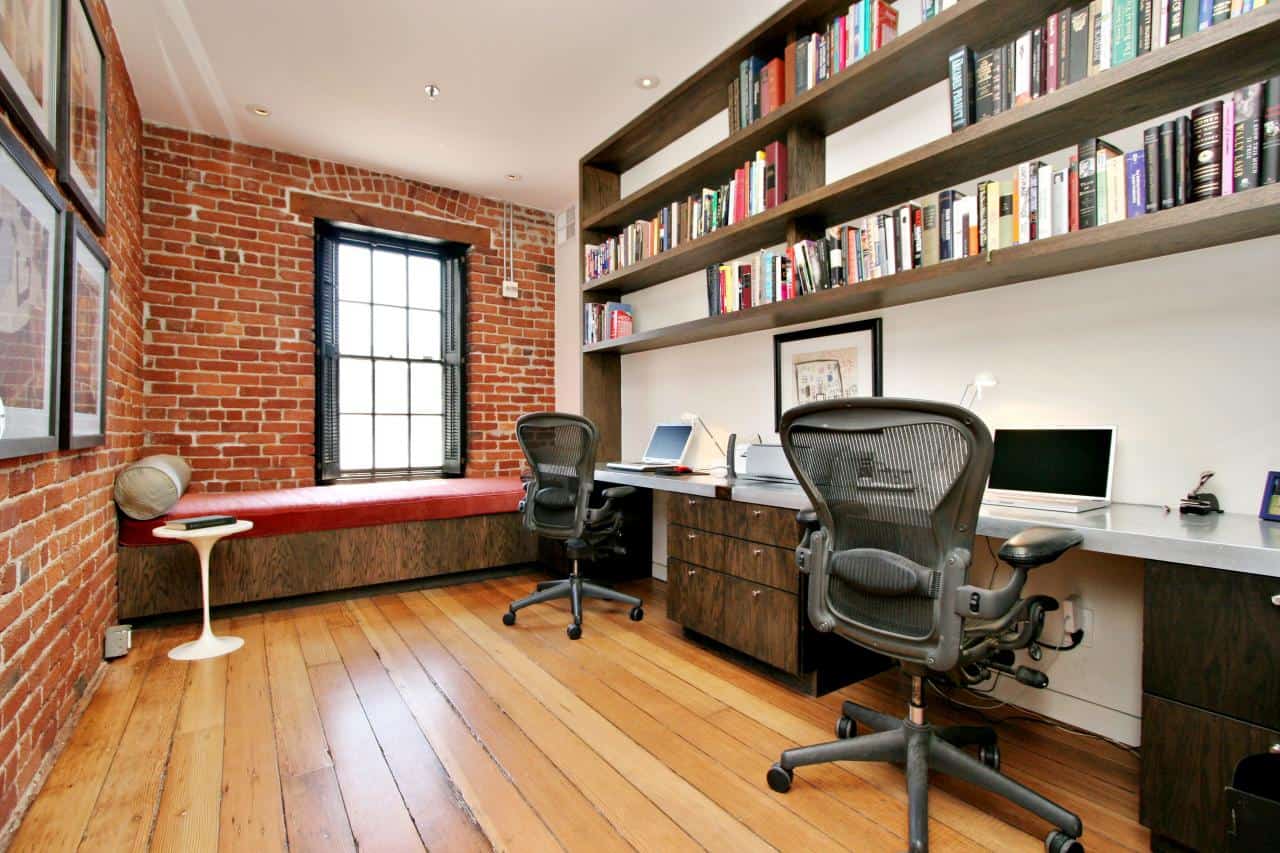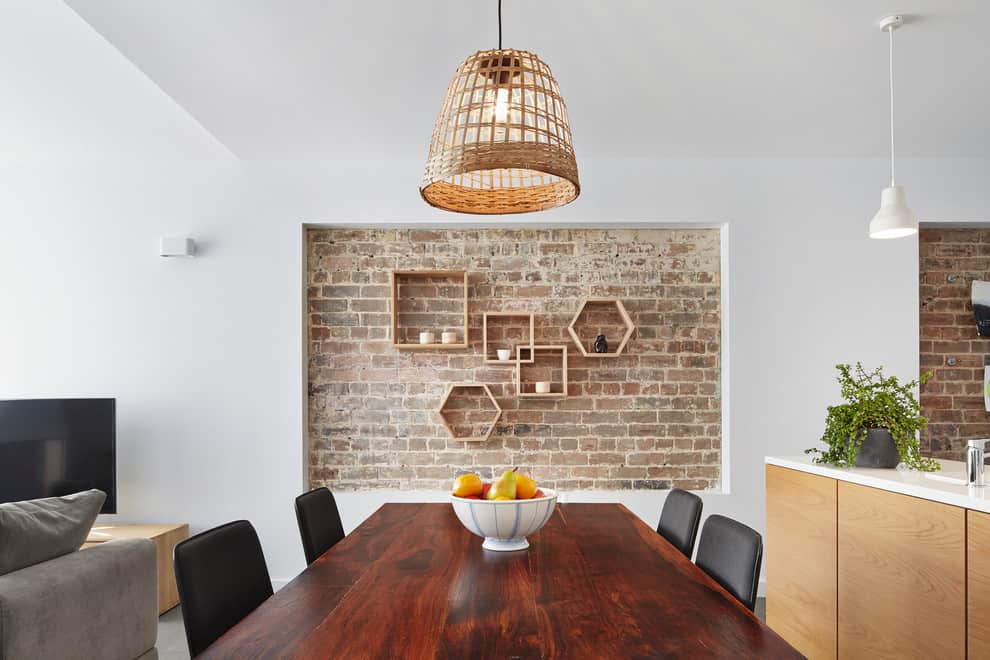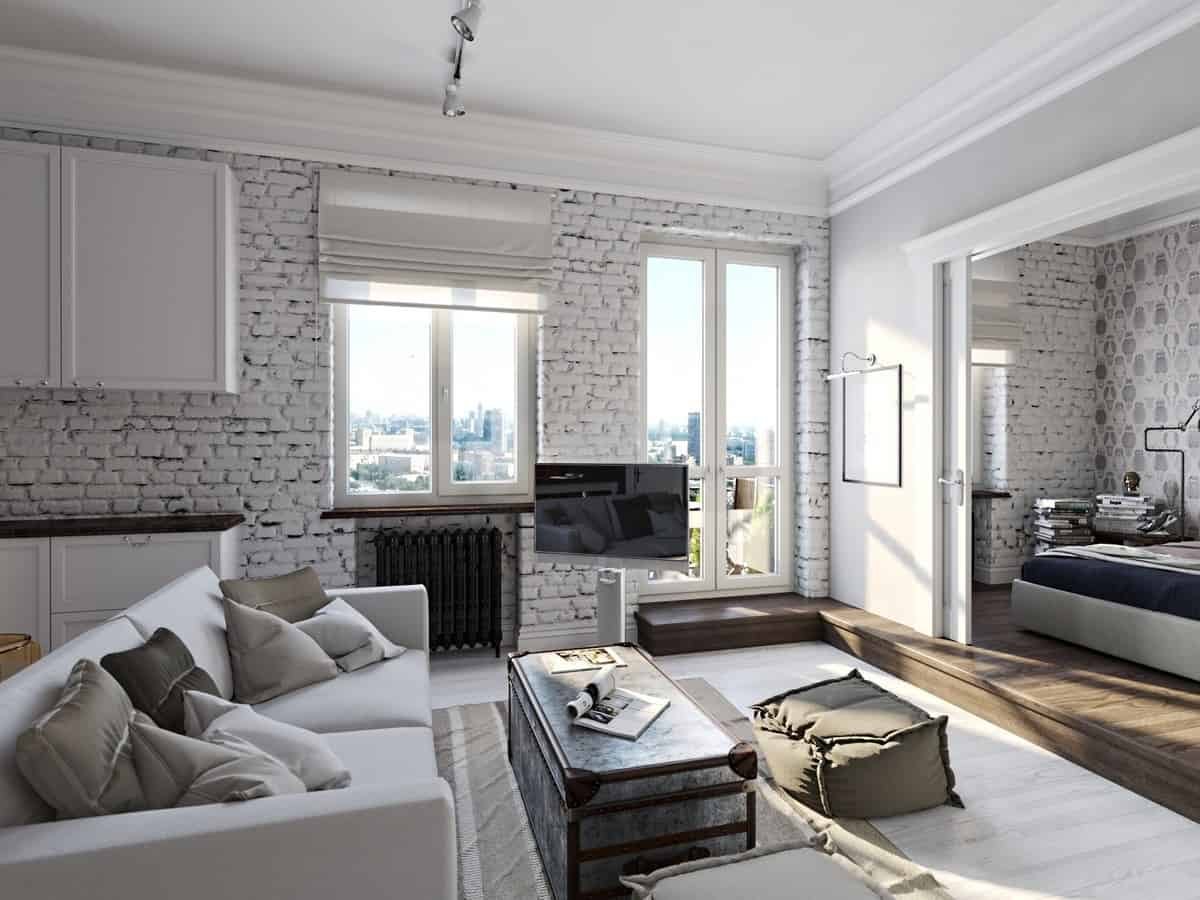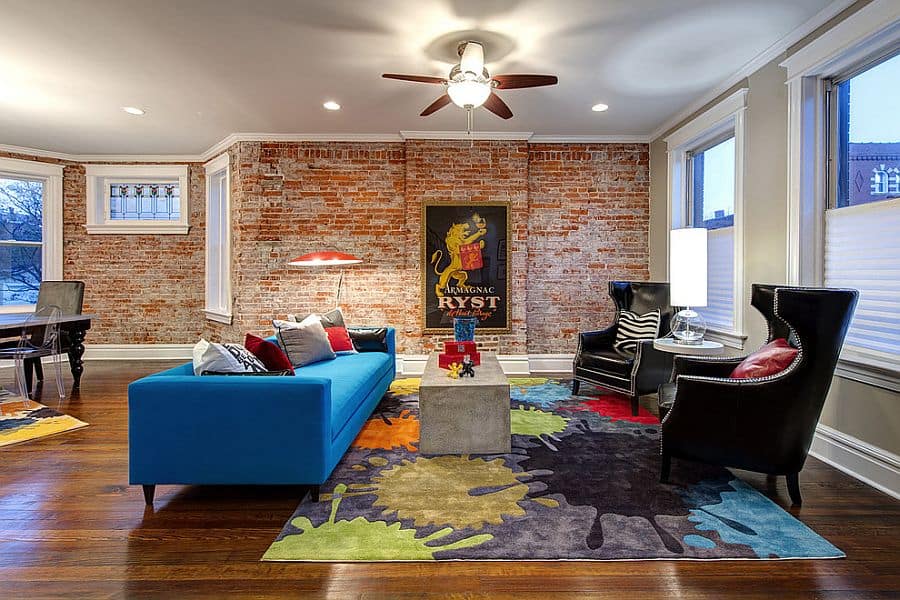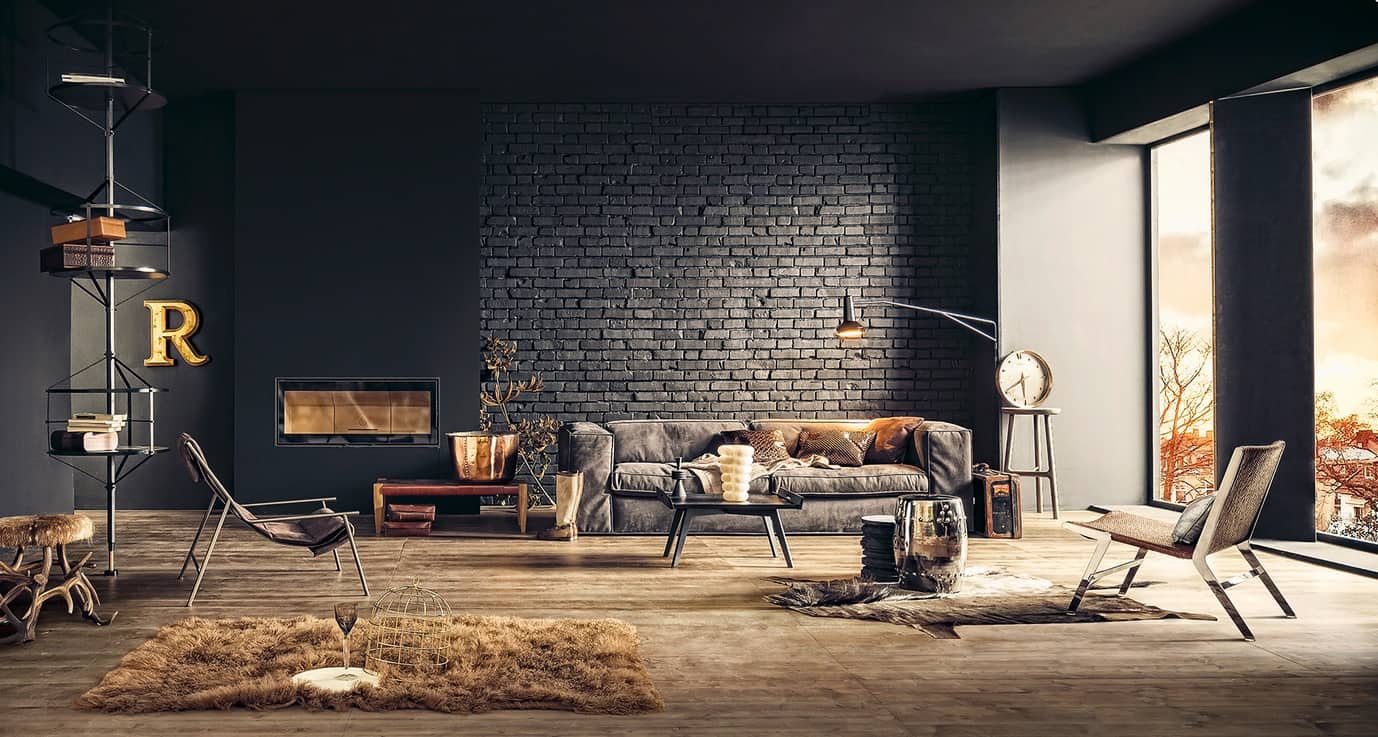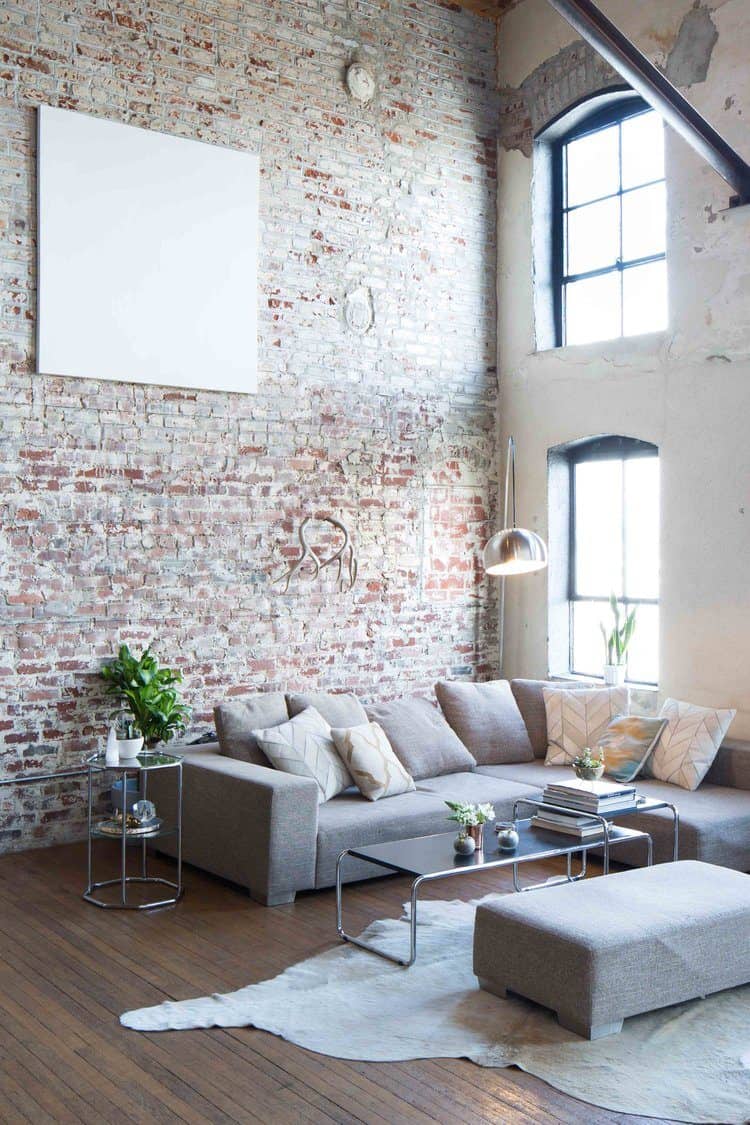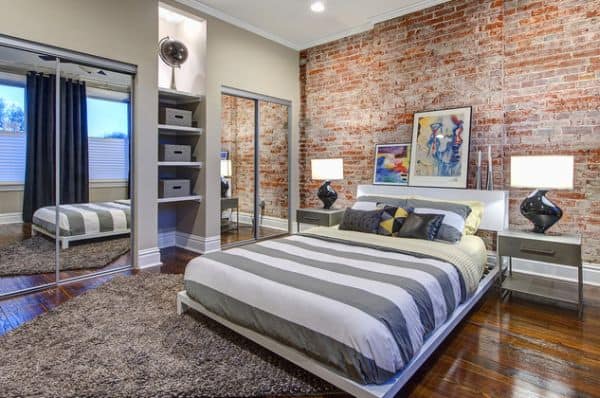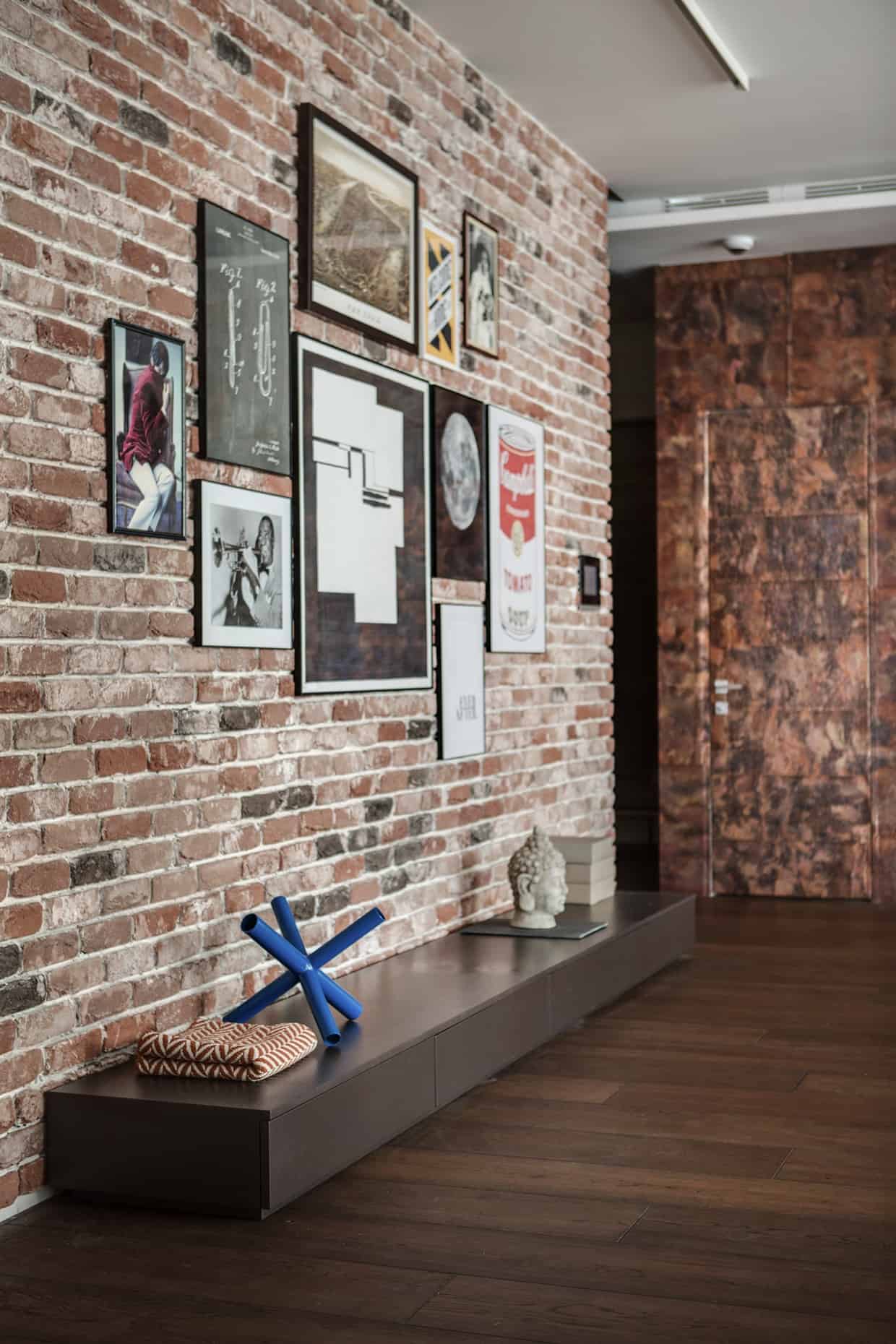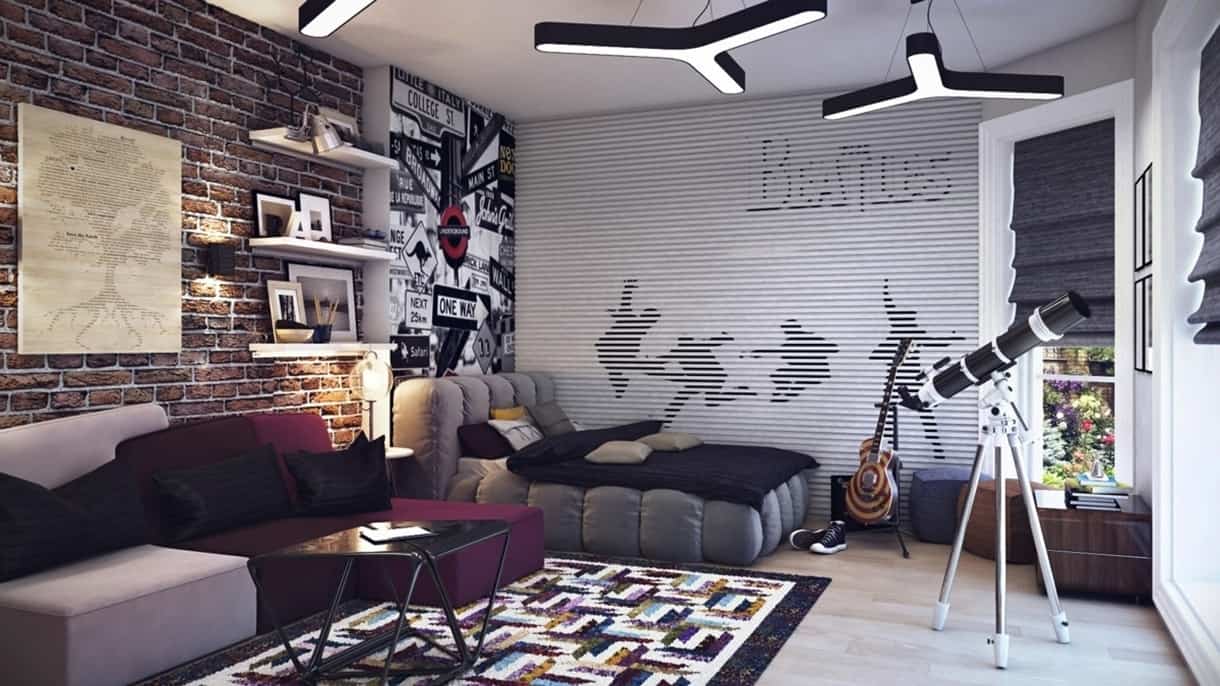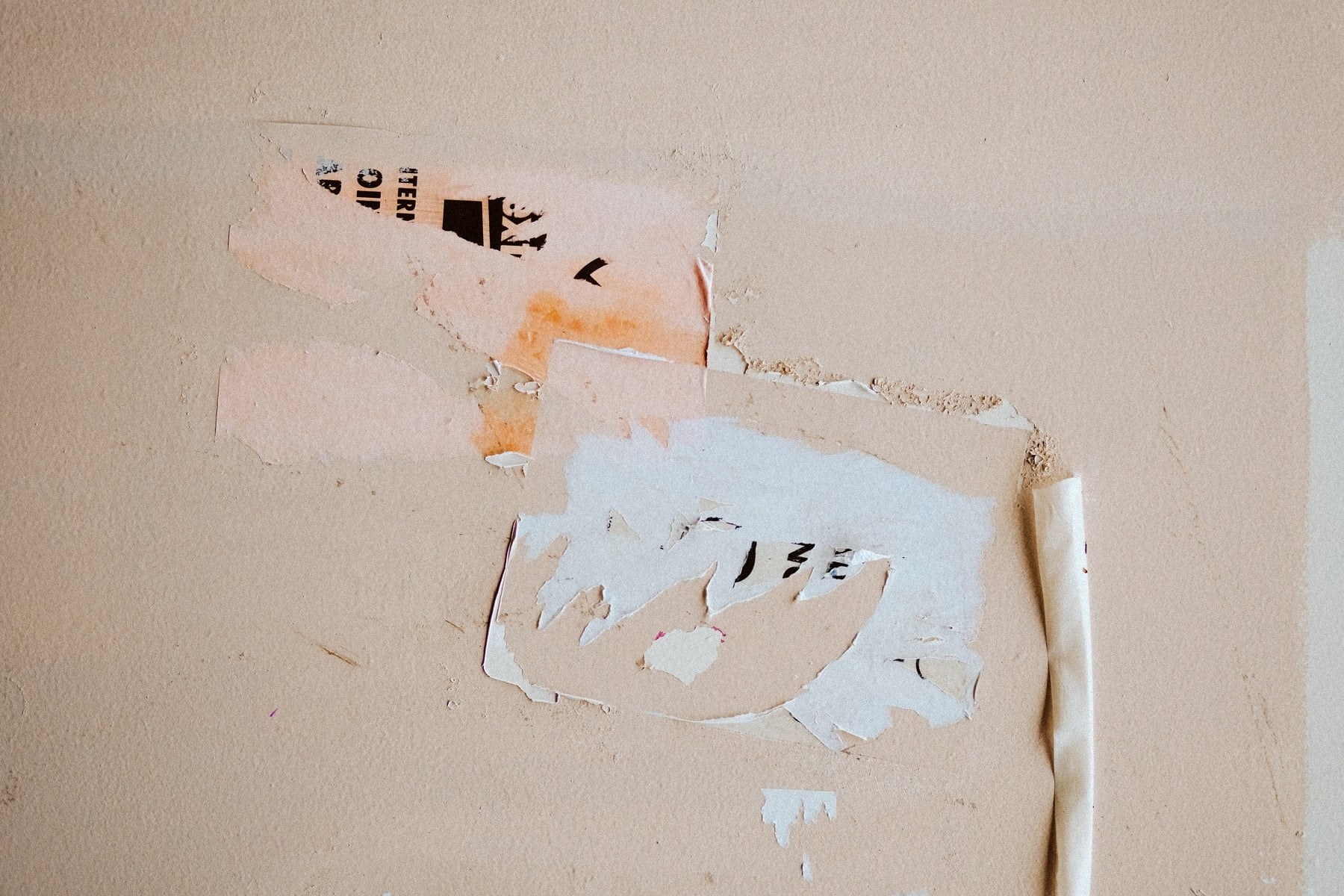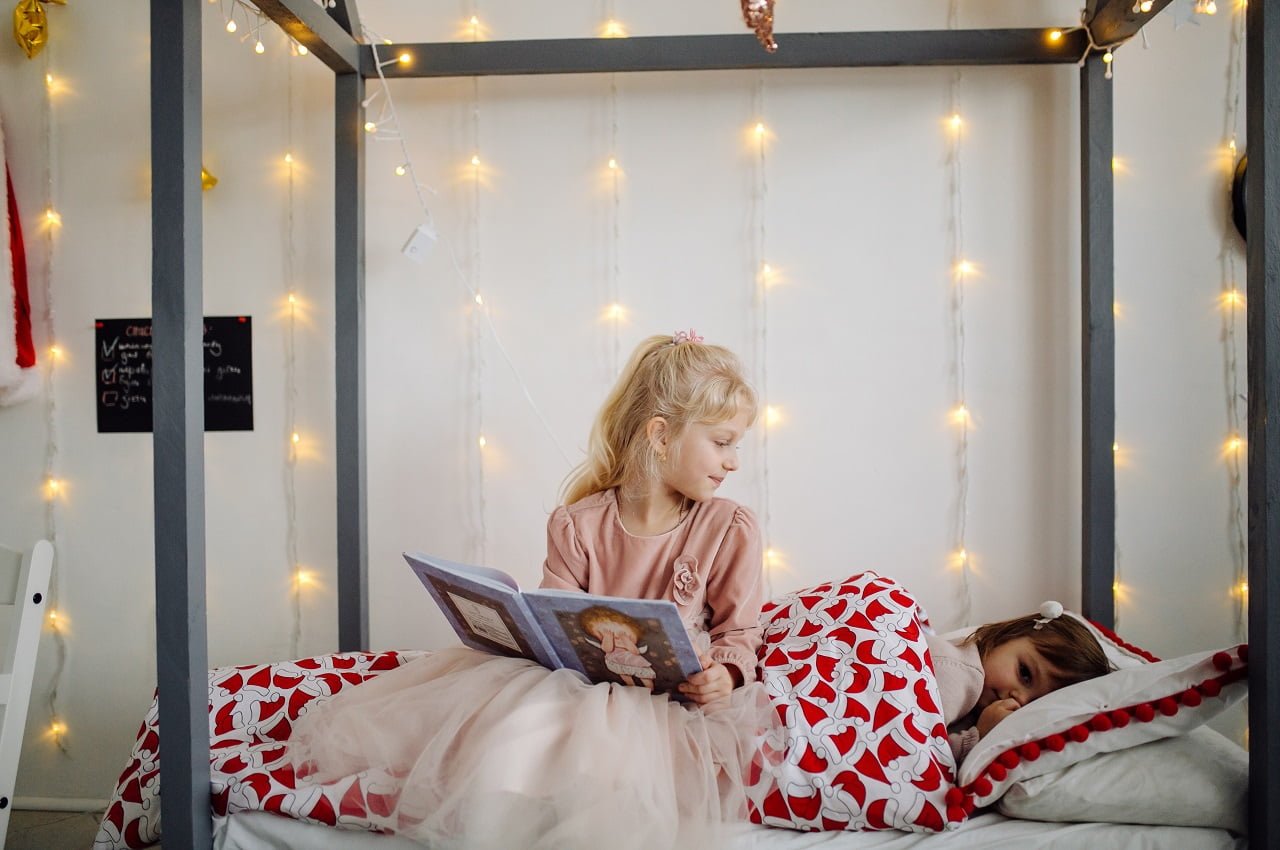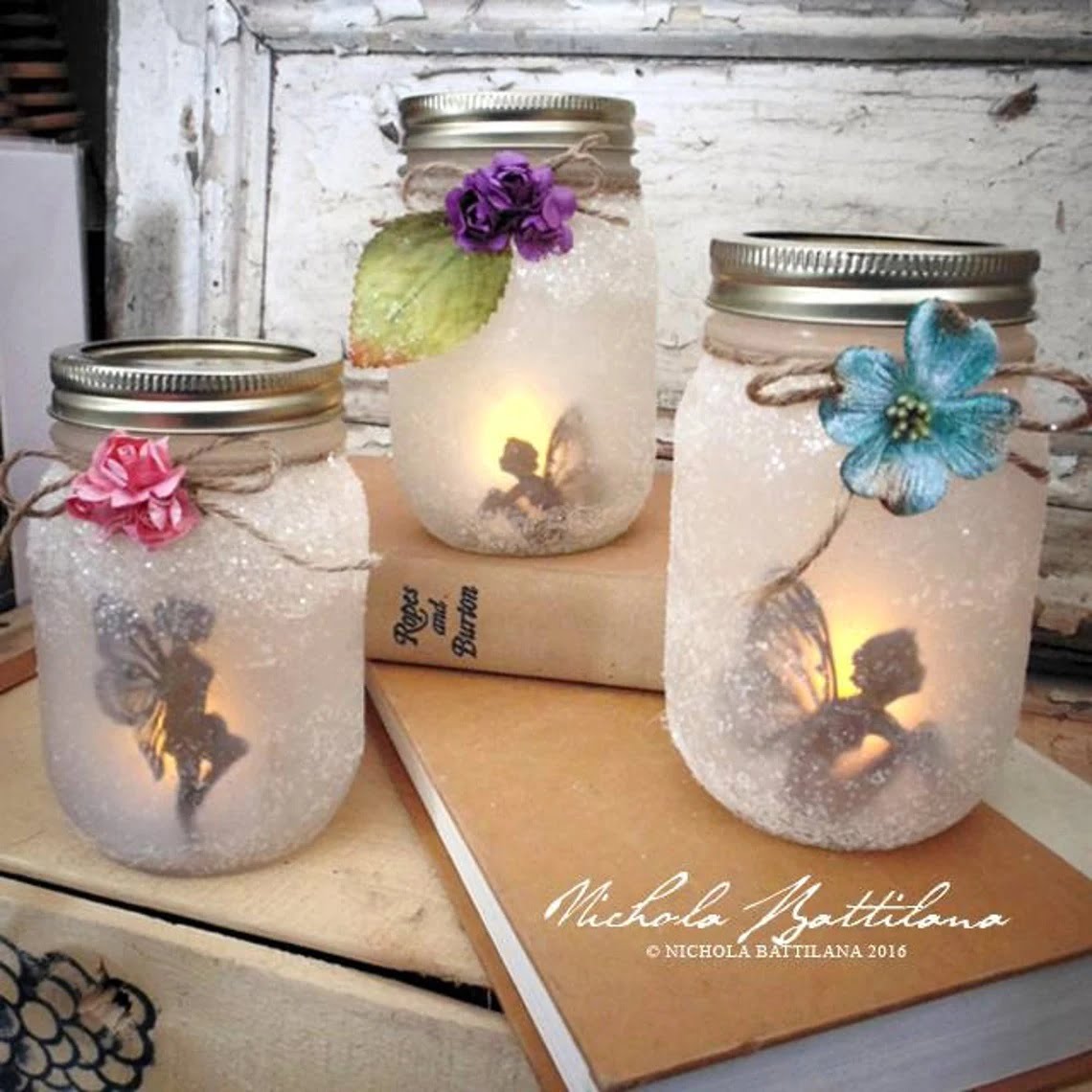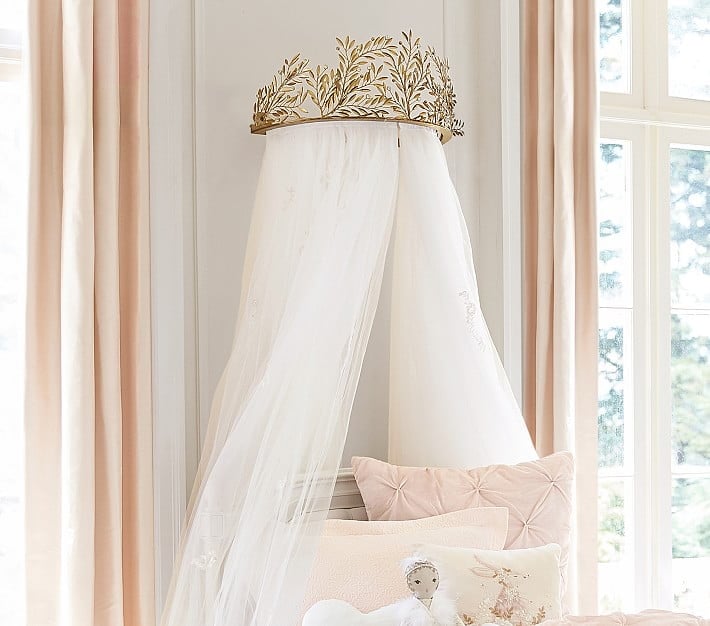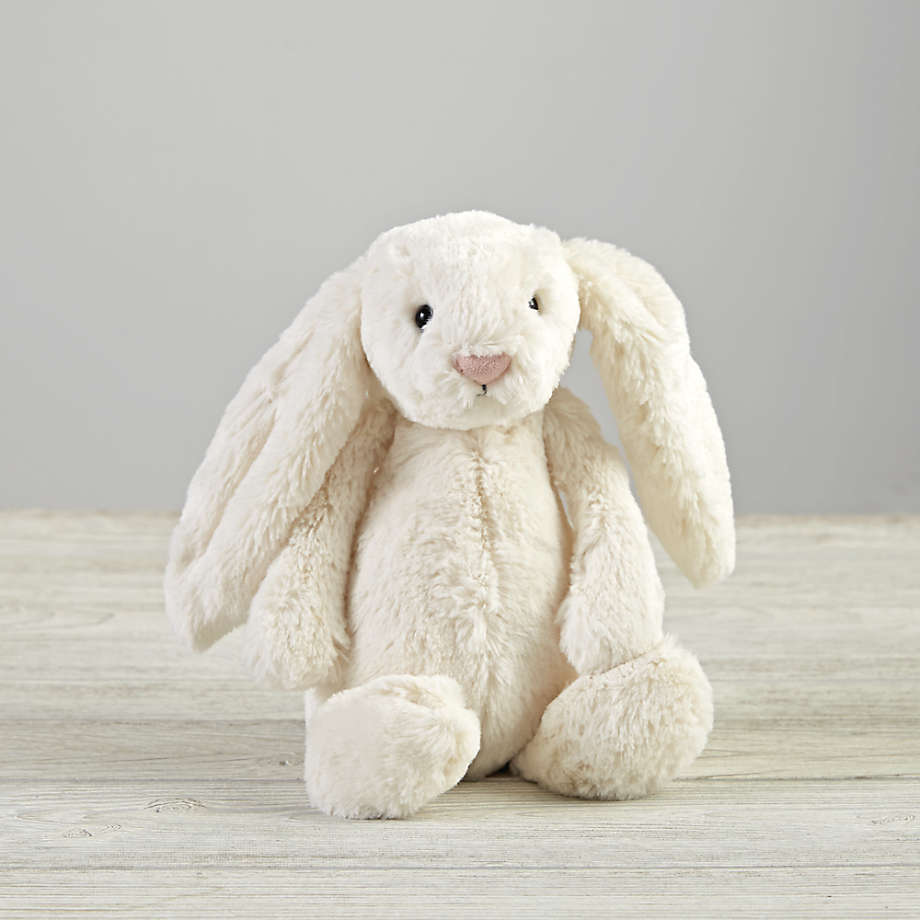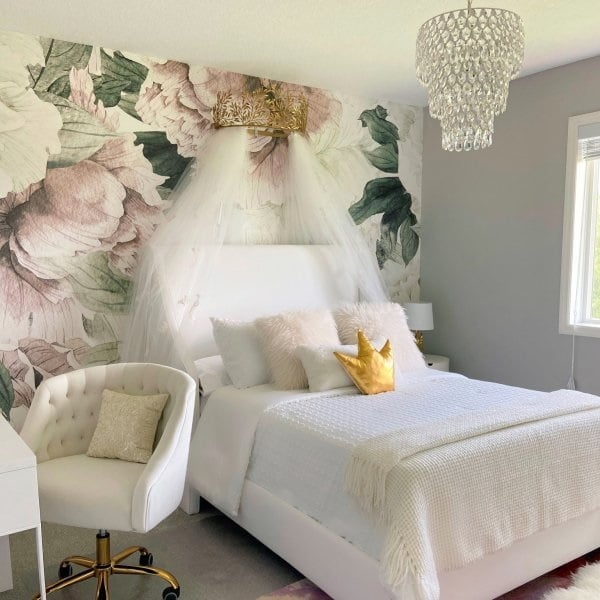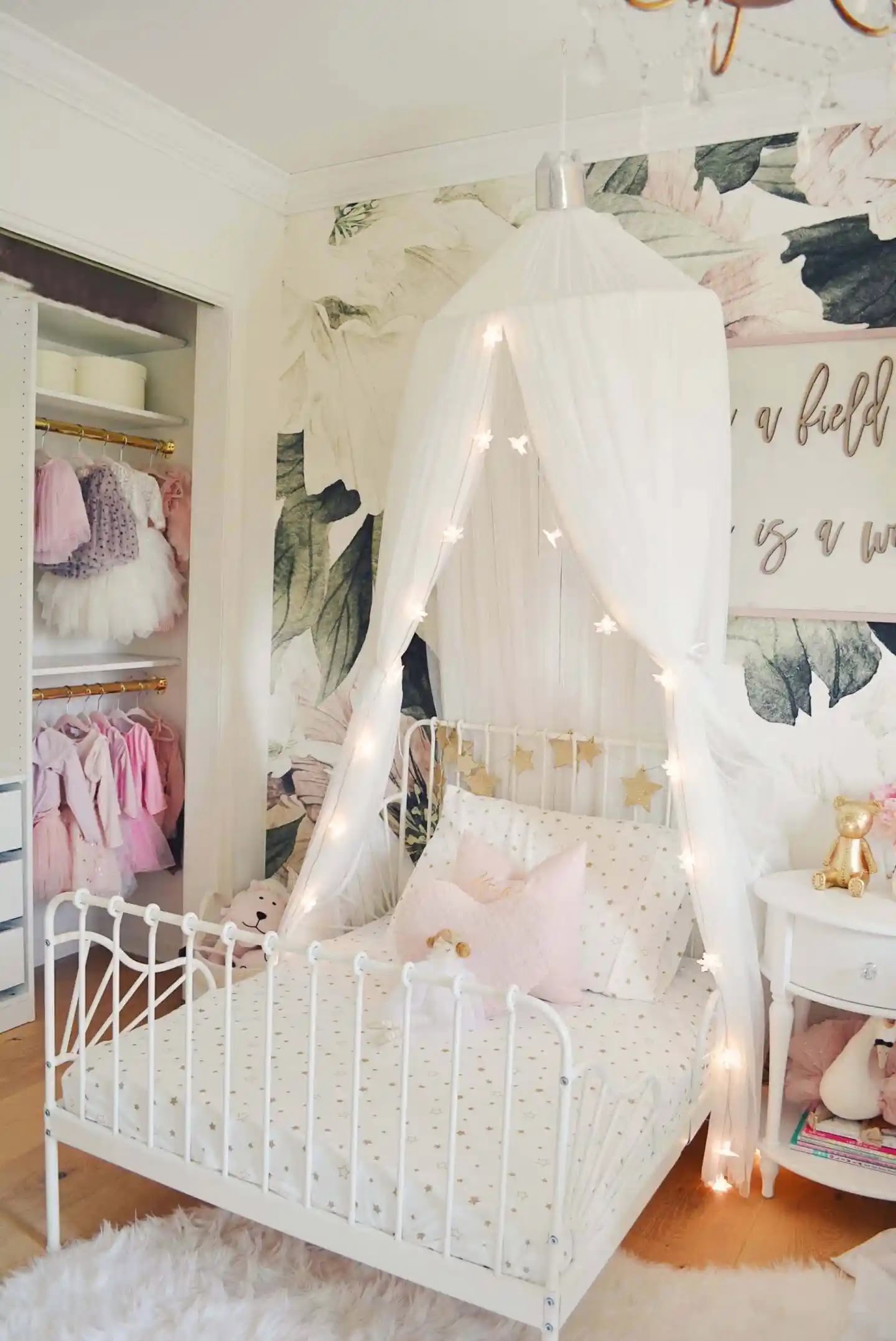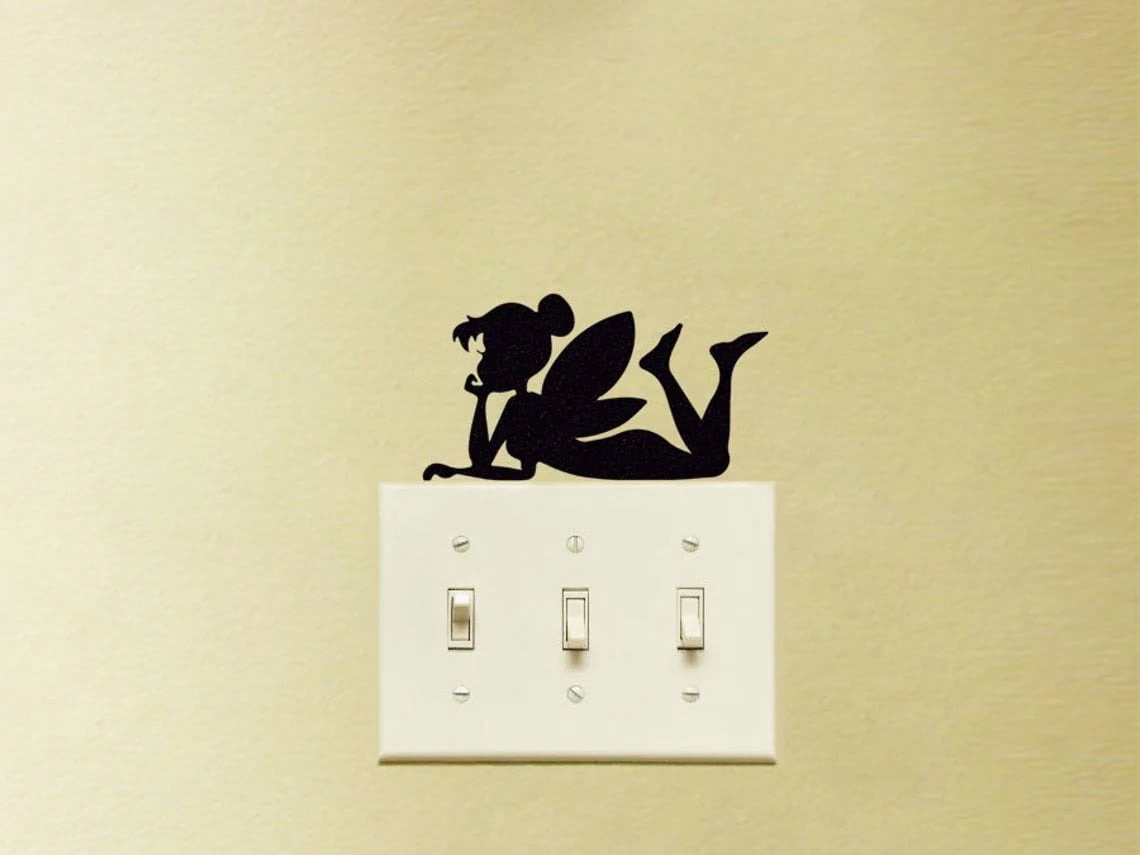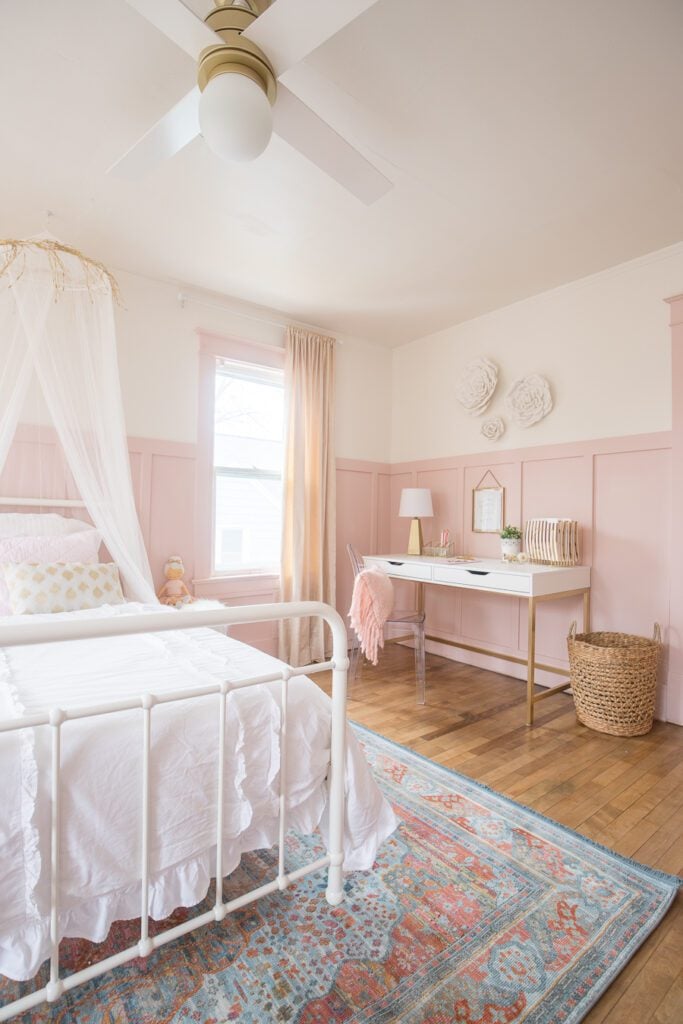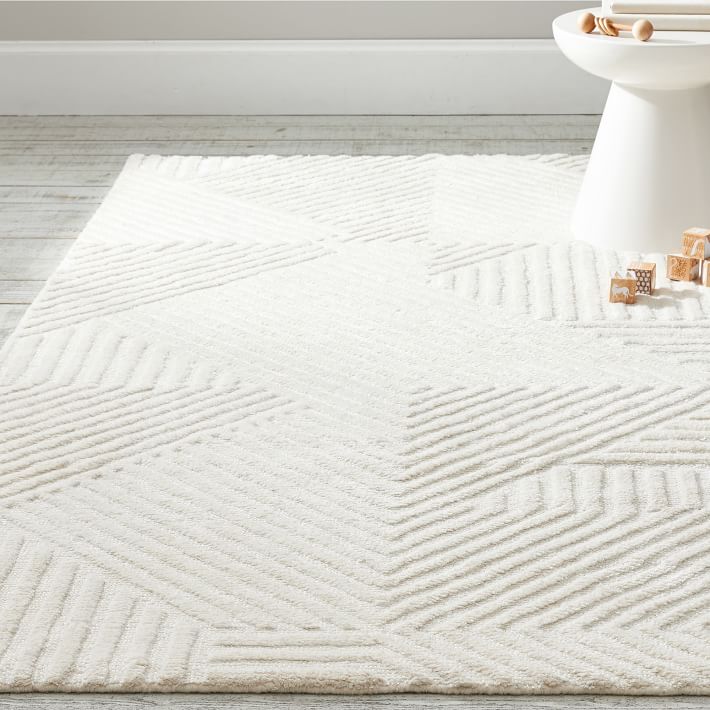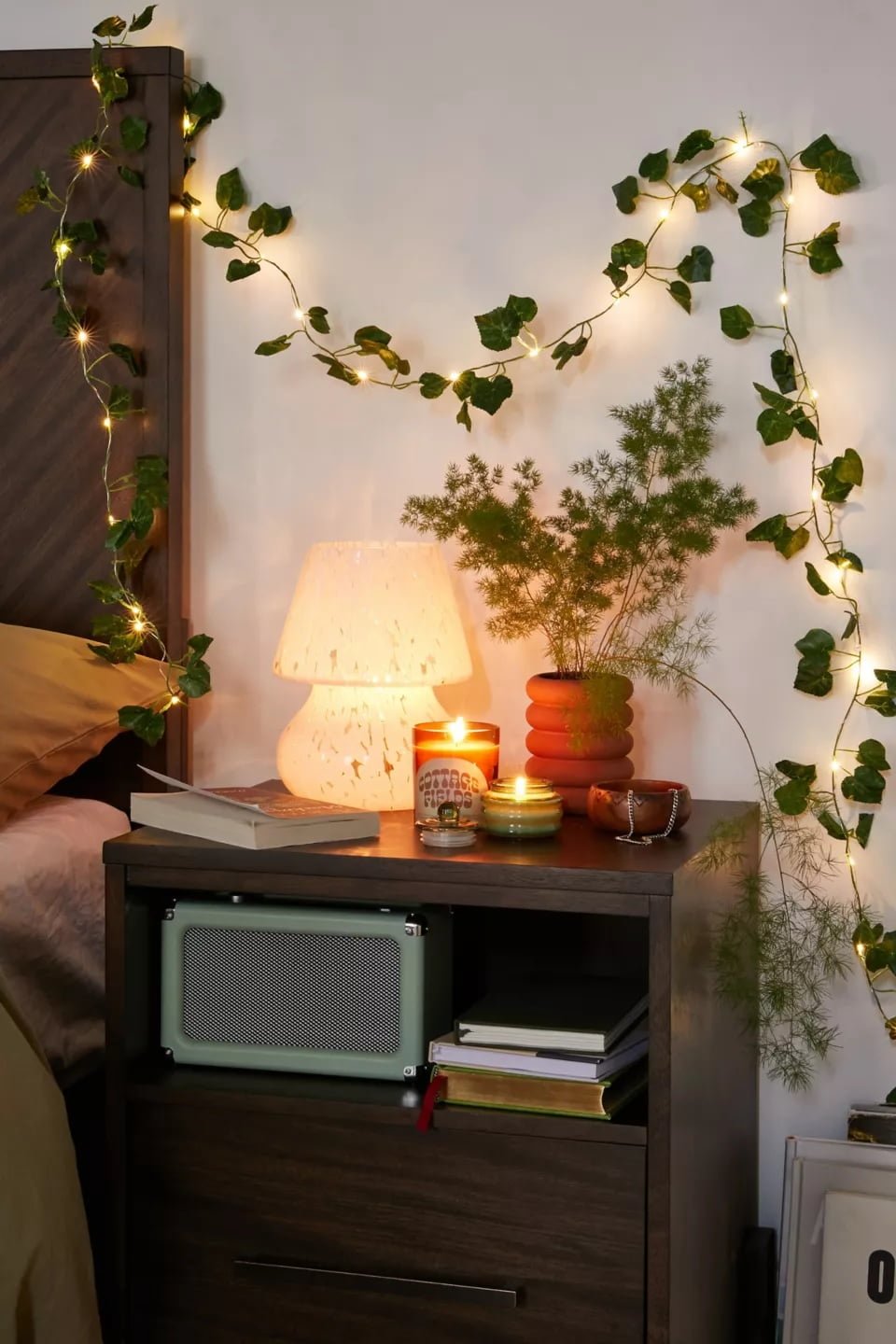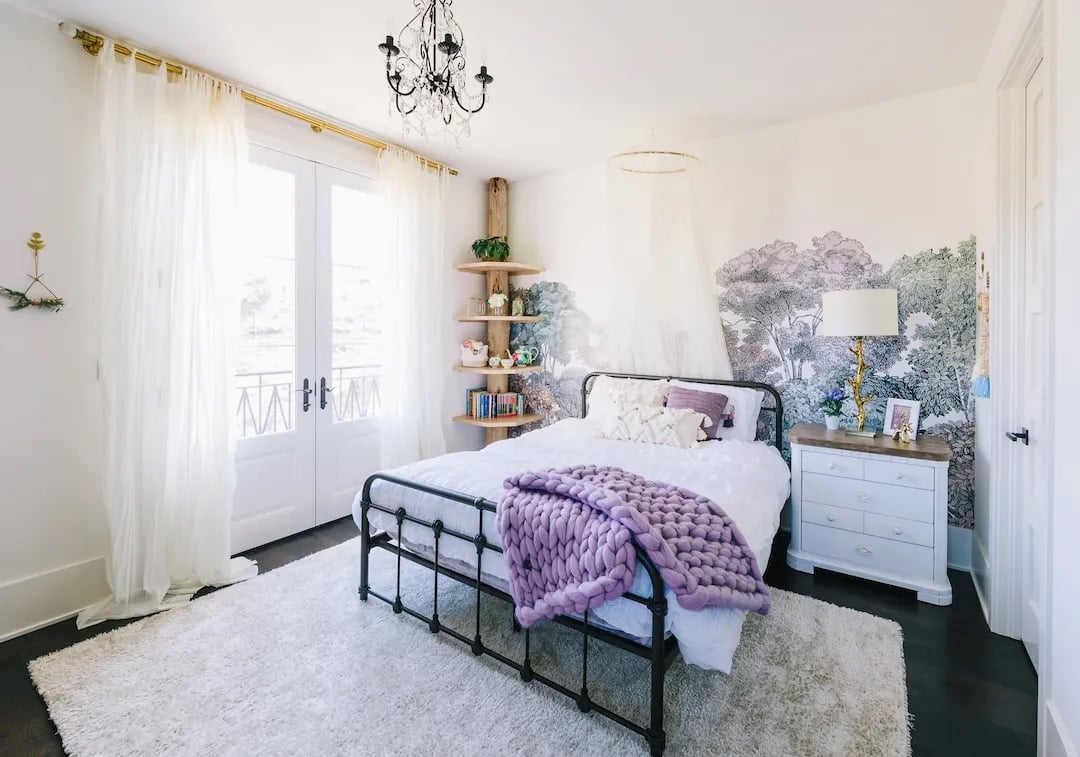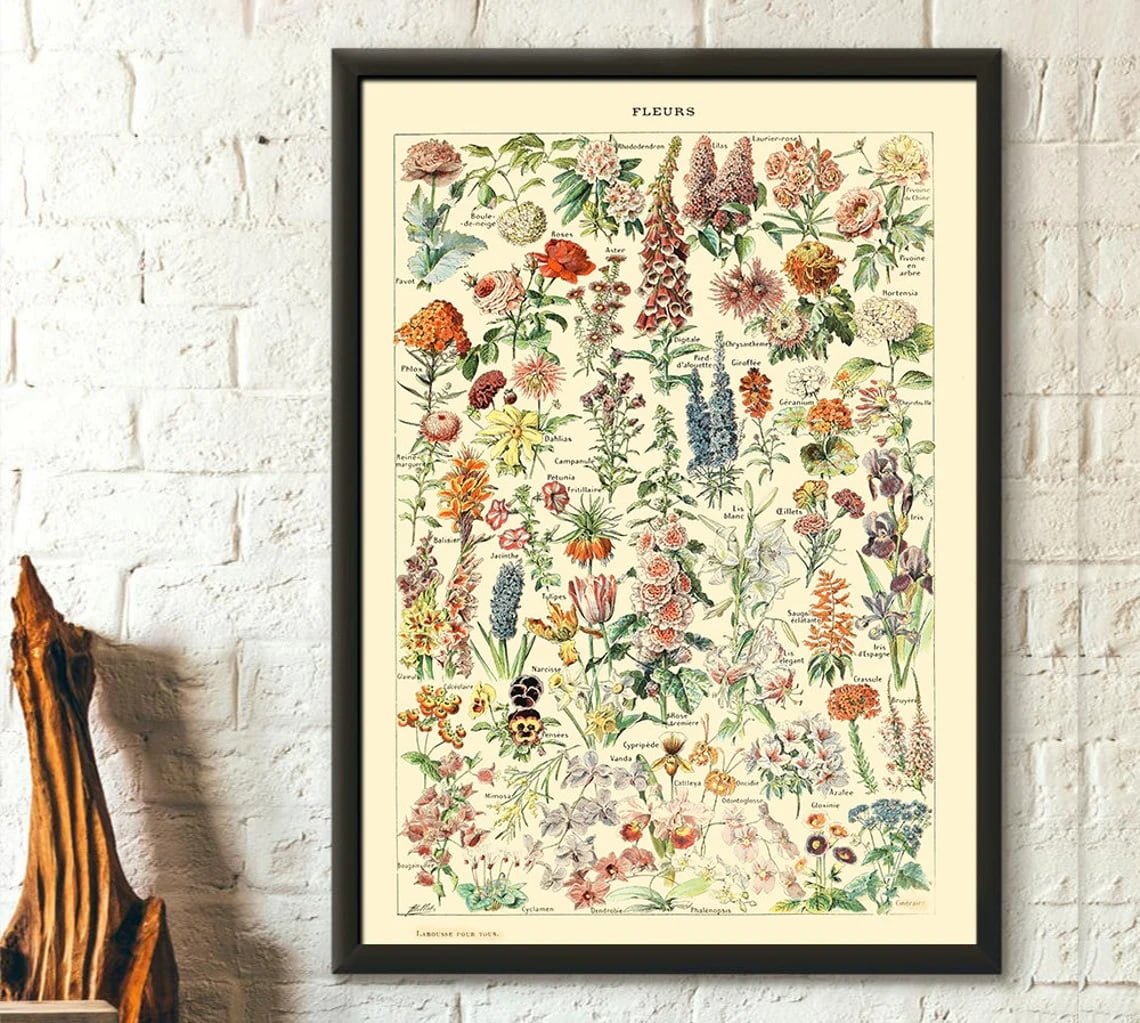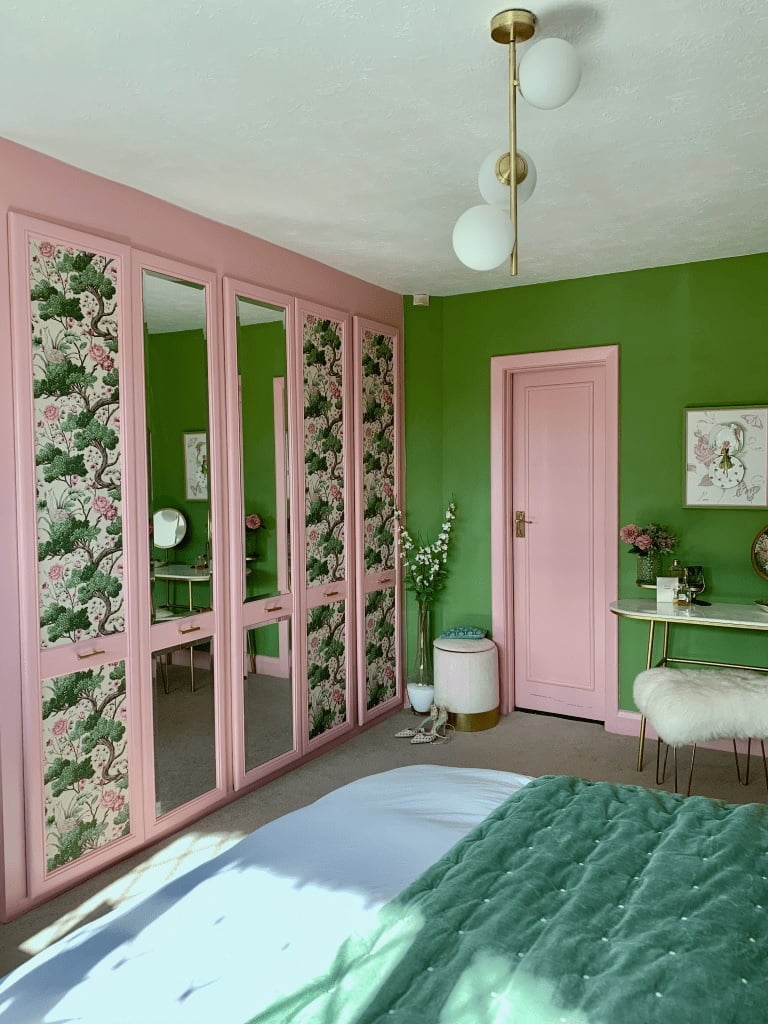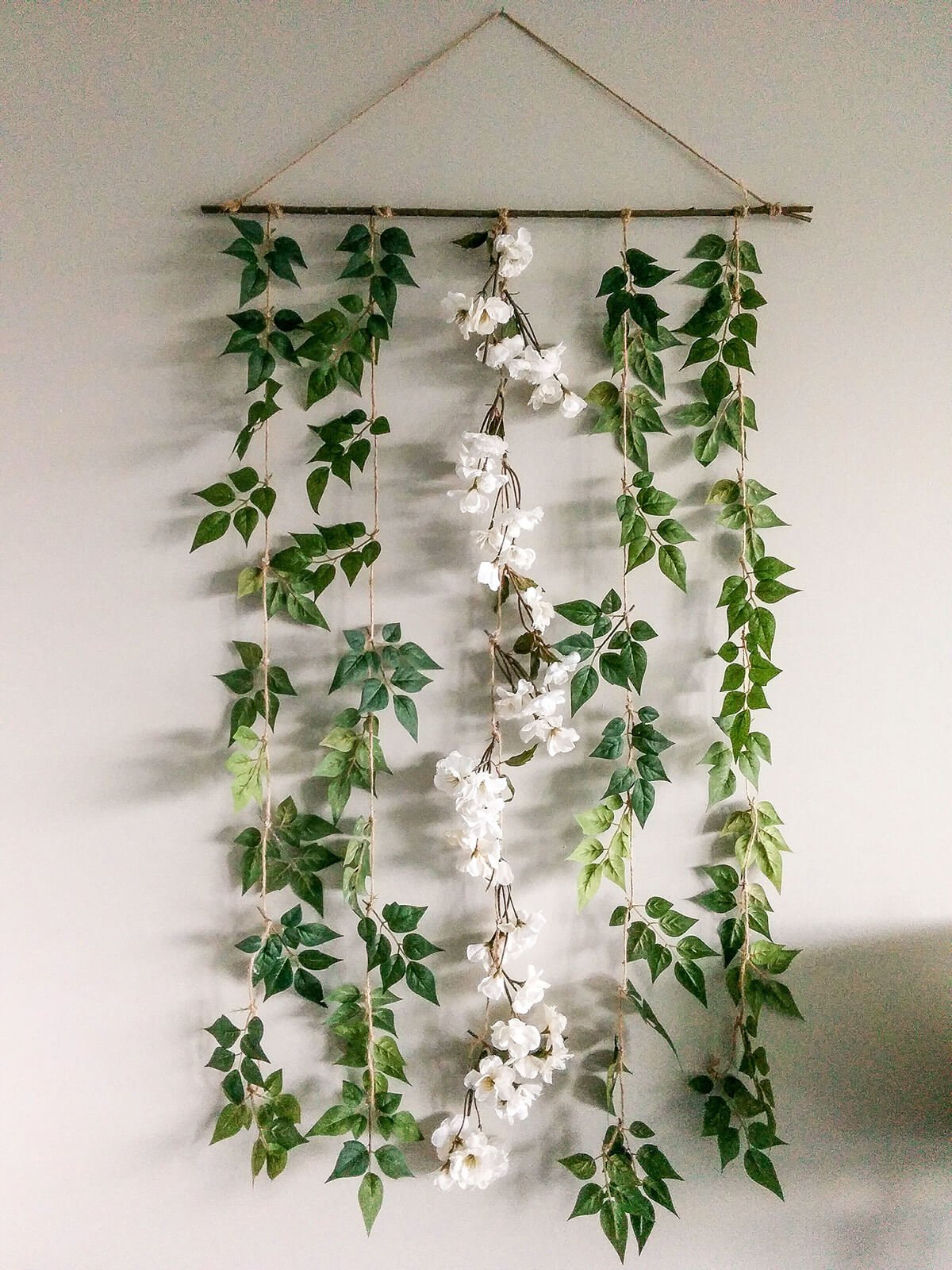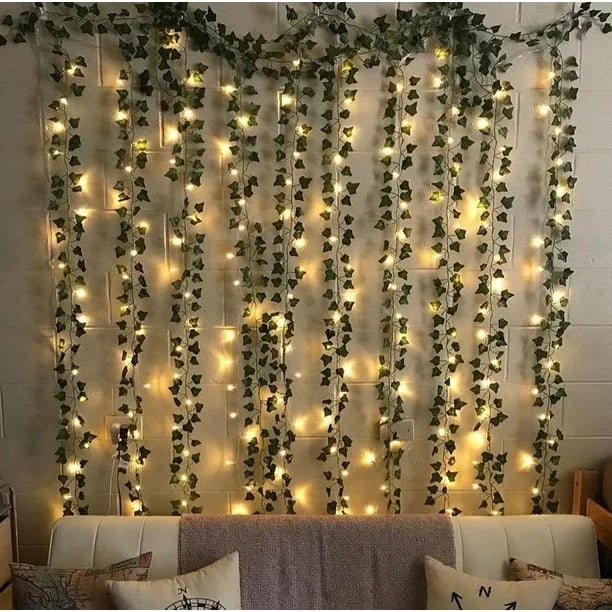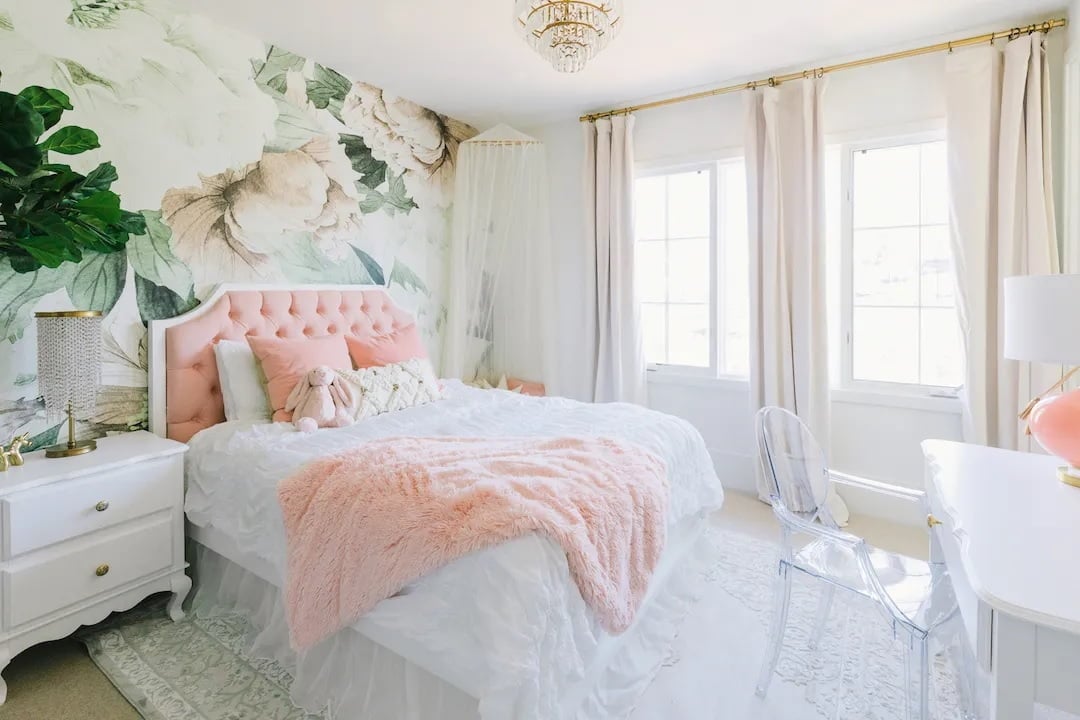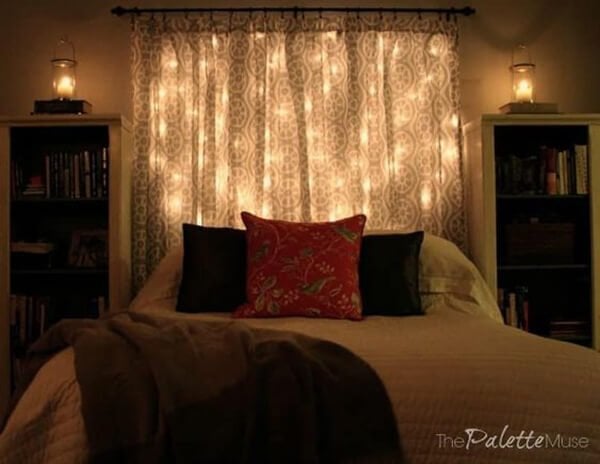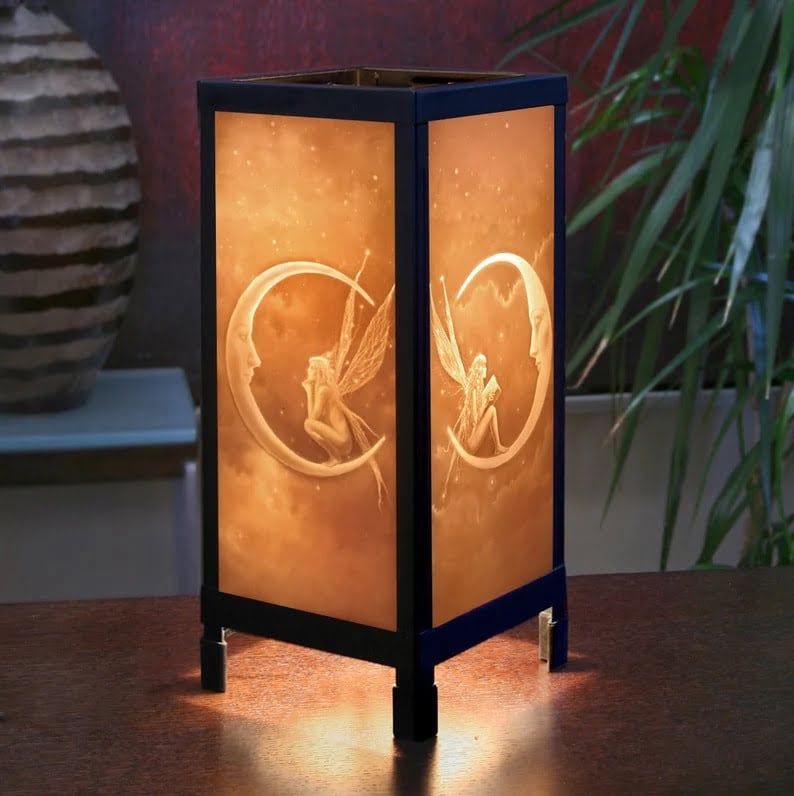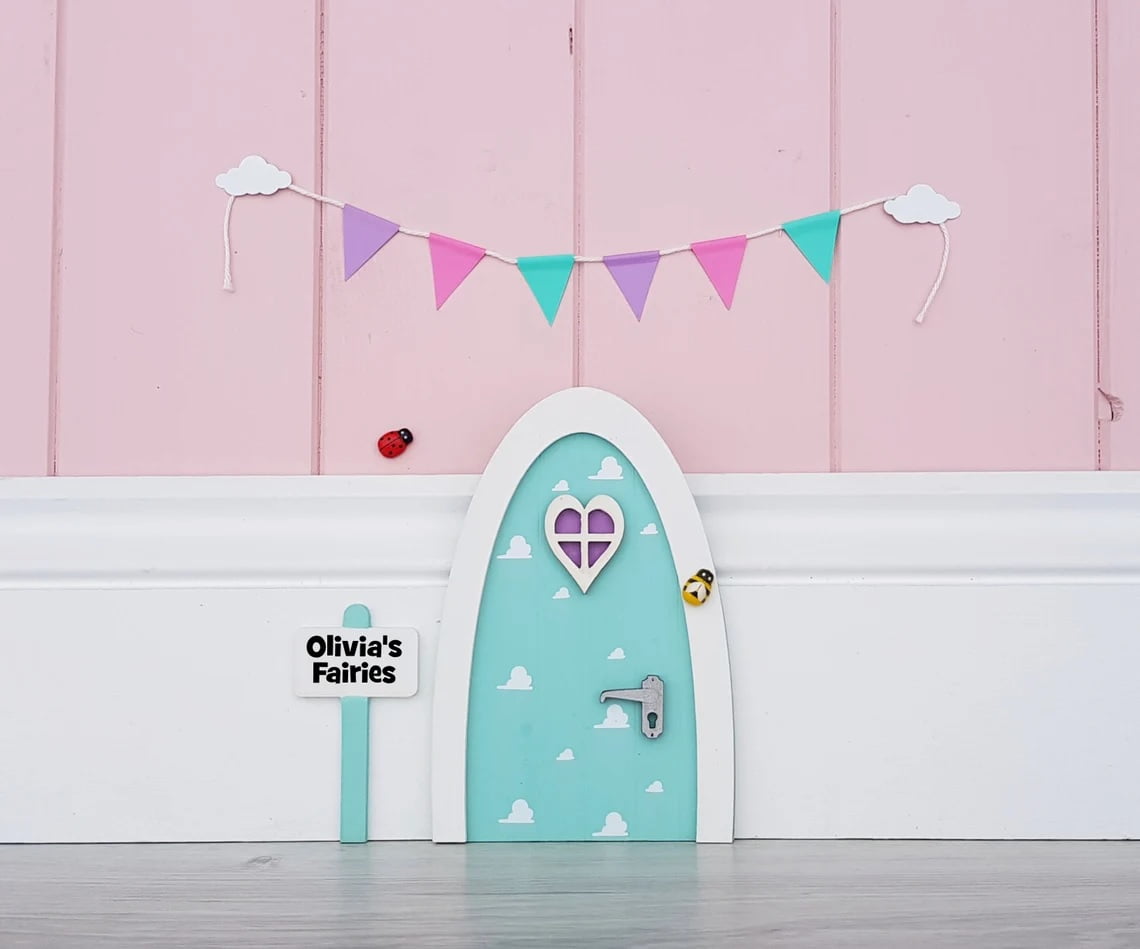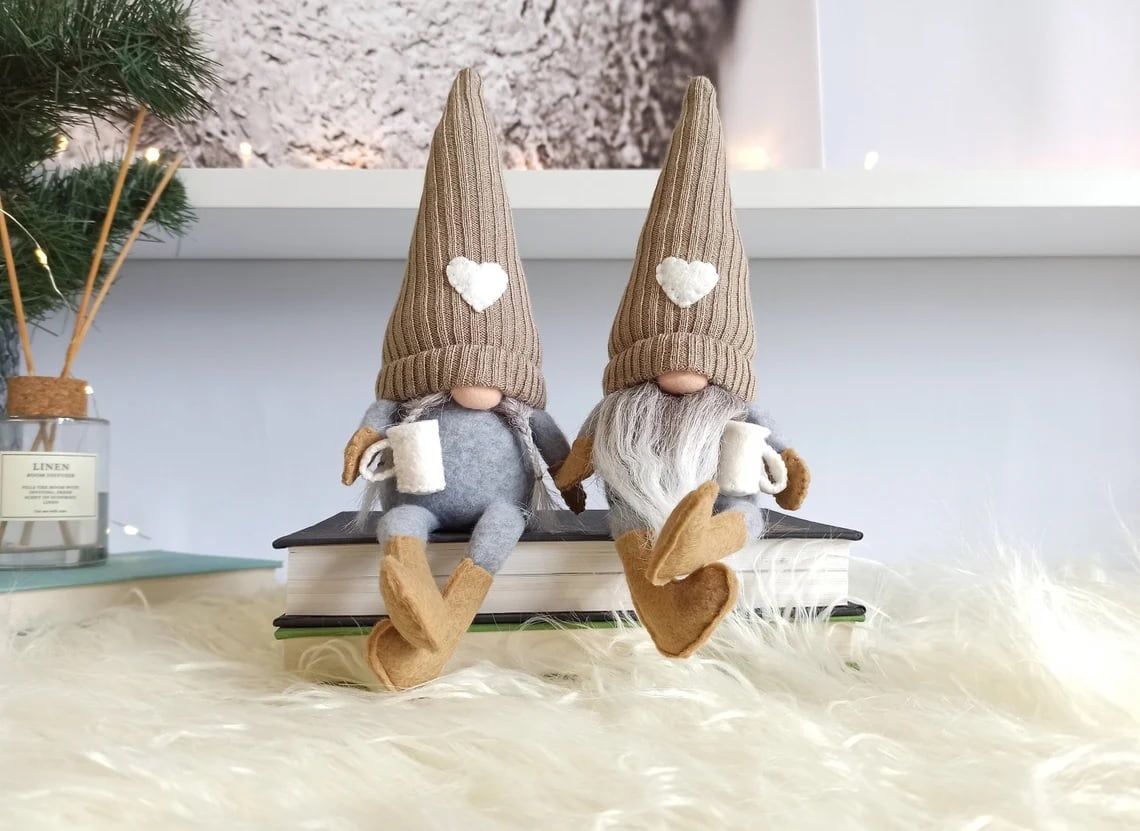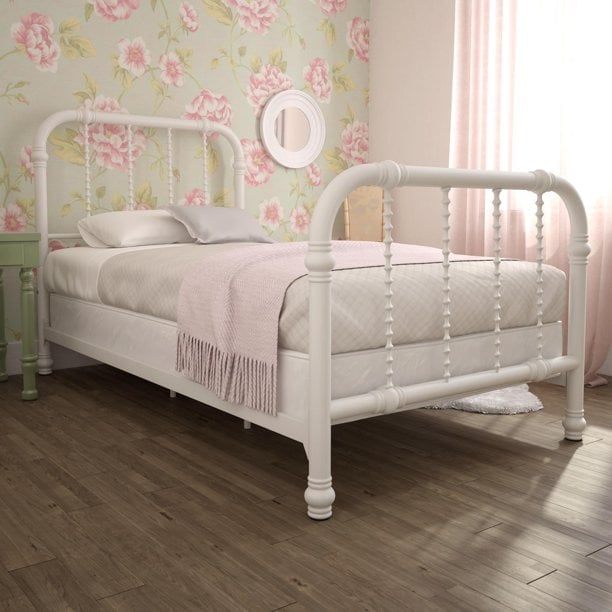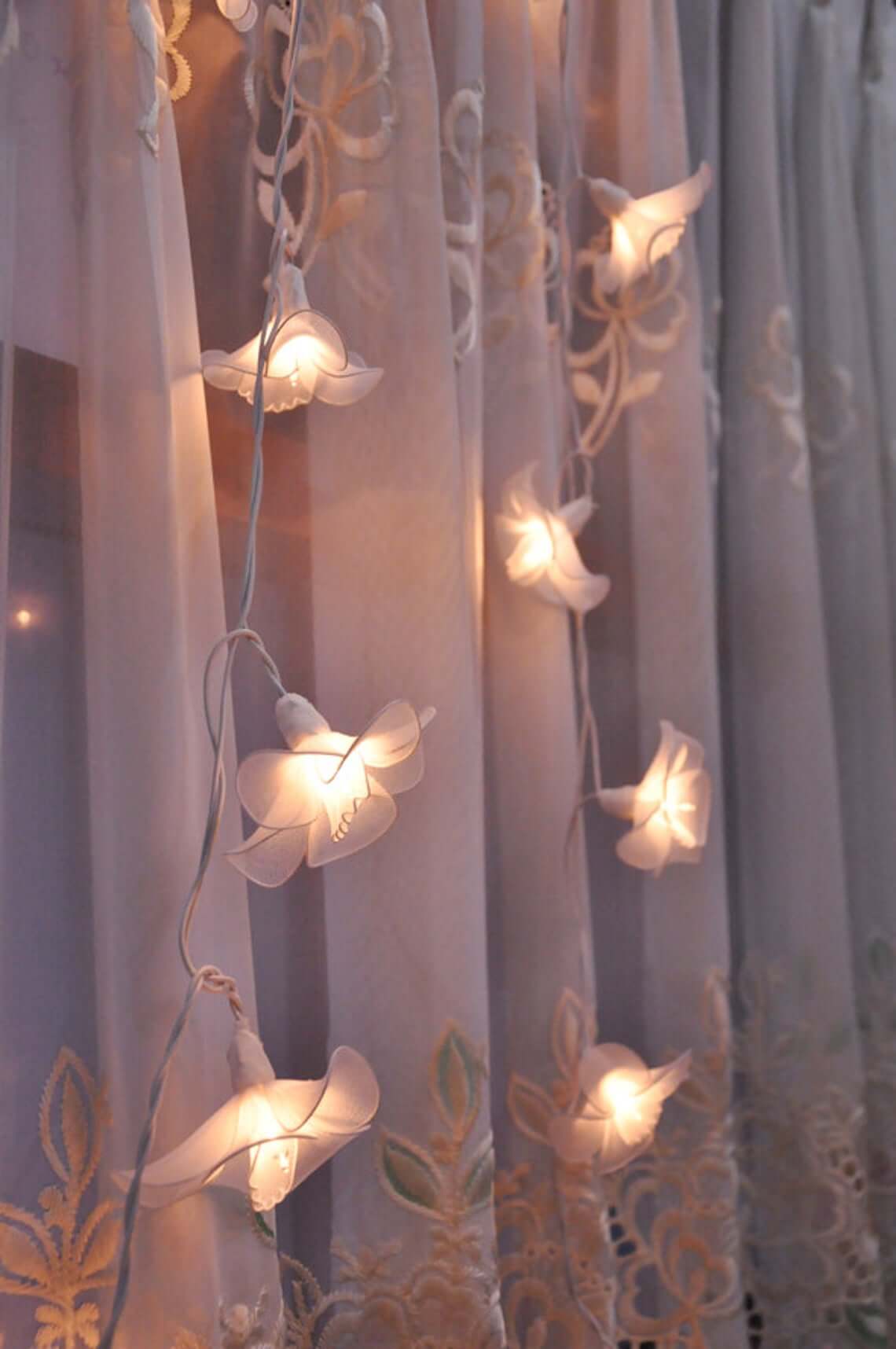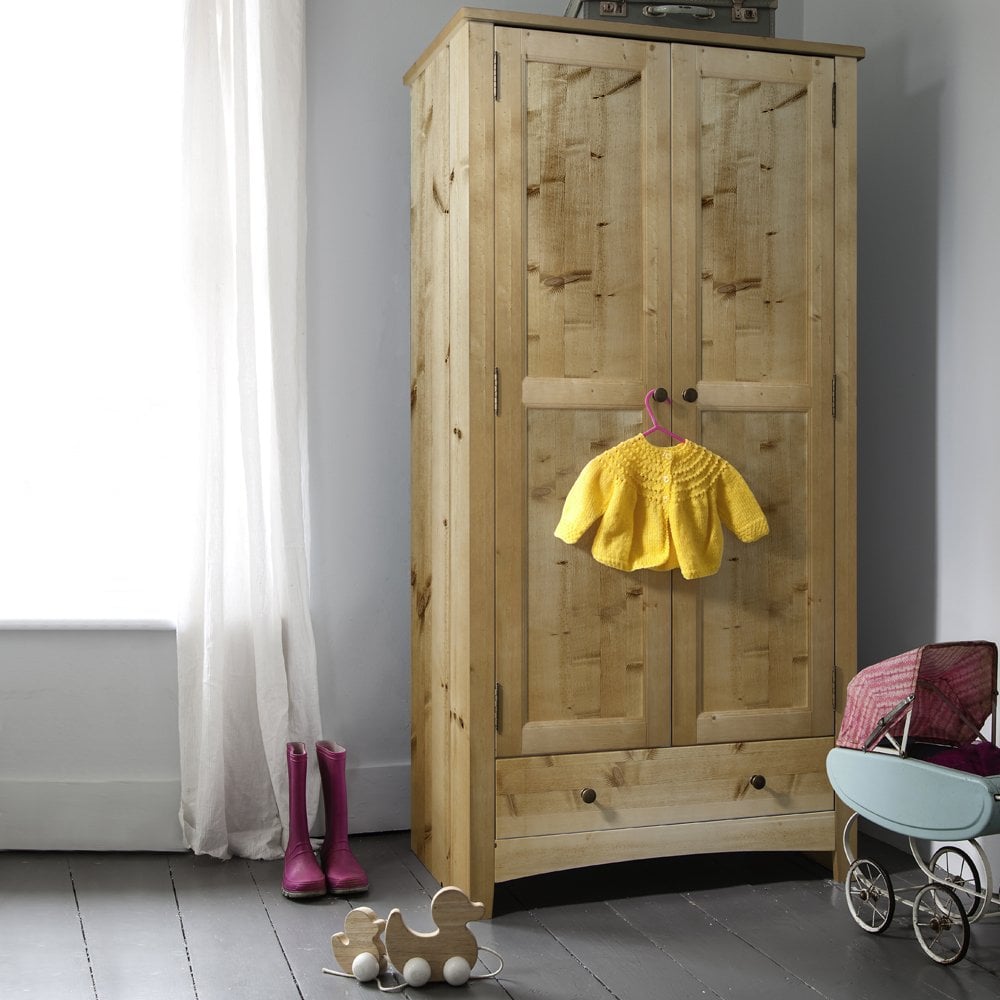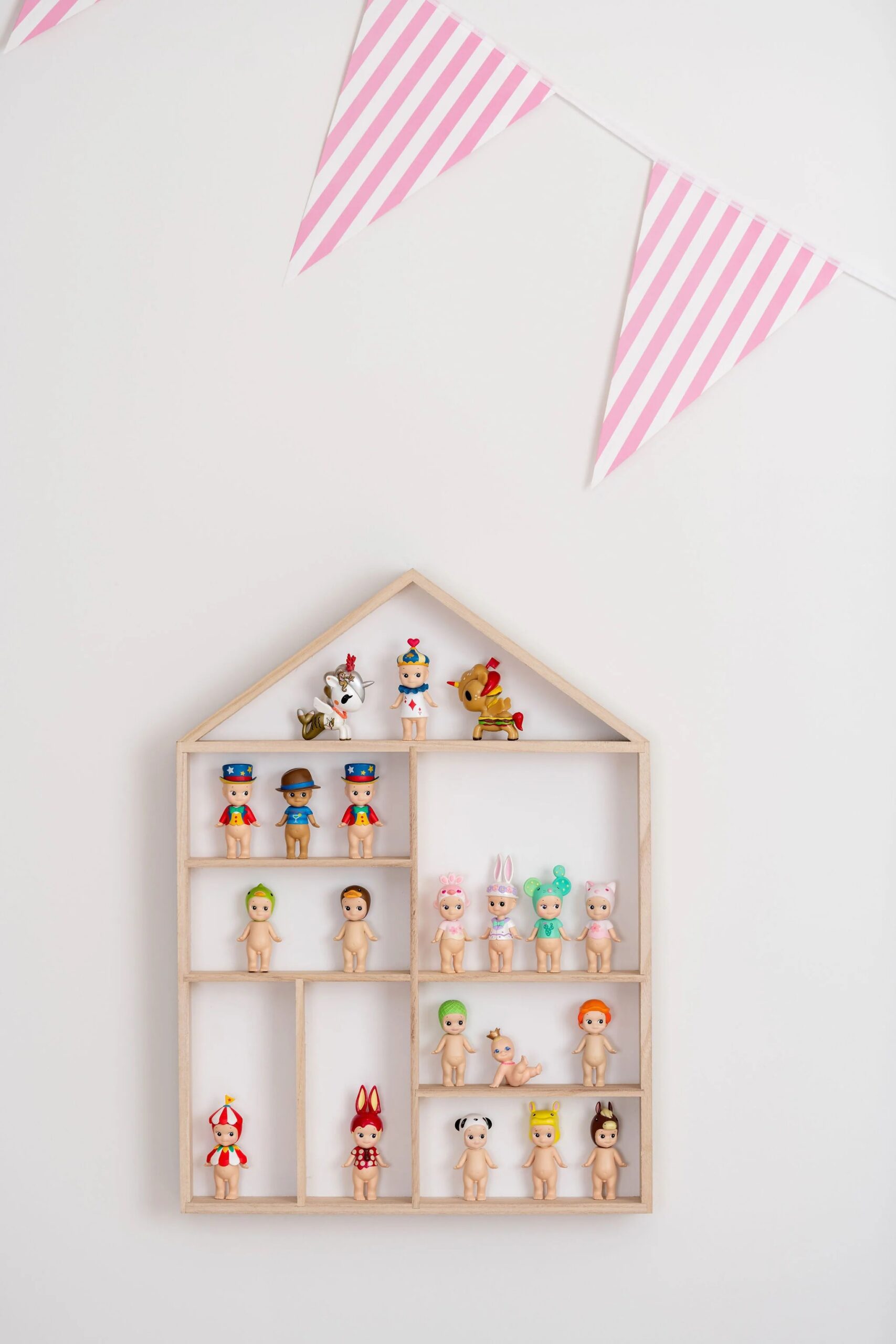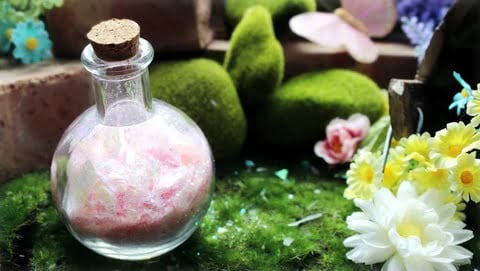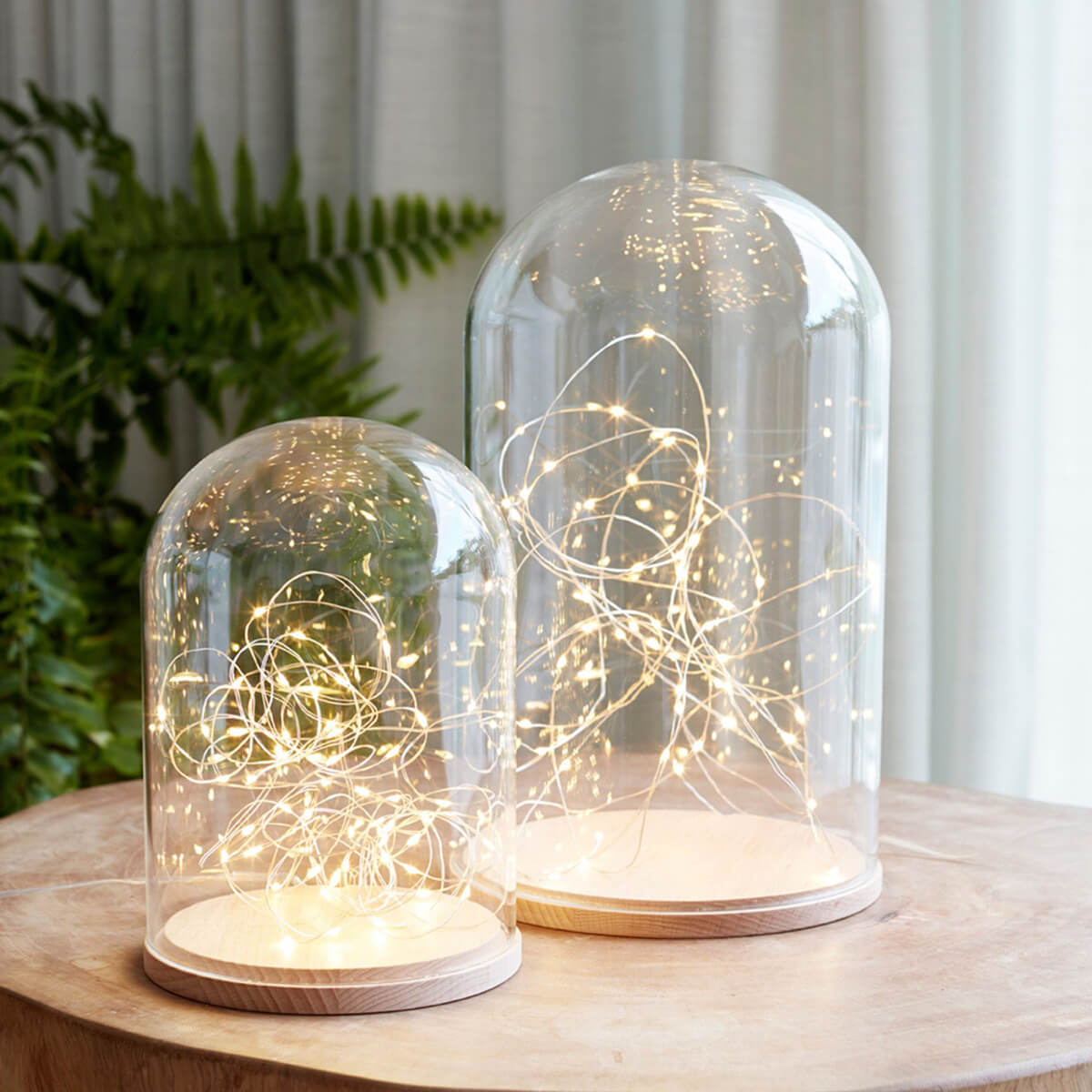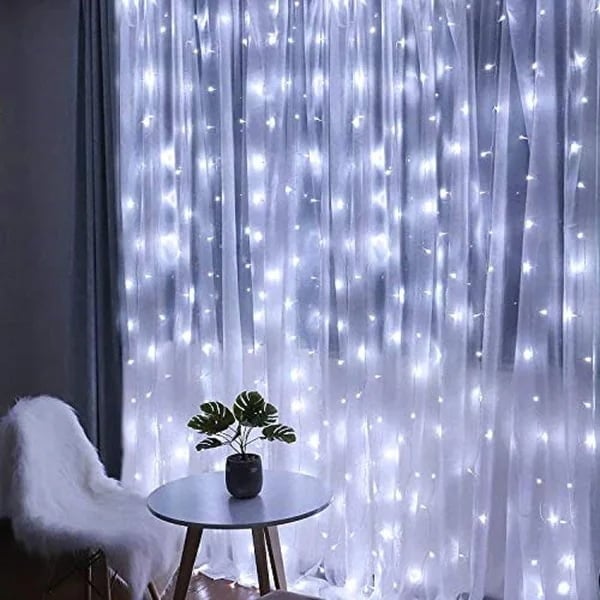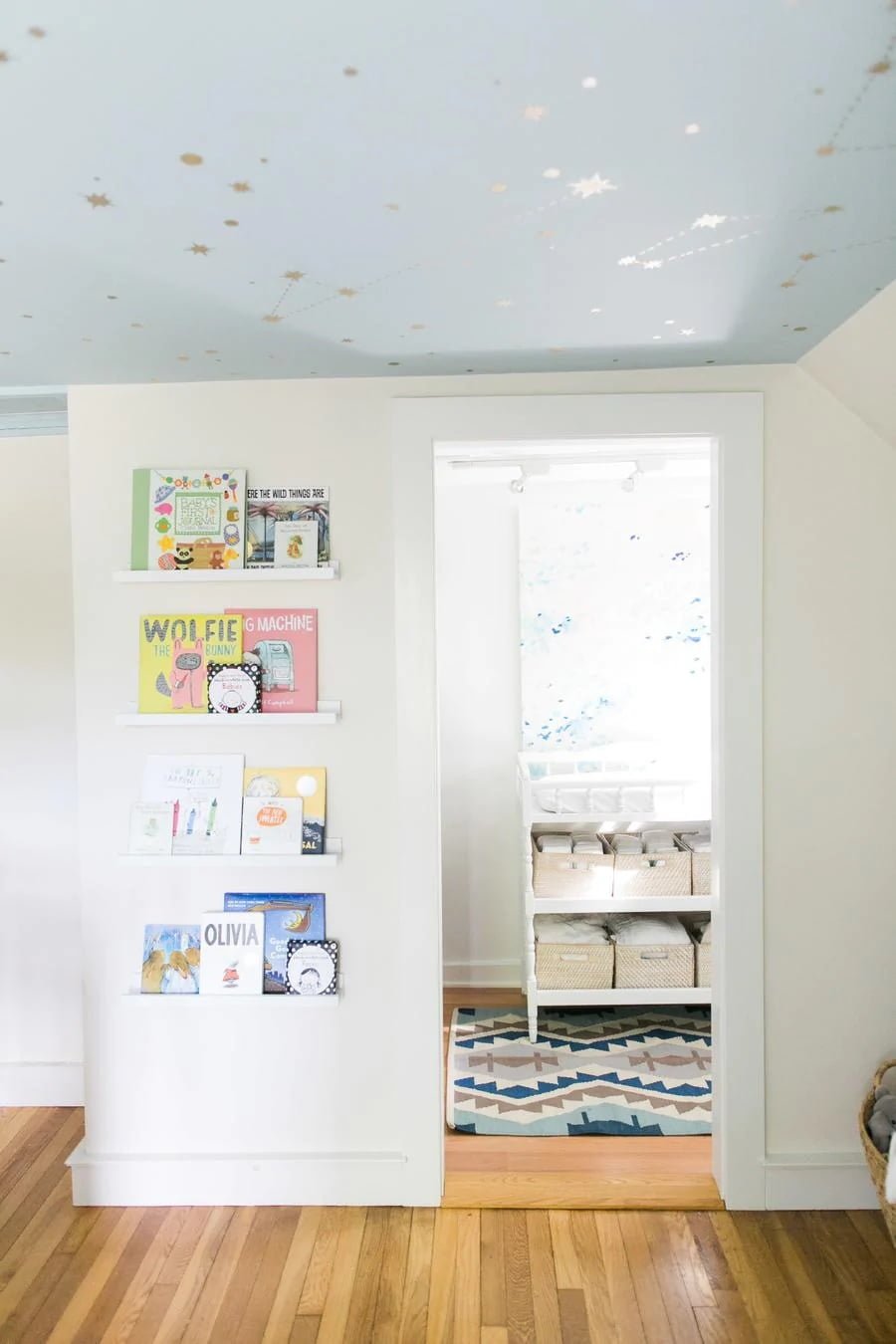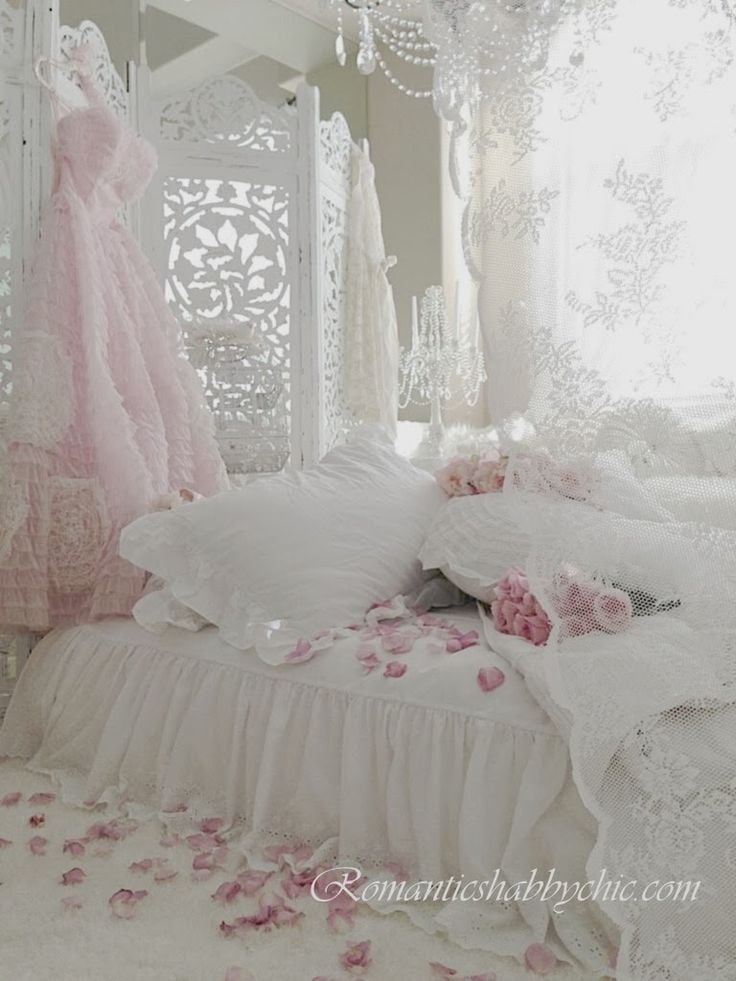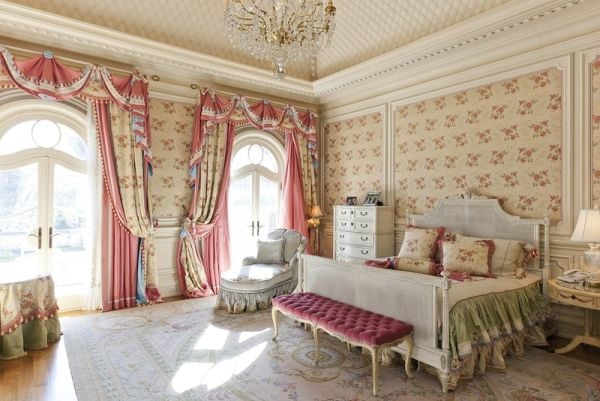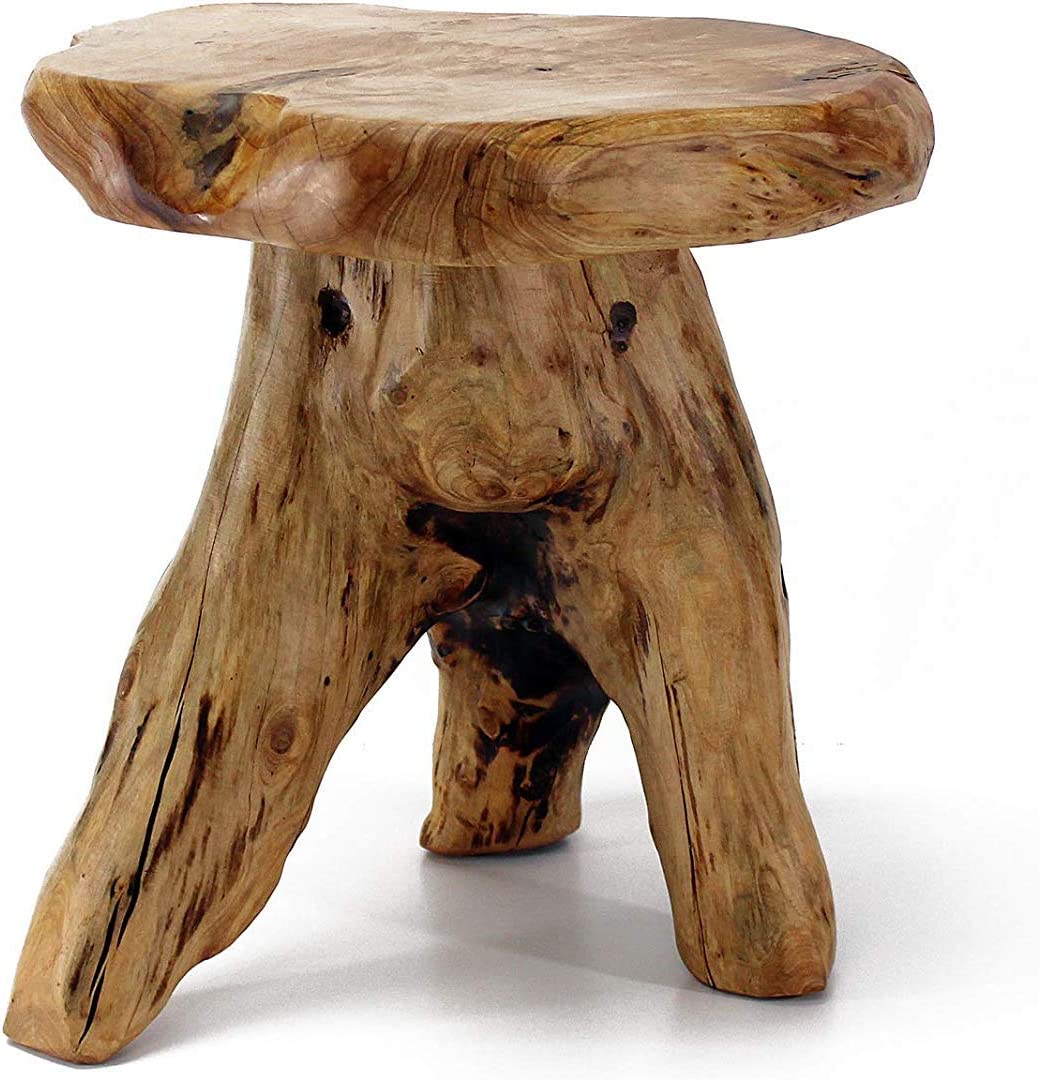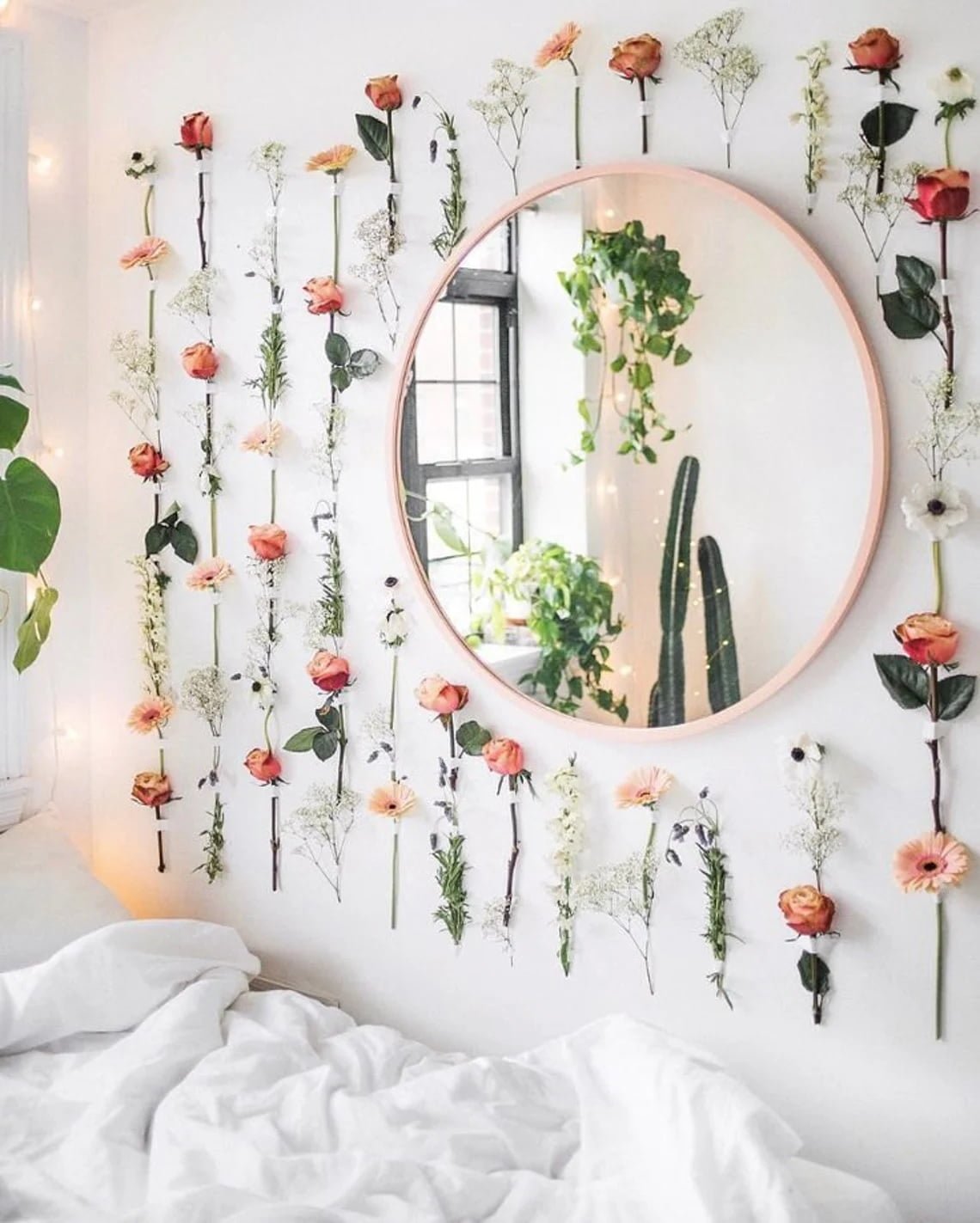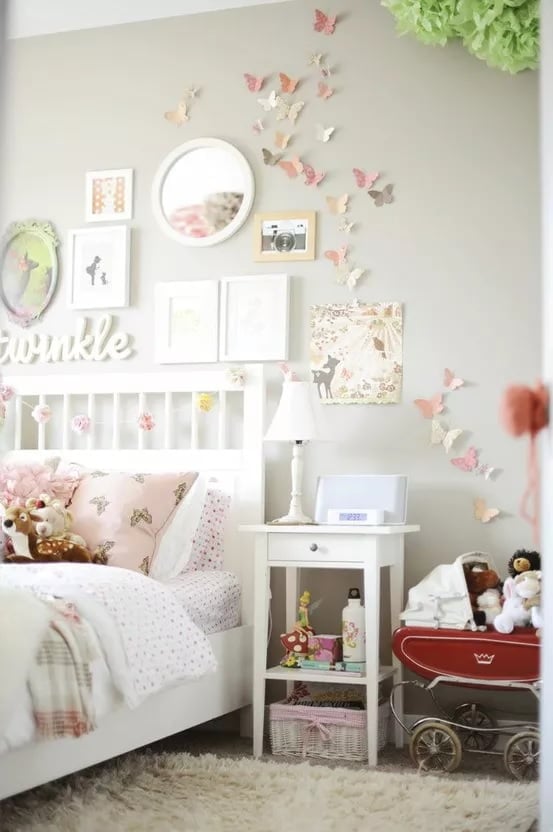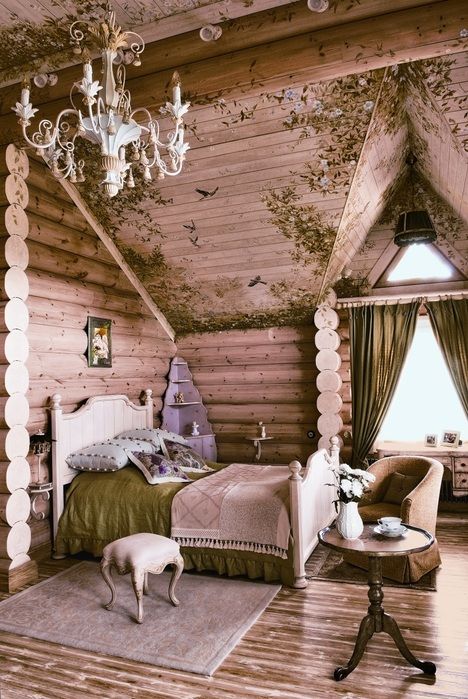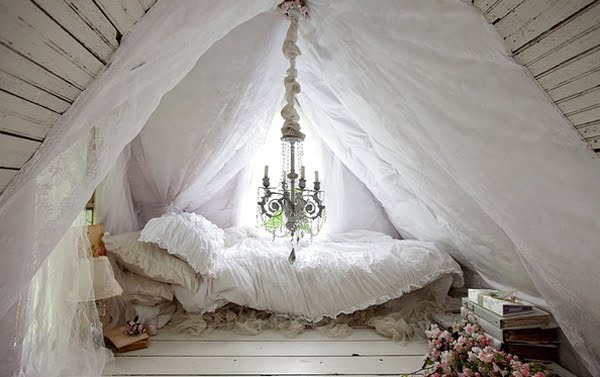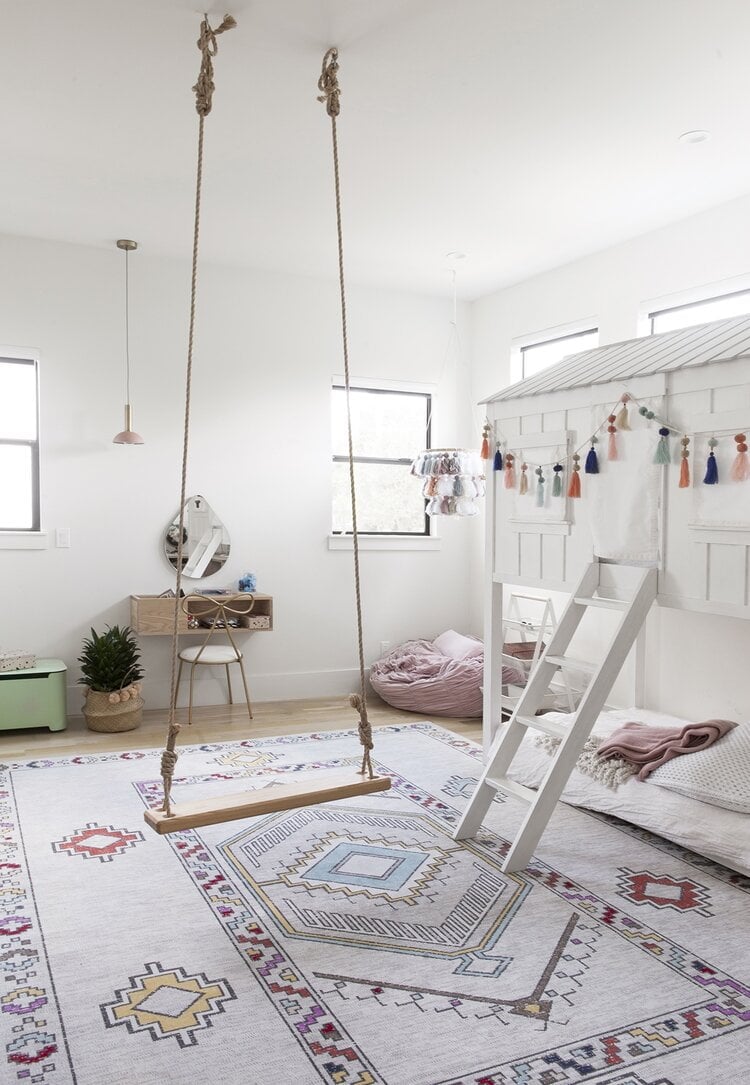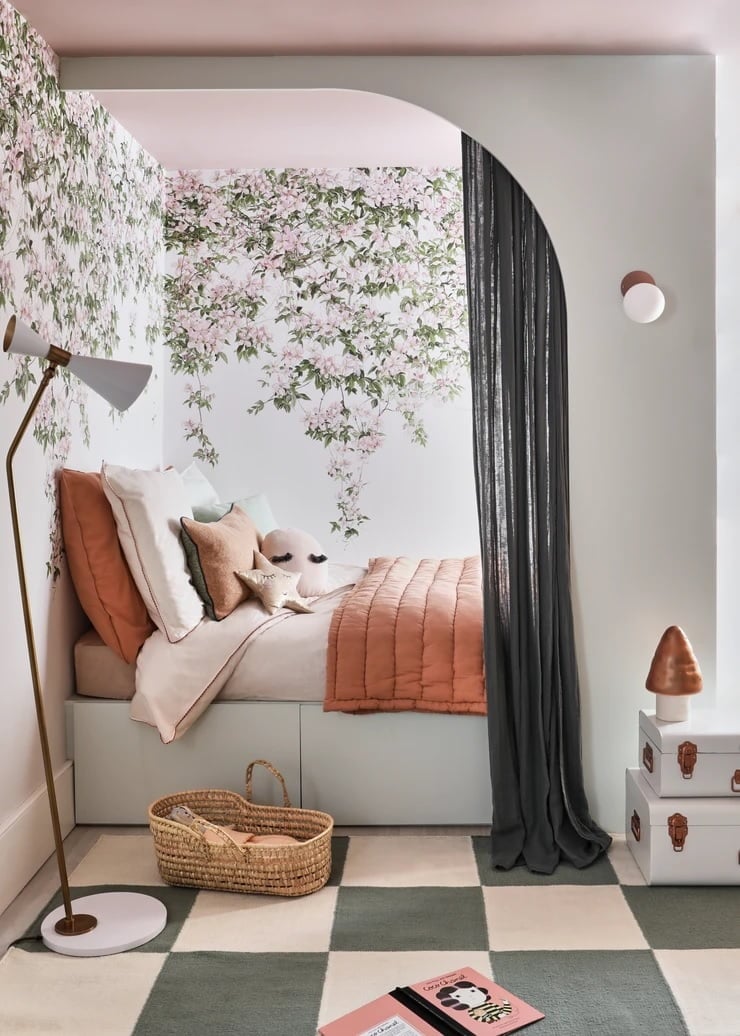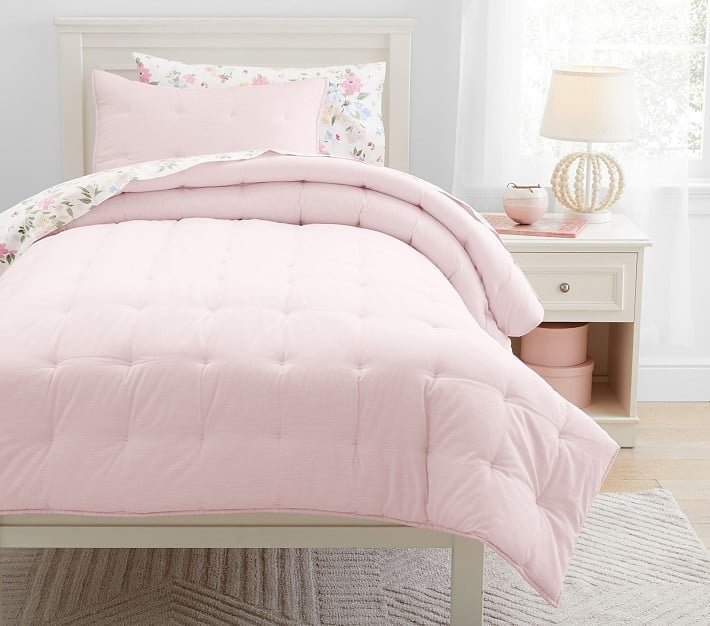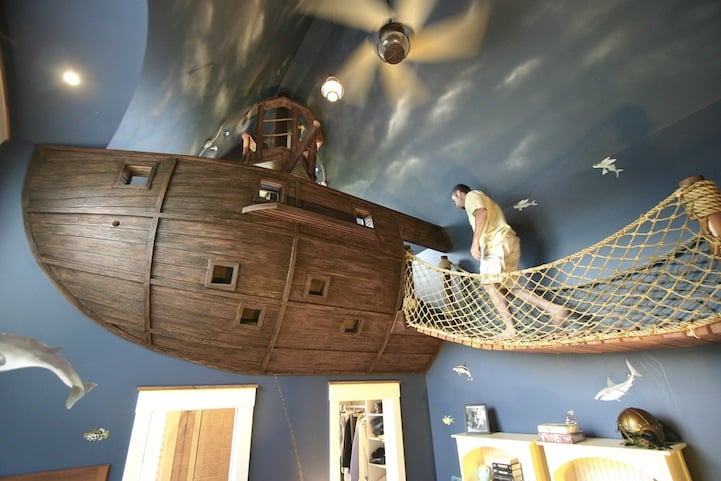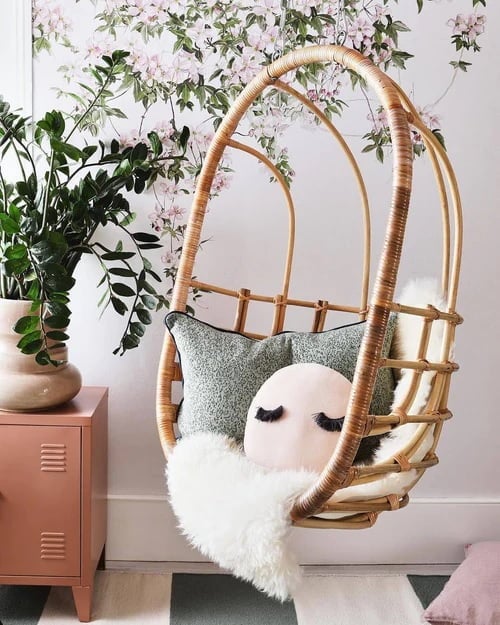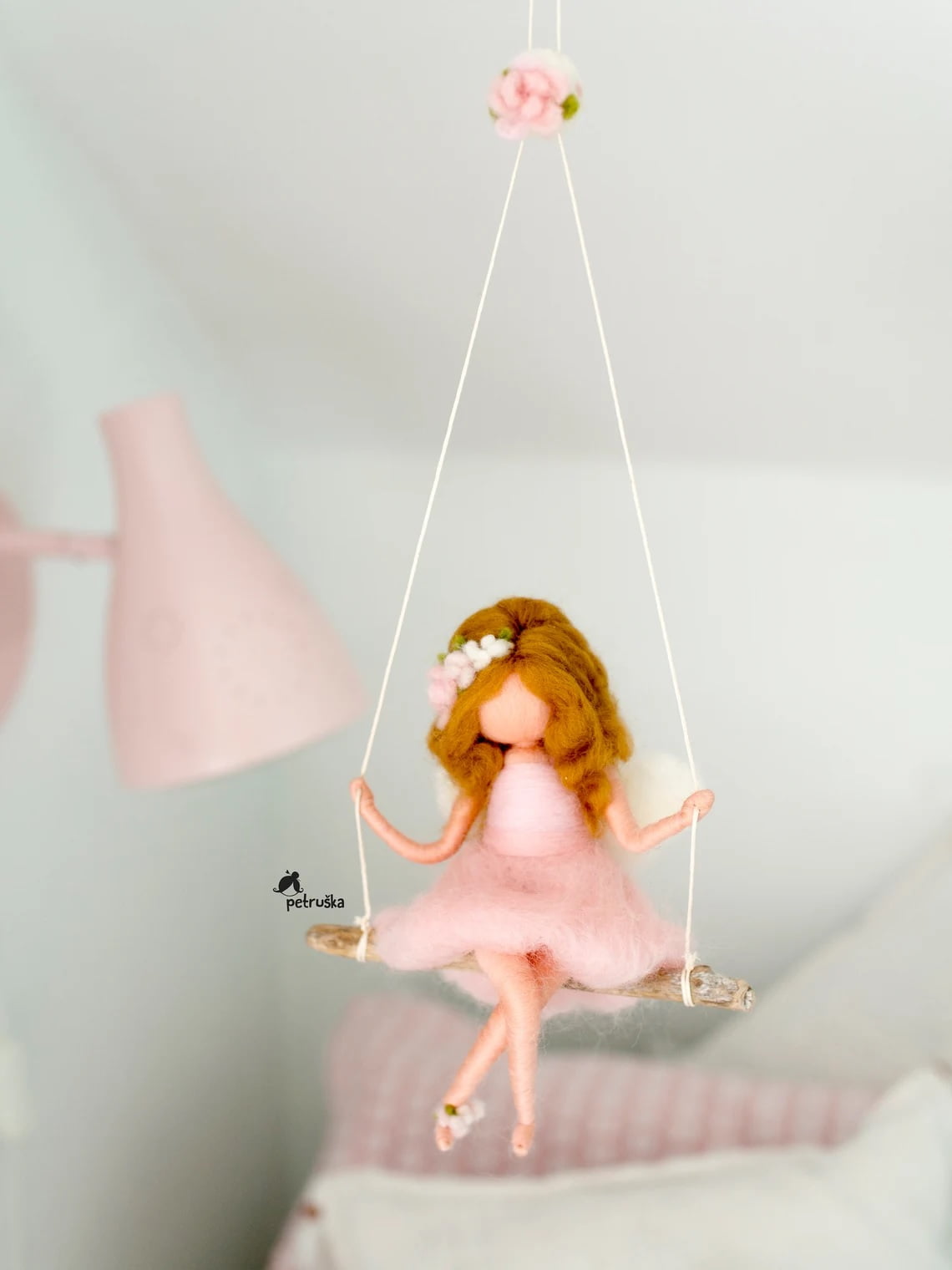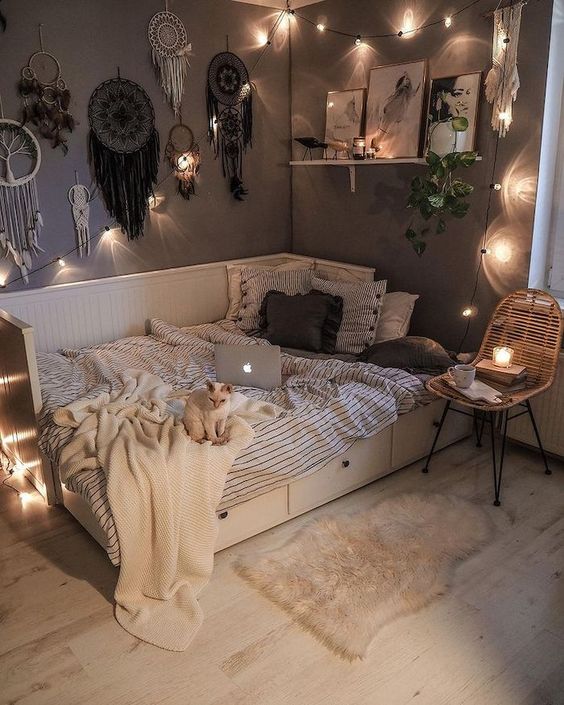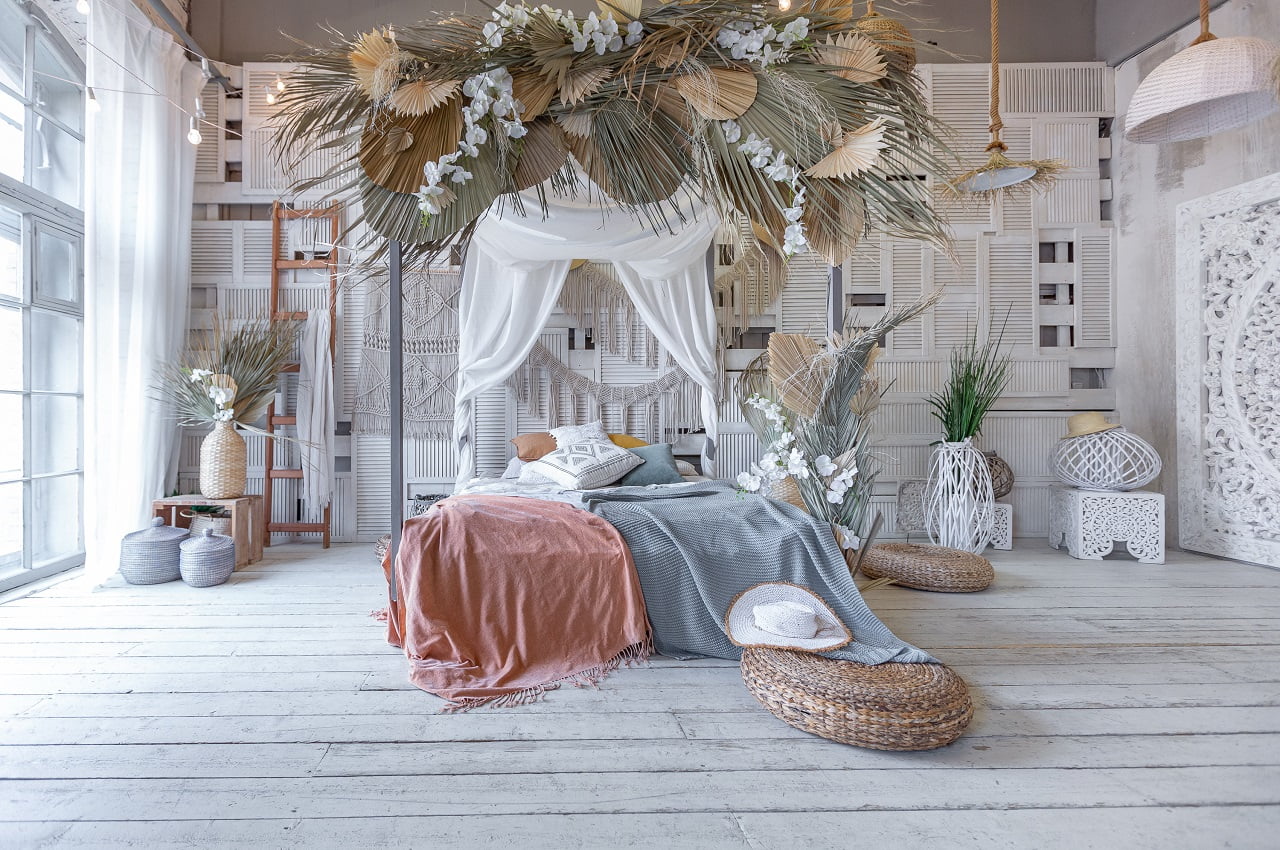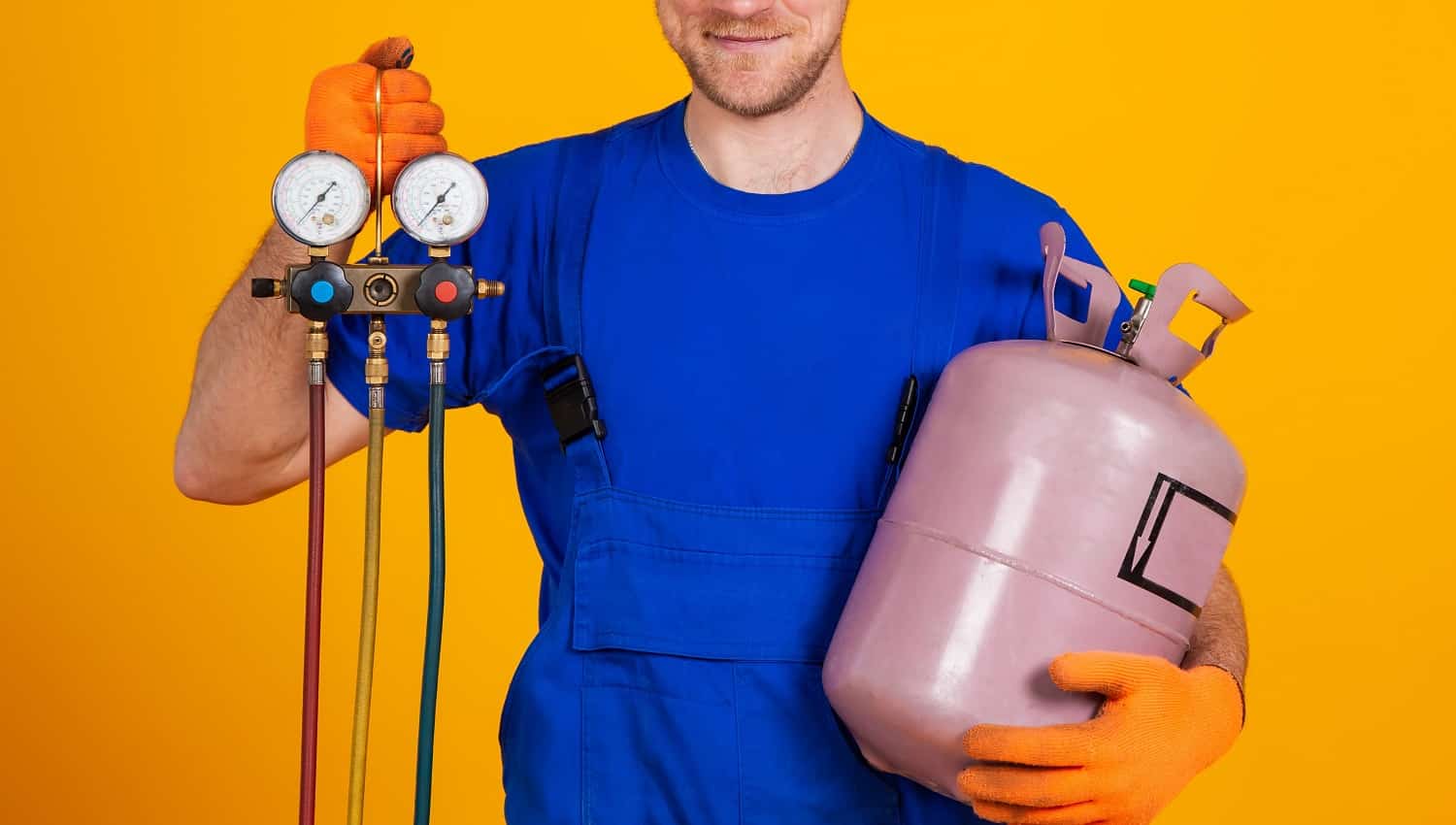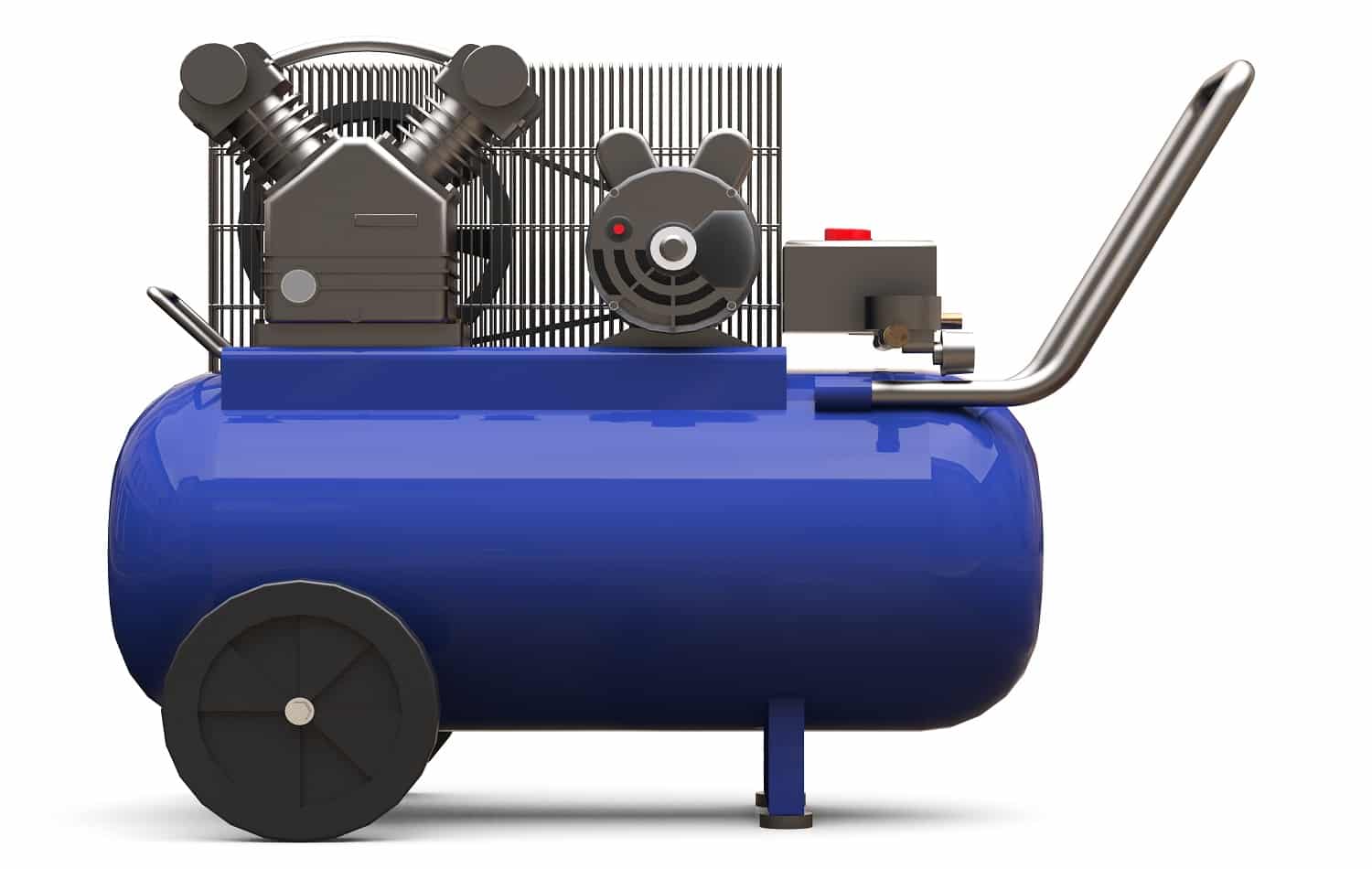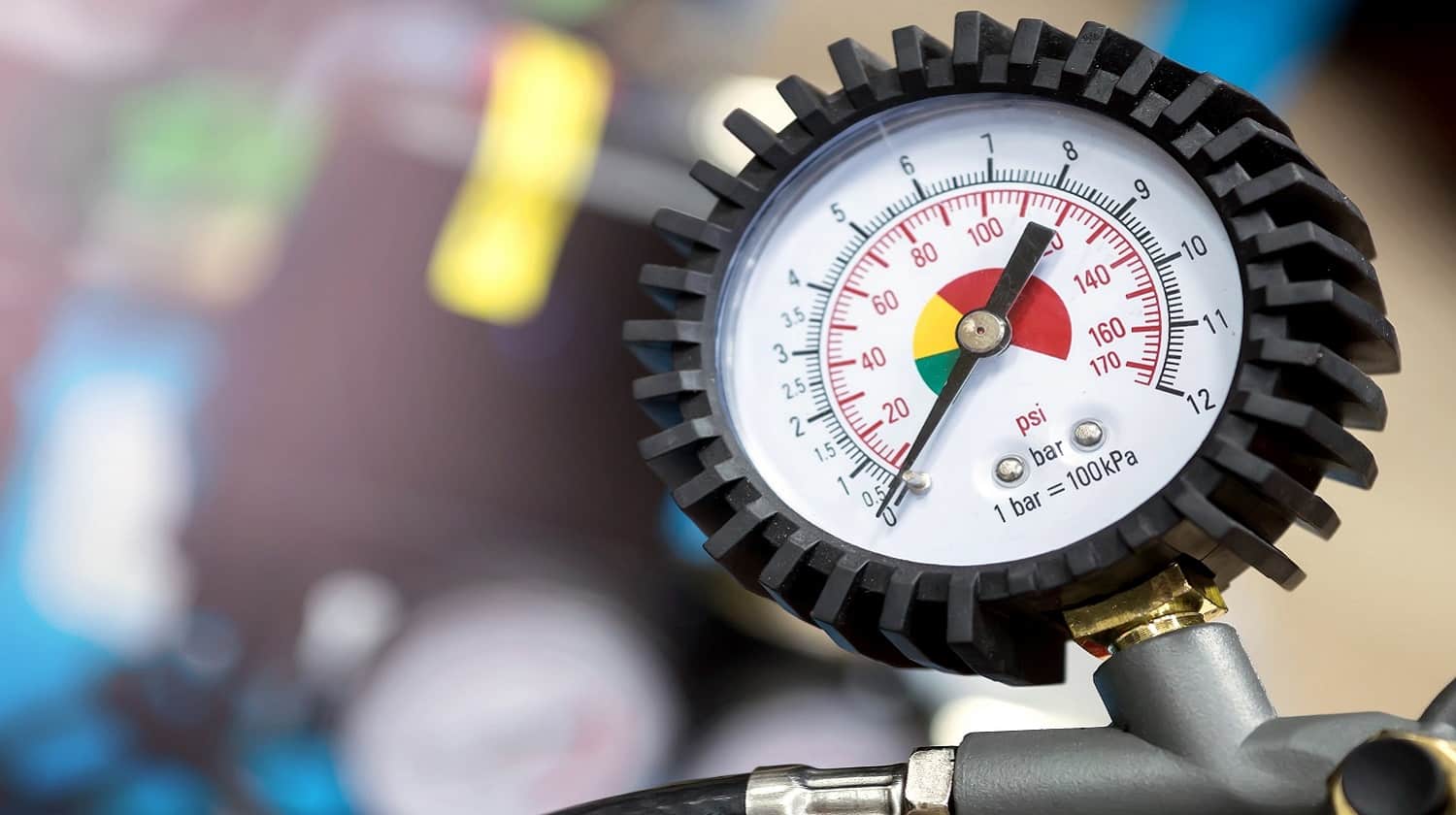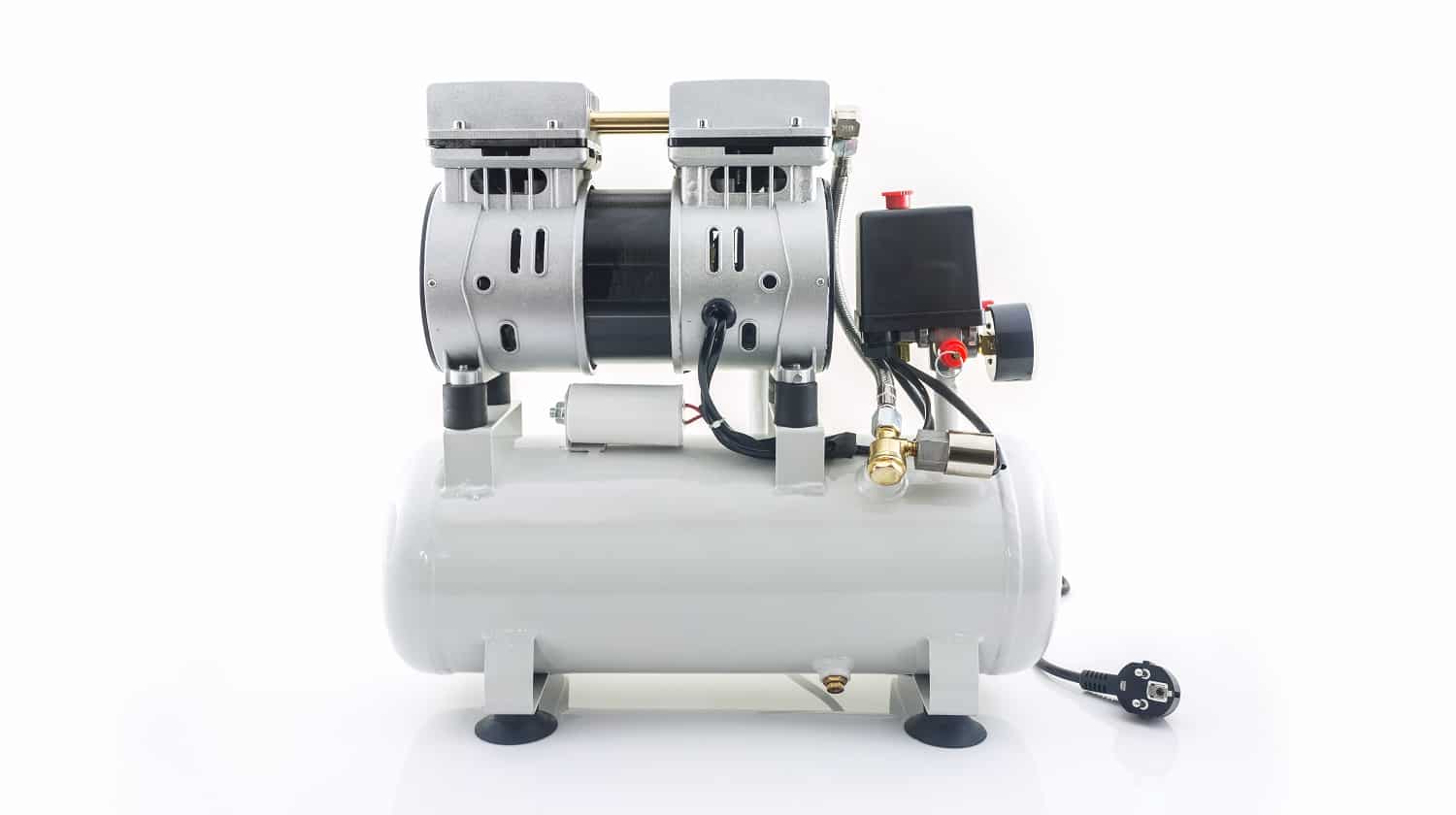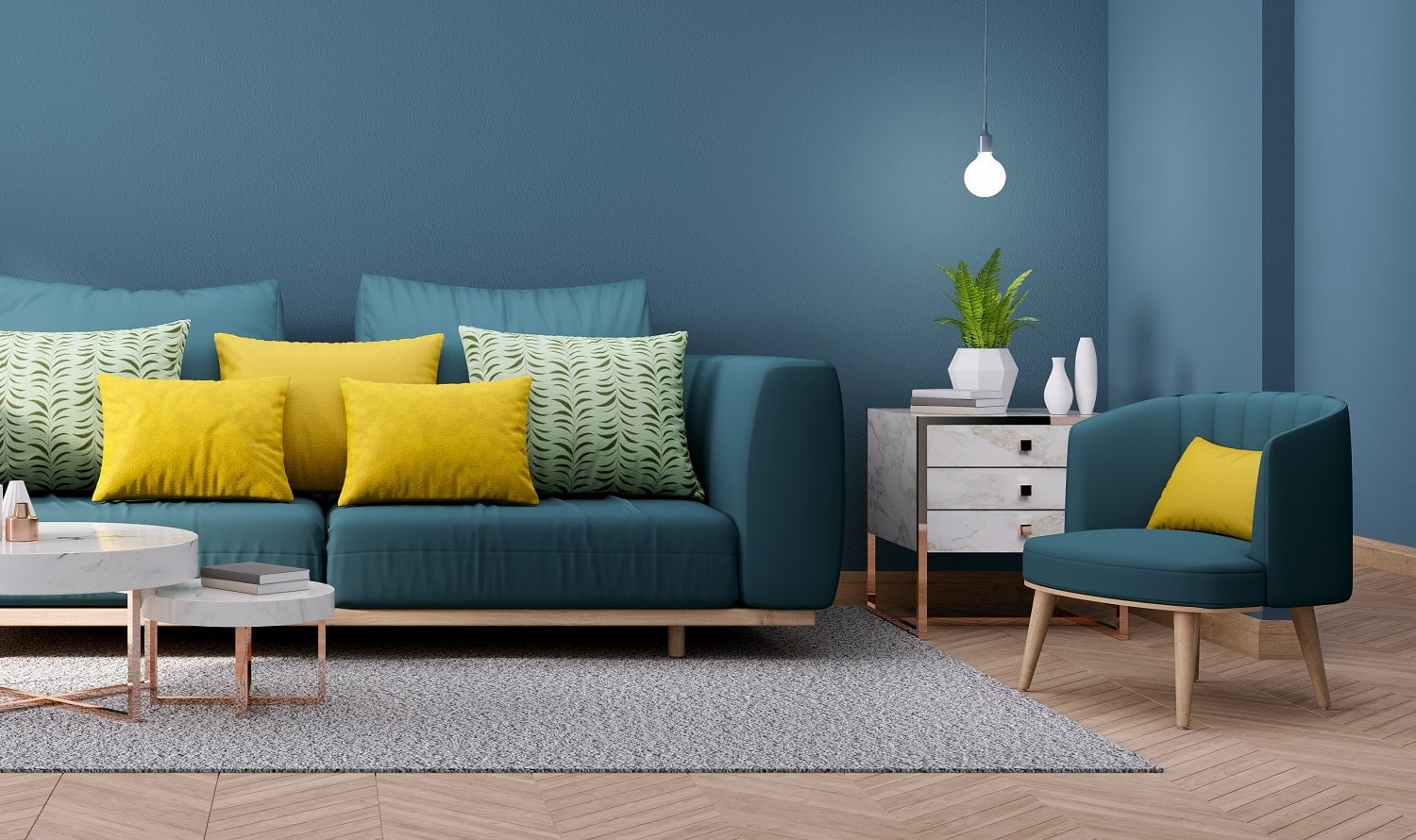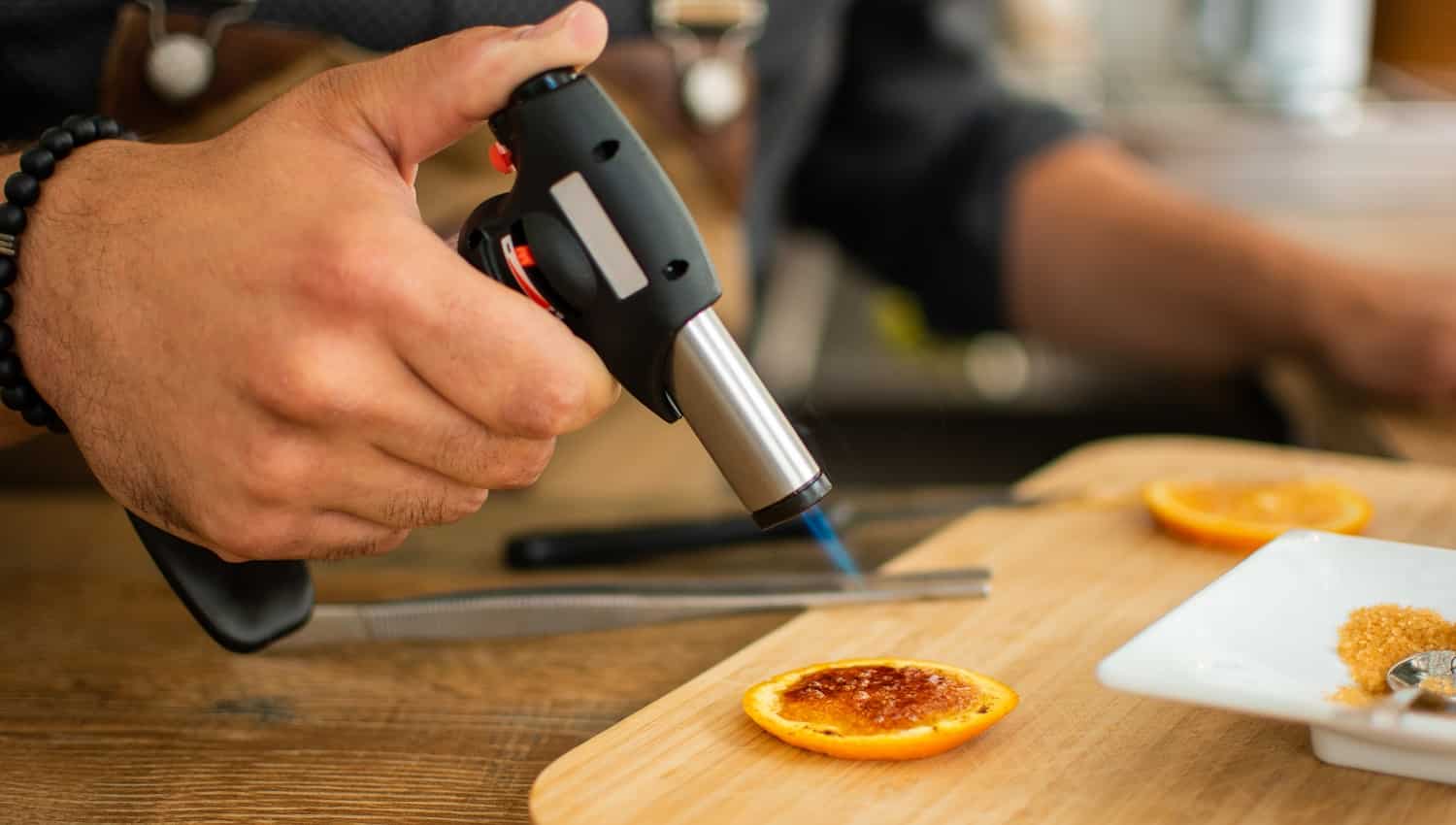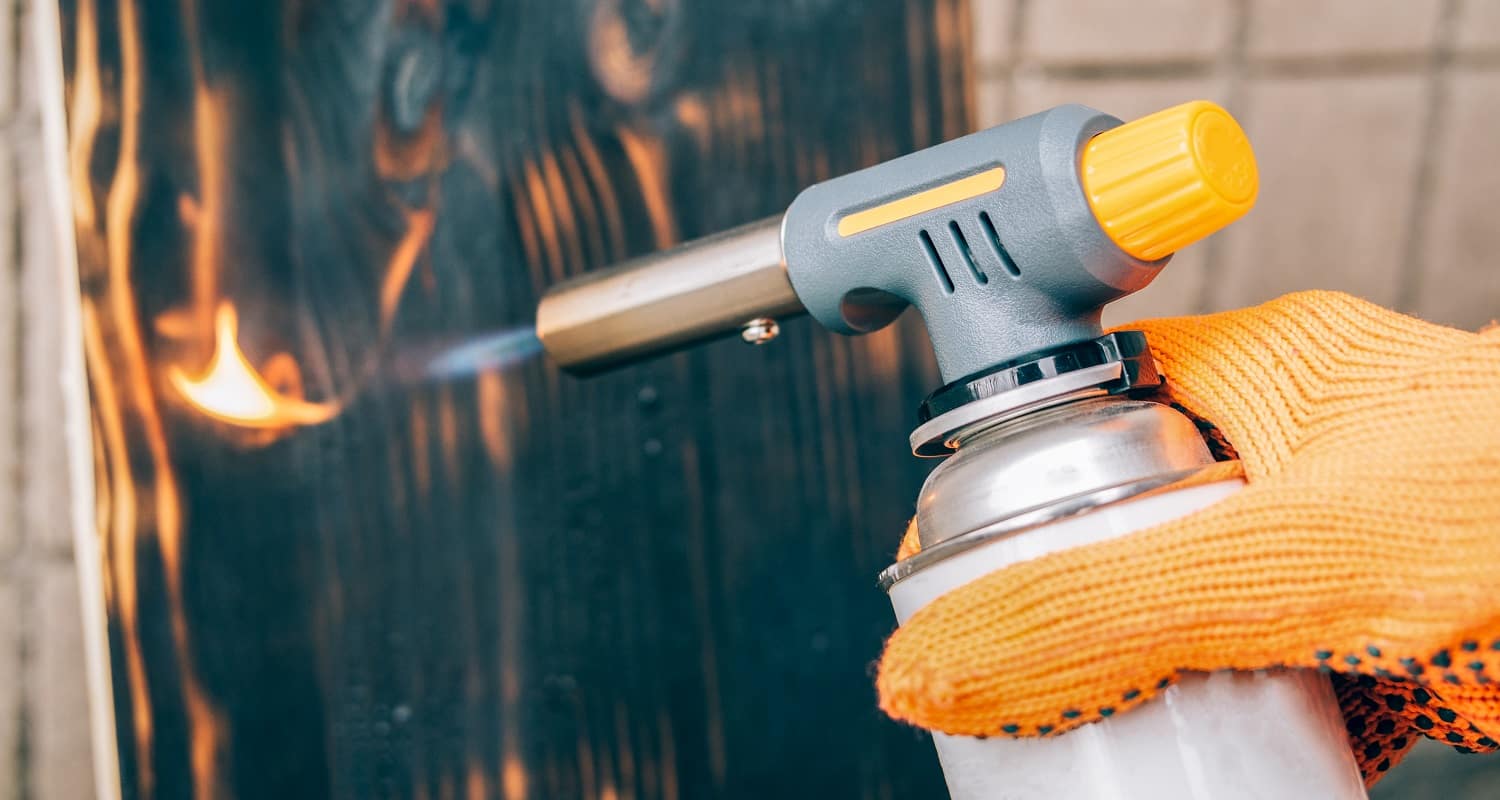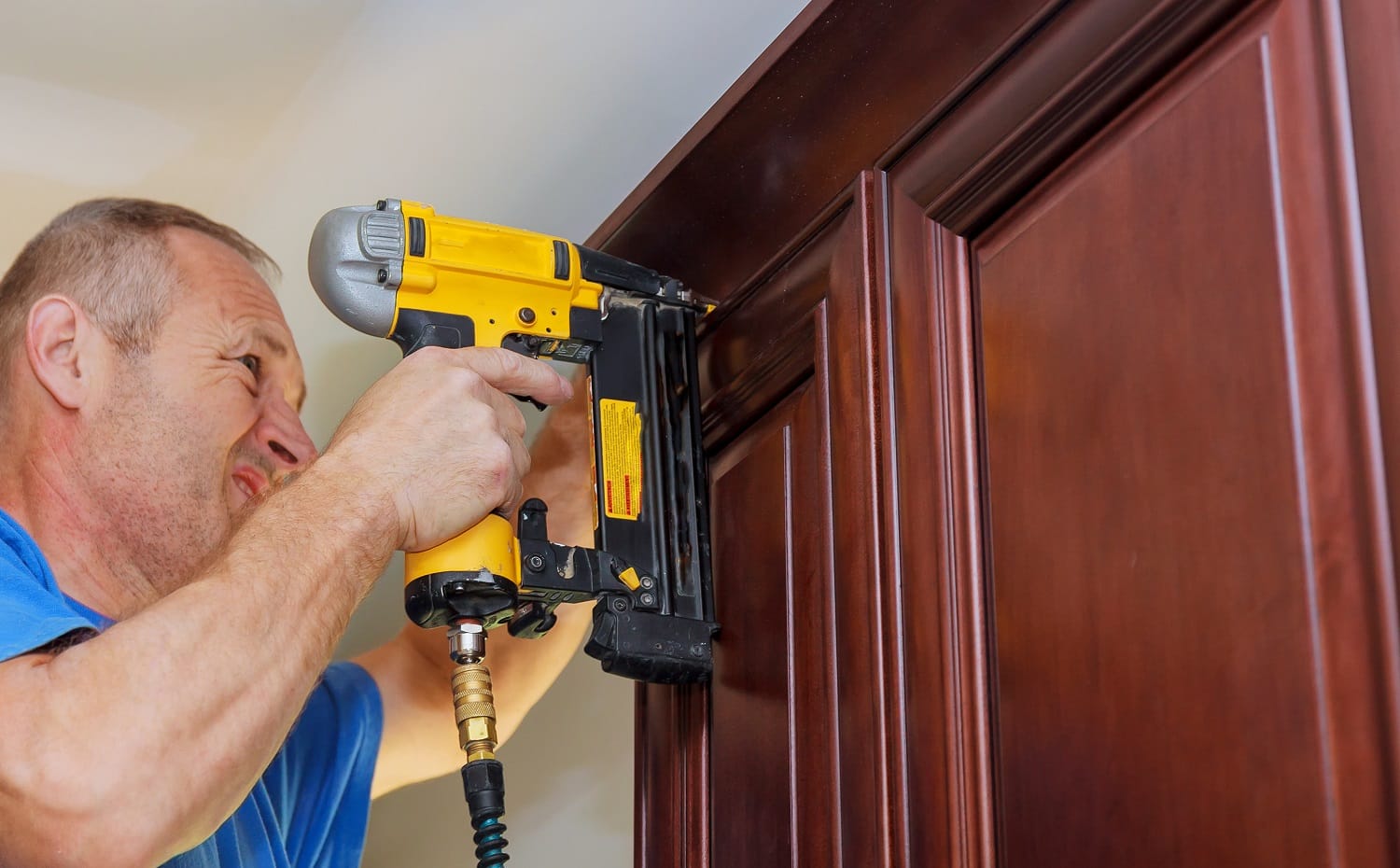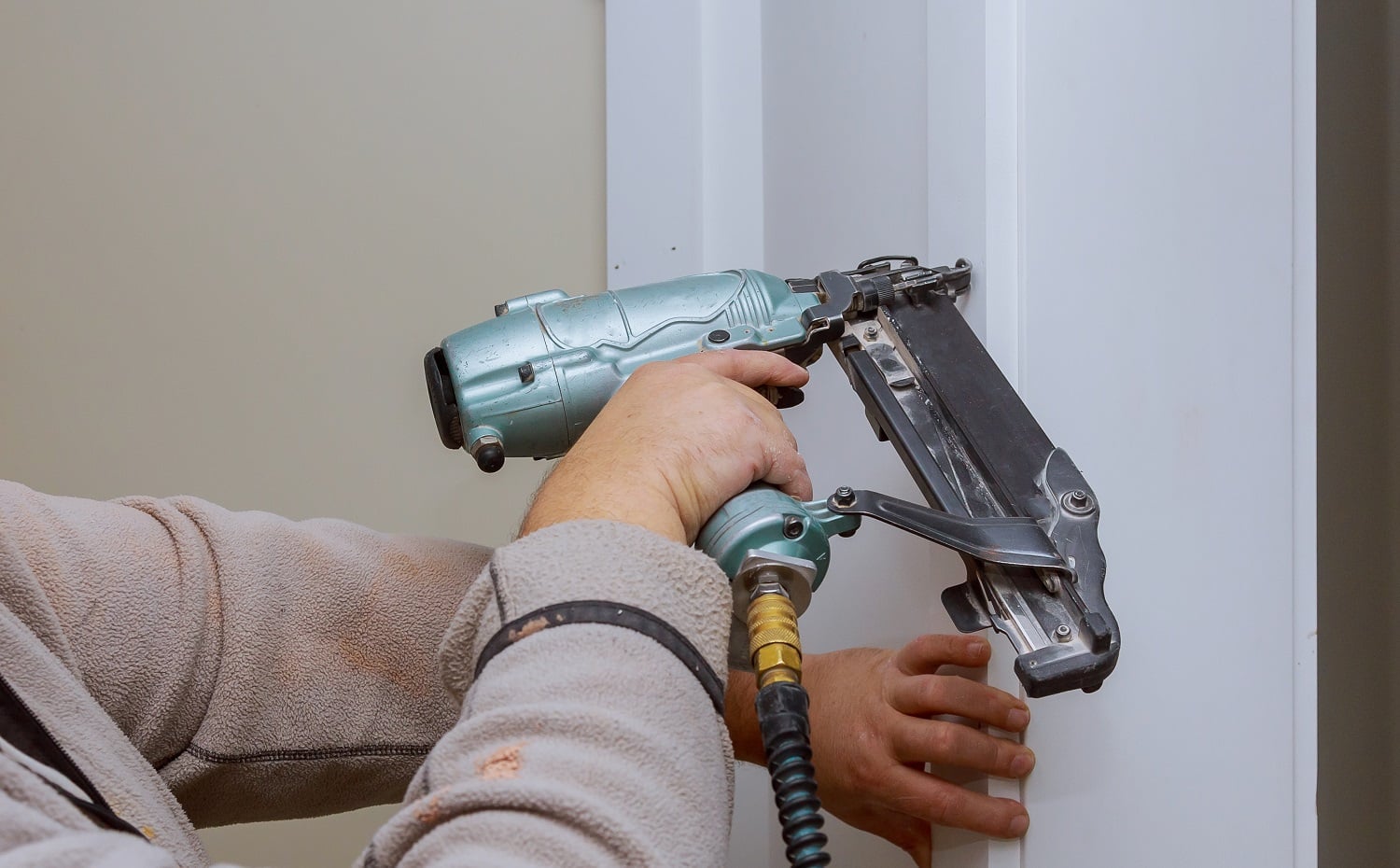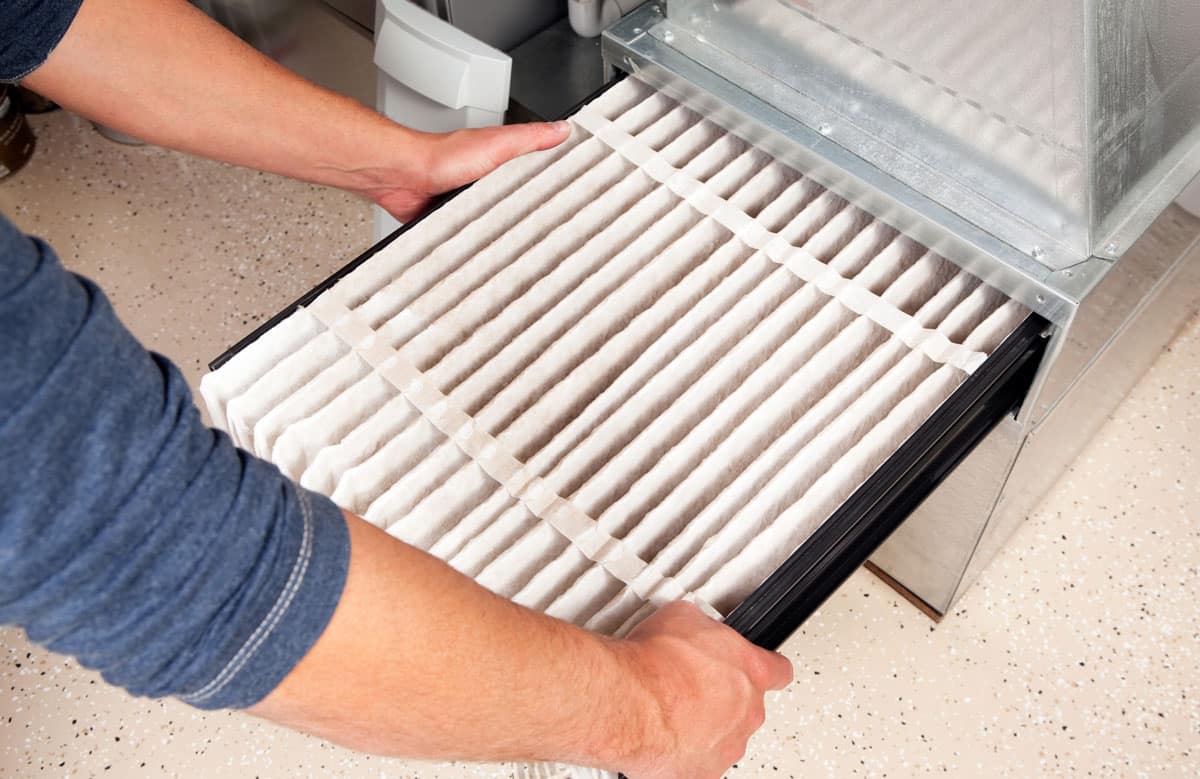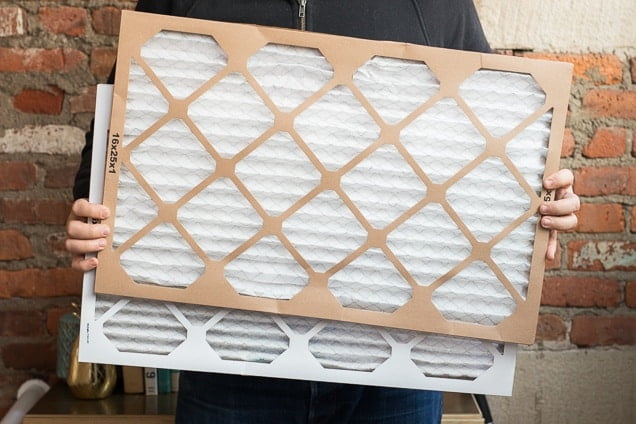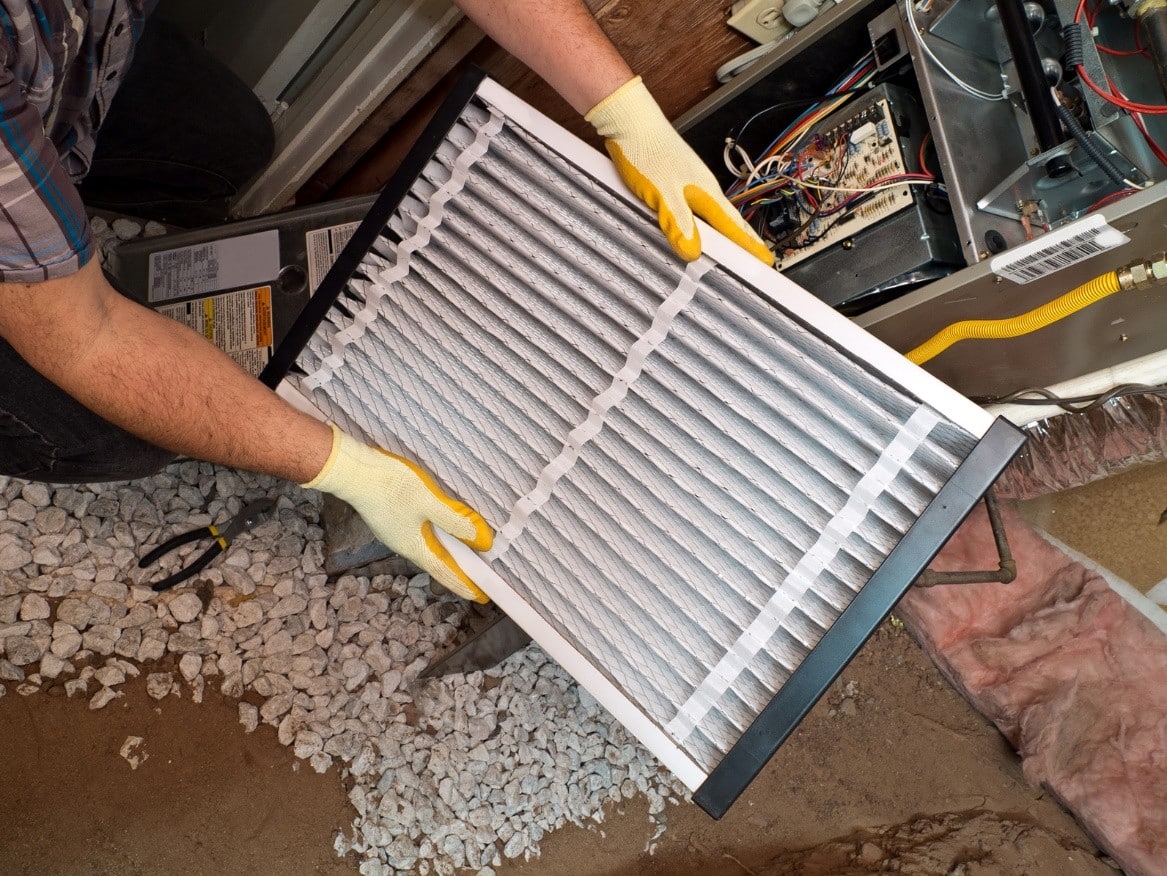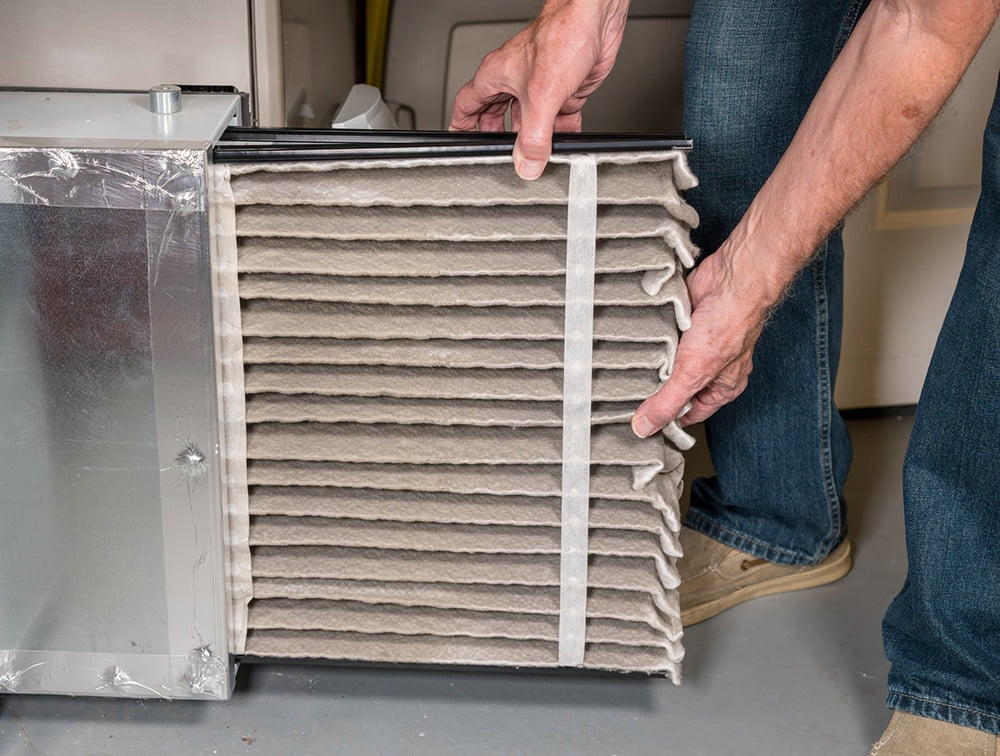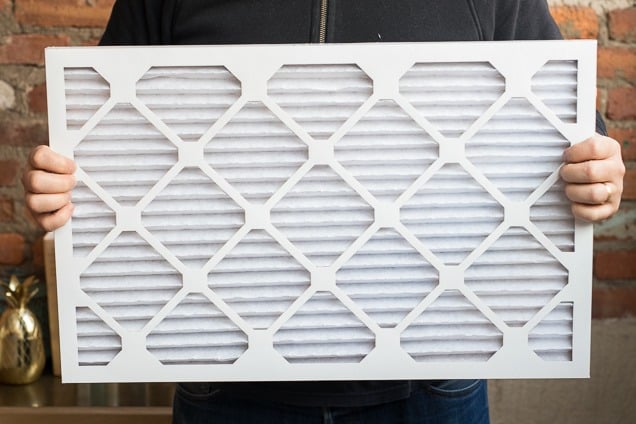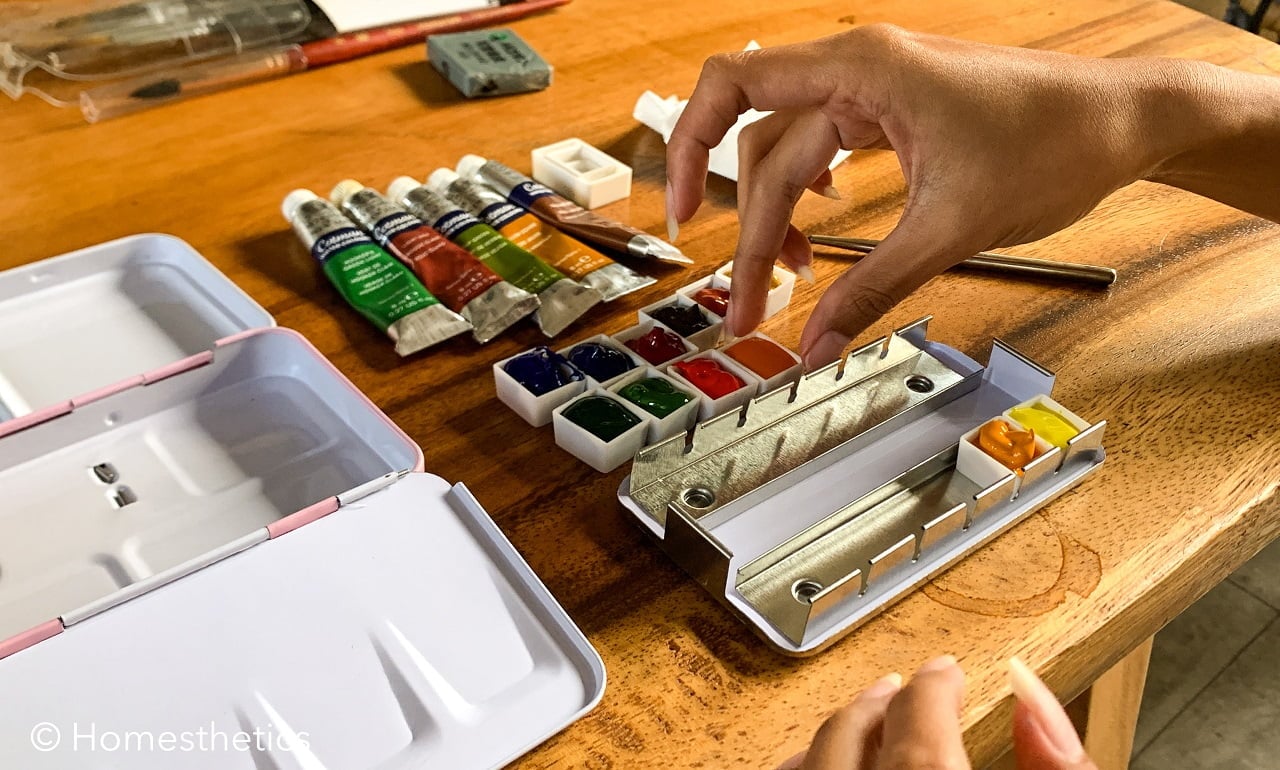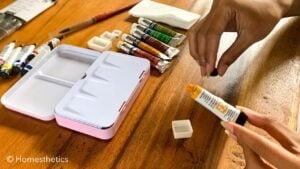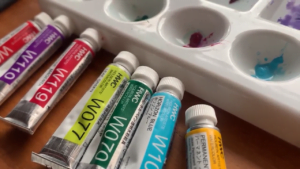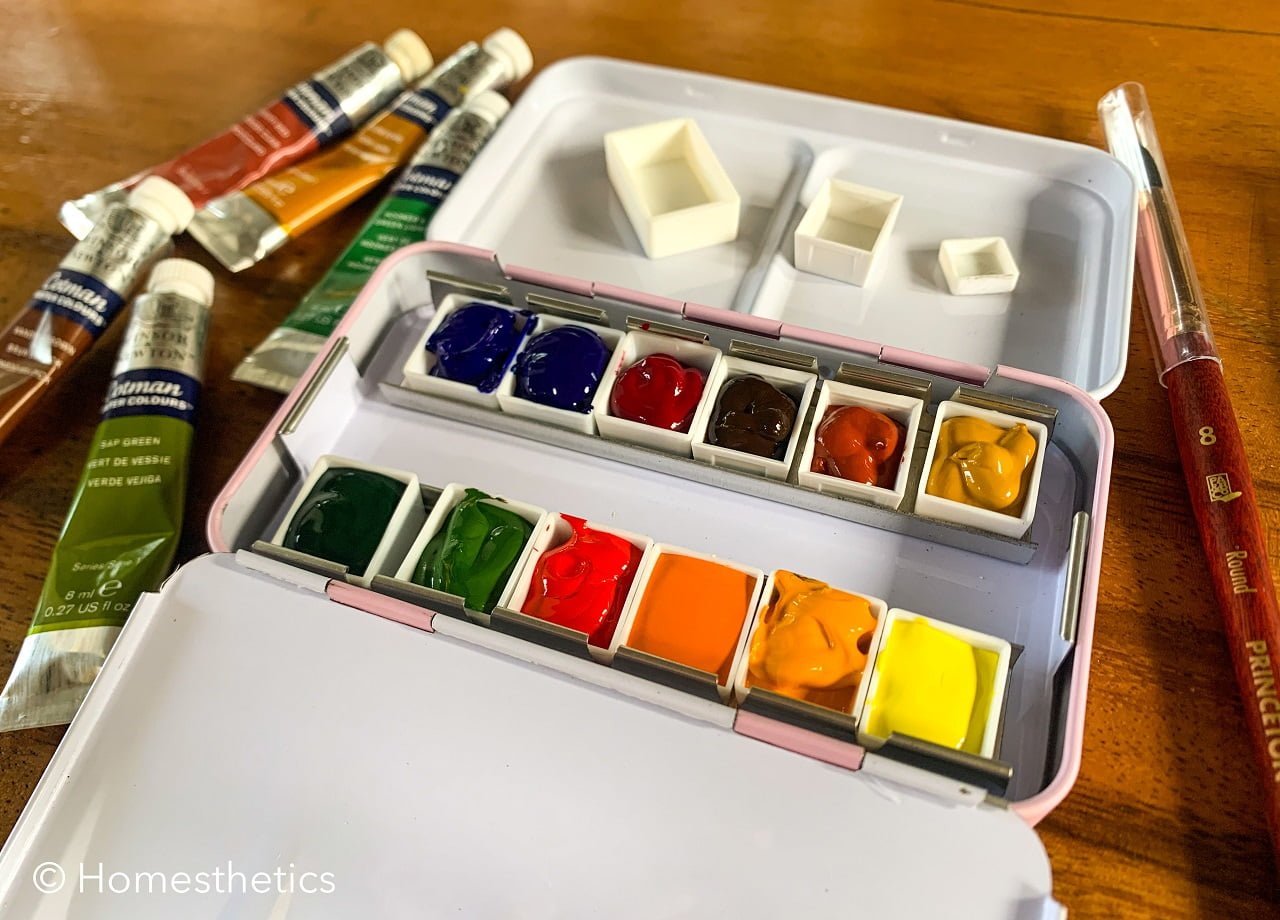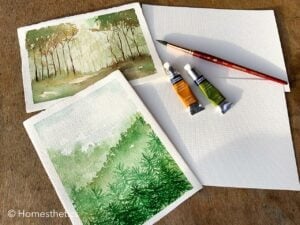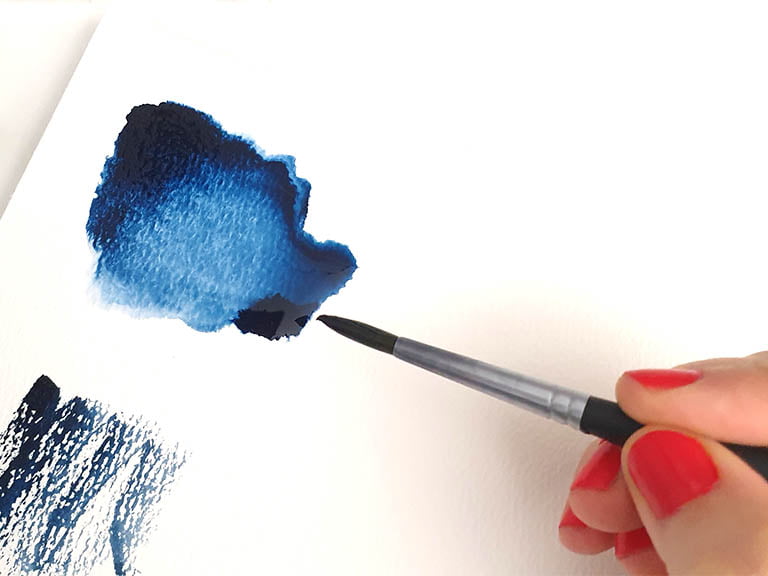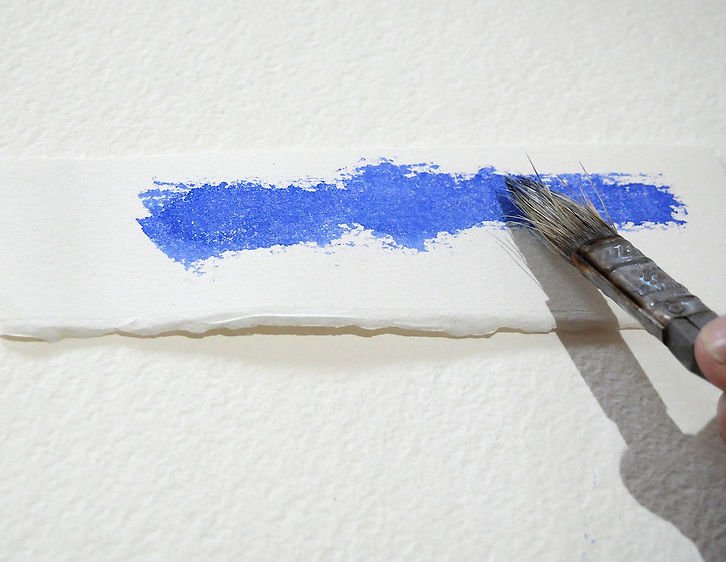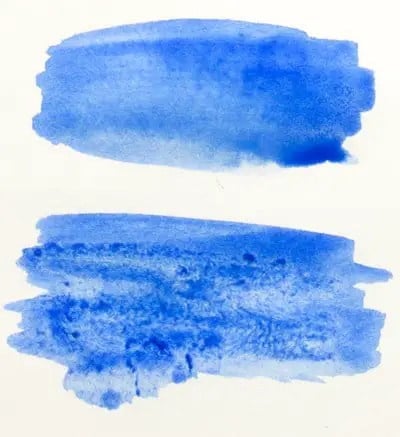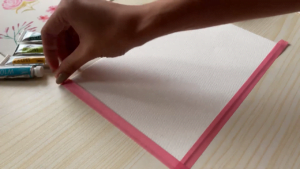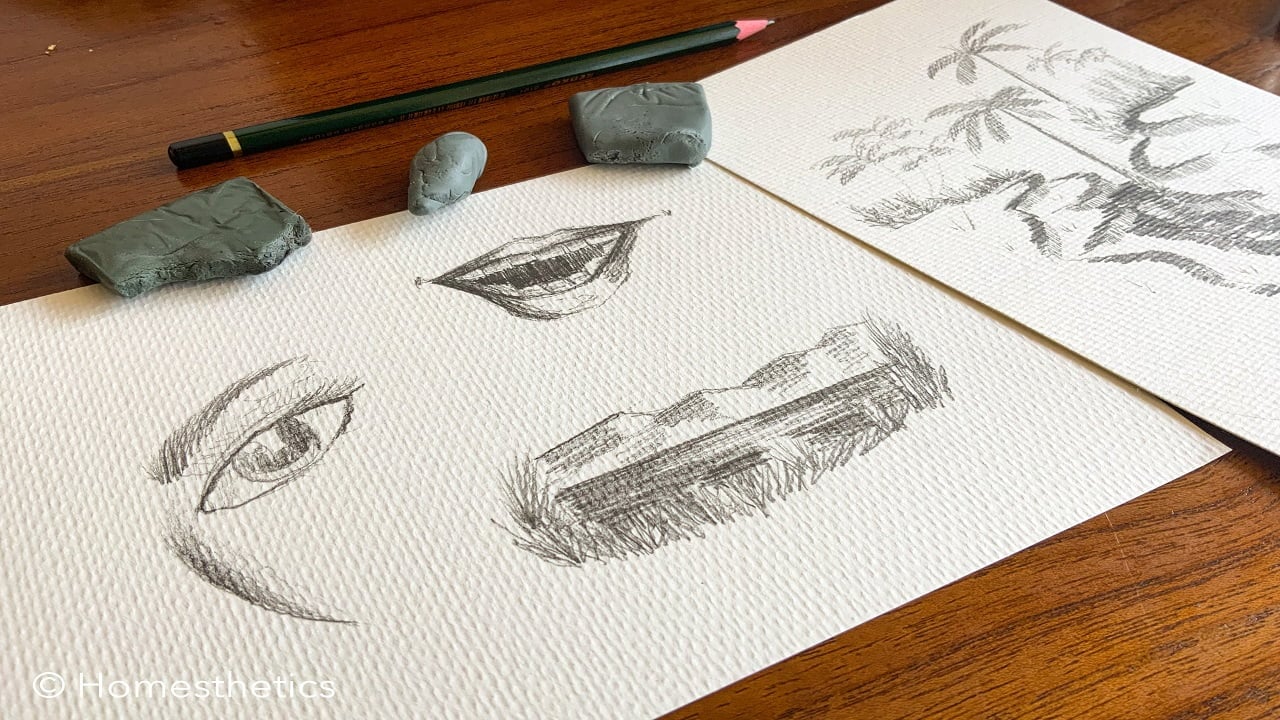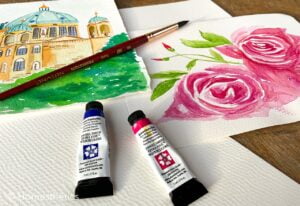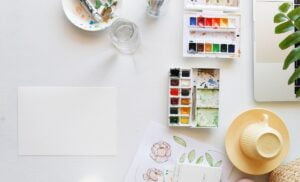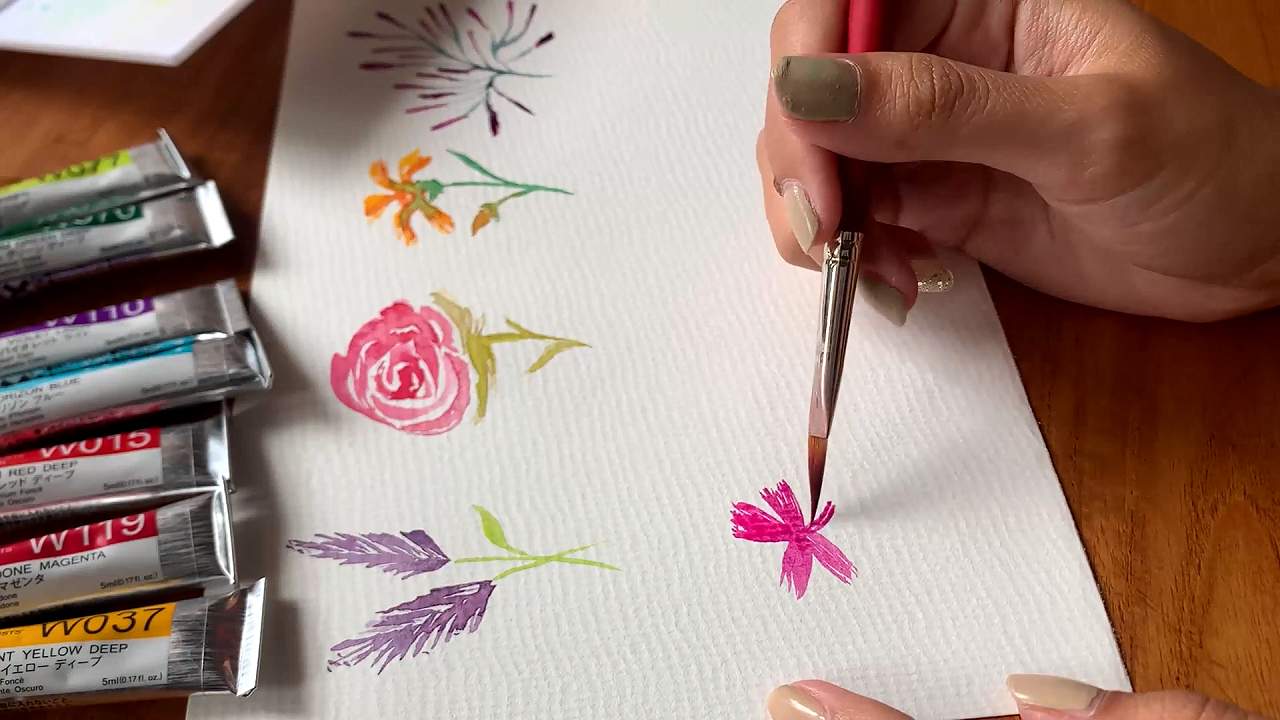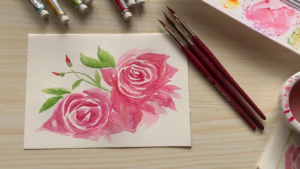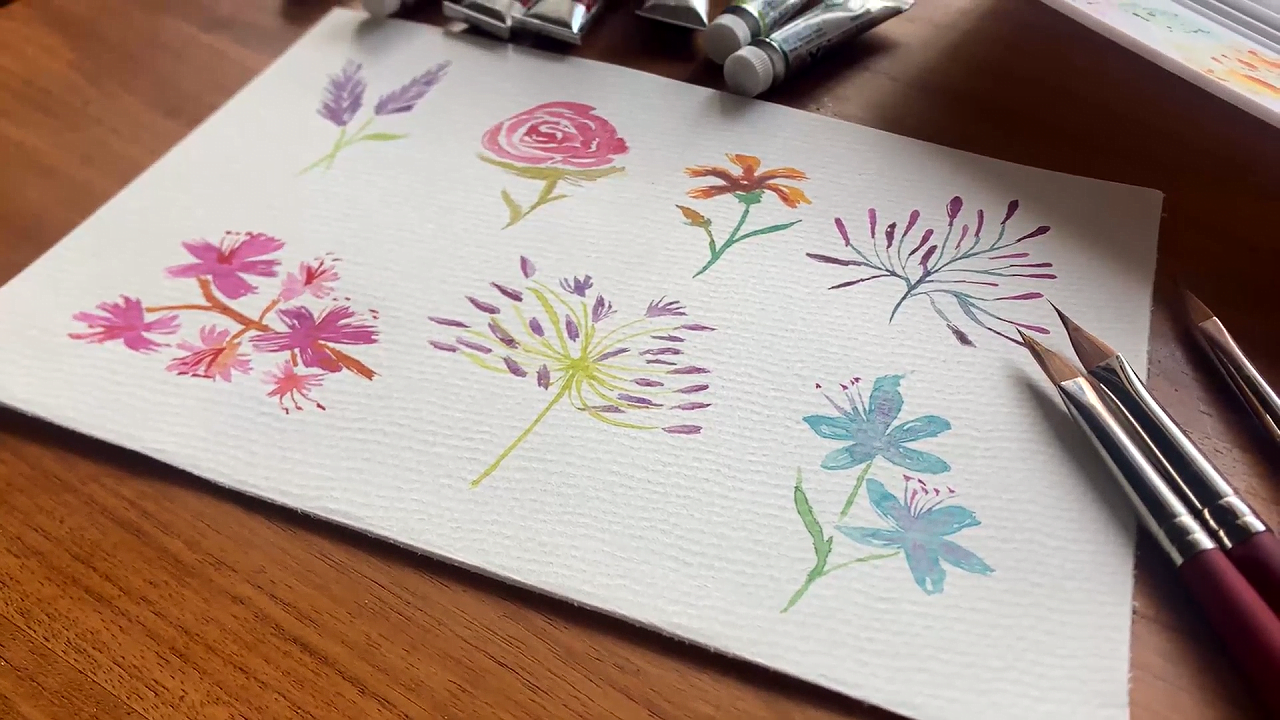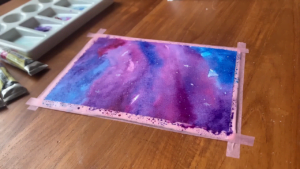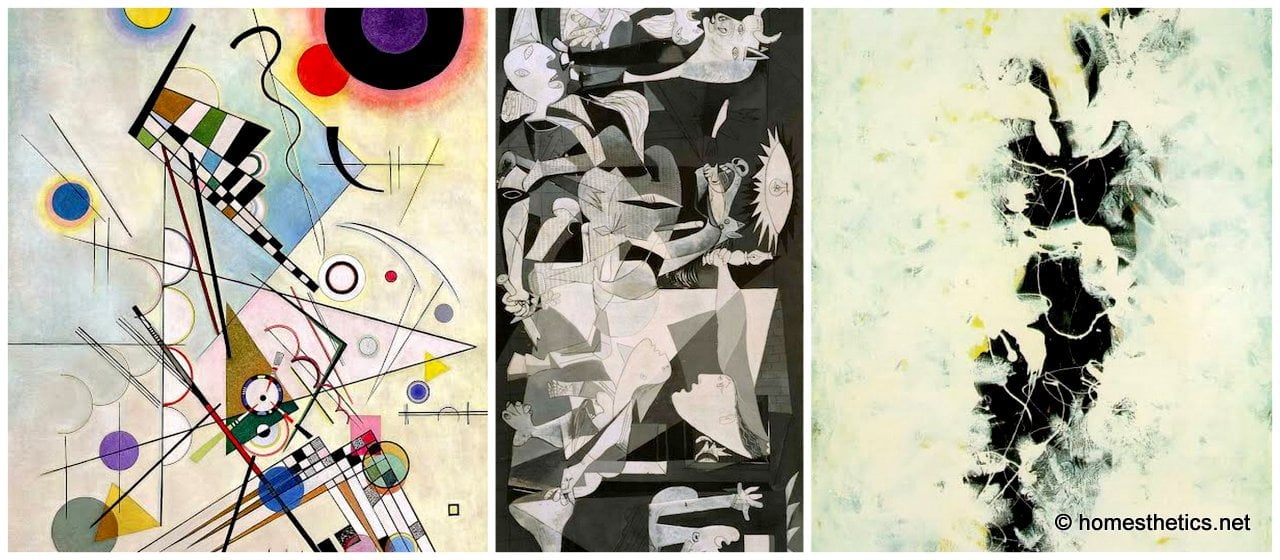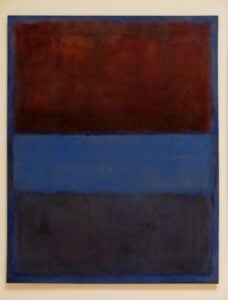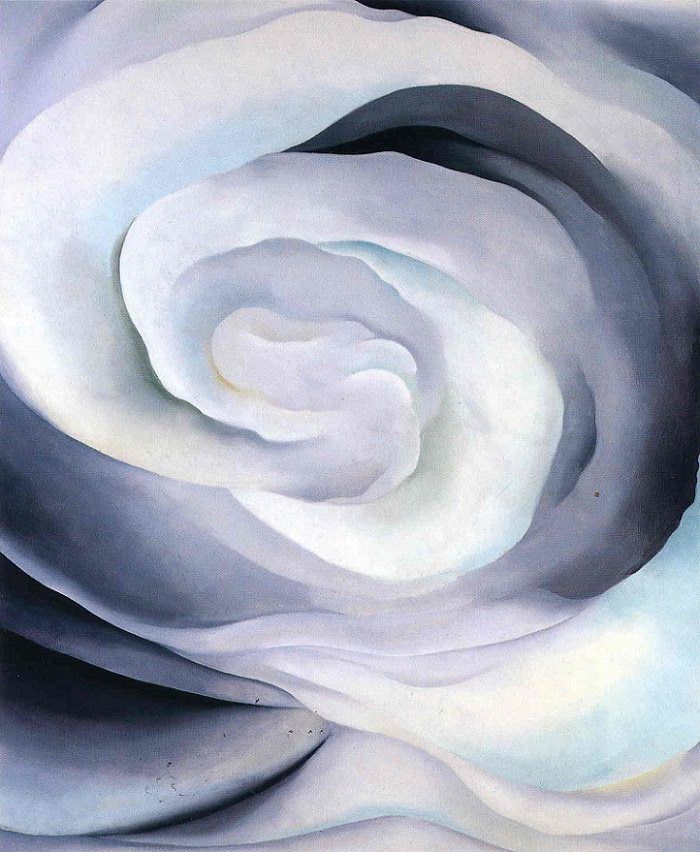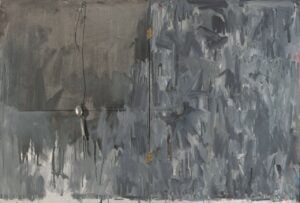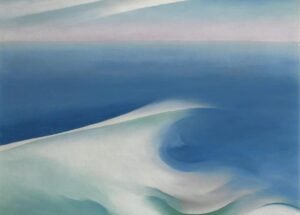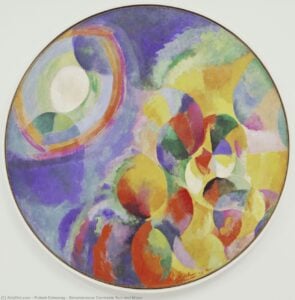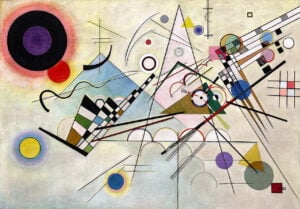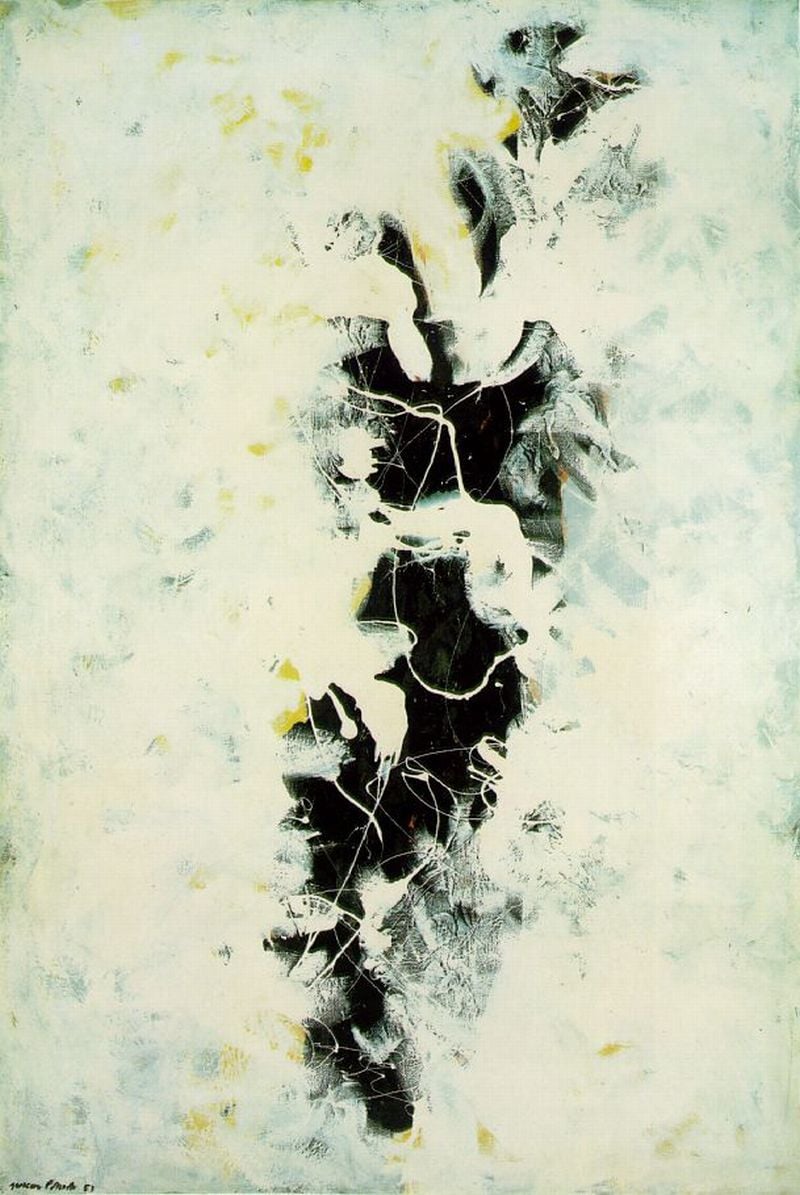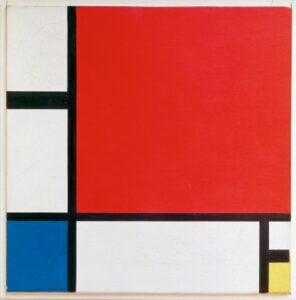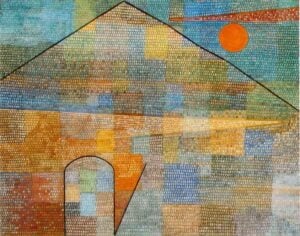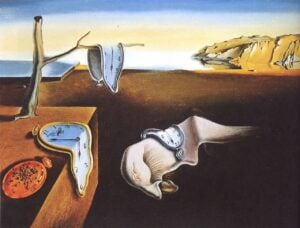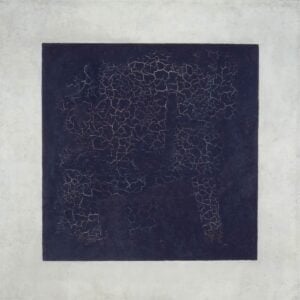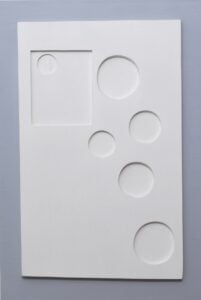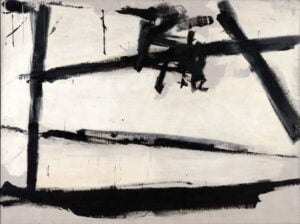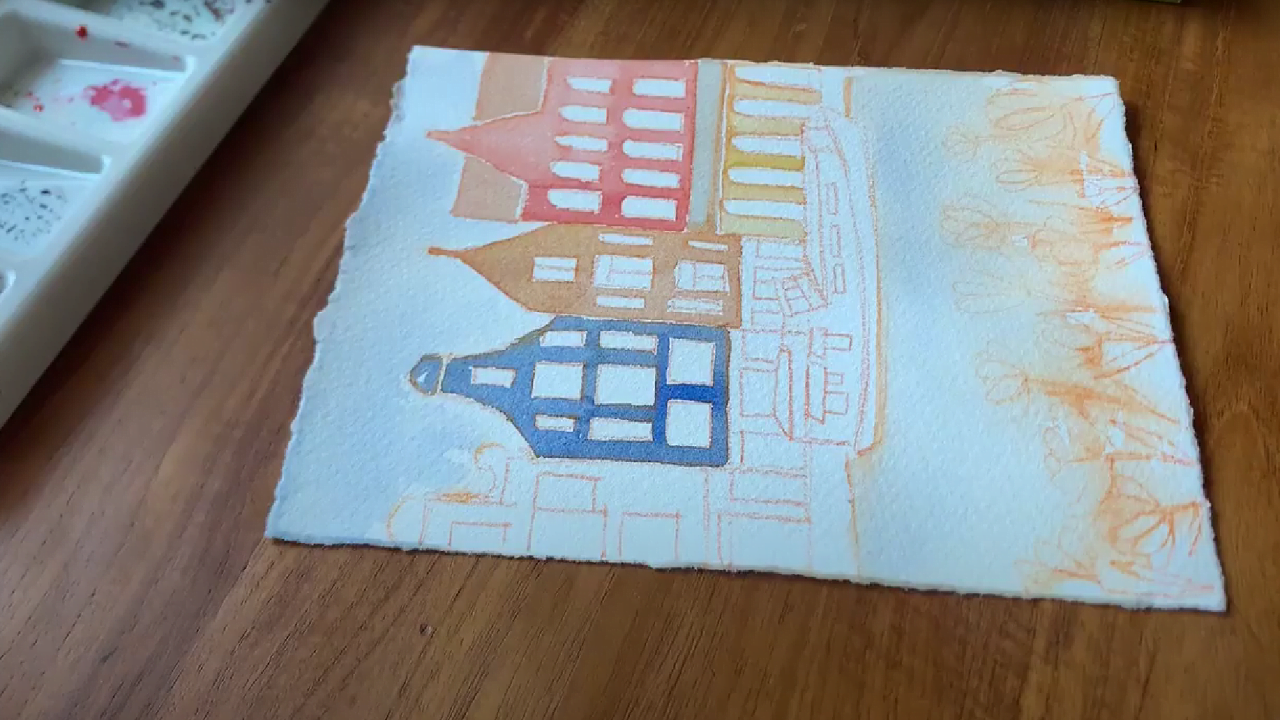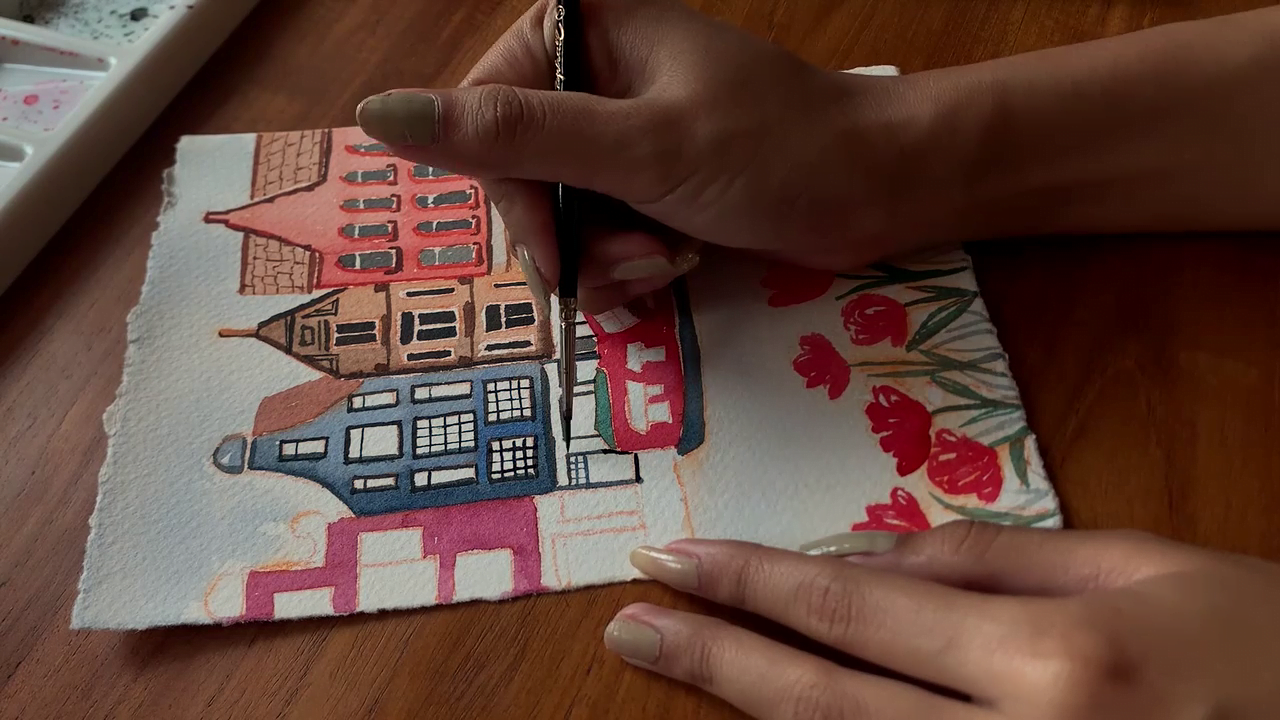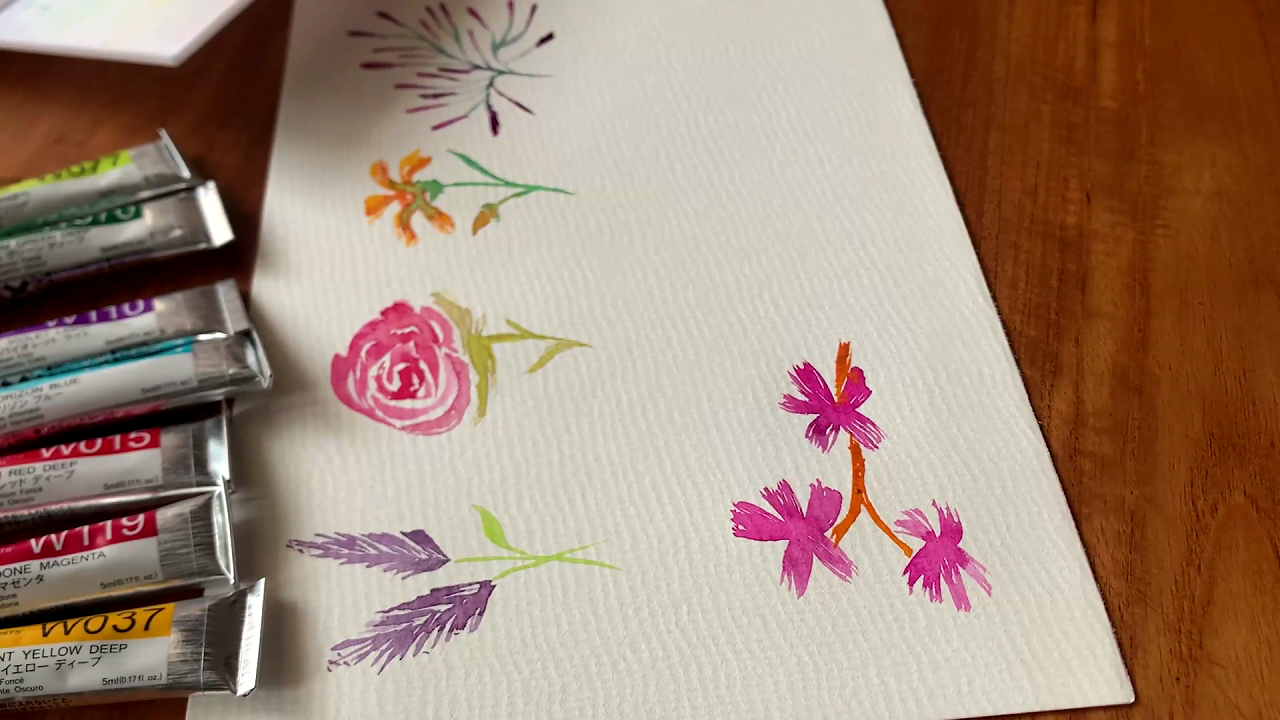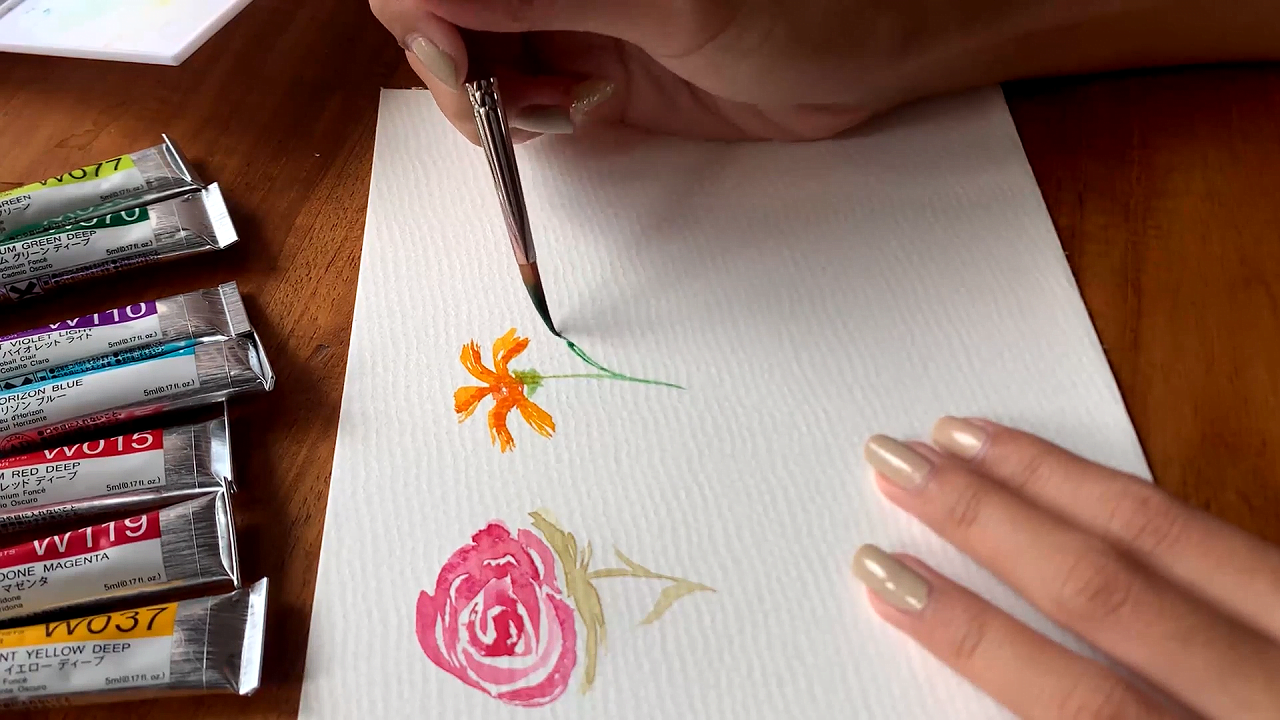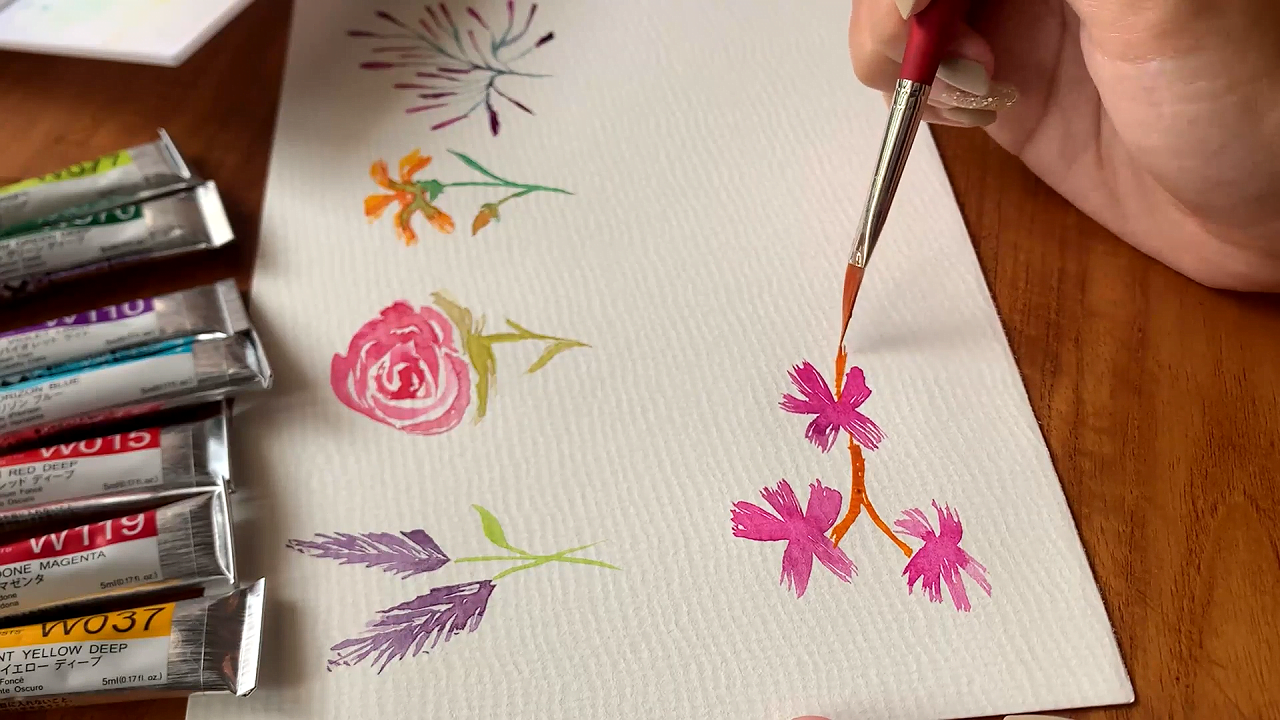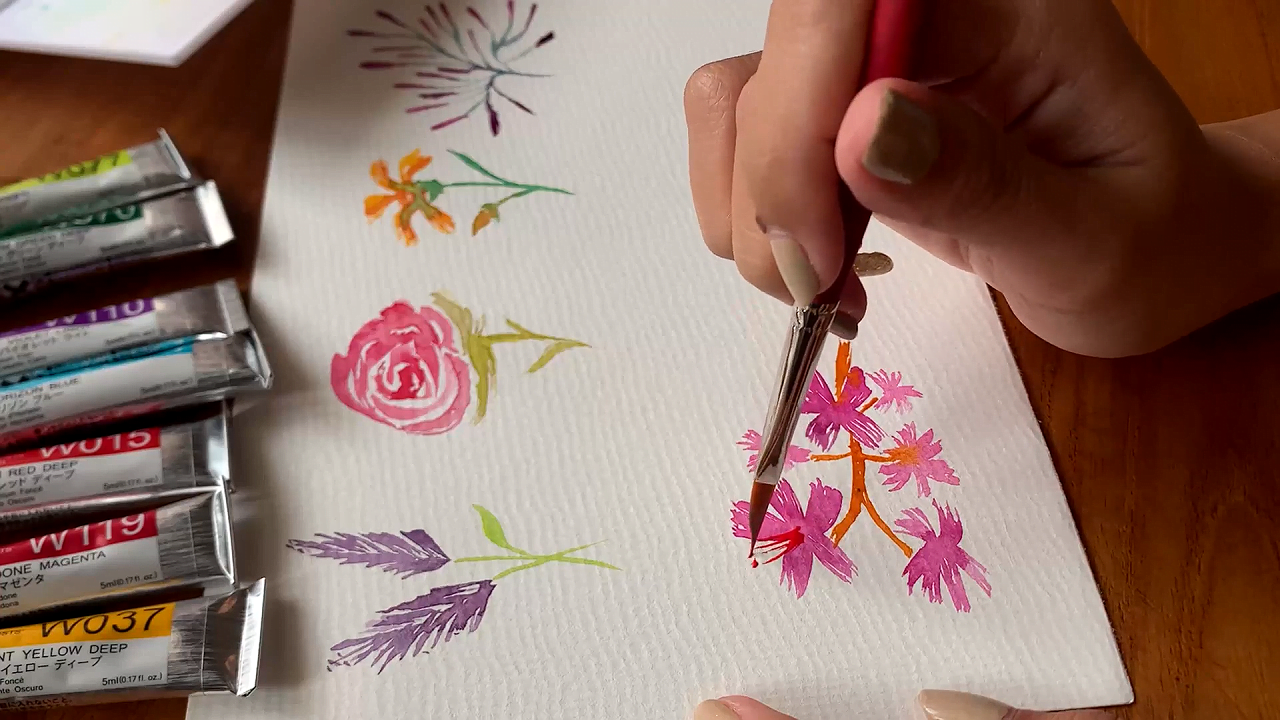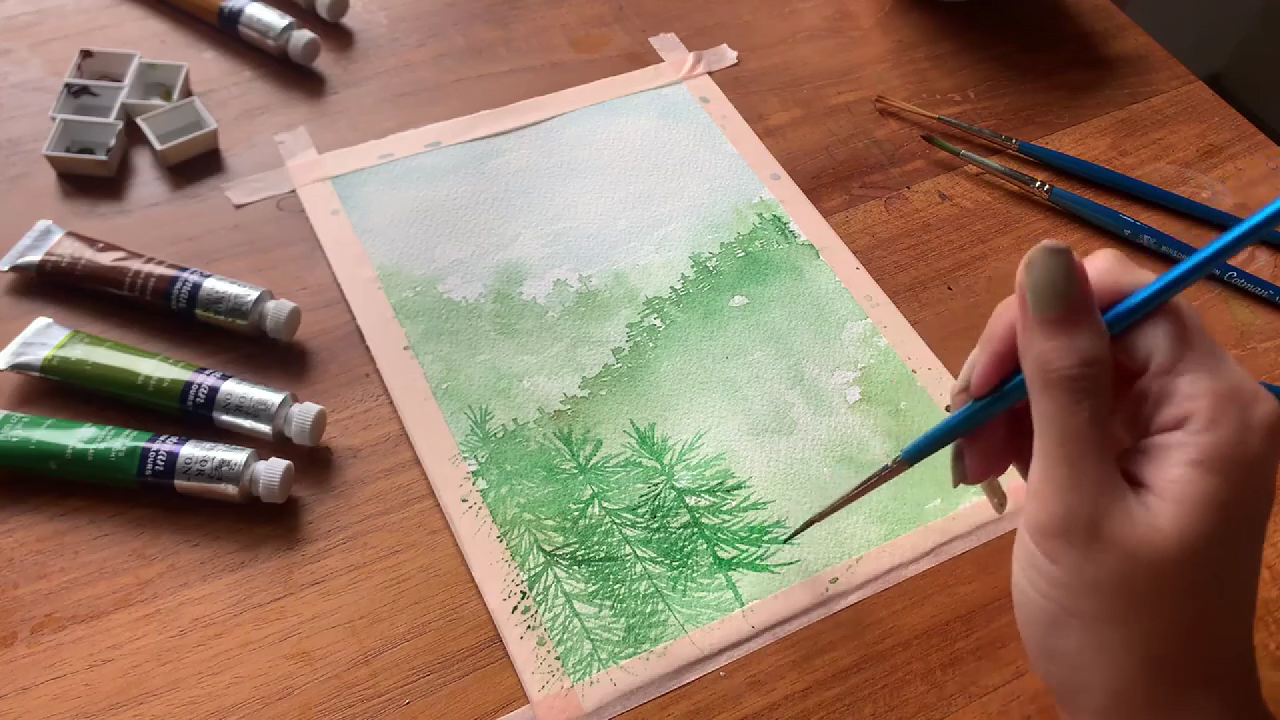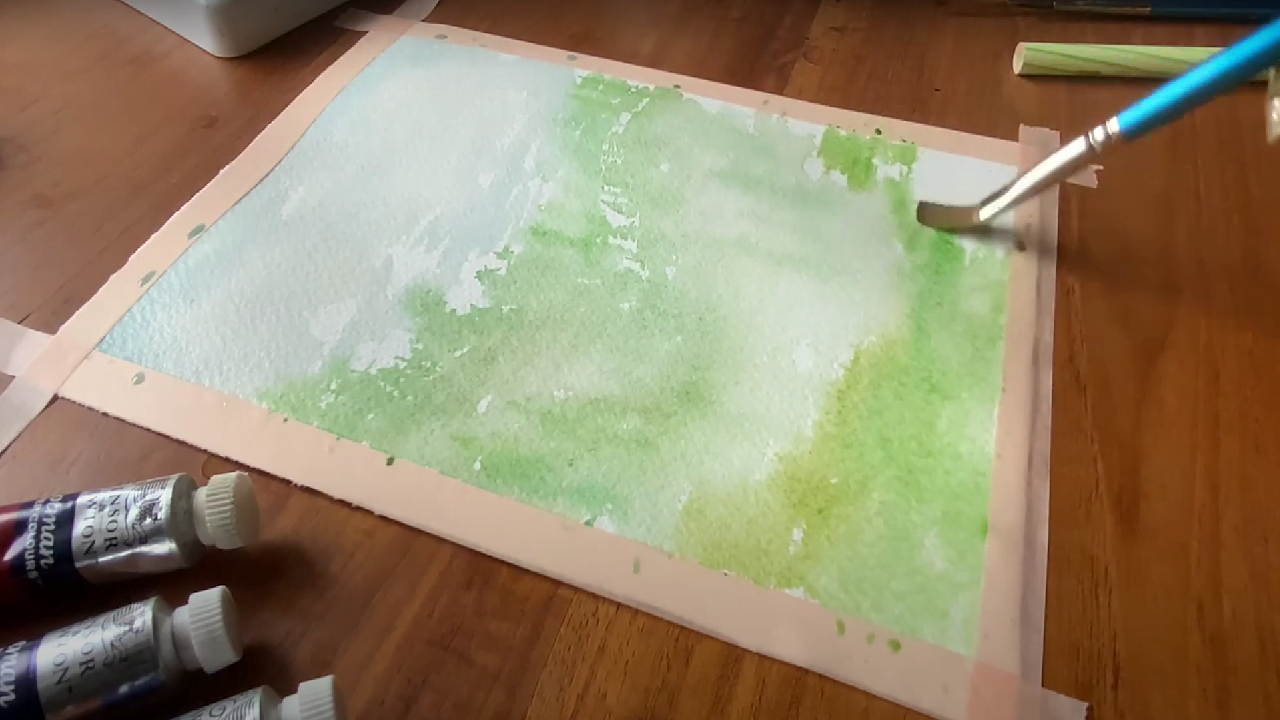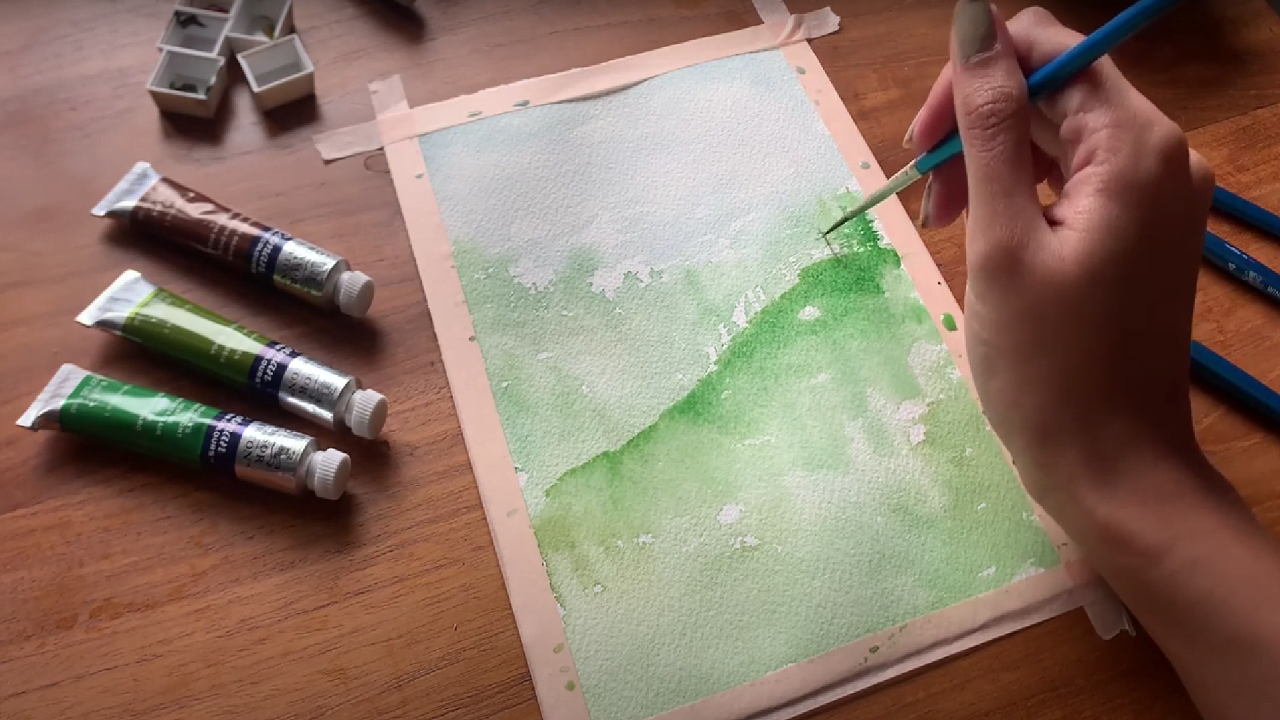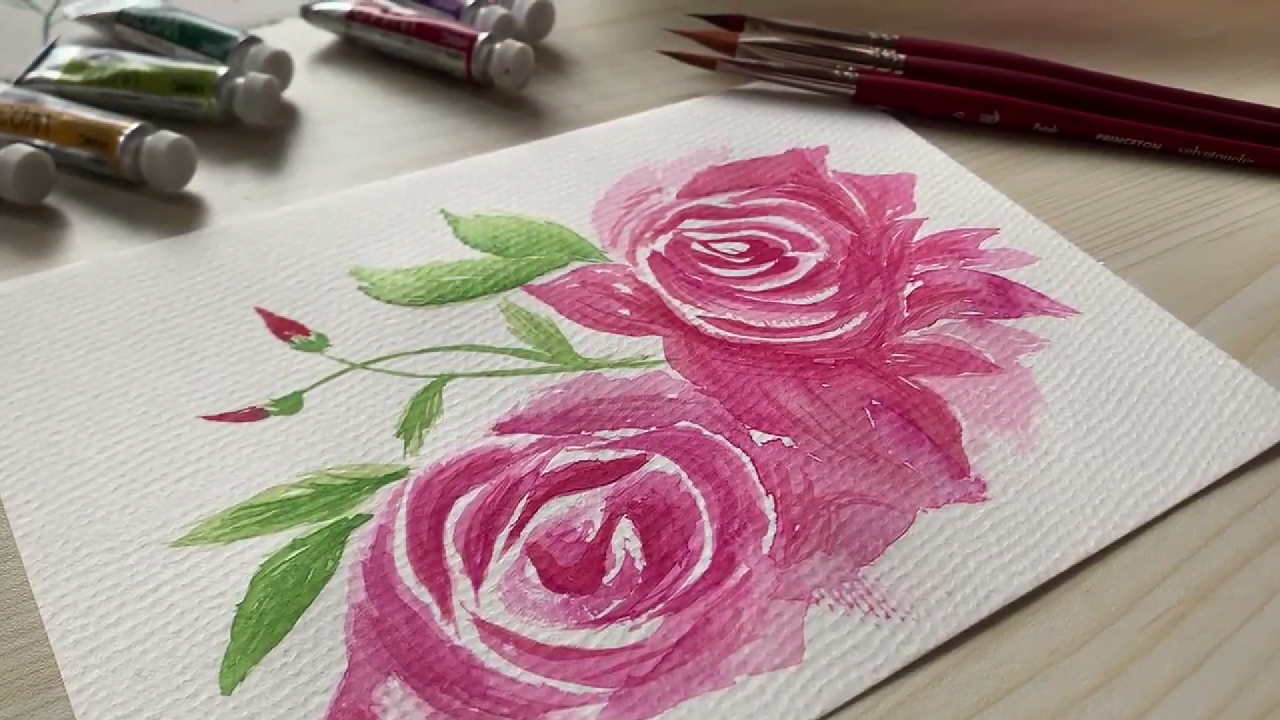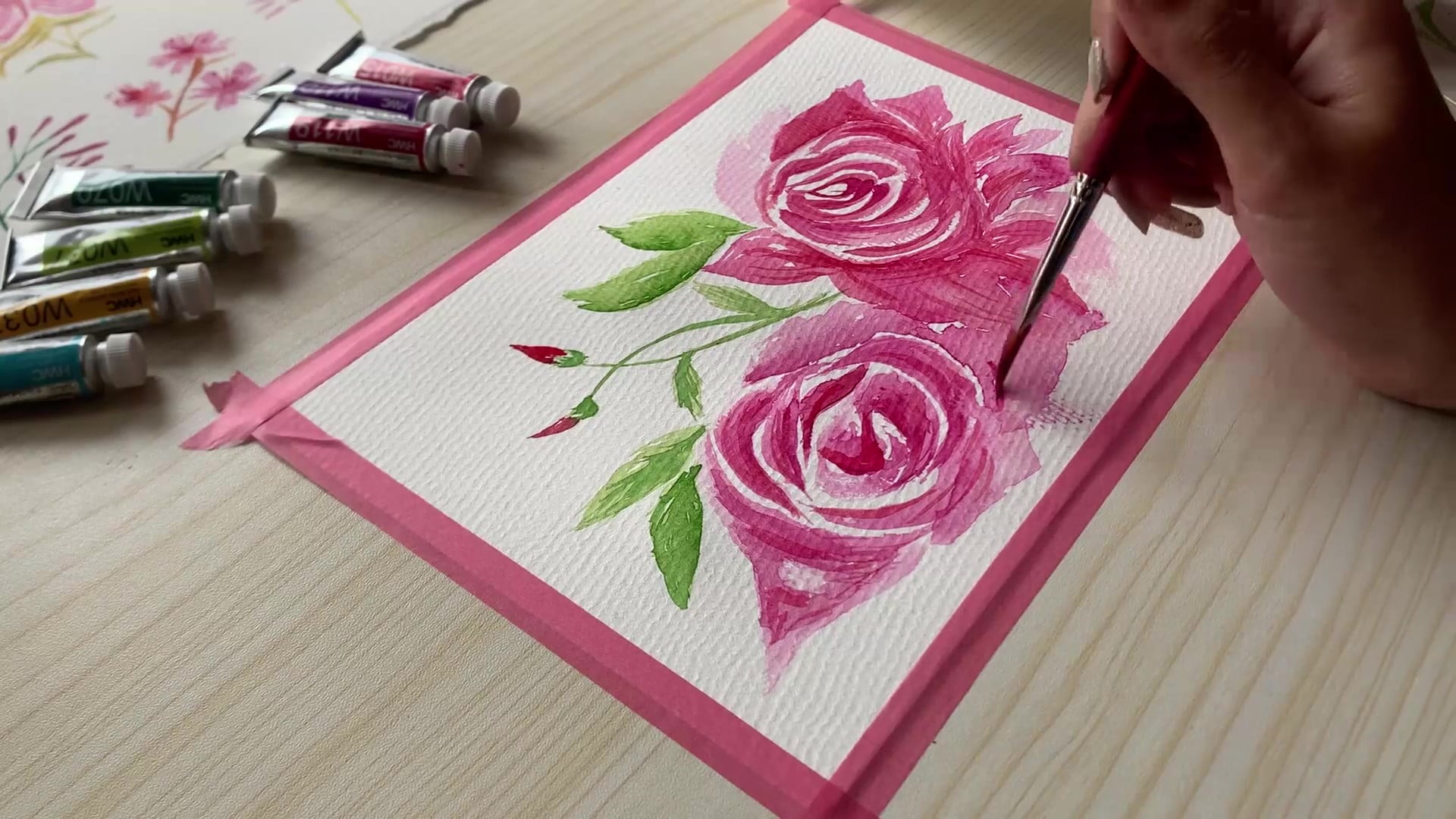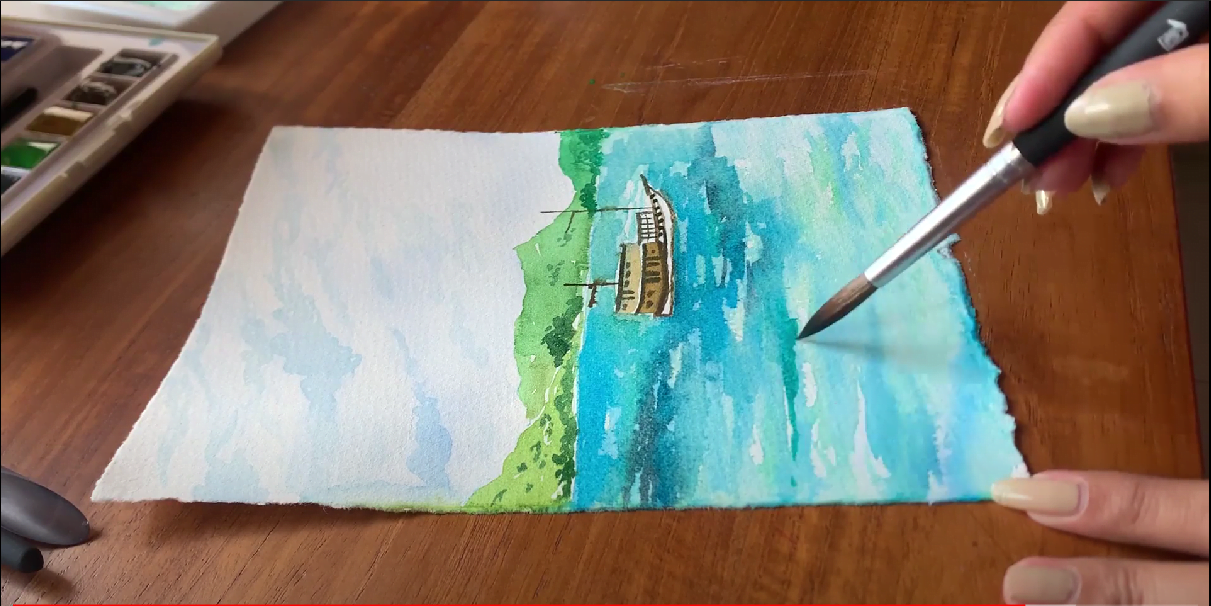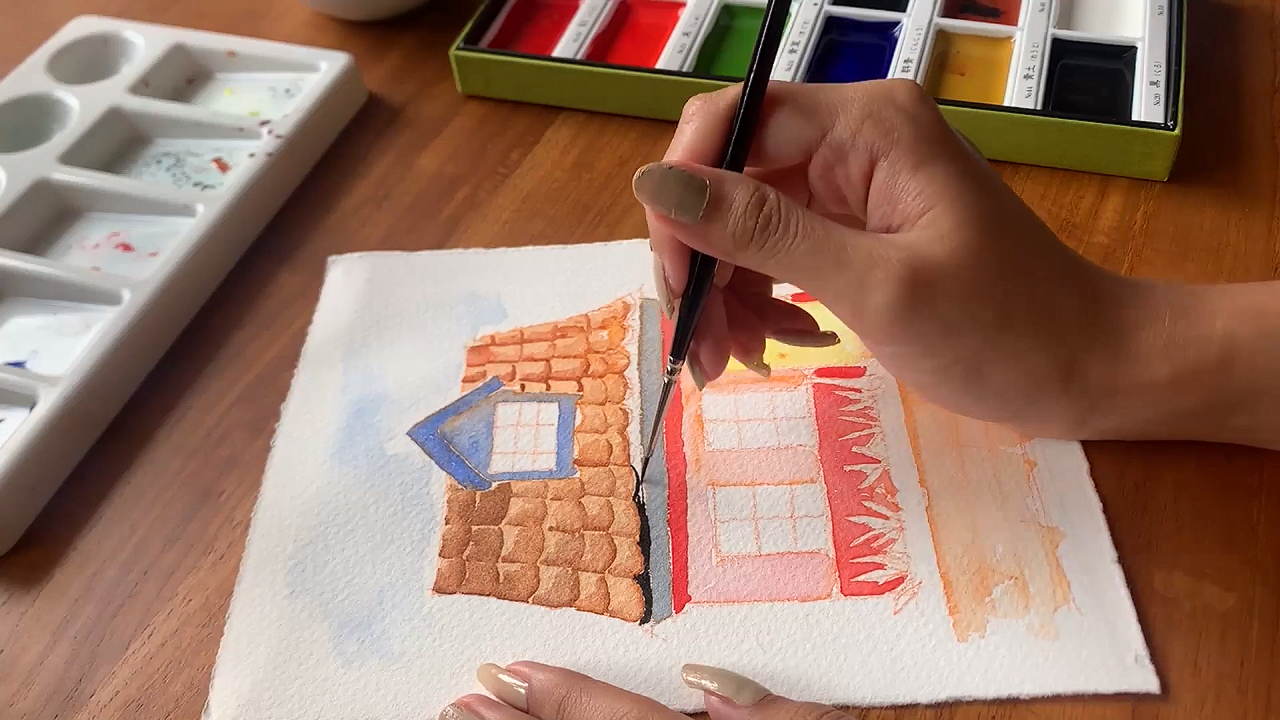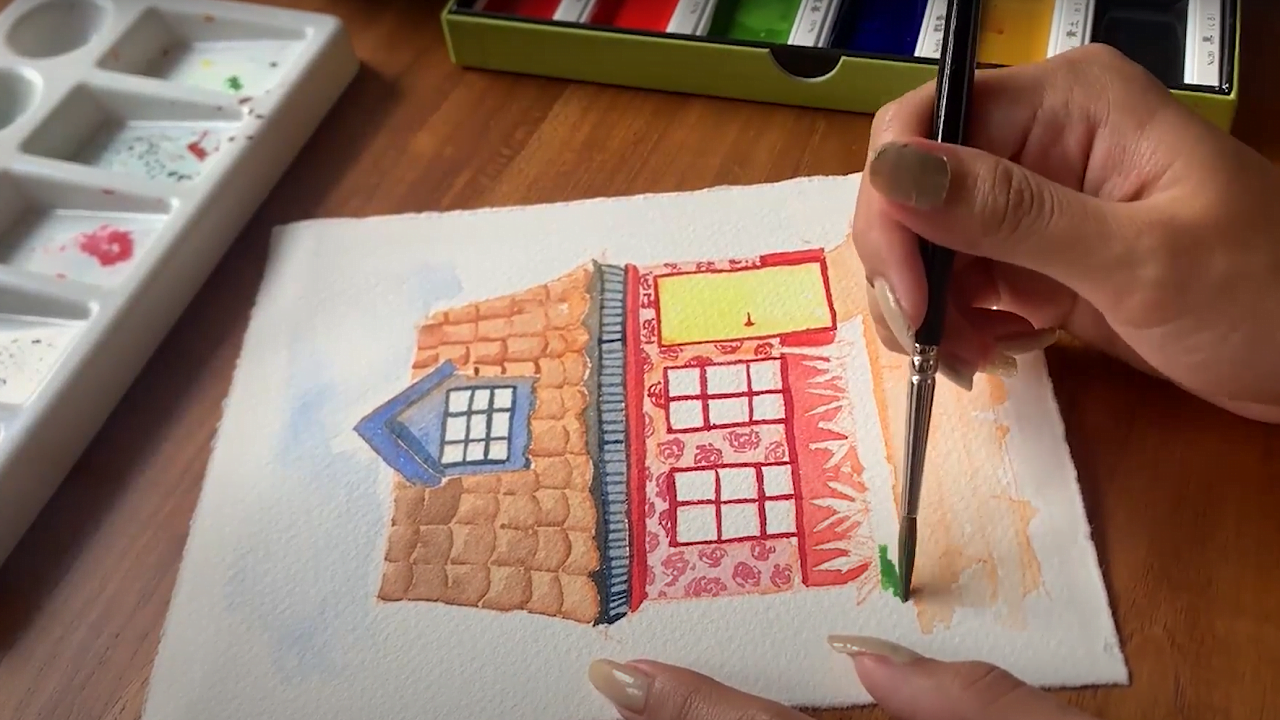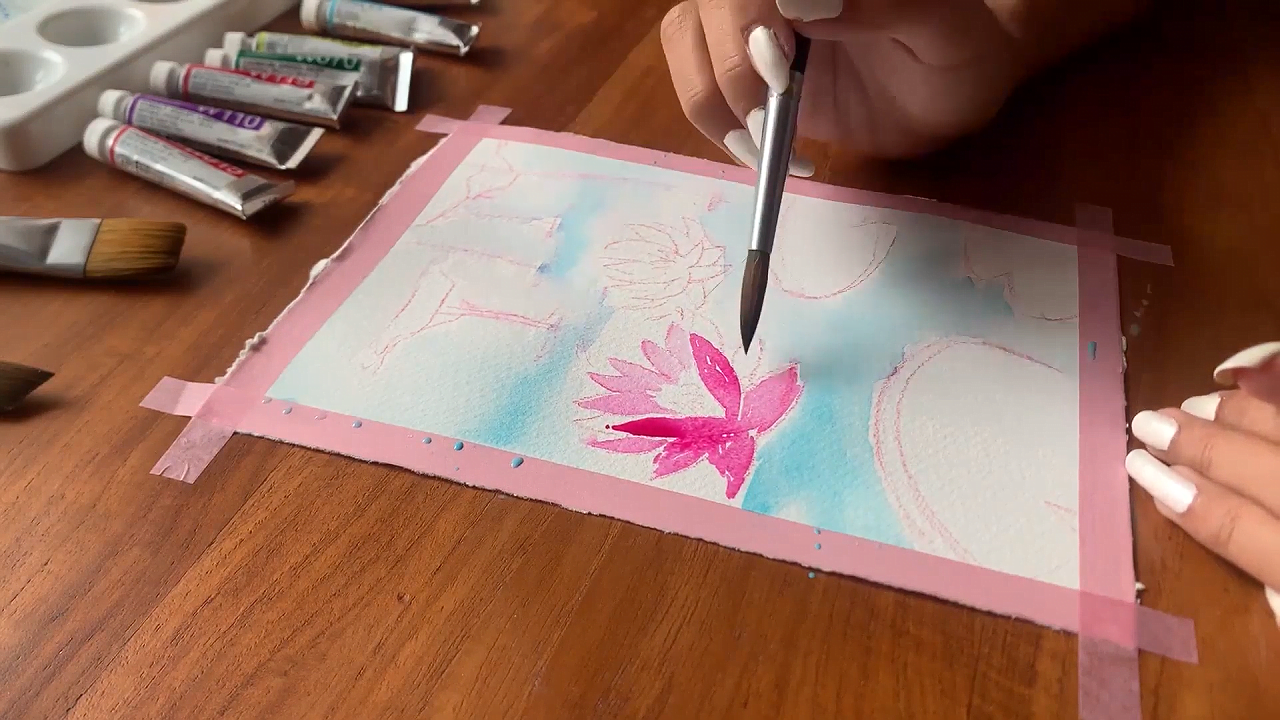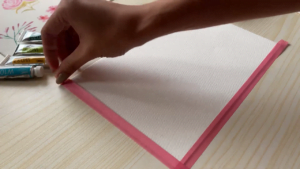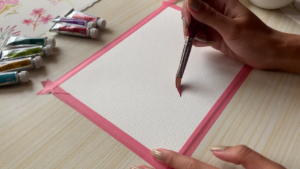From pressure washing stubborn surfaces to sandblasting wood and metal, this versatile tool can achieve all difficult feats with perfect ease.
However, buying an air compressor that suits all your requirements is a lot easier said than done. The market is flooded with cheap quality products, and more often than not, we fall for false gimmicks and end up choosing one that yields poor performance.
Here, we have prepared a list of the 8 most affordable and versatile air compressors available in the market.
But in case they don't meet all your needs, you will also find an extensive buyer's guide that will take you on a tour to explain each useful feature of the eight best 6-gallon air compressors.
So, before any further ado, let's begin, shall we?
Best 6-Gallon Air Compressors
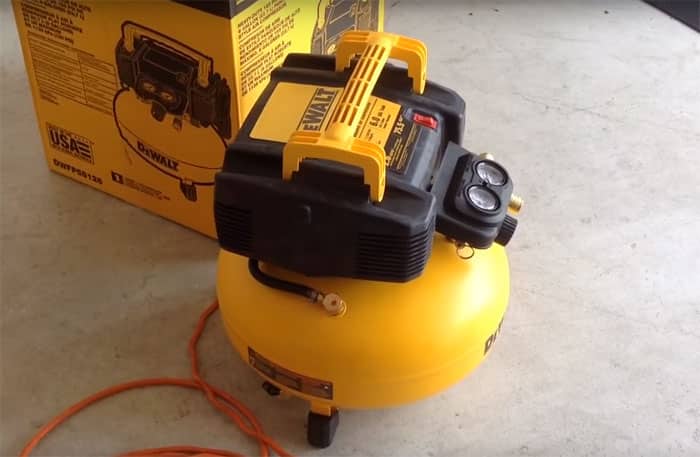
Here is the list of the 8 best 6-gallon air compressors that you can use to power your pneumatic tools, inflate tires, and tackle DIY projects.
1. California Air Tools 6-Gallon Air Compressor - Best for Quiet Performance
Let's start off this list with one of the quietest and highest-rated air compressors in the industry, The California Air Tools 6010LFC. The tool is engineered with cutting-edge technology that allows it to run as silently as a snail, even when operated at full power.
Let's take a quick sneak peek into its core features!
- Ultra Quiet - Only 60 decibels
- Oil-Free Pump - Cleaner air for better tool operation; Less...
Why Did We Like It?
This massive 6-gallon Air Compressor comes equipped with a powerful 1.0 HP motor (MP100LF) that is known for its superb sound insulation technologies. Not to oversell, but it is truly one of the quietest models we have come across till now.
This machine also features an Oil-Free Dual Piston Pump System that minimizes harmful emissions, delivering clean air every time. Most of the buyers confirmed the pump ensures that there's no accumulation of dirt and oil inside, thereby reducing your maintenance charges.
Conveniently, this also comes equipped with durable steel construction and also promises 4000 hours of uninterrupted performance. And as compared to most of the premium models, this is almost 40% more than what the other compressors offer at this price range.
To top it all, it's pretty lightweight (weighs only 54lbs), which makes it easy for you to carry it around.
So, if you don't mind spending a few dollars to bring home a powerful and ultra-quiet air compressor, opt for The CAT unit right away.
What Could've Been Better?
The only aspect that disappointed us a bit about this otherwise highly convenient model is the fact its relief valve is prone to malfunctioning. Some customers reportedly said to have faced problems while shutting off the unit as the relief valve did not provide enough pressure.
- Ultra-quiet unit with 60 decibels
- Features an oil-free pump
- Reduces maintenance cost
- Features MP100LF motor that lasts for 4000hrs
- Is a lightweight model
- The unit does not shut off due to the low pressure of the relief valve
2. Bostitch Pancake Air Compressor - Best for Value & Performance
Speaking of innovations that make our lives easier, Bostitch is the brand that you can rely on, eyes closed. The best part about Bostitch is that all of its compressors come with remarkable upgrades over their previous units. We recently got the opportunity to test the Pancake-compressor, and we're quite thrilled with the cutting-edge high-flow regulators that come within such an affordable price range.
Here's what the product has in store to offer.
- The portable air compressor has a long-life oil-free,...
- 150 max PSI 6.0 gallon tank (22.7 L) and 2.6 SCFM* delivered...
Why Did We Like It?
After a series of tests and thorough scrutiny, we can say that for the ones looking for the best pancake air compressor that delivers value for money, the BTFP02012 can be your way to go. We were pleased to notice that the manufacturers have included everything that professionals look for in the air compressor in this affordable unit.
Not only is it oil-free and optimized for quiet operation, but it also comes with a secure switch-on mode. This allows you to turn on the device instantly, even during the coldest months of winter, when most other compressors fail to thrive. Another noteworthy aspect of this oil-free low-maintenance pump comes is that it comes with a 78.5 DBA rating, making it ideal for people who prefer a quiet work environment.
In case you are still not convinced, we must mention the model also features a high-flow capacity regularity system that ensures the device is pumping at an optimal level.
What Could've Been Better?
Have you been wondering why the tool failed to grab the first slot despite features such as convenient specifications? Well, the first aspect that holds it back is that the compressor is a little bit louder than the CAT model. Even if we choose to ignore this issue, considering the difference is almost negligible, what upset us was that the operational valve tends to get stuck sometimes, adding to your frustration.
- Features 150 max PSI 6.0-gallon tank (22.7 L)
- High-efficiency motor with easy start-up
- Couplers to maximize air tool performance
- Lightweight model
- Operational valve gets stuck at times
3. PORTER-CABLE C2002 Pancake Compressor0 - Best for Light Framing & Nailing
As we are already two products deep into the list, we thought maybe it's the right time to introduce you to this high-functioning unit from Porter-Cable. The brand is globally known for designing affordable and convenient tools that come with numerous attractive features, and it has struck the right chord again with the C2002 model.
- 150 psi max tank pressure of the portable air compressor...
- 2.6 SCFM @ 90 psi of the electric air compressor allows for...
Why Did We Like It?
This oil-free UMC Pancake Compressor from Porter-Cable is the ideal piece of machinery you need for finishing all your nailing and light framing operations in a snap. What makes it all the more convenient is that the compressor only needs roughly 130 seconds to reach the max pressure of 150 PSI.
The air pressure is also sufficient for working for prolonged periods and saves you from the ordeal of frequently stopping in-between work to refill the tank. Adding to your convenience, its oil-free pump ensures you don't have to worry about oil spills or spend your hard-earned money on maintenance of the tool every other month.
It is also worth mentioning the machine comes equipped with built-in thermal overload protection. Thanks to its low amp 120volt motor, the engine starts almost instantly and delivers long runtime even in cold weather conditions.
Another plus point of the machine is that it's pretty lightweight and comes with an ergonomic handle, allowing you to carry it around with ease.
What Could've Been Better?
The only thing we didn't like about the compressor is its noise level. Though the machine claims to have reasonable noise cancellation upgrades and delivers an output of only 82 decibels, in reality, the sound seems to be a lot louder than that.
- 150 psi max tank stores more air
- Pancake style delivers added stability
- Durable and low-maintenance pump
- Lightweight and easy to use
- A bit noisy
4. Campbell Hausfeld 6 Gallon Portable Quiet Air Compressor
Any professional with a decent knowledge of air compressors will be familiar with the name Campbell. The company's history of manufacturing high-performing efficient tools dates back to as early as the nineteenth century, and so far it has never failed to deliver quality products.
Today, manufacturers excel in the arena of air tools and accessories. And, with its latest introduction of the DC060500 model, it only sets the bar high for the rest of its competitors.
- Low Noise Level: Operating at just 68 db, this quiet air...
- Portable Design: Featuring a compact and portable design,...
Why Did We Like It?
When it comes to buying a sturdy and reasonably priced air compressor that can withstand a sufficient amount of wear and tear, Campbell can be a great option to consider. We have no qualms saying, the manufacturer aptly sums up the efficiency of the tool in the tagline "Half the noise, All of the power!"
Speaking of power, the device is equipped with a whopping 7 Amp induction motor that functions at PSI 125. This makes it easier for you to tackle a wide range of projects like nailing, fastening, hobby painting, bolting, and stapling like a pro.
Another thing that really impressed us about this unit is its sturdy and convenient construction. The tool features a unique roll cage design that provides excellent protection to the motor and the key compressor components, increasing their longevity.
And if you prefer working in a calm and peaceful work environment, let's confirm the DC060500 is ideal for those who are sensitive to noise. Though it might not be the quietest one we have reviewed so far, it's still worth your consideration.
What Could've Been Better?
We must warn you that many users have reported the unit slightly leaks around the regulator fittings. Although it can be easily fixed simply by tightening the screw, we hope the manufacturers will look into this issue and improve their future models.
- 50% quieter than other compressors
- Features durable soft-grip handles
- Comes with an oil-free pump
- Comes with a quick-start option
- The air leaks sometimes
5. DEWALT (DWFP55126) Pancake Air Compressor
If you are looking for a high-efficiency compressor within a reasonable budget, the DWFP55126 can be your go-to option. We were searching for a compact budget option that you can conveniently carry around for outdoor tasks and also use for DIY projects in your home. And the DEWALT (DWFP55126), with its top-notch features, simply blew our minds!
- 165 max PSI 6.0 gallon tank (22.7 L) and 2.6 SCFM* delivered...
- High efficiency motor of the electric air compressor is made...
Why Did We Like It?
The first thing that got us interested in the DEWALT DWFP55126 Pancake model is the compressor comes equipped with an oil-free motor. And what we love about these types of oil-free pumps is they require almost negligible care and eliminate the necessity of regular maintenance like periodic oil checks.
Another feature that makes this model stand out from the rest is the air power the compressor delivers. This amazing tool is capable of supplying a maximum pressure of 165 PSI and creating airflow of 2.6 CFM at 90 PSI, which is equivalent to providing air for more than three trim guns.
Coming to the nitty-gritty, the device is equipped with a console cover and a protective rubber leg. These coverings protect the control accessories and prevent marring, thereby adding to their durability.
Additionally, the convenient unit features 2 universal couplers and a ball drain valve for quick and easy tank draining.
What Could've Been Better?
The only glaring shortcoming of the device is it does not include an air hose, and you will end up spending quite a few dollars buying it. This isn't great news for people who are on the lookout for budget models, and the manufacturers should resolve this bug on priority.
- Comes with a 75.5 dB noise level
- Has convenient cord wrap for secure storage
- Features easy start-up motor
- Feature high flow regulator and couplers
- Does not come with an air hose
6. Makita MAC5200 Big Bore 3.0 HP Air Compressor
Makita is one of those reputed companies that always strive to bring you the most efficient products that score high in terms of versatility and functionality. They have engineered the MAC5200 model with all the essential features a professional looks for in their compressors, and we can confidently say the unit offers exceptionally satisfactory efficiency.
- Cast iron pump with Big Bore cylinder and piston is...
- Powerful 3.0 HP motor produces 6.5 CFM at 90 PSI for...
Why Did We Like It?
The Mac5200 is frankly one of those models which are able to handle tougher job site conditions under any given circumstances. What helps the tool achieve this difficult feat is its massive cast iron cylinder that comes with a greater bore and stroke for delivering increased compression.
We were also really impressed with its out-of-the-box 3.0 HP piston that delivers enough power for running two framing nailers at once.
We also observed, the manufacturers had durability in mind while designing the device and included a roll cage construction, which gives extra protection to the pump and motor assembly. Moreover, the pump is oil-lubricated for a cooler runtime and comes equipped with finned discharge tubing that dissipates heat quite efficiently, adding to the longevity of the model.
We also noticed it offers convenient features like a built-in storage compartment for air fitting and accessories as well as an air hose wrap for storing the 50 ft hose.
Some of its other useful features include a tank drain valve, oil drain, and oil sight glass, which makes it easier to maintain than the petcock-designed counterparts.
What Could've Been Better?
While this high-end model is an excellent option for tackling heavy-duty tasks, one thing that becomes a bit bothersome is its motor sound. Most other products in this price range feature proper sound-insulated construction, but that doesn't seem to be the case with this model.
- Comes with a powerful 3.0 HP motor
- Features an oil-lubricated pump
- Features durable cast-iron cylinders
- Comes with a rugged wheel for easy portability
- Sound insulation is not up to the mark
7. Makita AC001 Compact Air Compressor
Makita has bagged yet another position in our coveted list of best air compressors with their latest addition, the AC001. Like all Makita devices, this impressive model comes with a powerful and reliable motor that left us surprised with unparalleled functionality.
- Powerful 1/6 maximum horsepower induction motor provides up...
- Lightweight design (23.1 lbs.) for increased job site...
Why Did We Like It?
The professionals speak highly of the AC001 unit for its quick recovery time, the longer shelf life of the accessories, and its consistent performance.
And, upon testing the device, we were excited out of our wits to see how efficiently its 1 hp motor manages to handle a wide variety of tasks. It can deal with the case and base installations, trimming and finishing of carpentry work, and spray painting sessions smoothly like a cakewalk.
Also, the model is ideal for indoor use. It comes with a lower noise output of 72dBA, which ensures you do not get interrupted during work due to weird rattling sounds.
Coming to its core features, the machine is equipped with a Low-AMP-draw system that eliminates the chances of tripped breakers during startup. Not only that, but it also features a roll cage construction that gives extra protection to the pump and motor, adding to their durability.
Additionally, it comes with an ergonomic lever handle that plays a significant part in improving the maintenance of the compressor as it allows the air tank to be released easily.
What Could've Been Better?
We found the compressor tends to hold a lower amount of air after a few months of use and needs to be filled more frequently. This might be a bit of an issue if you want to use it for projects that demand prolonged working hours.
- Comes with a powerful ⅙ Hp induction motor
- Features a lightweight design
- Provides up to 125 PSI
- Low noise for operator control
- Does not hold much air after a few months of usage
8. CRAFTSMAN 6 gallon, Pancake Air Compressor
Speaking of top-rated Air Compressors, we cannot ignore this oil-free model that comes with a 13-piece accessory kit, the Craftsman (CMEC6150K). The unit offers numerous attractive features and is ideal for tackling a wide range of pneumatic and air tool applications.
- The portable air compressor is proudly made in the USA with...
- PORTABLE: 6 gallon capacity maximizes portability and stored...
Why Did We Like It?
Beginning straight with the USP of the product, this standard, affordable unit comes with a 13-piece accessory kit saving you the ordeal of buying each one separately. The kit includes a 25' X ¼" Pvc air hose assembled with a plug & coupler, blow gun, rubber tip, three inflator adaptors, tire gauge, tire chunk, etc., making it totally worth your dollar.
You may consider including this handy device in your car tool kit as it's very thin, which makes it easy to transport, and it comes in handy during repair work in case of emergency blown-ups.
Also, the tool is engineered to provide a 150 Max PSI that delivers adequate cut-in pressure for a variety of applications. With this remarkable tool in your garage, you can finally say goodbye to those days of frequent interruptions in your workflow. However, though the Craftsman 6-gallon compressor delivers sufficient air pressure for basic projects, we would recommend you not push its limits with heavy-duty work.
Noteworthy to mention, the tool is also pretty lightweight (it weighs only 30lbs) so, you can carry it anywhere you want for your outdoor projects.
What Could've Been Better?
In case you have assumed this heavy-duty compressor will allow you to work for long cycles, let us tell you that's not the case with this model. The motor runs for a bit more than 30 minutes, which won't be much of an issue for DIYers or professionals using the device for small trimming jobs. However, intense projects might overheat the compressor.
- Features a durable, low-maintenance pump
- Comes with 13 piece accessory kit
- Comes with a 1year warranty
- Lightweight and portable
- Not suitable for intensive projects
Best 6-Gallon Air Compressor Comparison Table
| Product | Dimensions | Weight | Power Source | Voltage | Noise Level | Horsepower | Air Flow Capacity | Tank Storage Pressure | Warranty |
|---|---|---|---|---|---|---|---|---|---|
| California Air Tools 6-Gallon Air Compressor | 26" x 11.5" x 21" | 54lbs | Electric | 110V (AC) | 60dB | 1HP | 4CFM | 125PSI | 1 Year |
| Bostitch Pancake Air Compressor | 17" x 17" x 19.25" | N/A | Electric | 230V | 78.5dB | N/A | 2.6CFM | 150PSI | 1 Year |
| PORTER-CABLE C2002 | 17" x 18.38" | 31.2lbs | Electric | 120V | N/A | 0.2HP | 2.6CFM | 150PSI | 3 Years |
| Campbell Hausfeld 6-Gallon Air Compressor | 16" x 23" x 16" | N/A | Electric | 120V (AC) | 68dB | 1HP | 2.4CFM | 125PSI | 1 Year |
| DEWALT DWFP55126 | 16" x 16" x 17.5" | 30lbs | Electric | 120V | 75.5dB | 0.2HP | 0.58CFM | 125PSI | 1 Year |
| Makita MAC5200 | 29" x 19.5" x 19" | 75lbs | Electric | 120V | 65dB | 3HP | 5CFM | 140PSI | 1 Year |
| Makita AC001 | 14" x 15" x 15" | 23.1lbs | Hand-Powered | 12V | 79dB | 0.17HP | 0.58CFM | 125PSI | 1 Year |
| CRAFTSMAN 6-Gallon Air Compressor | 16.5" x 16.5" x 17.88" | 32.5lbs | Electric | 120V | 78.5dB | 0.2HP | 2.6CFM | 150PSI | 1 Year |
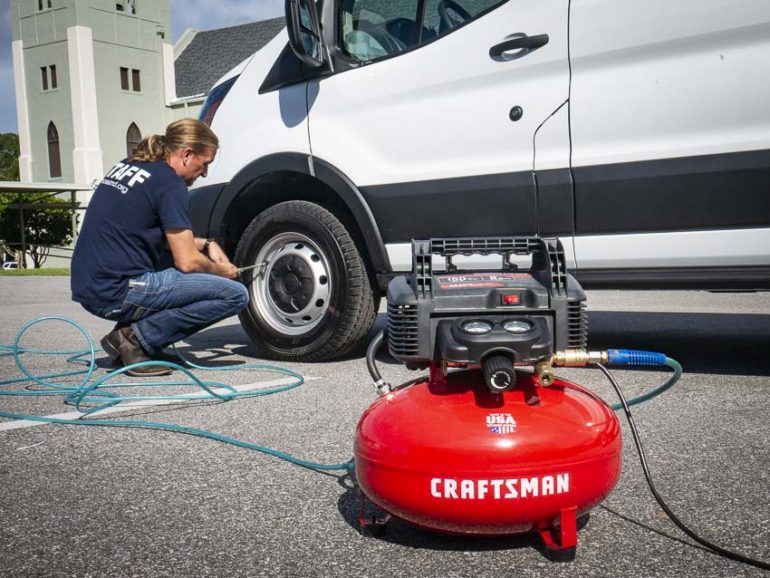
Buying Guide For The Best 6-Gallon Air Compressor
Undoubtedly, each of these 6-gallon air compressors is simply great for handling daily tasks like gauging finish nailer, auto tire inflation, and the like. But the most important question we should be asking ourselves is, "Which one will be best suited for our home & garage use?"
You would certainly not want to throw around hard-earned money mindlessly into a tool that lasts only for a couple of weeks, do you?
So, to save you from the ordeal, we are going to walk you through some of the essential aspects to consider before hailing towards the shop.
Analyze your requirements
Are you going to use the compressor to power heavy-duty pneumatic tools and paint sprayers or for simpler tasks like inflating tires? In case you plan on using it to operate machines that demand high airflow, it's recommended to opt for one that comes with a high-volume tank.
In short, the pressure and volume capacity of the tank will be fundamental to the functionality of your device. Therefore, if your work involves operating power-hungry tools like pneumatic sanders, and wrenches it will be essential to opt for the 6 to 8-gallon compressors. Failing to choose one that's large enough for your intended use will result in periodically waiting in between projects for refilling the tank. And, needless to say, it will decrease your work efficiency significantly.
Know the airflow required
CFM and PSI are the keys to your compressor's functionality. Generally, compressors are measured in two fundamental ways, CFM (cubic feet per minute) and PSI (pounds per square inch). These are basically the most important numbers to consider. For example, if your device uses up air much faster than what the compressor is capable of delivering, you will need to stop frequently in-between work for the compressor to catch up.
For the best results, make sure to choose a compressor that exceeds the PSI as well as CFM requirements of the air tools you regularly work with. This will ensure you are not underpowered. We would recommend you opt for one with 1.25 to 1.5 times more CFM airflow than what your air tools actually require. This will allow you to maintain the performance of your tools without overworking in any way.
Check the noise levels and soundproofing
Air compressors are notorious for being loud and producing considerable noise, typically ranging from 60 to 90 decibels. It's important to understand that the decibel scale is not linear; a 10 dB increase corresponds to doubling the perceived noise level.
Using air compressors indoors or in enclosed spaces can be particularly challenging due to the noise they generate. Fortunately, many new-generation compressors are equipped with noise-canceling technology for quieter operation. Additionally, incorporating garage soundproofing measures can further reduce the impact of compressor noise and prevent disturbance.
Before picking an air compressor, review its noise level specifications and consider coupling it with effective garage soundproofing solutions, especially if you are sensitive to noise. Our list includes compressors with excellent sound insulation features to provide a comfortable working environment.
A 6-gallon air compressor can be used for tasks like inflating tires, blowing off dust and debris, nailing, and brad nailing. It is also suitable for light painting jobs, sanding, or operating pneumatic tools like impact wrenches and ratchets. The maintenance for a 6-gallon air compressor depends on the type of compressor. Oil-free compressors require less maintenance, as you do not have to change the oil. Regularly draining the condensation and cleaning the filters are the main maintenance tasks. Oil-free compressors are less maintenance-intensive, lighter, and suitable for most DIY tasks. However, oil-lubricated compressors are more durable and quieter. The choice depends on your specific needs and preferences. Wear proper safety equipment, avoid overloading the compressor, keep the area clear of debris, and follow the instruction manual for safe operation. It typically takes around 2-5 minutes to fill a 6-gallon air compressor tank, depending on the model and motor’s efficiency. Yes, you can use a 6-gallon air compressor with a generator as long as it can supply the required voltage and wattage as per the compressor’s specifications.Are 6-gallon air compressors suitable for home use?
Conclusion
After exploring the top 6-gallon air compressors available today, it's clear that these versatile tools offer a wide range of features, performances, and price points to fit various needs and budgets. Based on our expert analysis and user experiences, we can confidently recommend three standout products for different scenarios.
From the above 8 best 6-gallon air compressors, here are the top three expert recommendations:
For those seeking the best quiet performance, the California Air Tools 6-Gallon Air Compressor is an ideal option. Its impressive noise-reduction technology, oil-free pump, and durable steel construction make it a premium choice for those willing to invest in a top-quality air compressor.
If excellent value and performance are your top priorities, the Bostitch Pancake Air Compressor is a good option. This affordable, oil-free compressor boasts an easy start-up and high-flow regulators, making it a reliable choice for various applications.
Finally, for those focusing on light framing and nailing tasks, the PORTER-CABLE C2002 Pancake Compressor is the right choice. It offers speedy pressure build-up, an oil-free pump, and built-in thermal overload protection, ensuring efficient performance and minimal maintenance requirements.
Whichever option you choose, a high-quality 6-gallon air compressor can significantly enhance your productivity and help you complete various tasks with ease and efficiency.

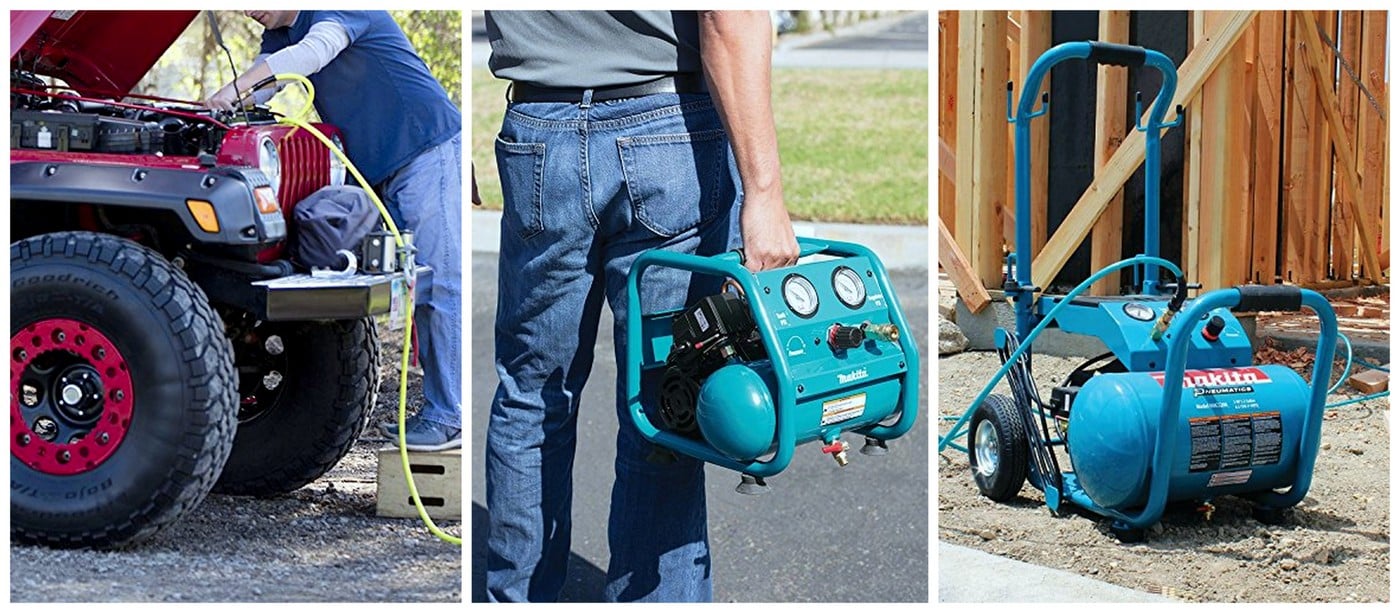









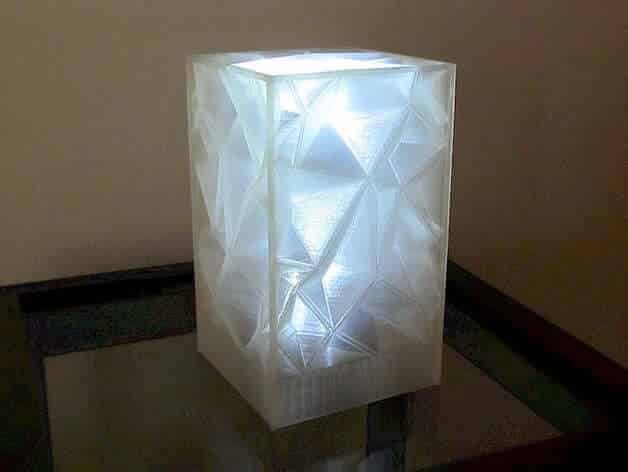

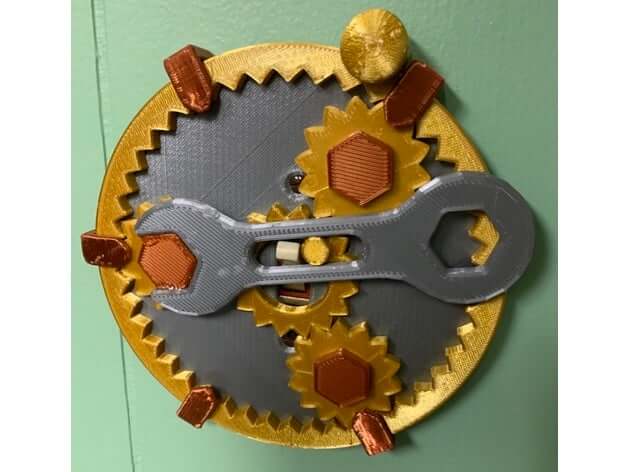
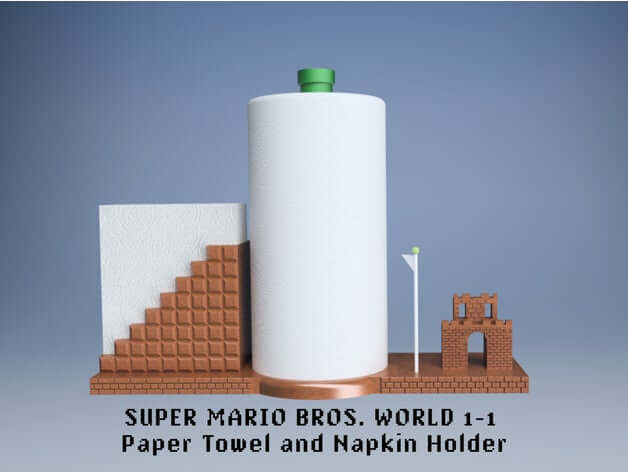
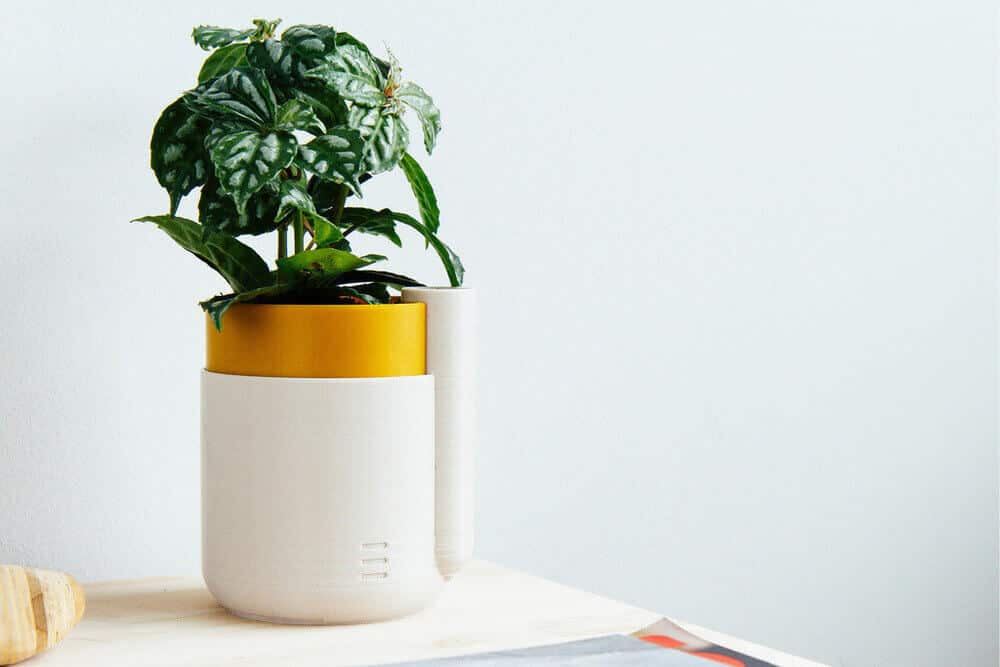
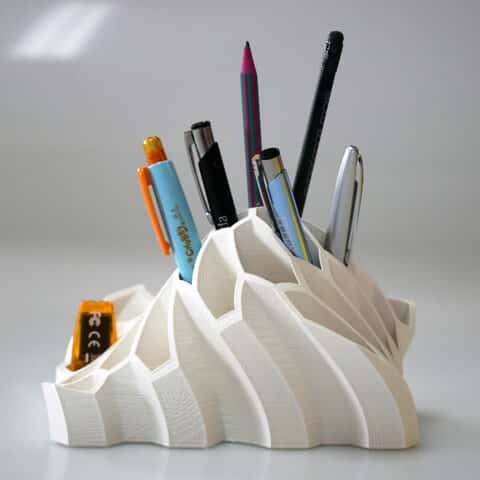
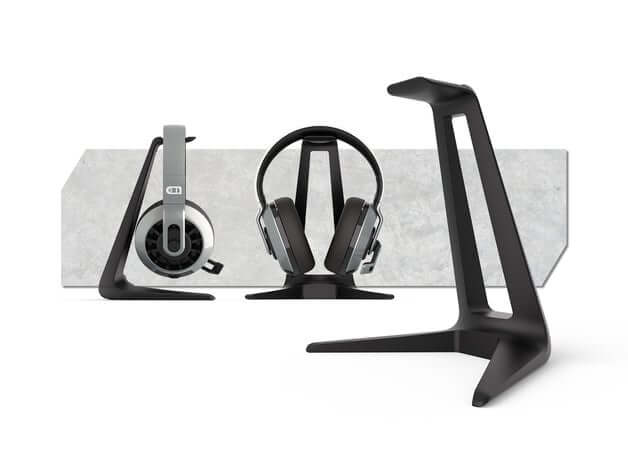
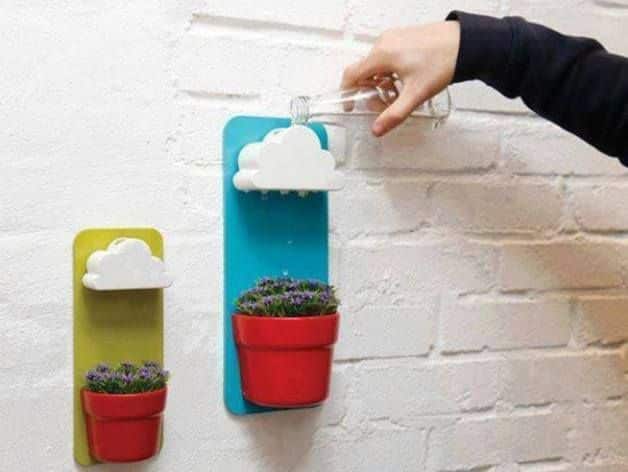
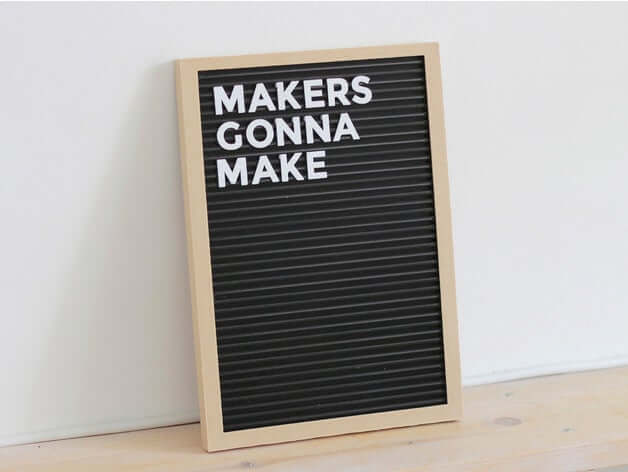

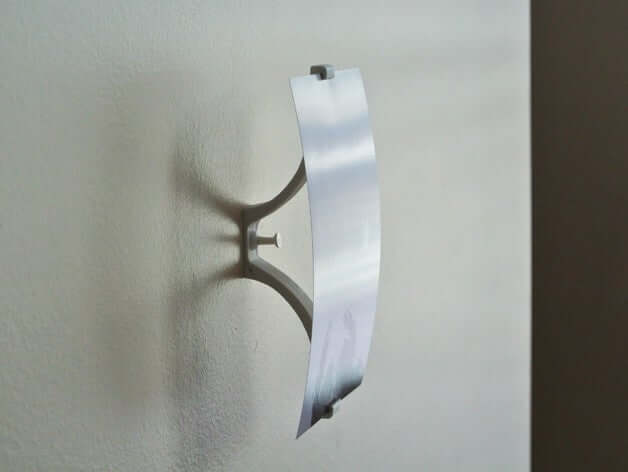
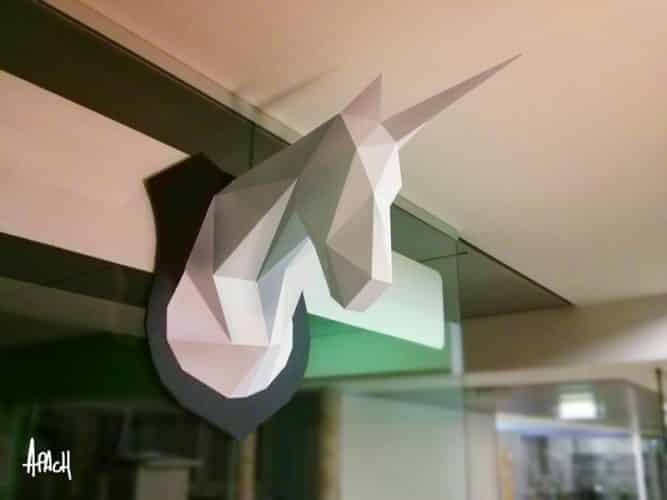
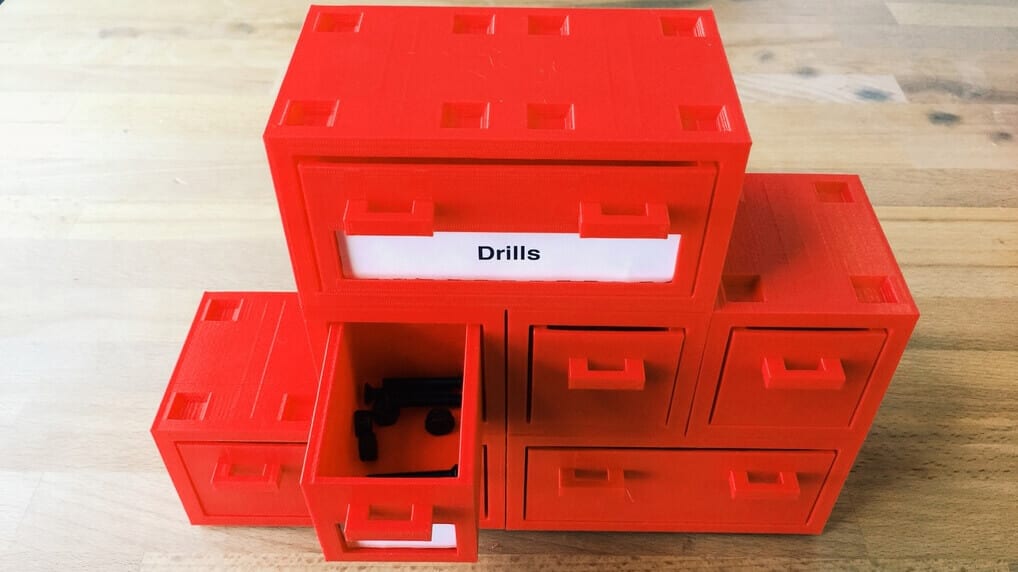
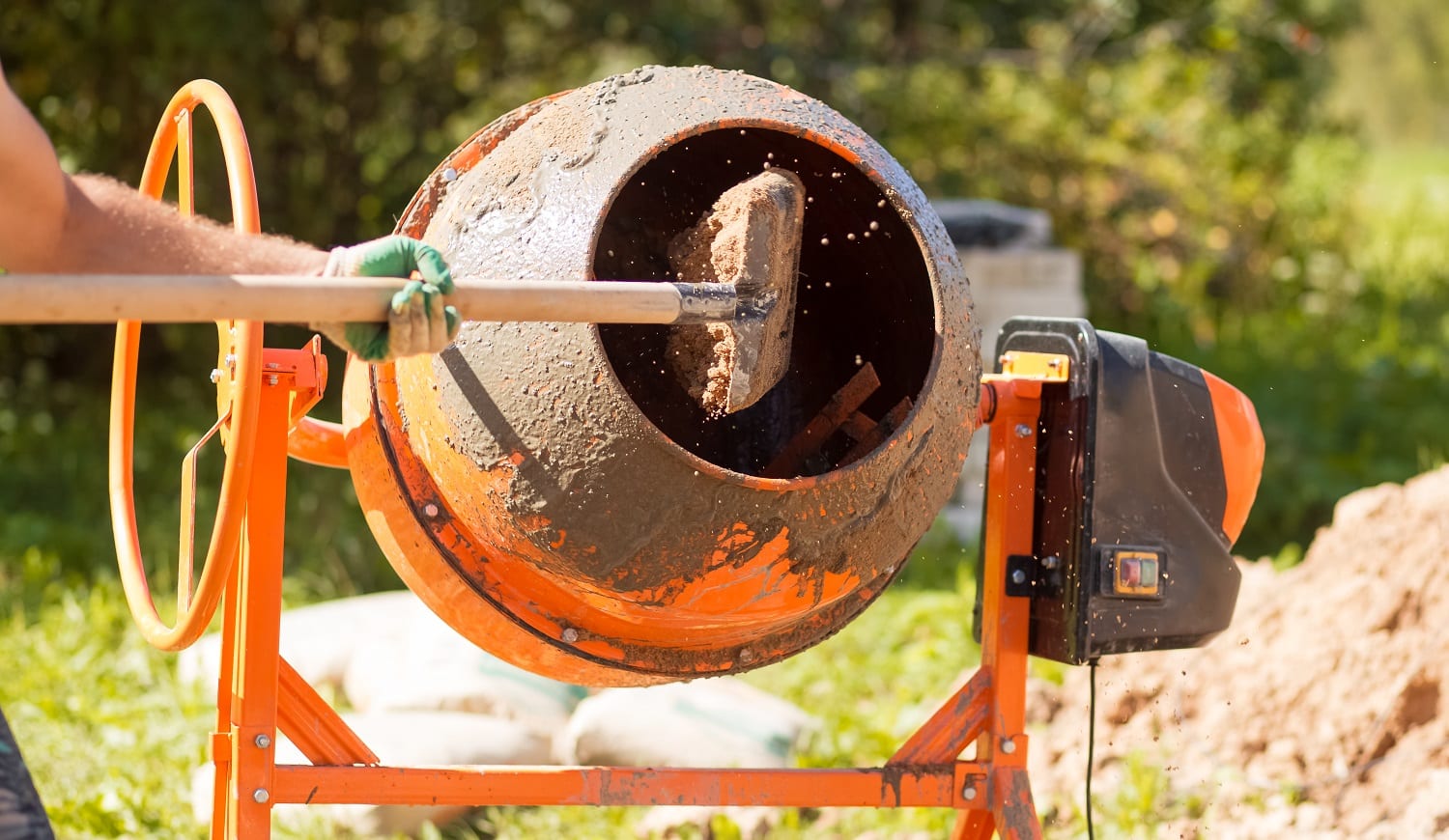
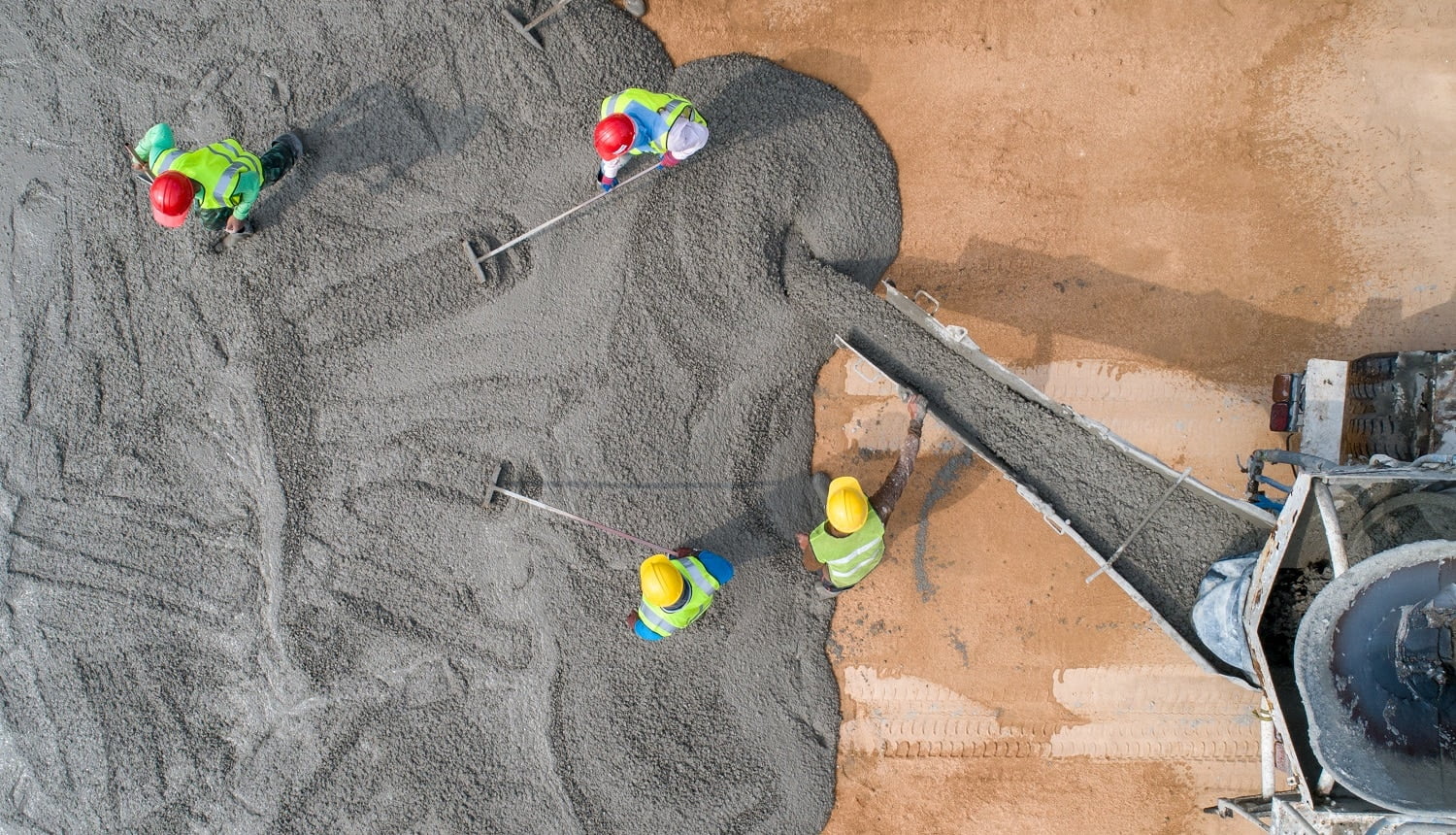








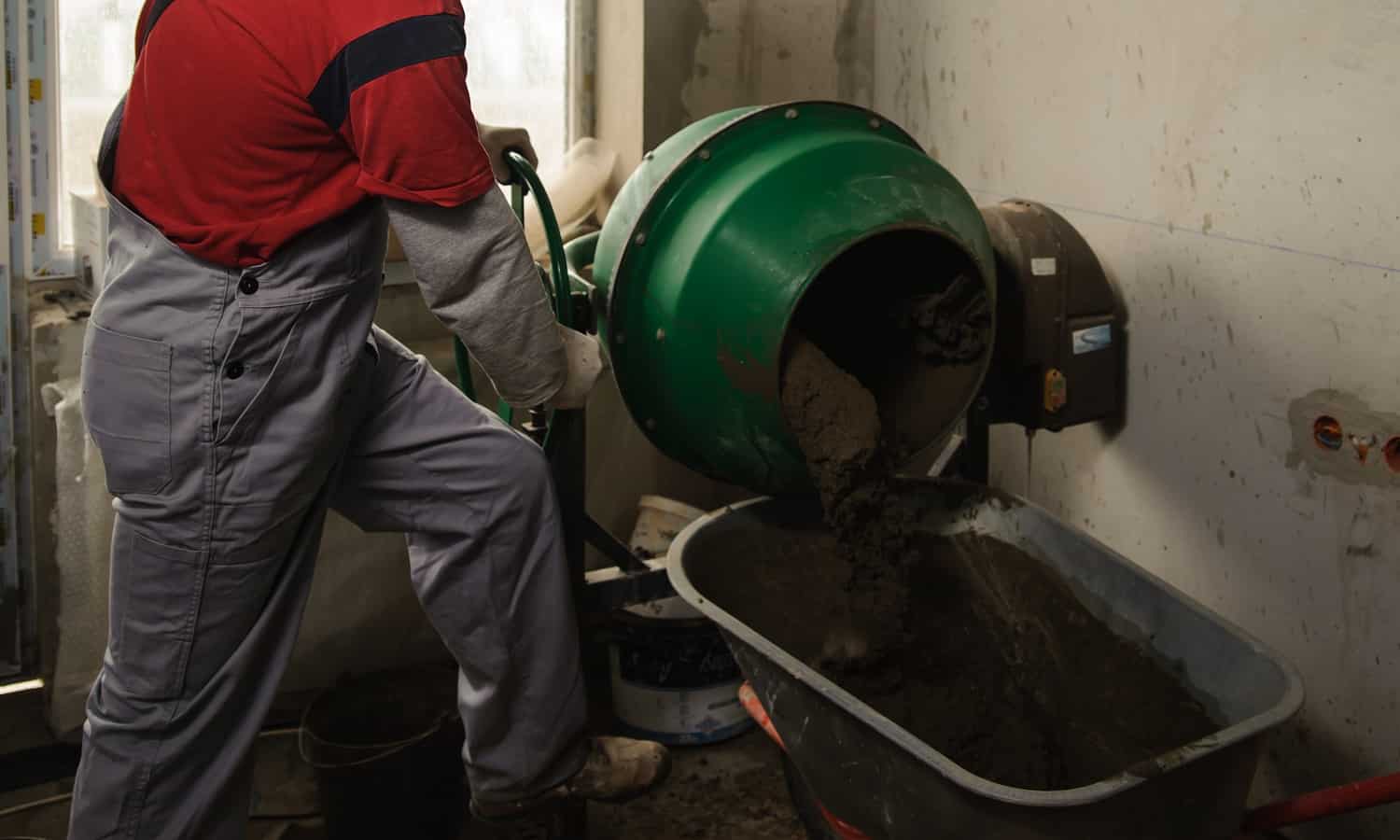
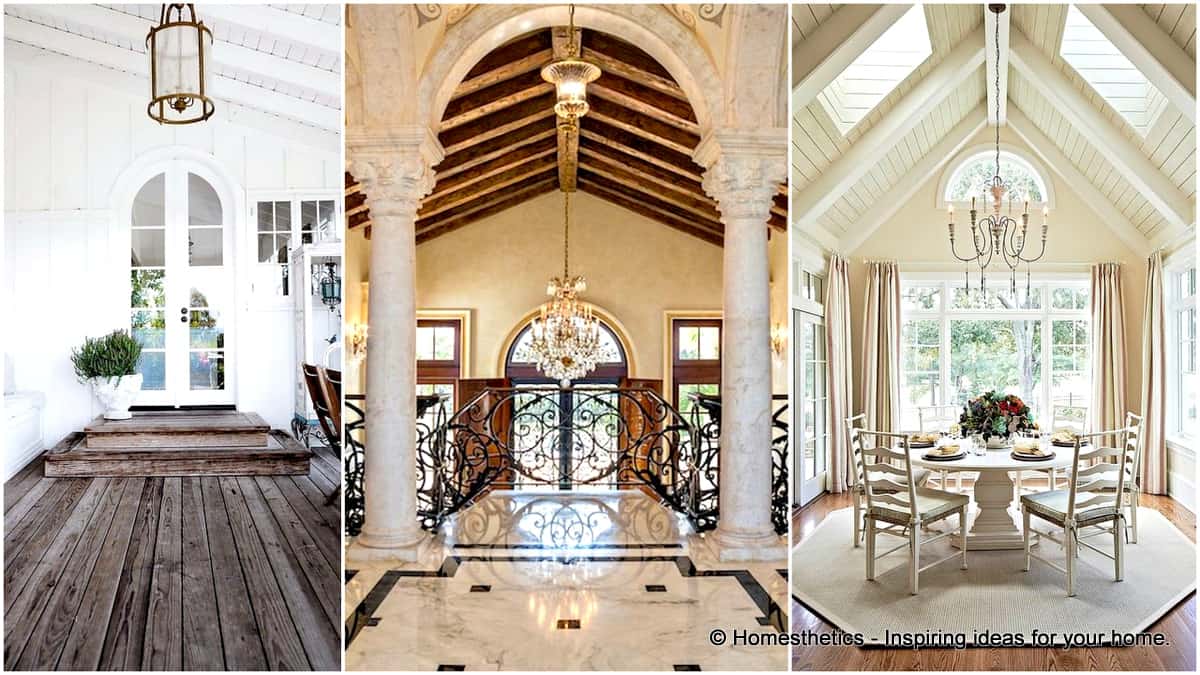
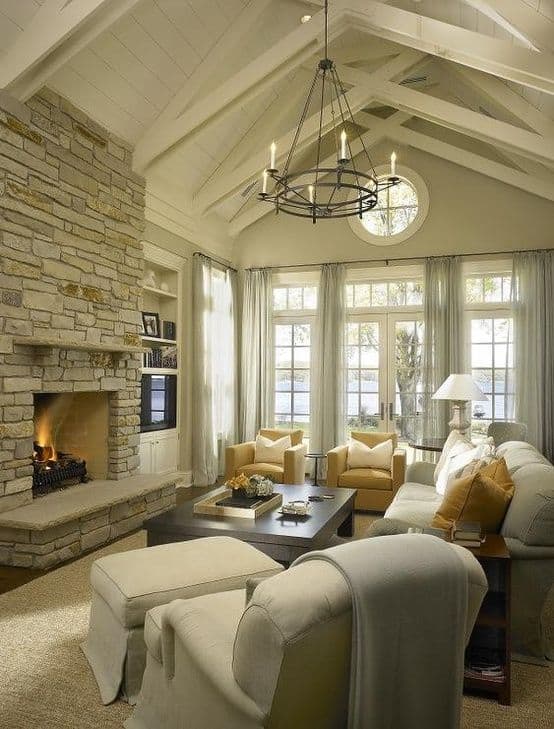
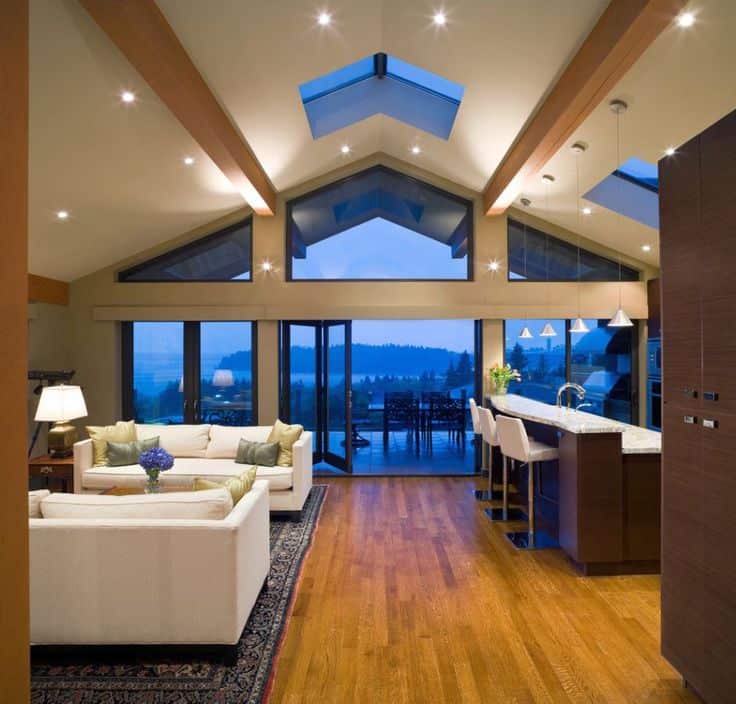
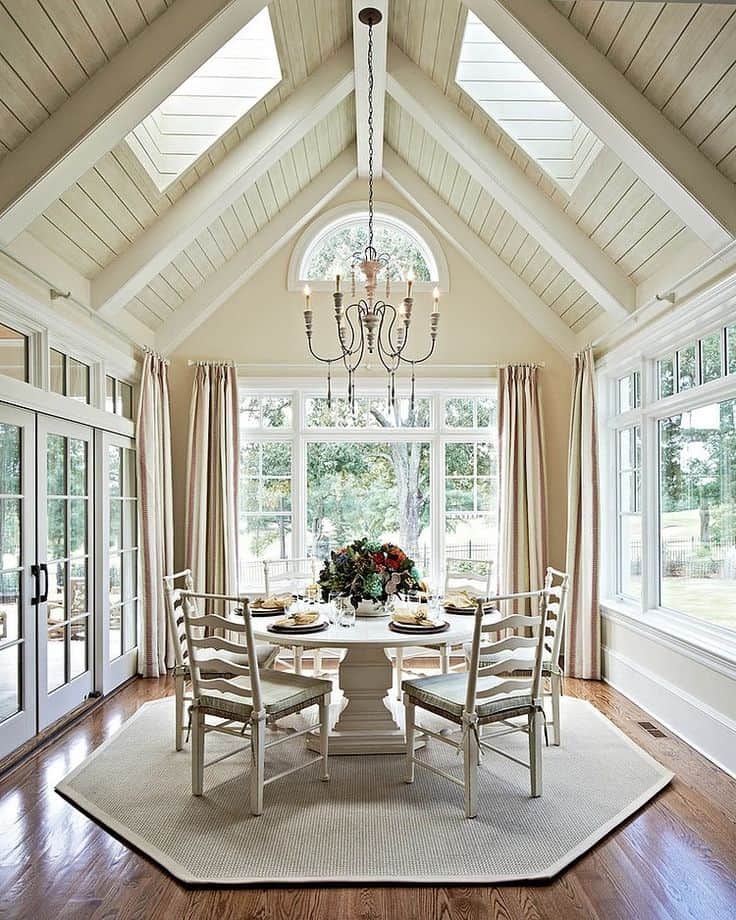
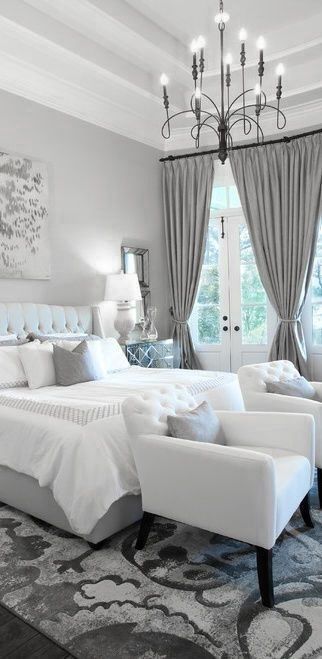

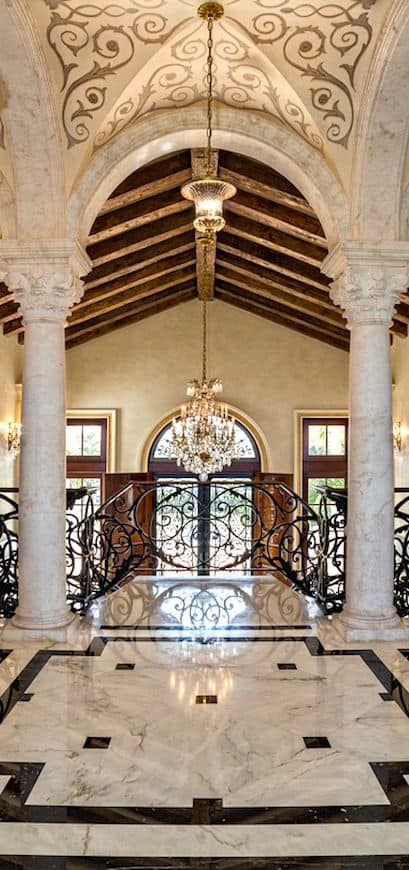
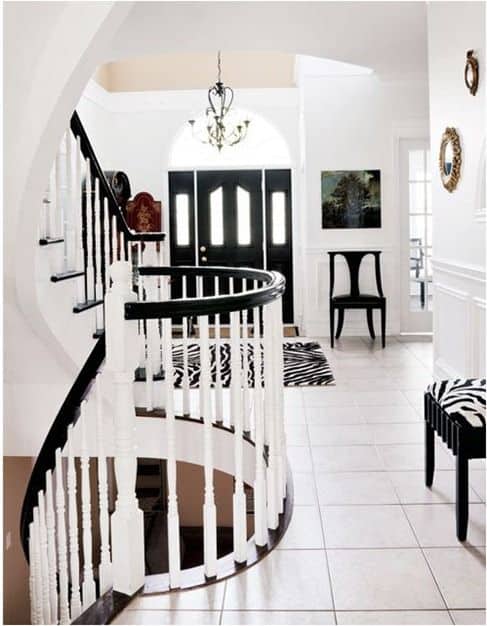
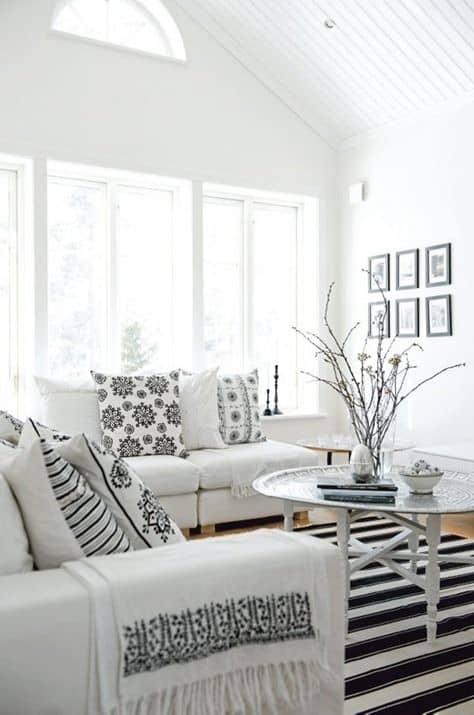
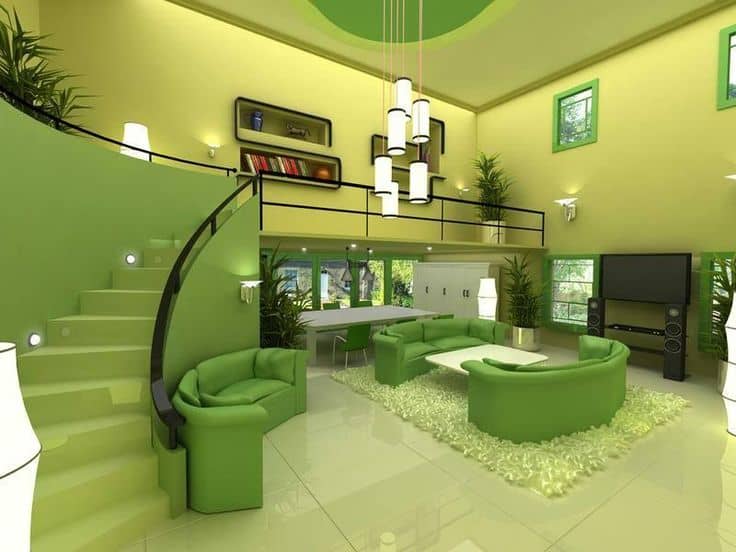
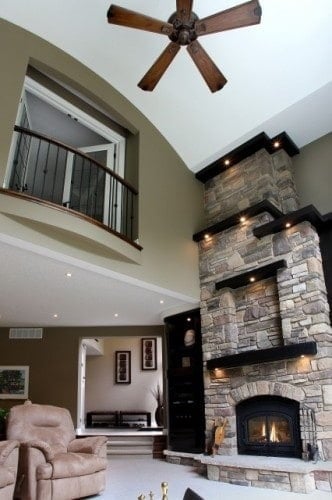
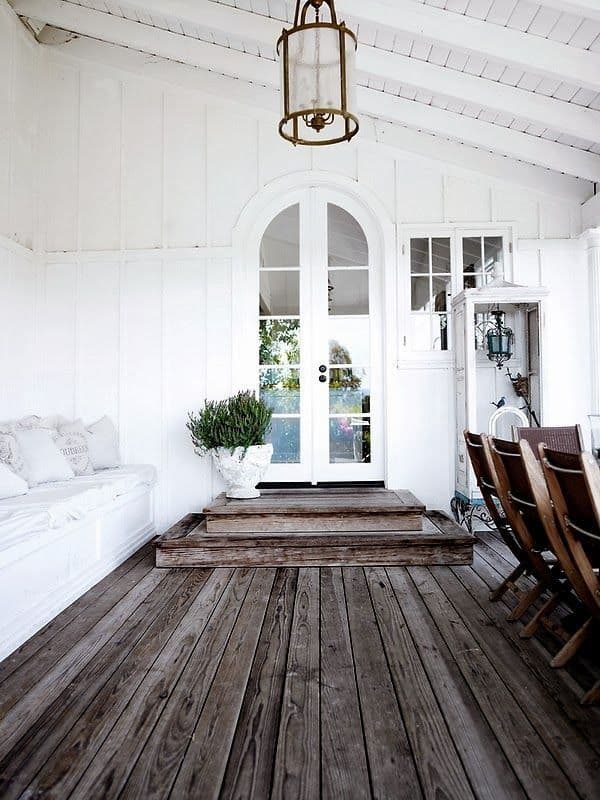

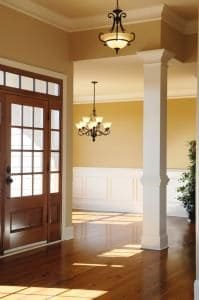

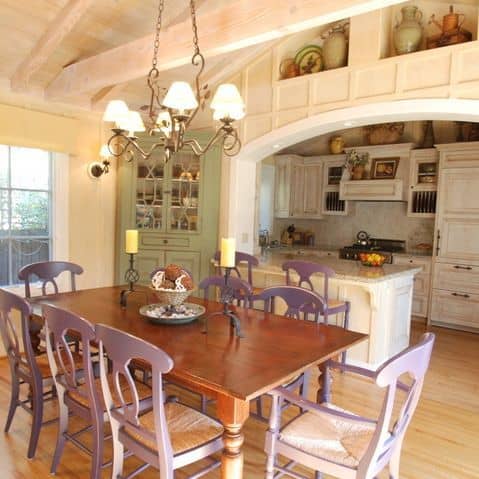
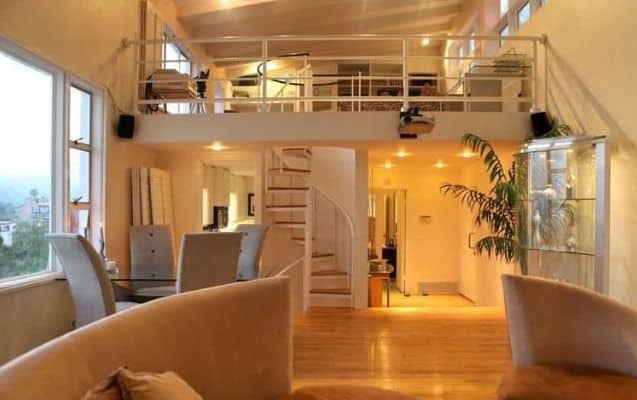
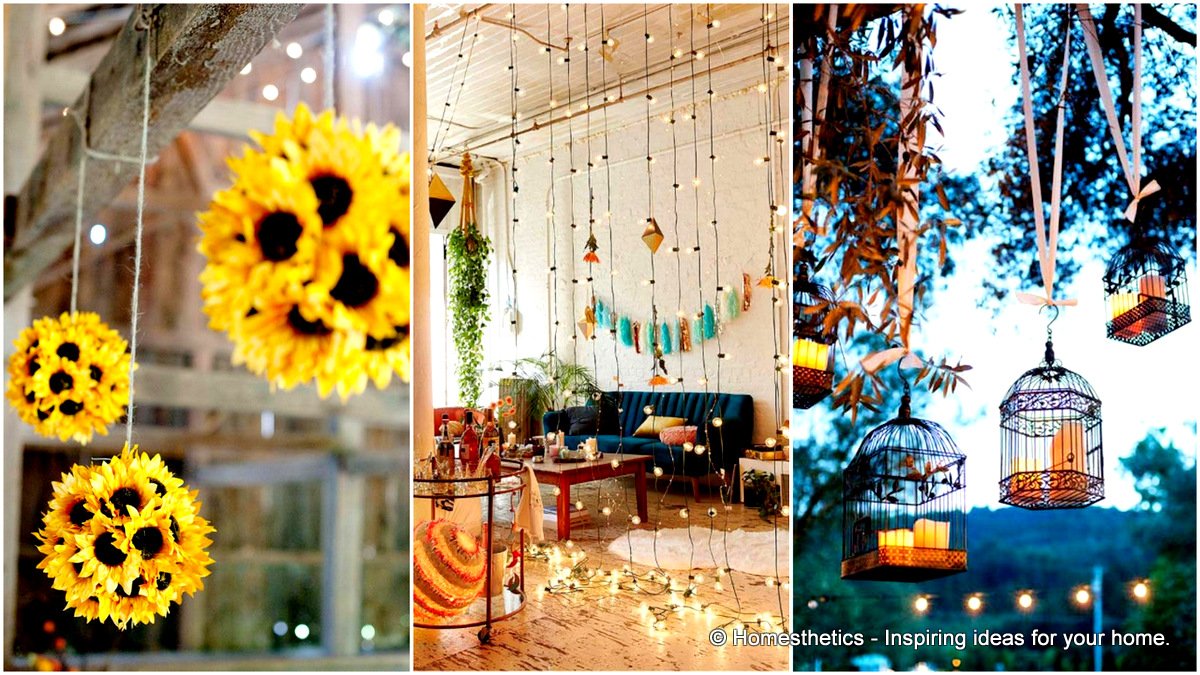
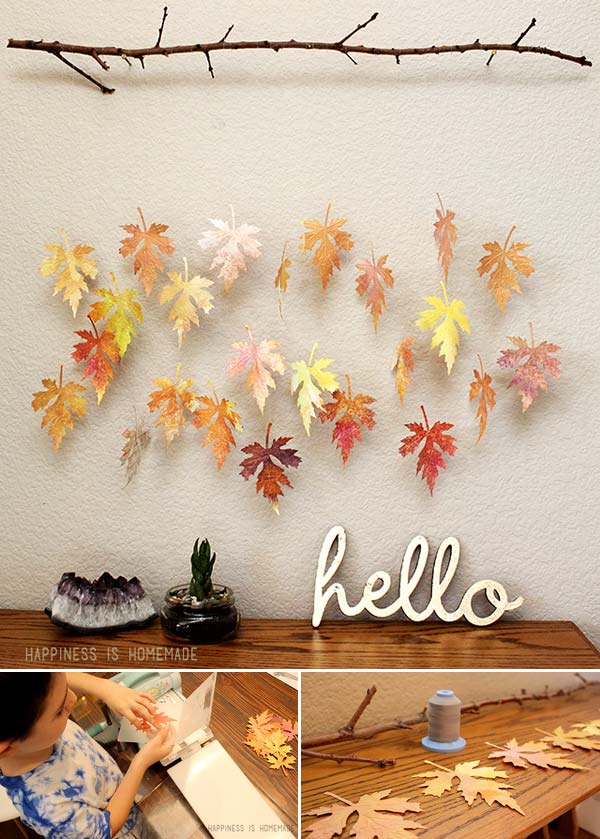
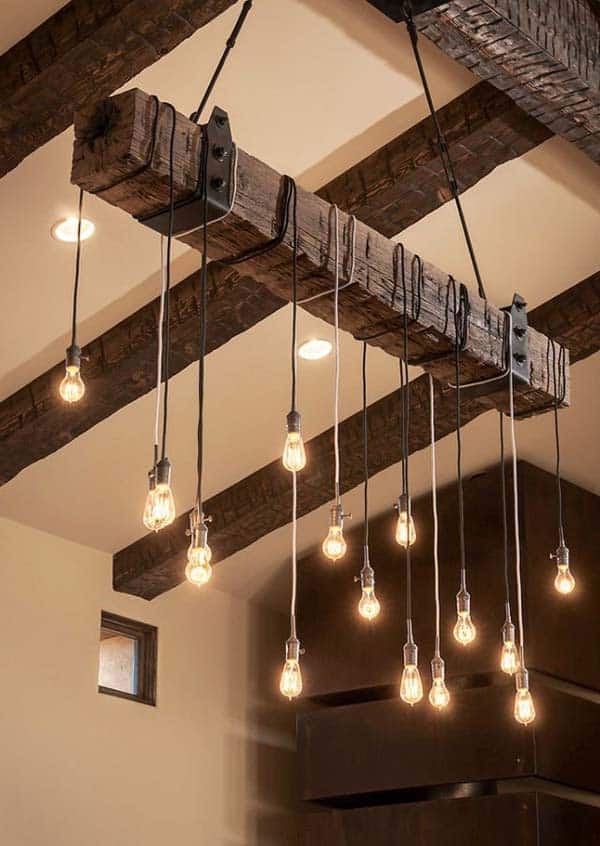
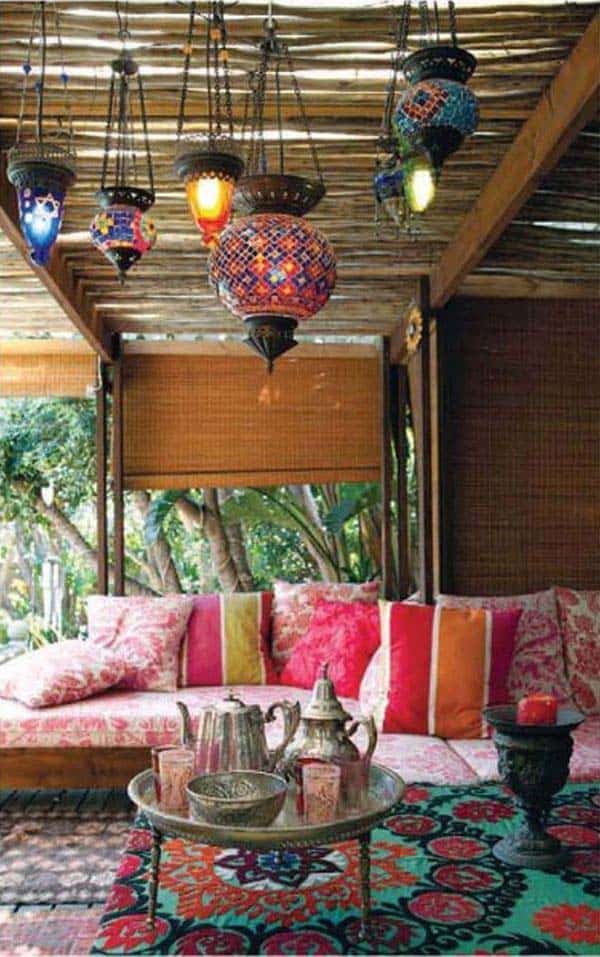
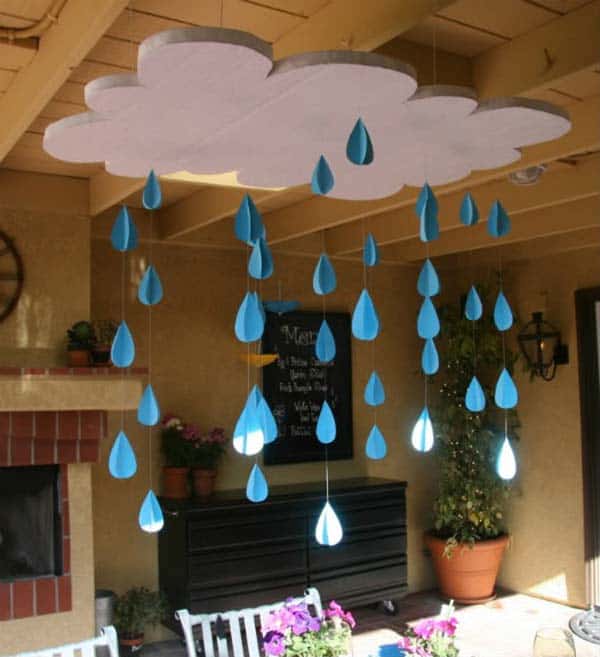
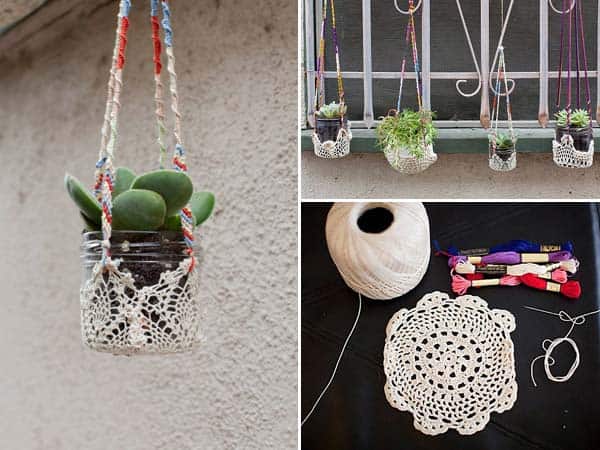
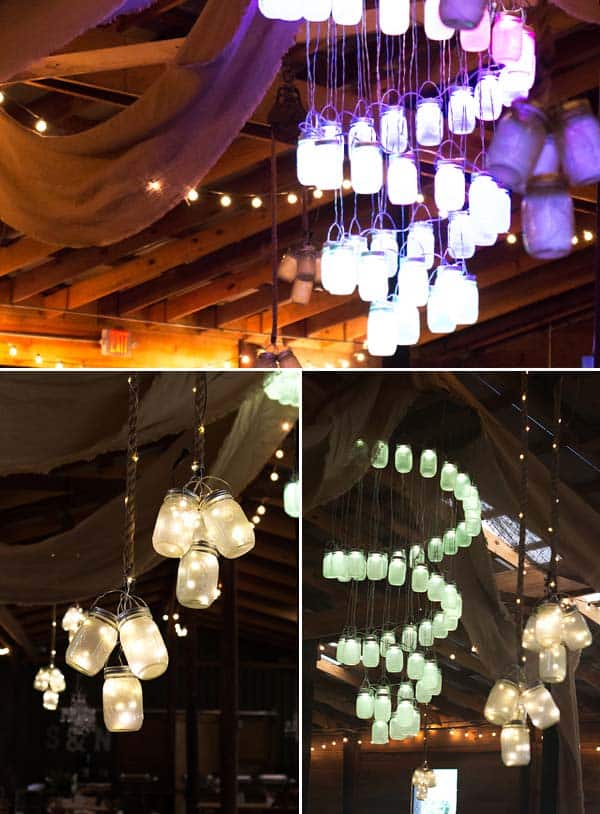
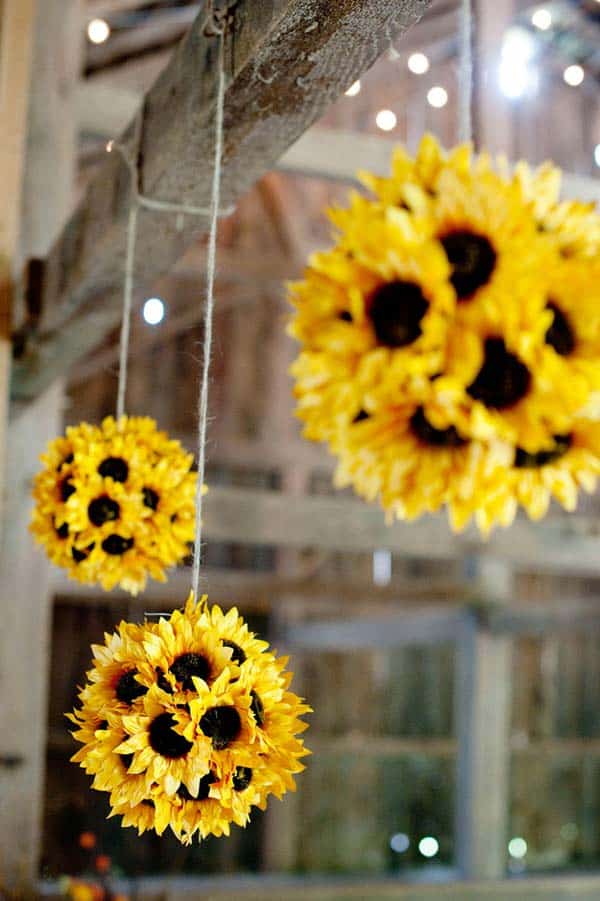
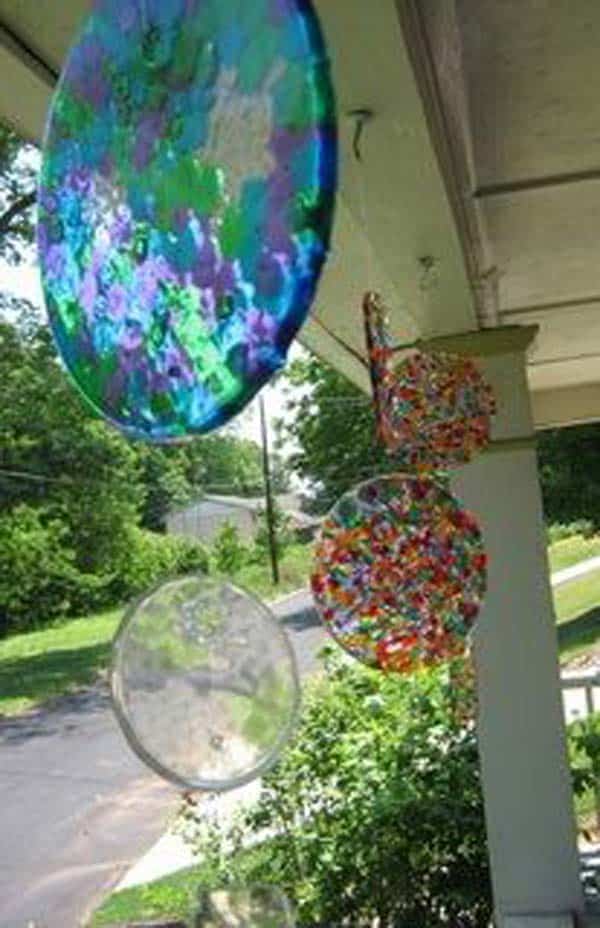
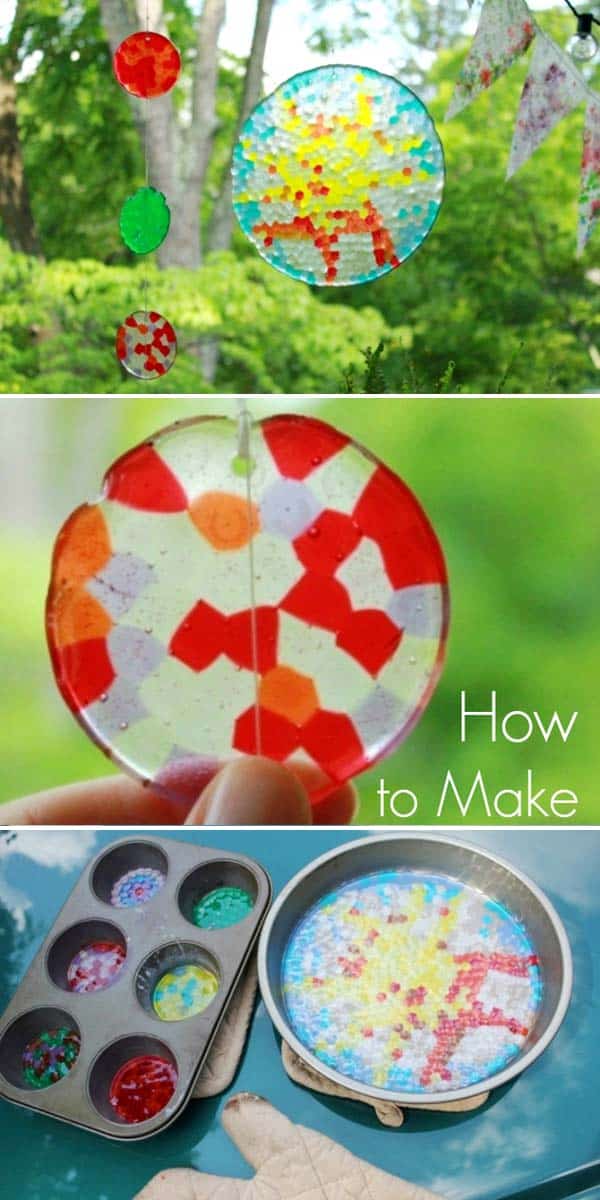

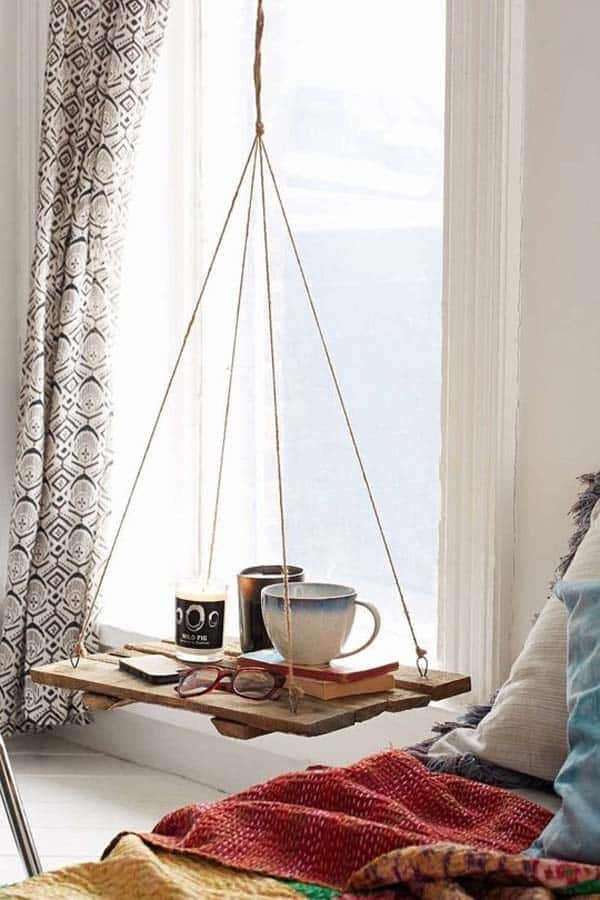

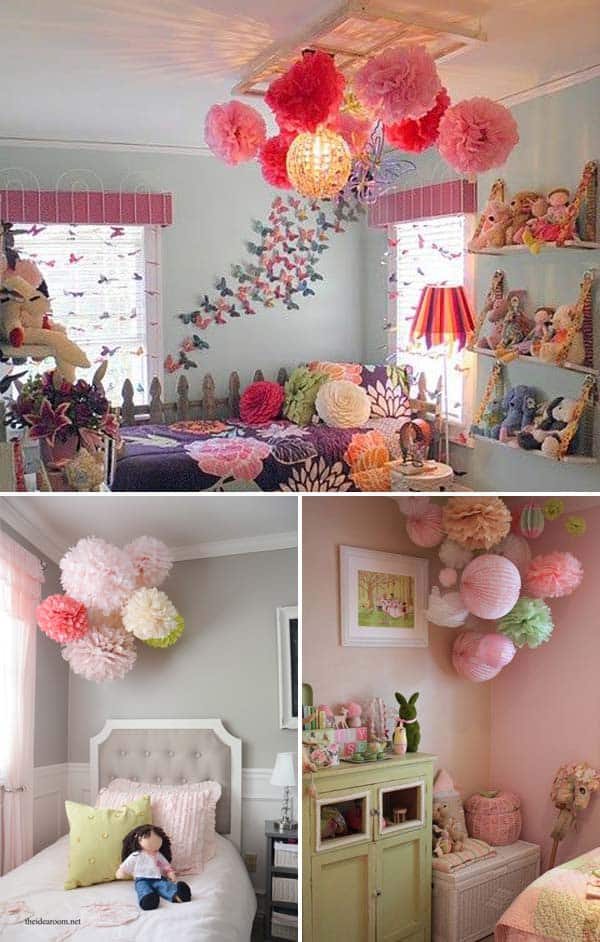


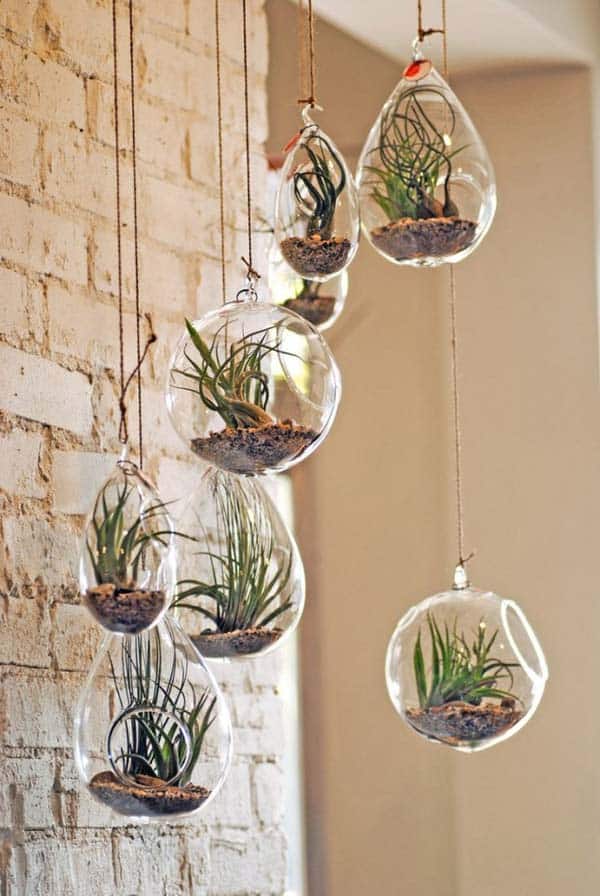

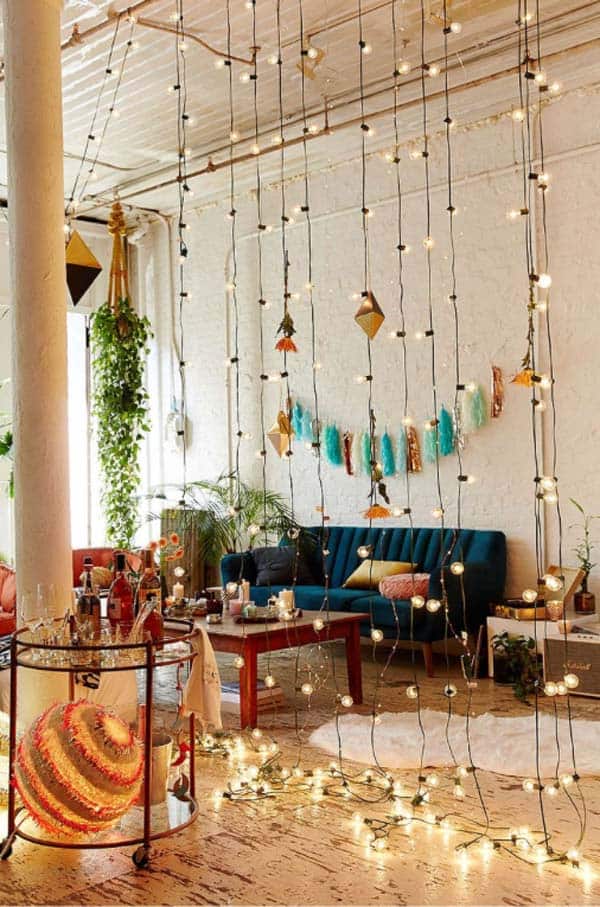
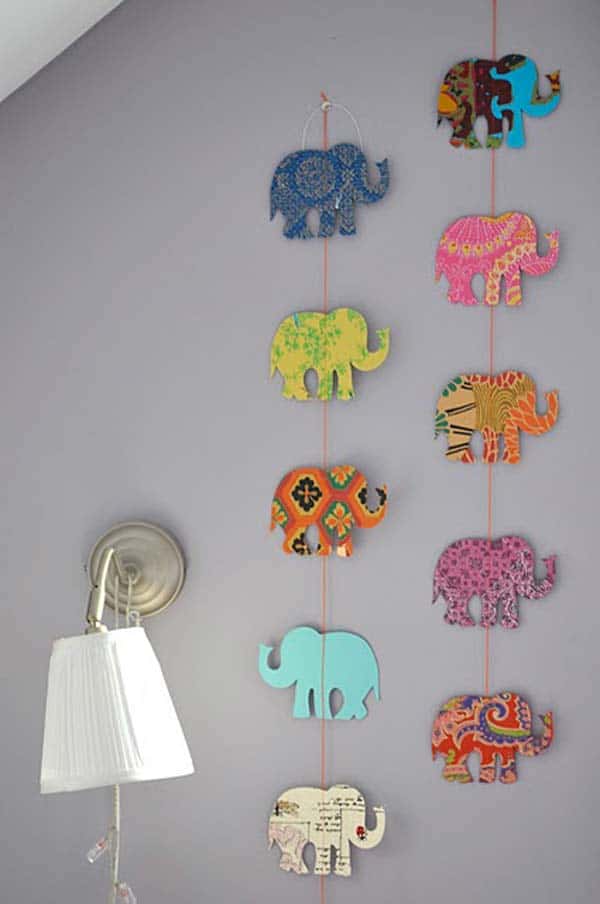
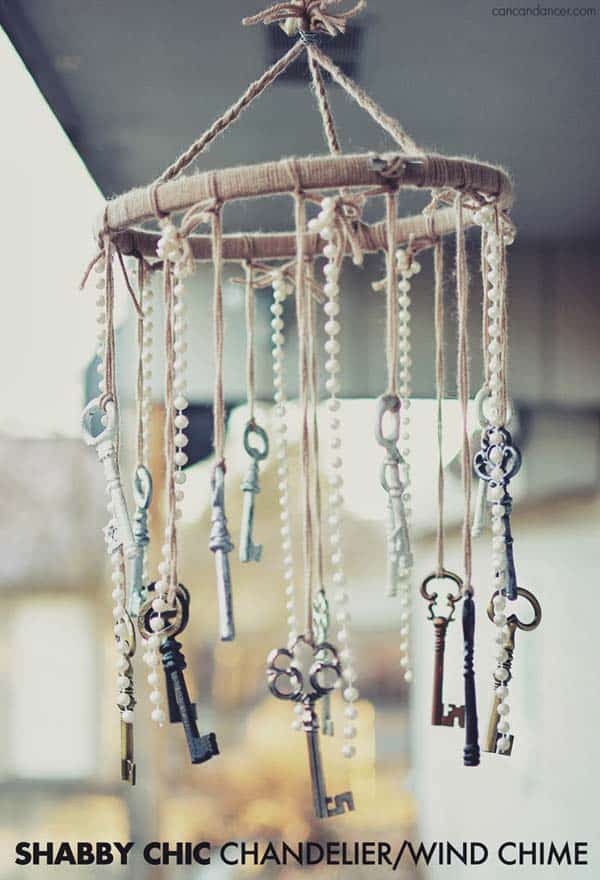
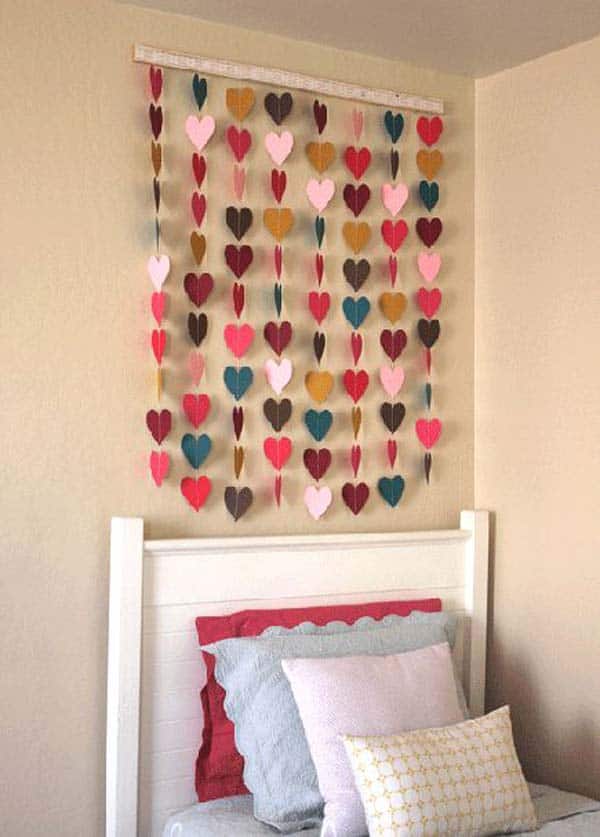

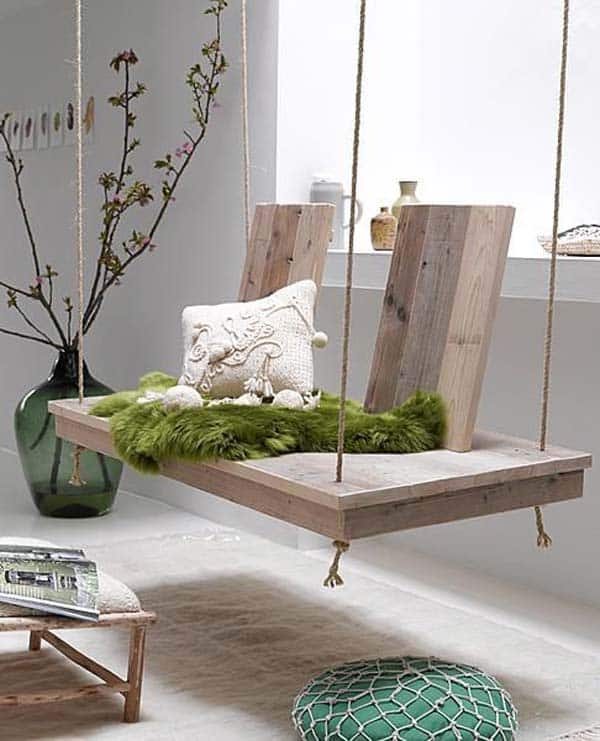
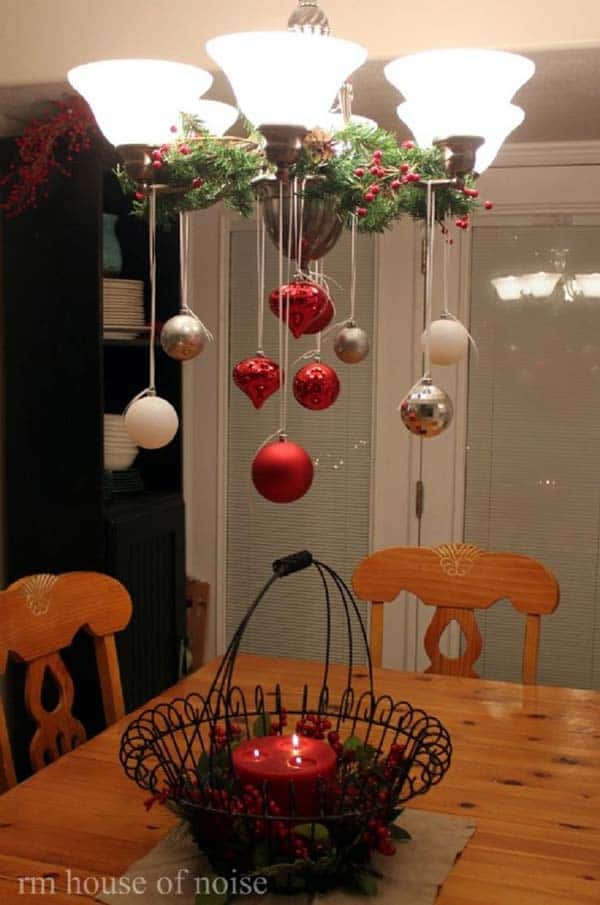
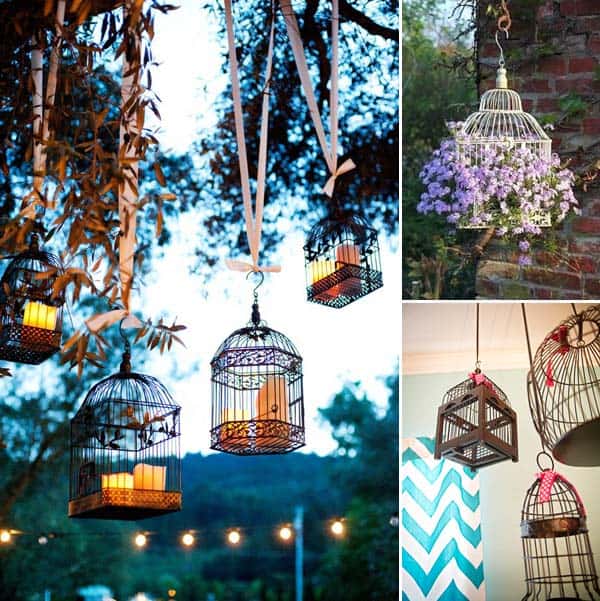
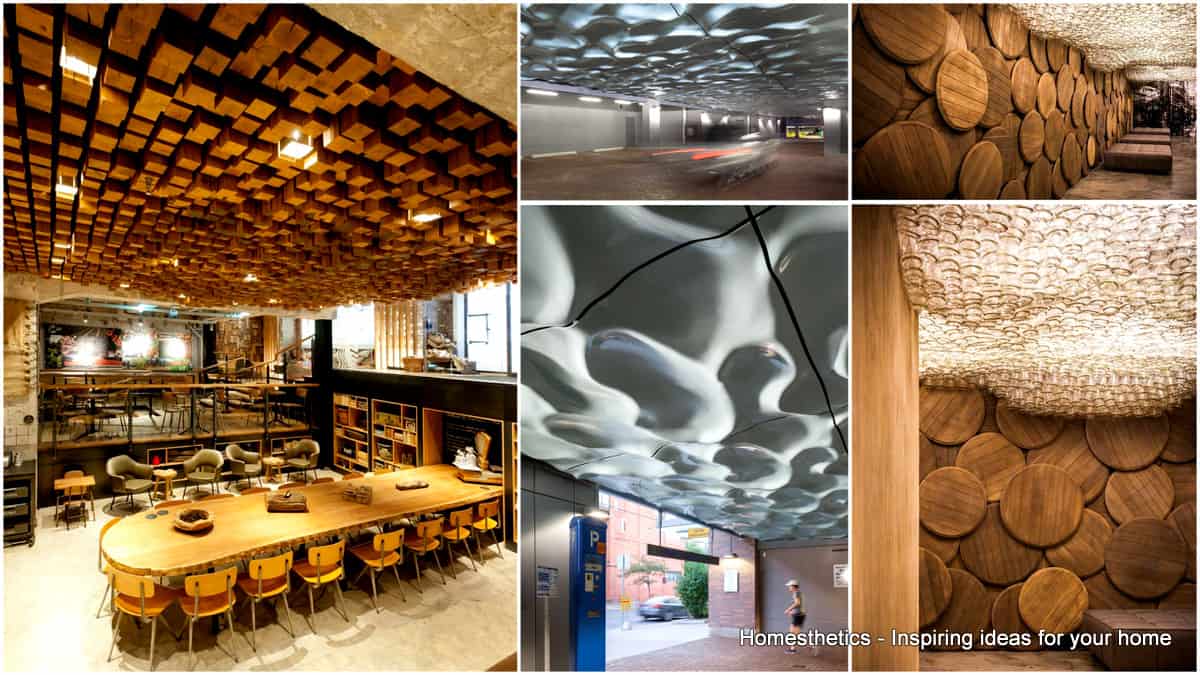
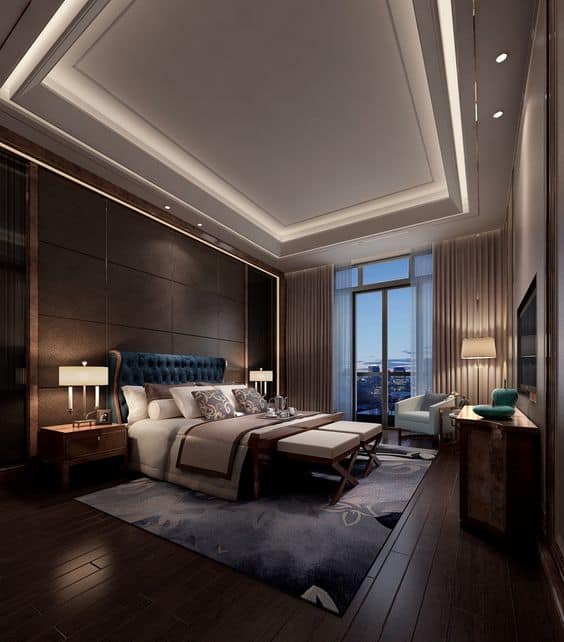
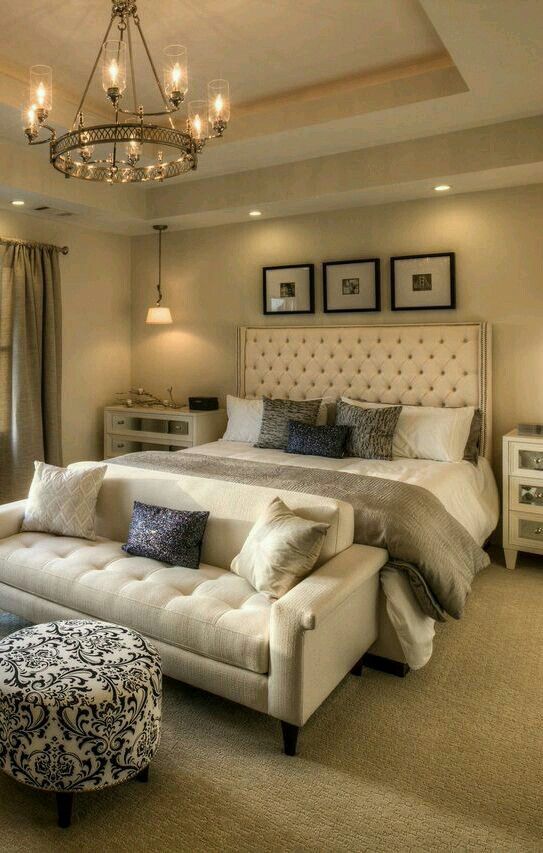
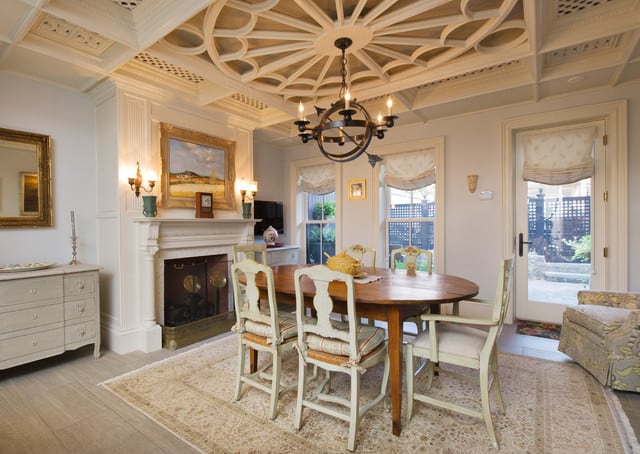
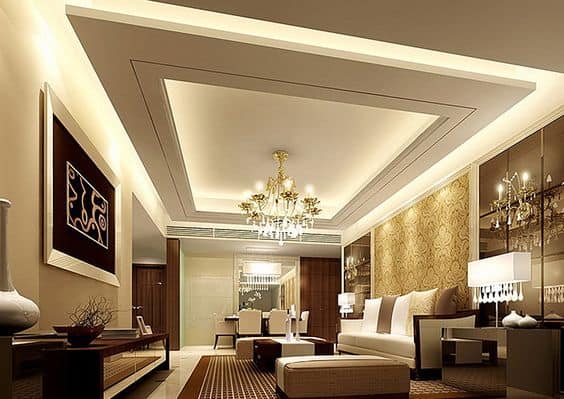
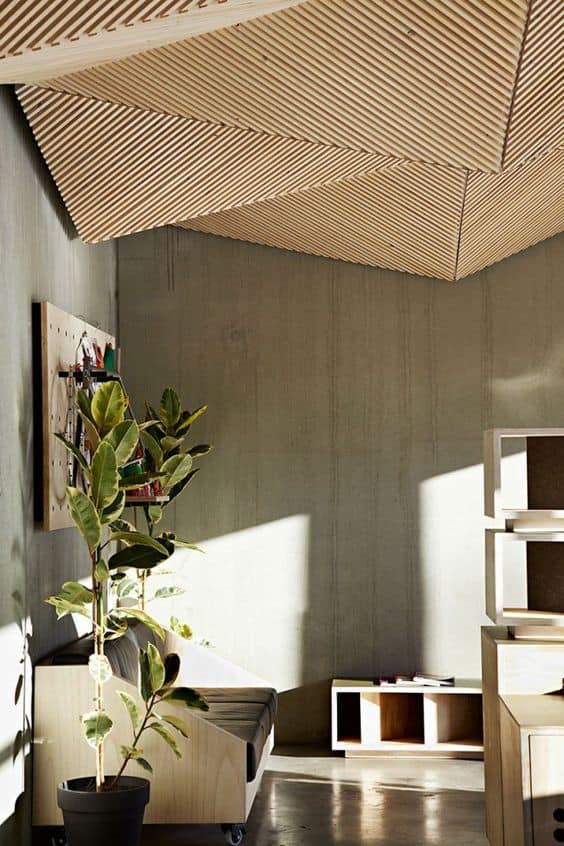
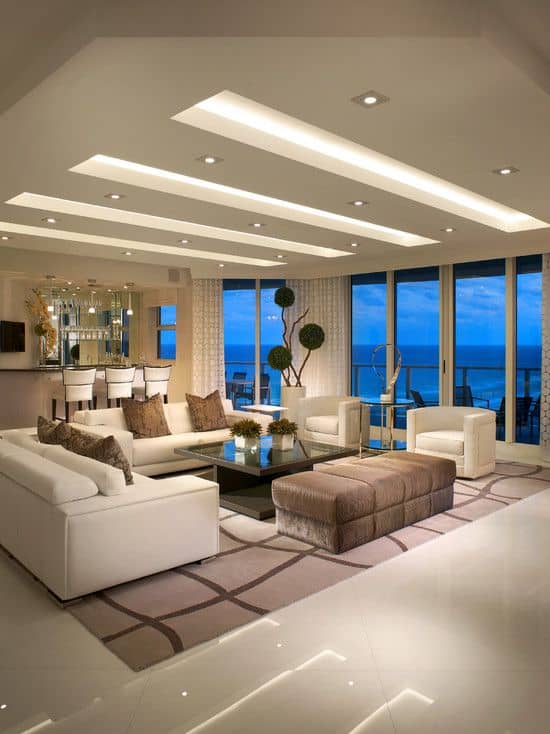
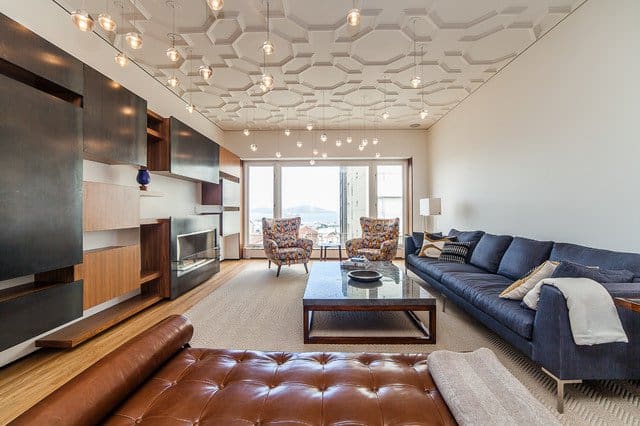
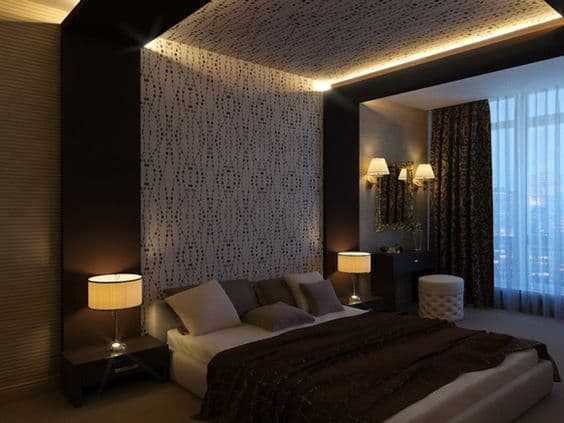
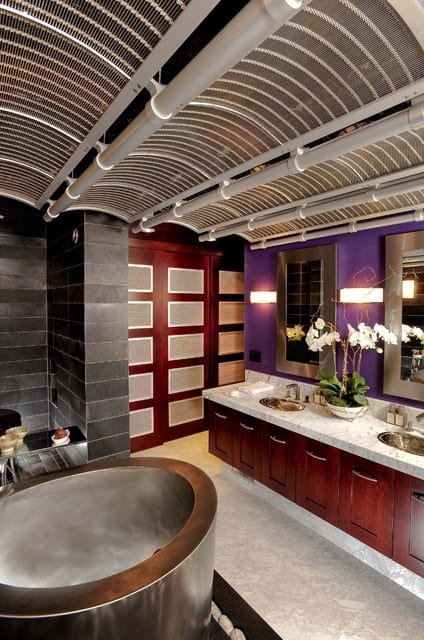
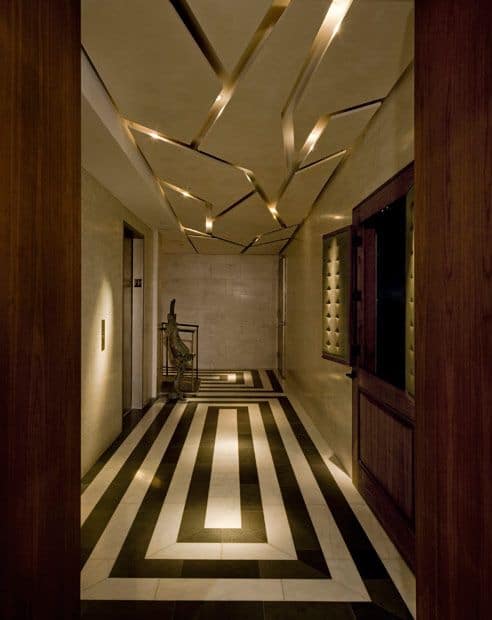
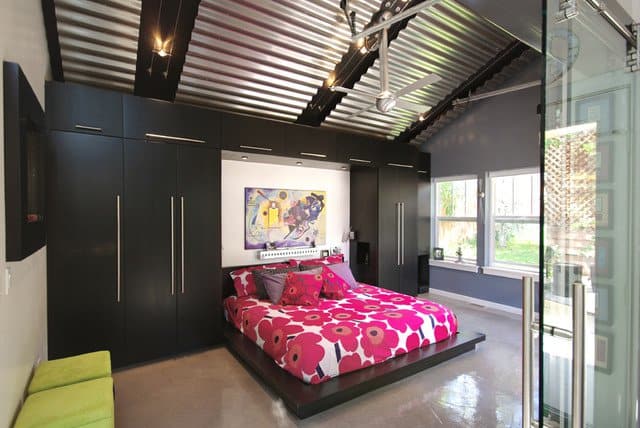
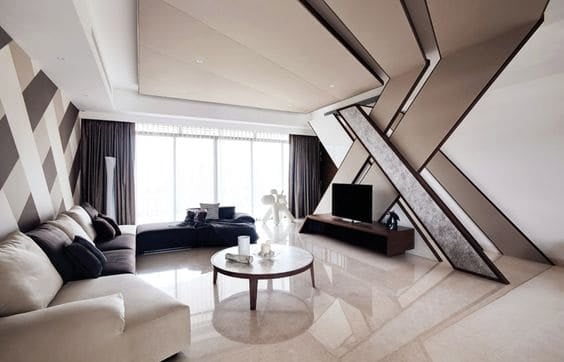
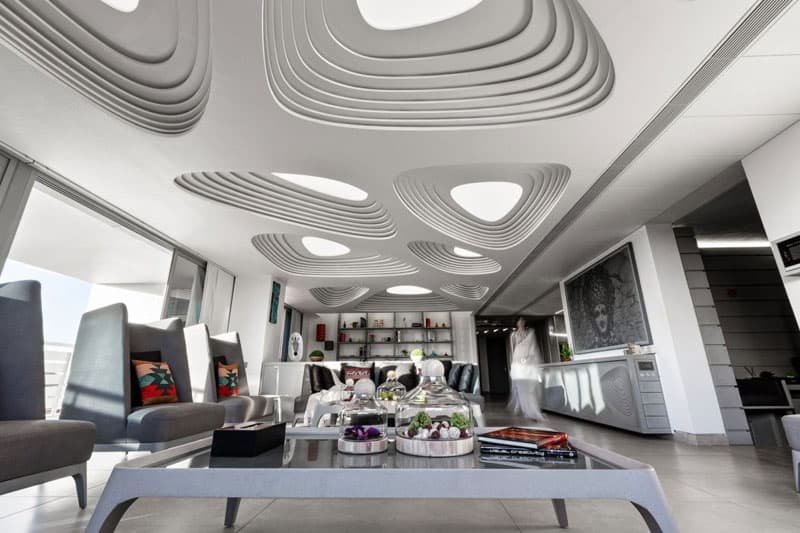

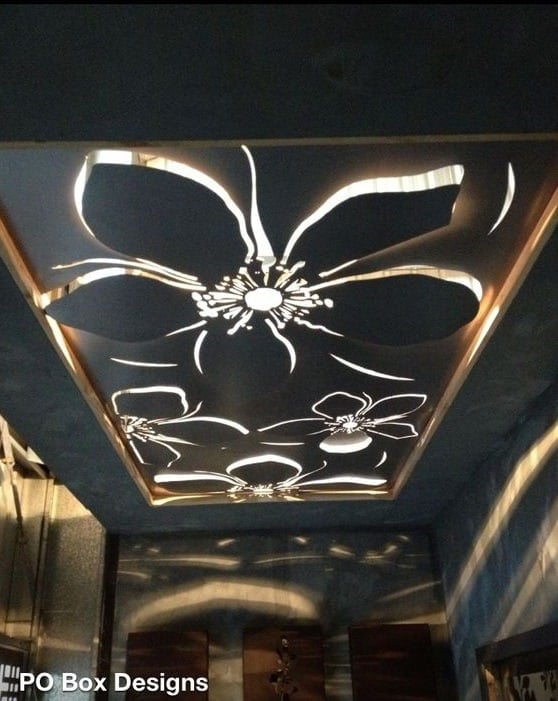
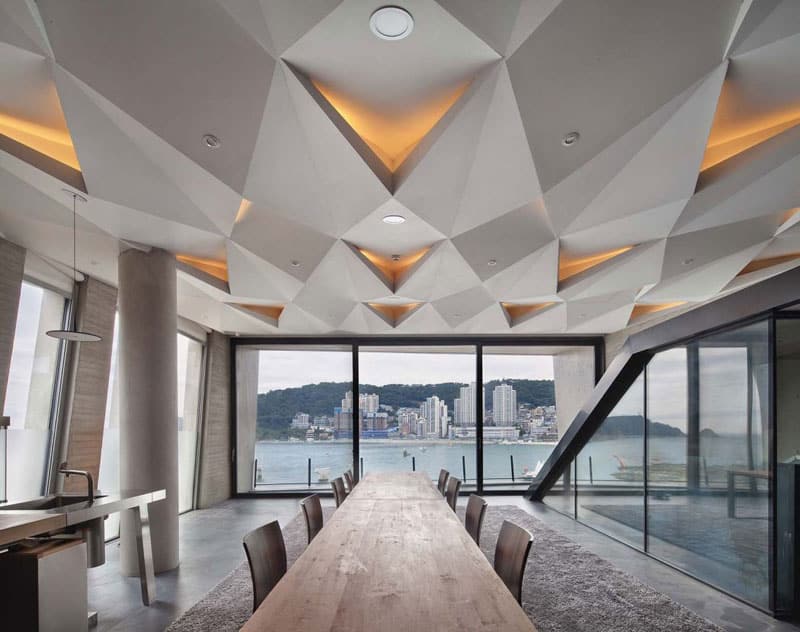
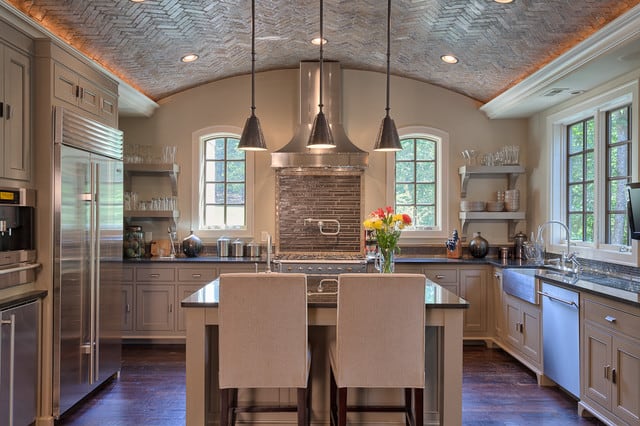


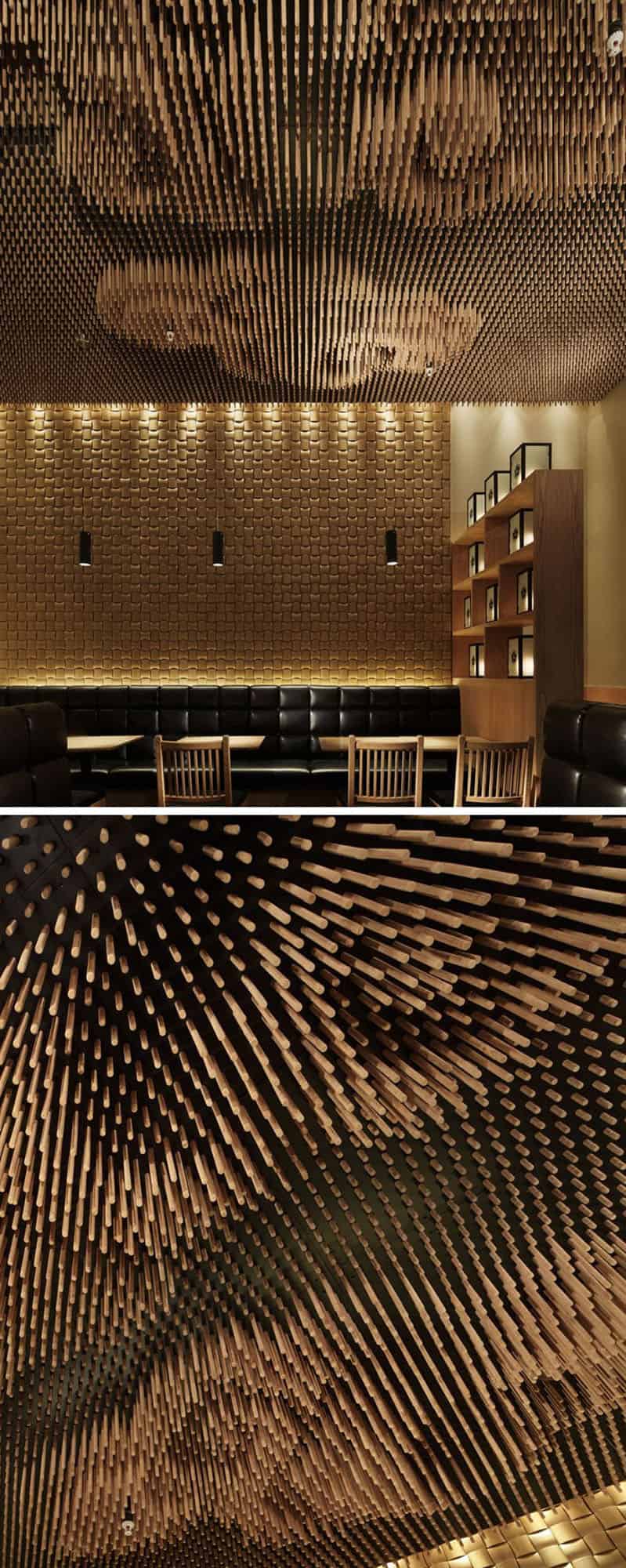
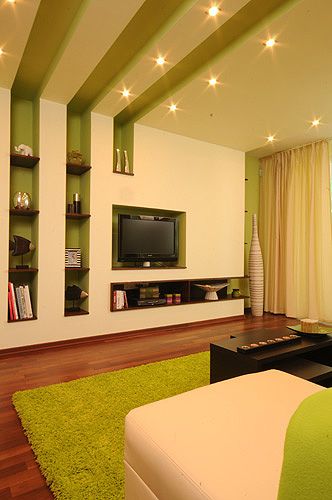
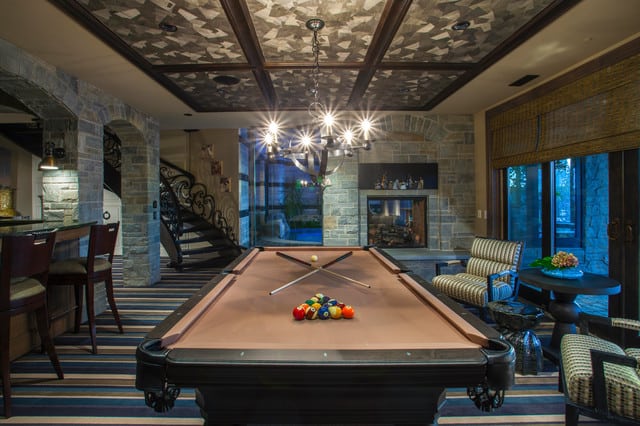
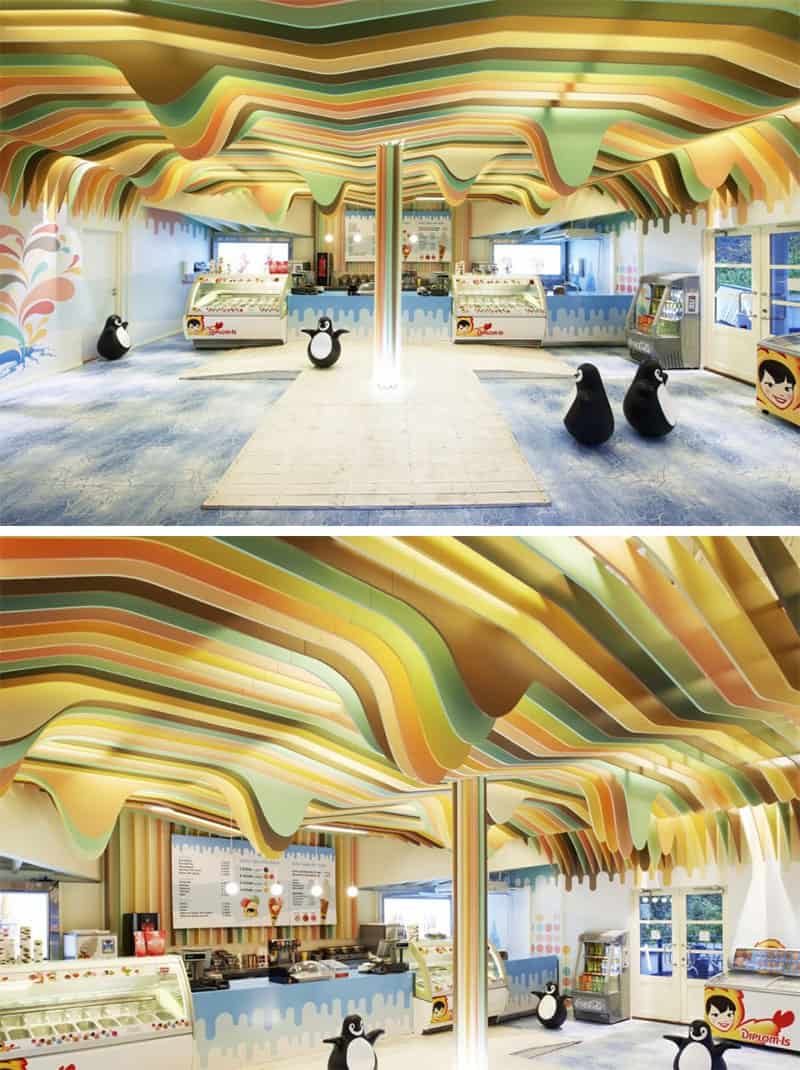

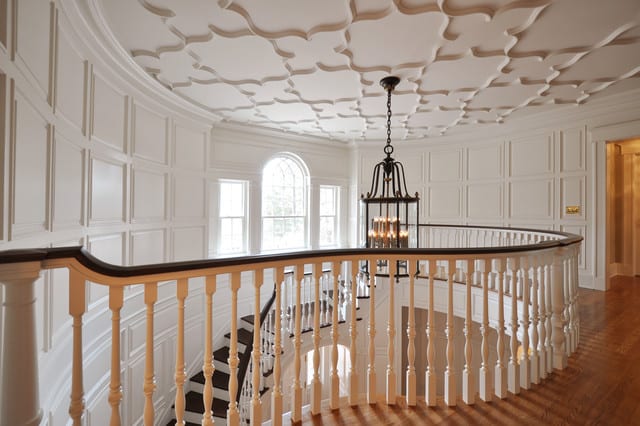
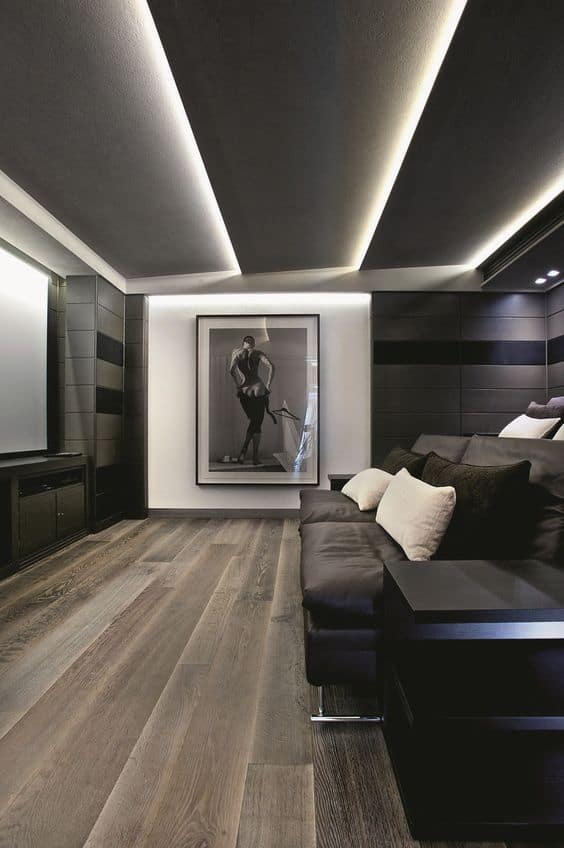

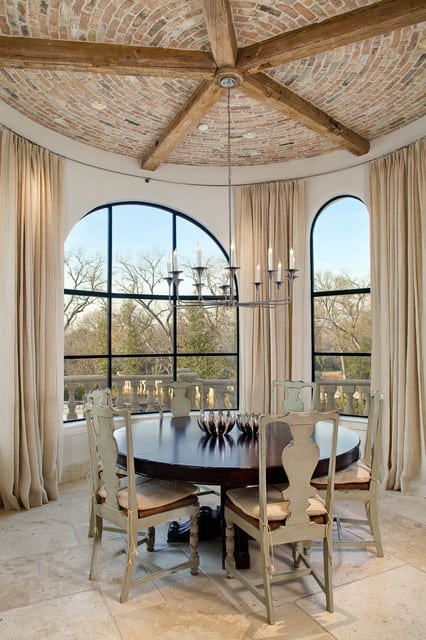

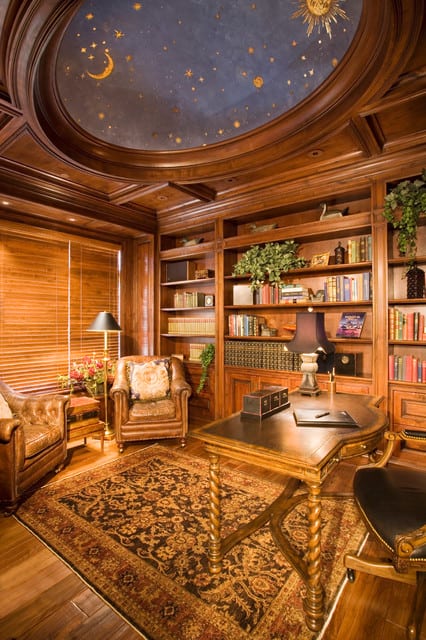
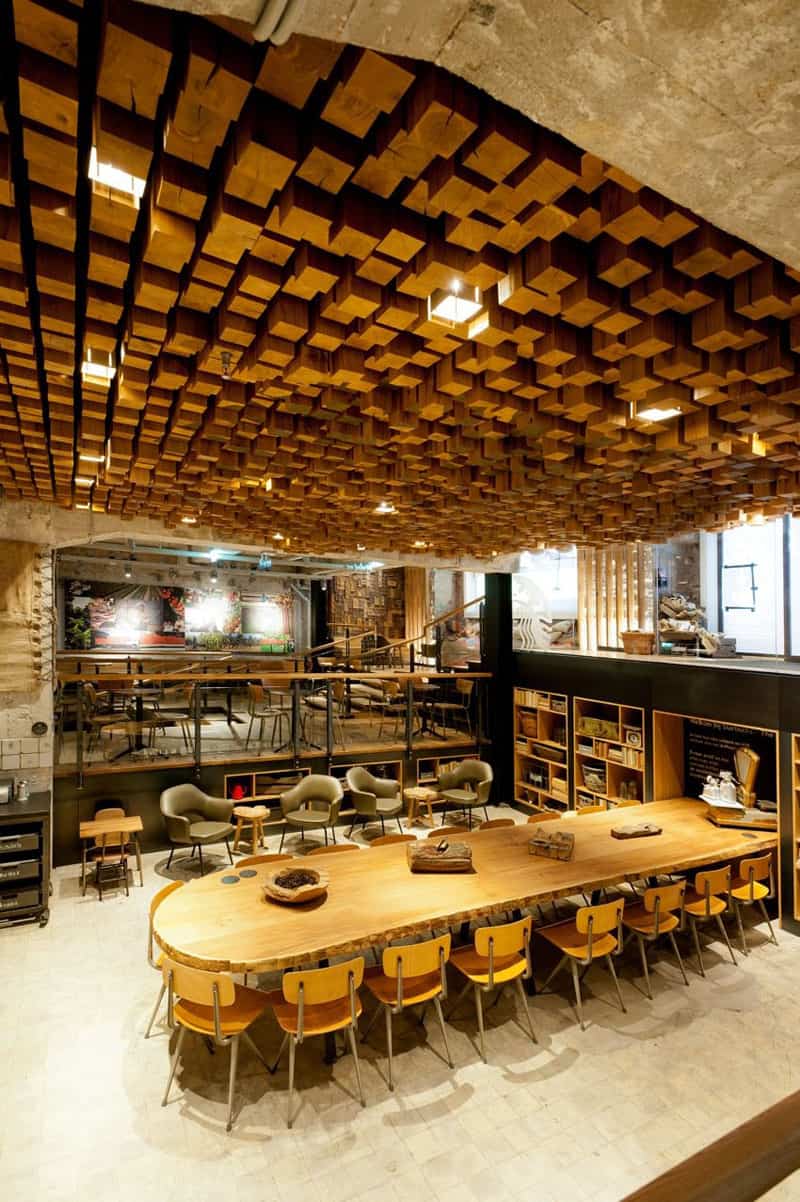
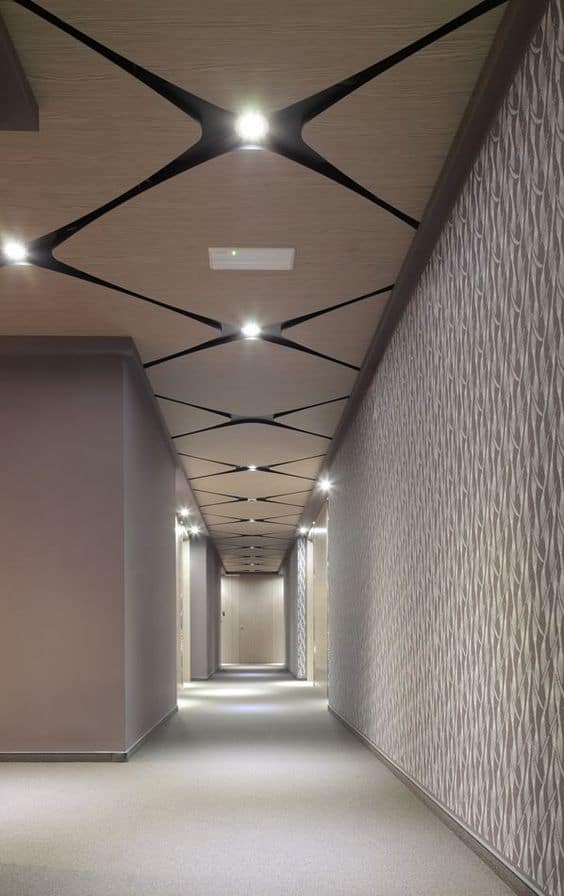
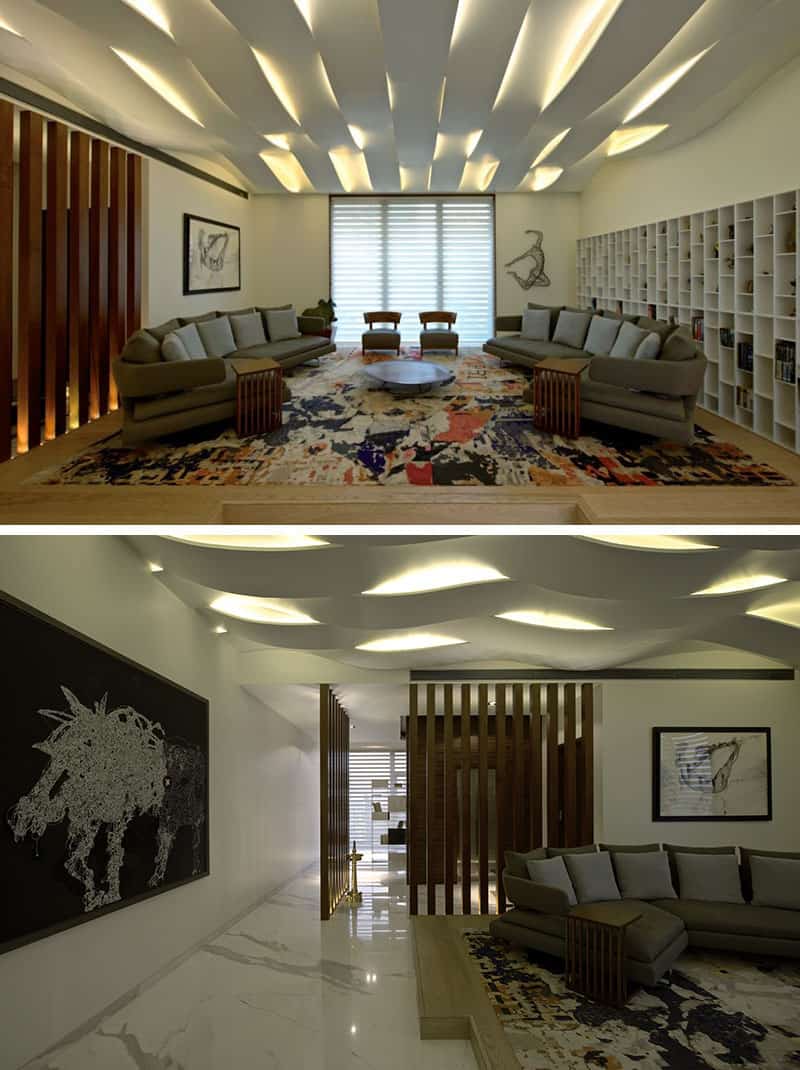
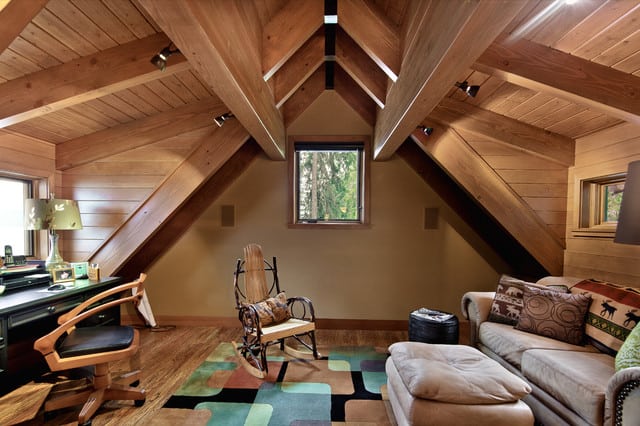
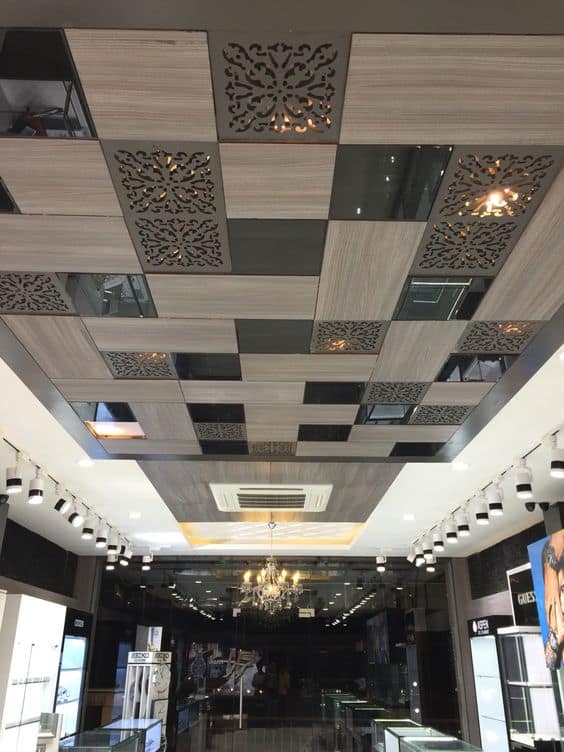
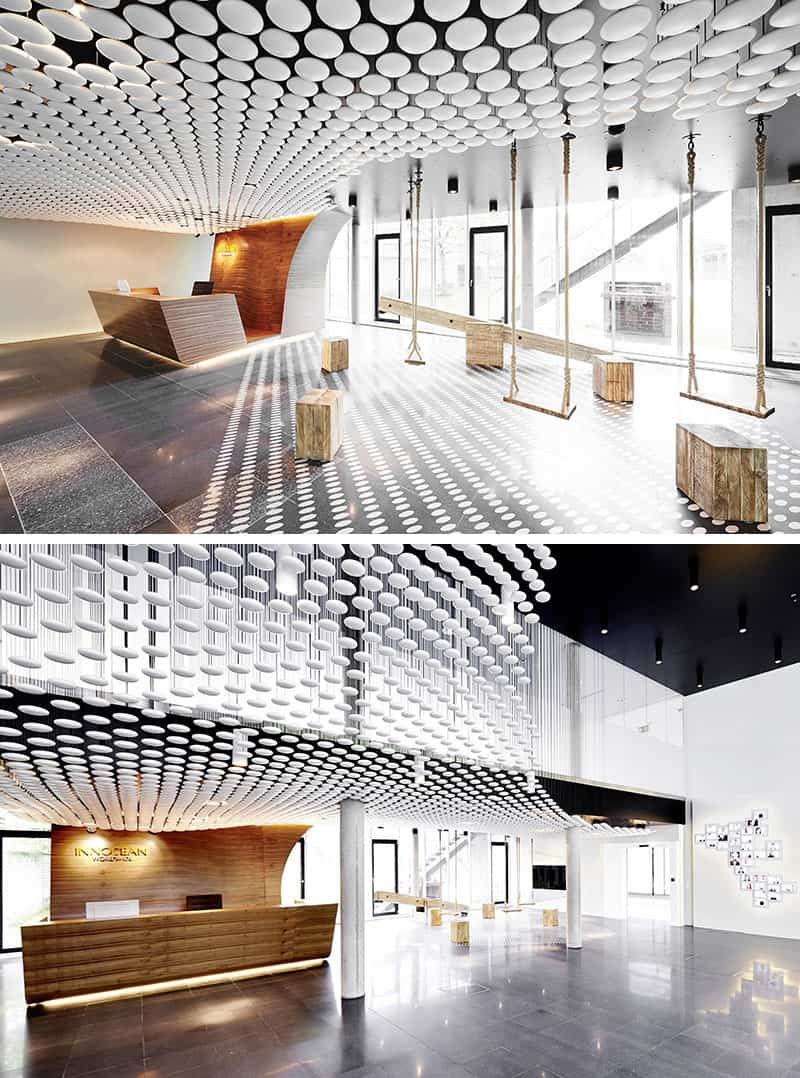

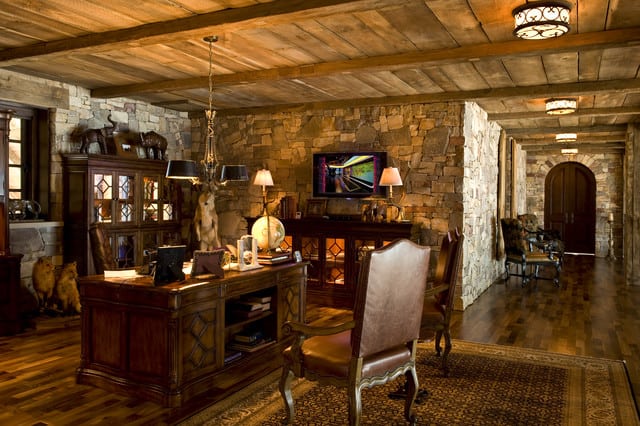
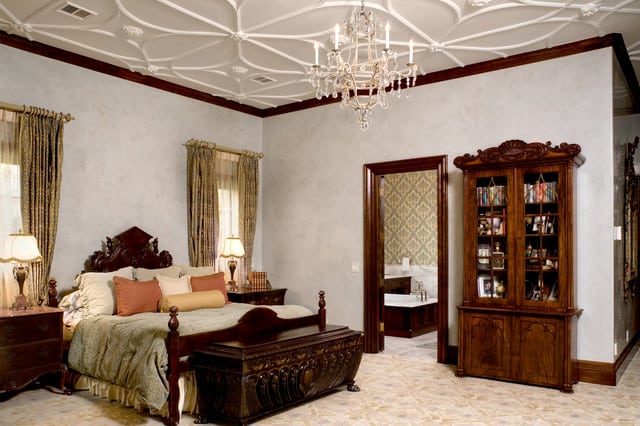
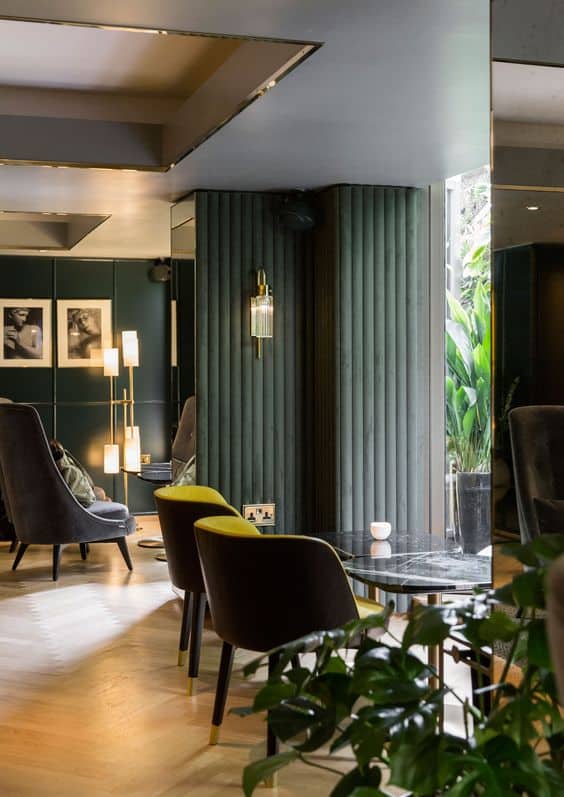
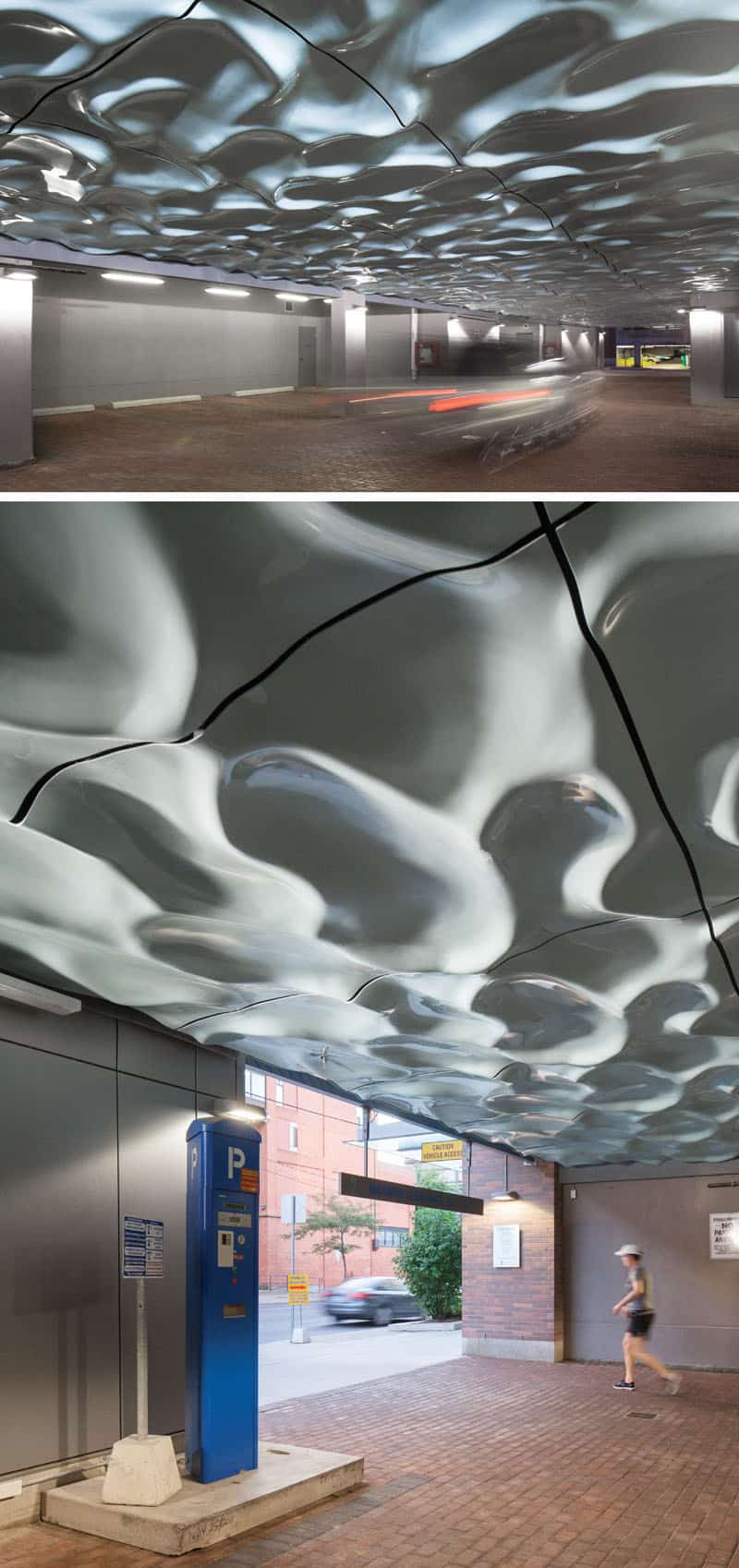
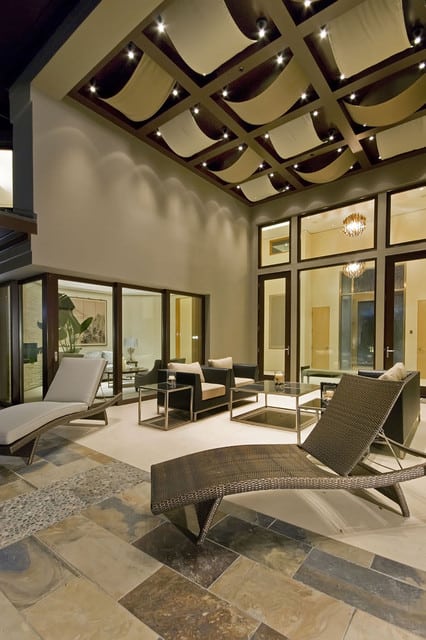
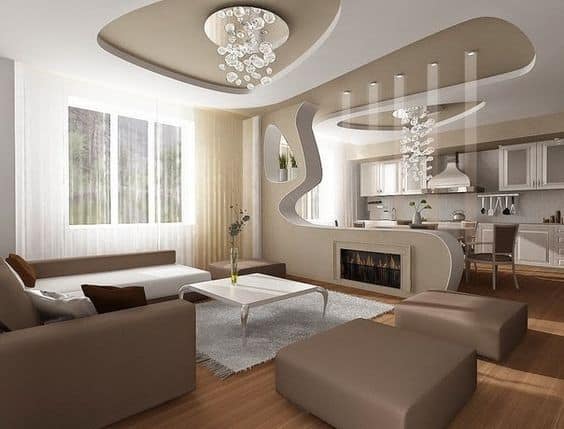
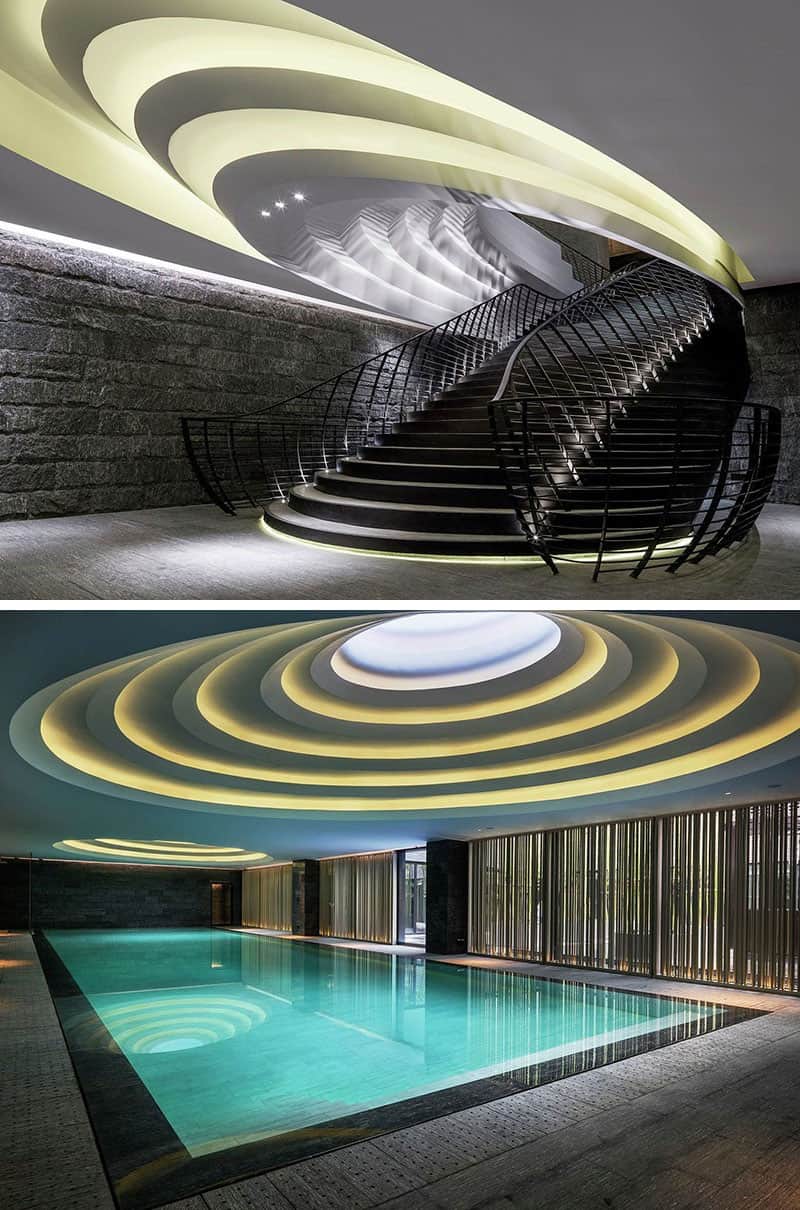
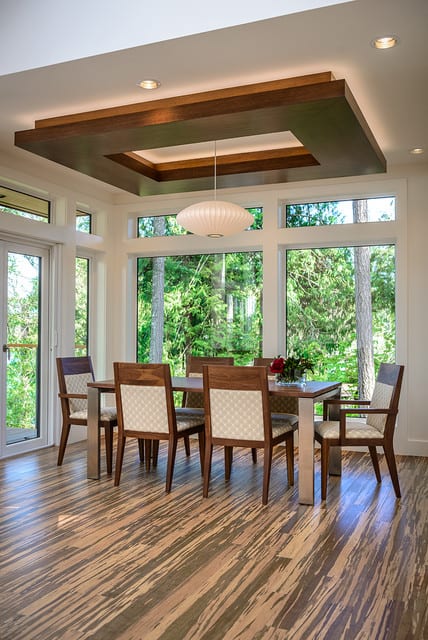
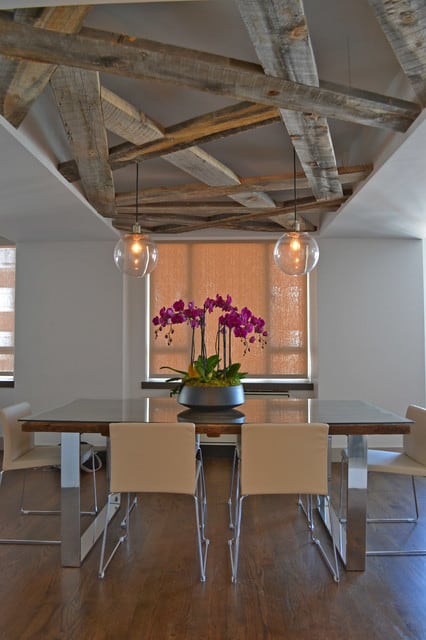


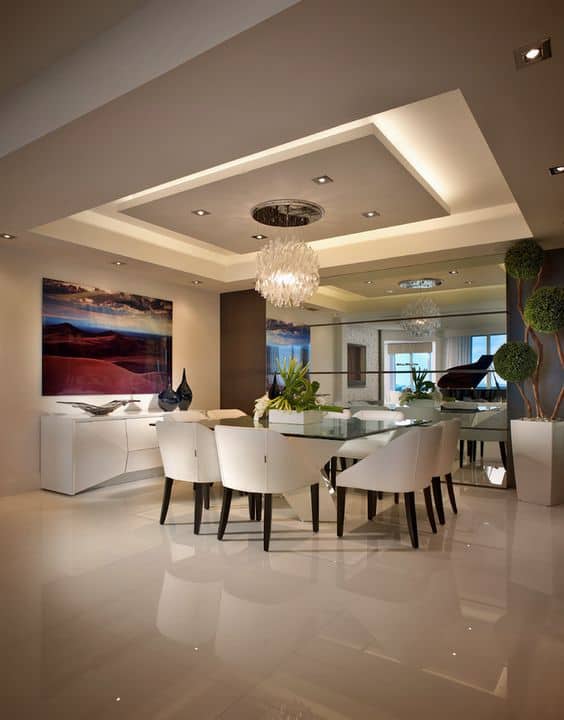
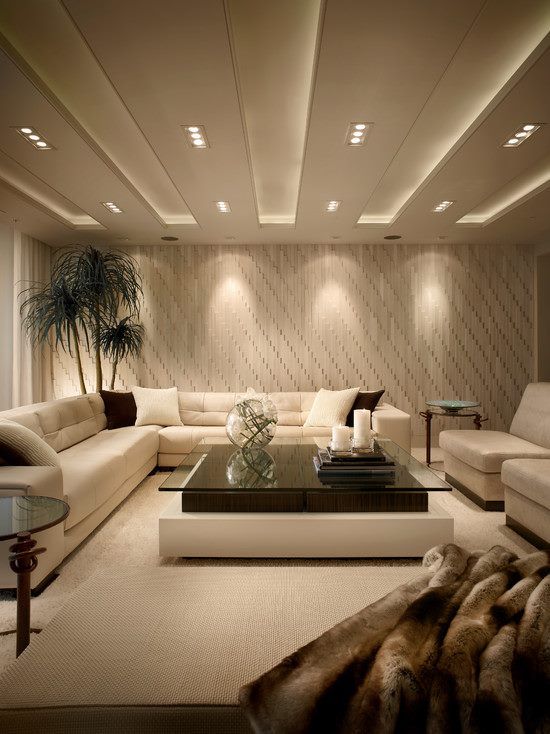
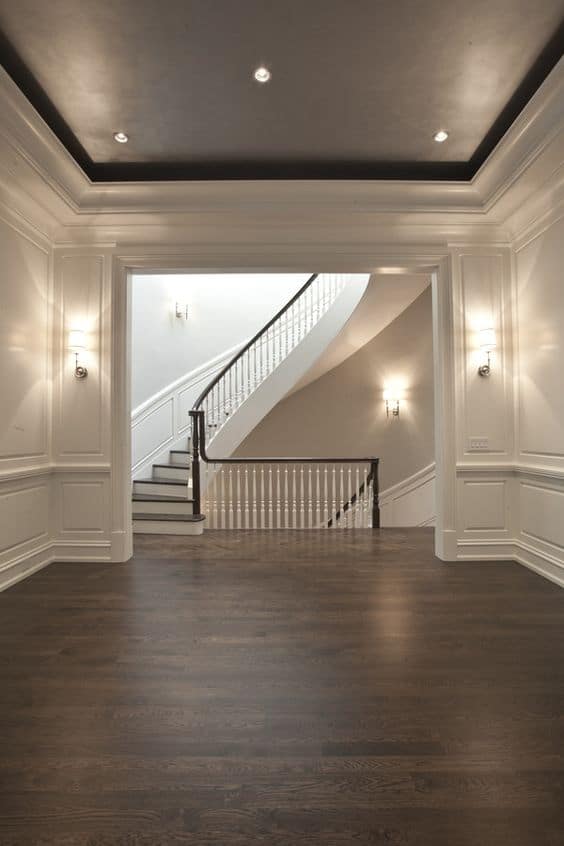

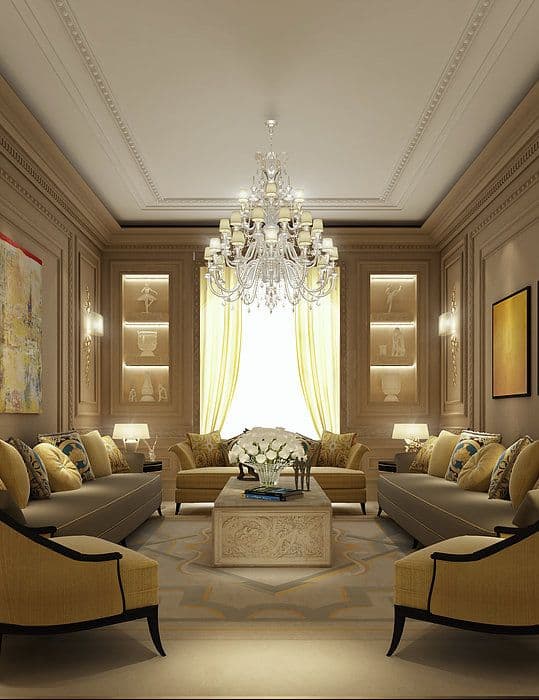
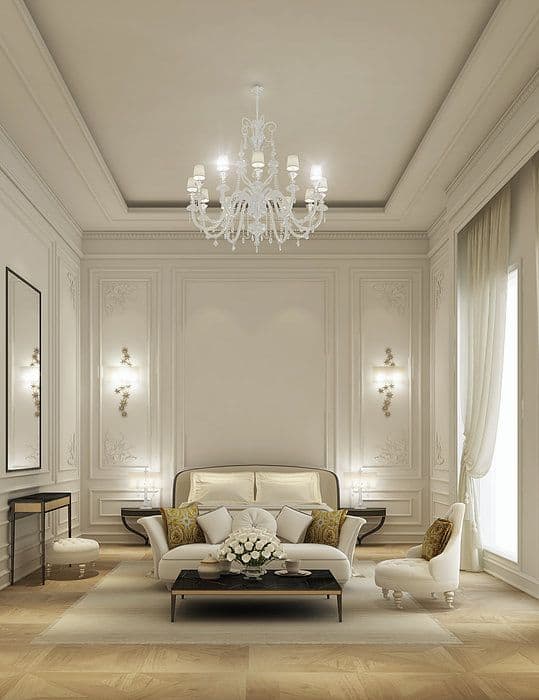
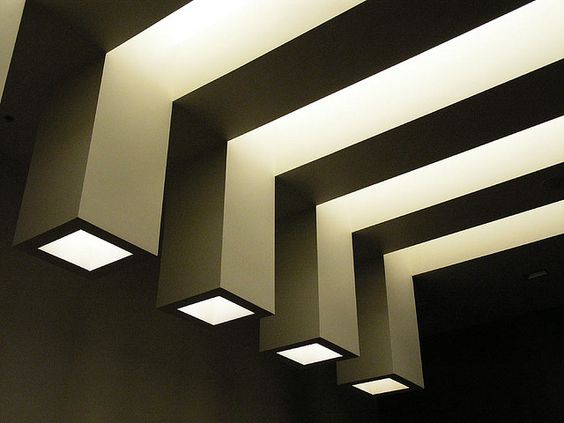
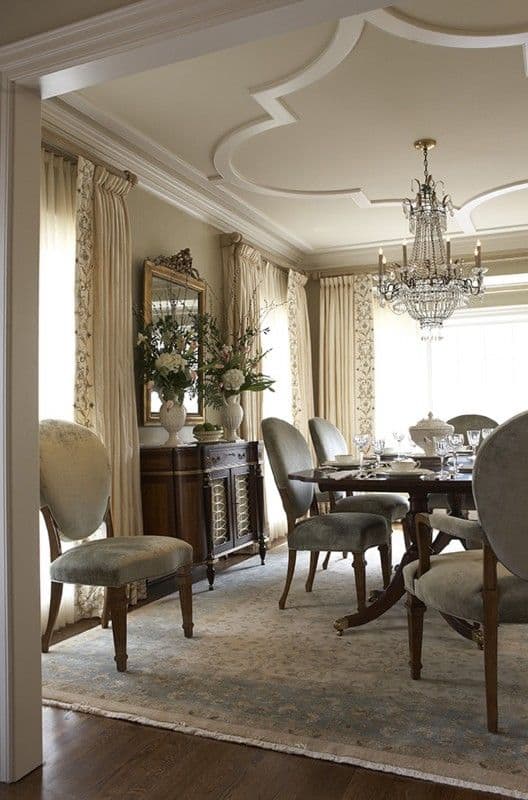
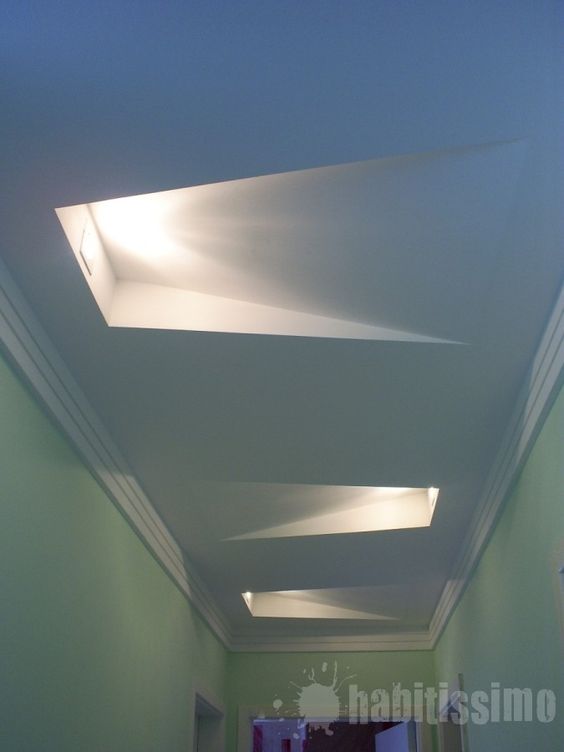
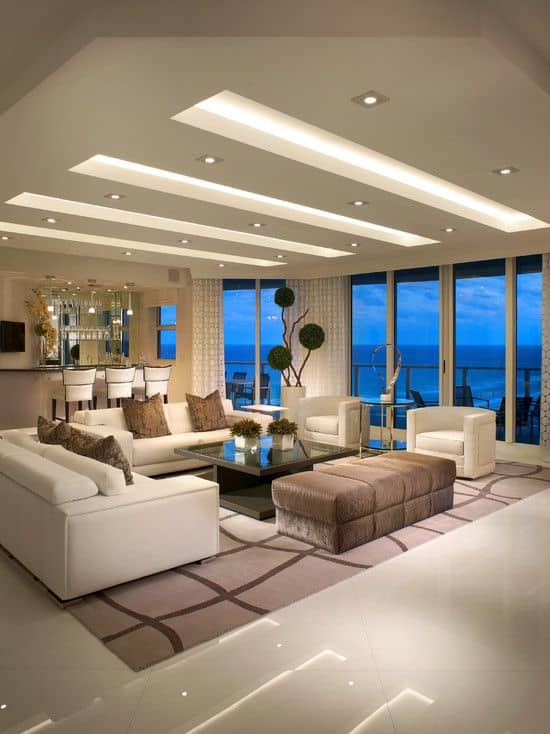
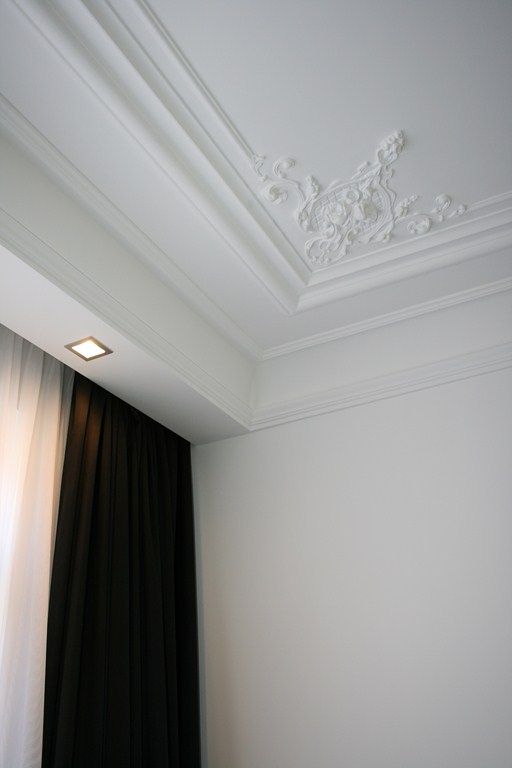
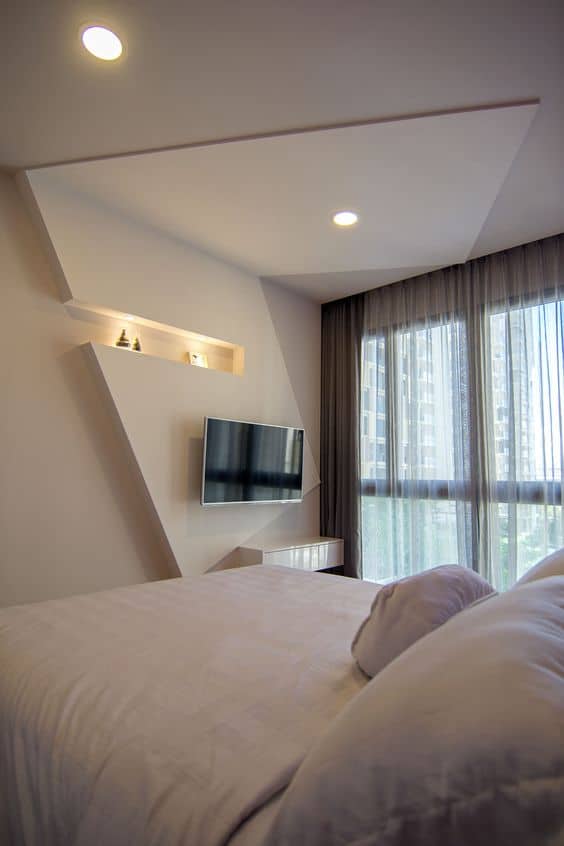
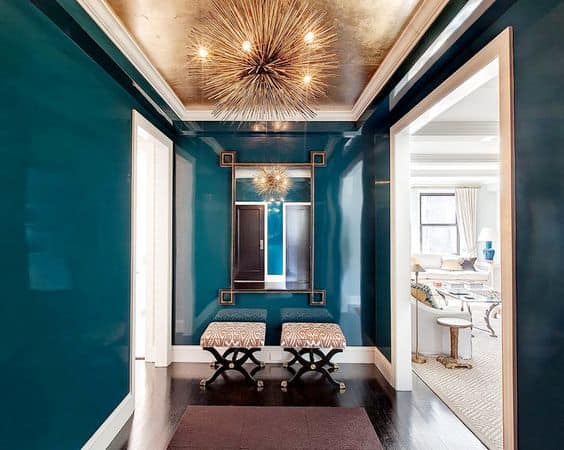
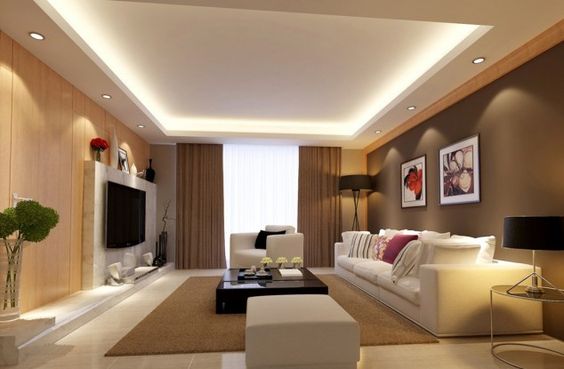
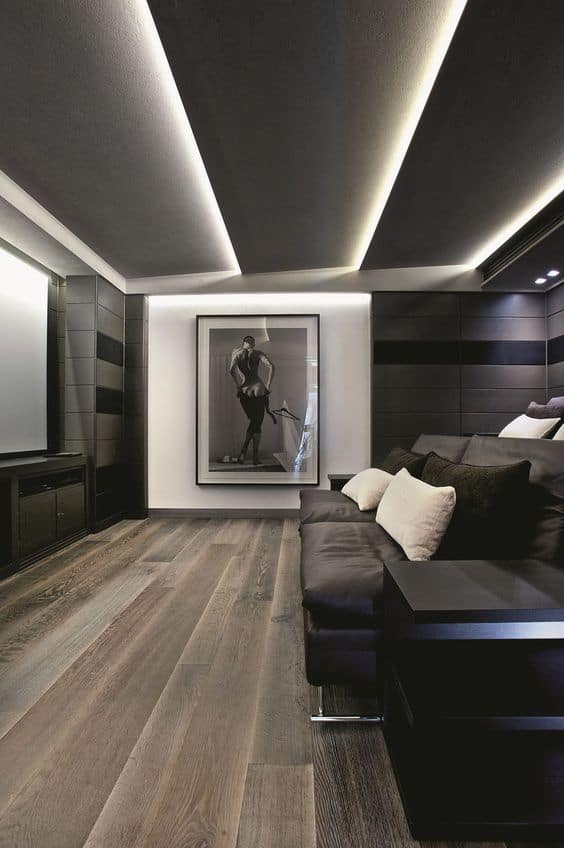
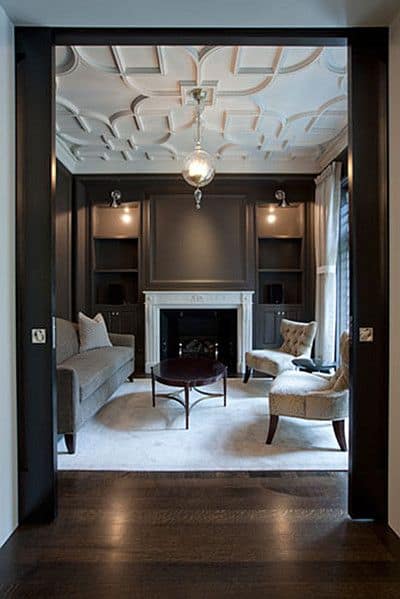
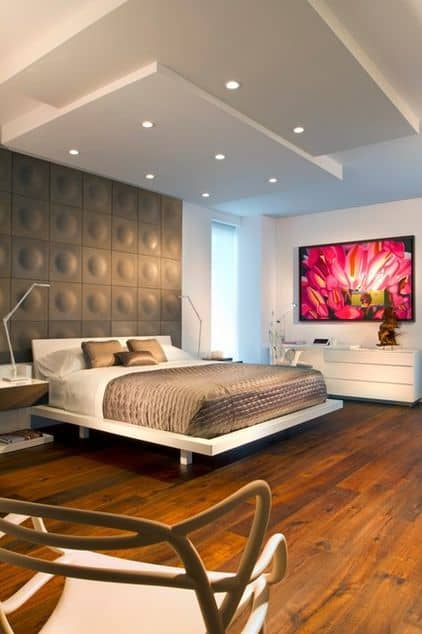
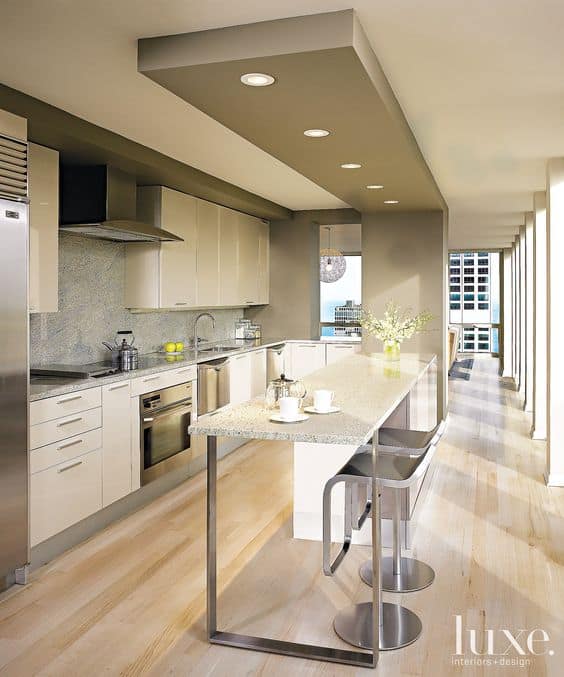
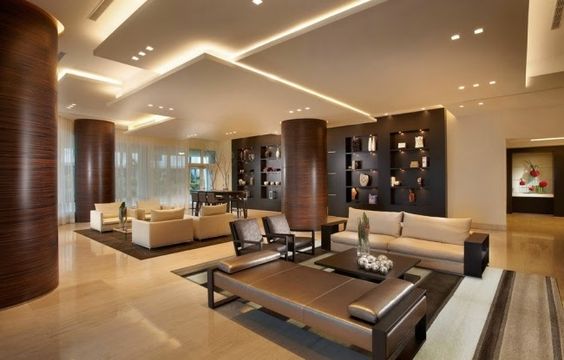
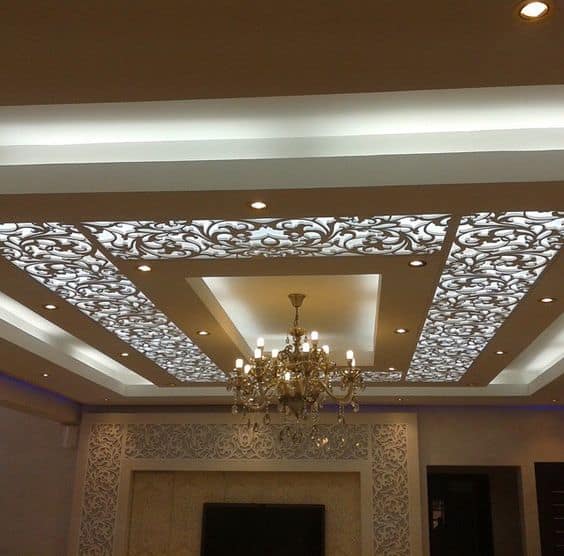
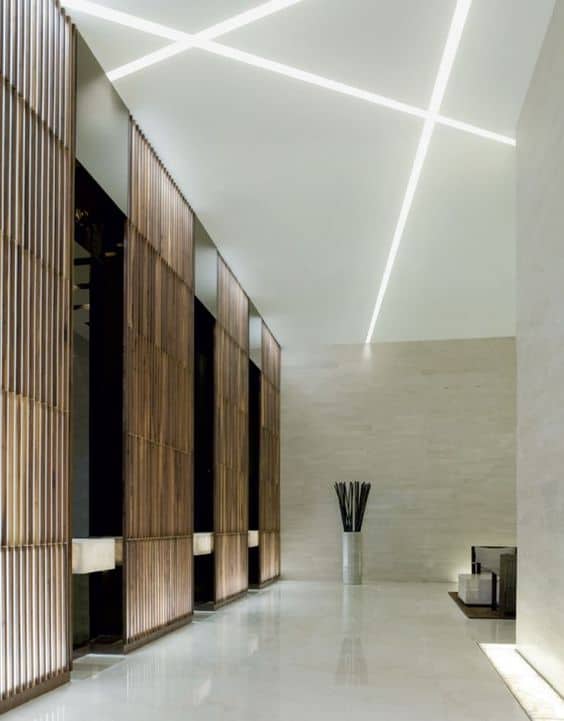
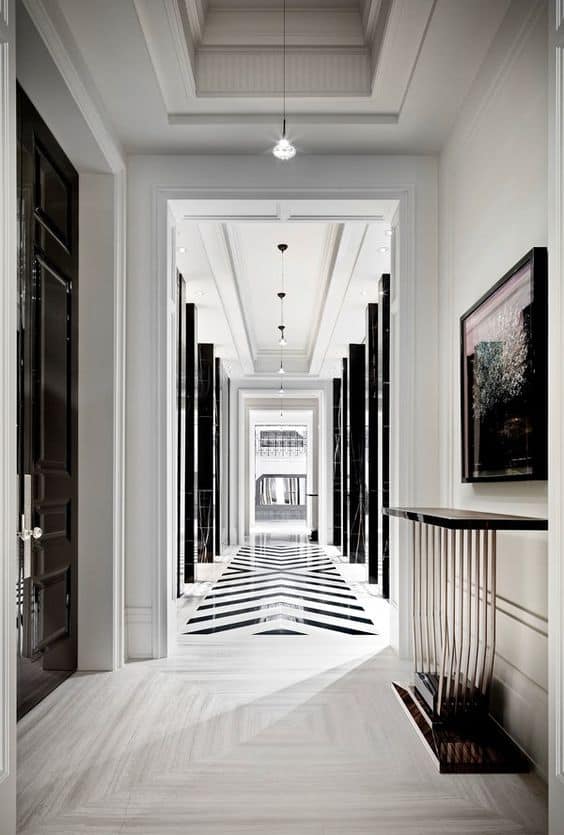
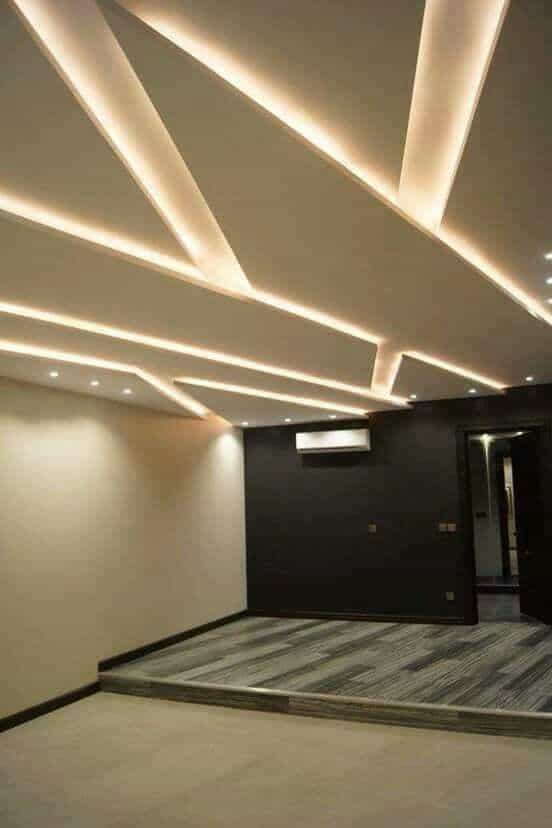

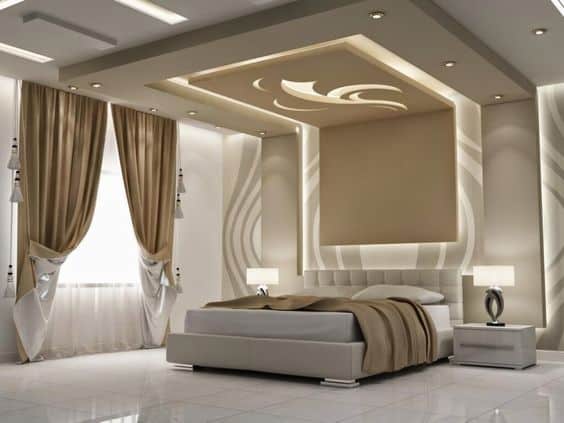
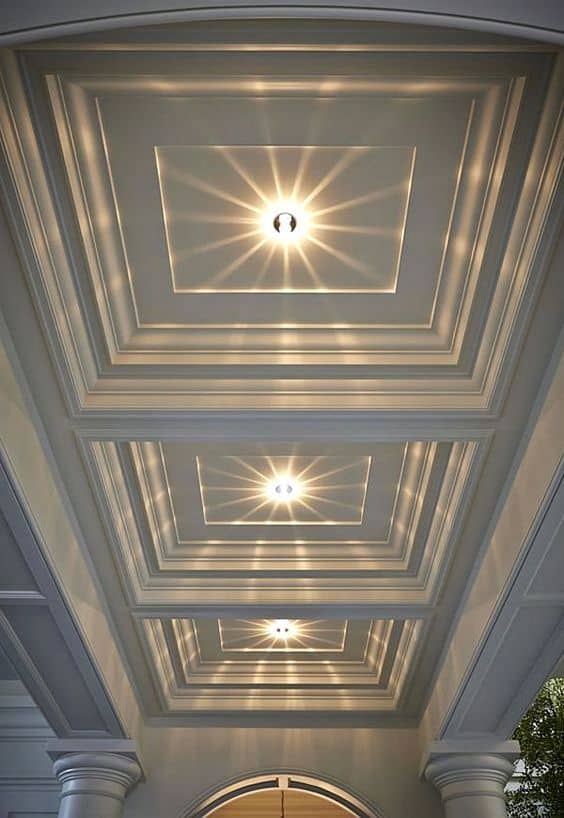
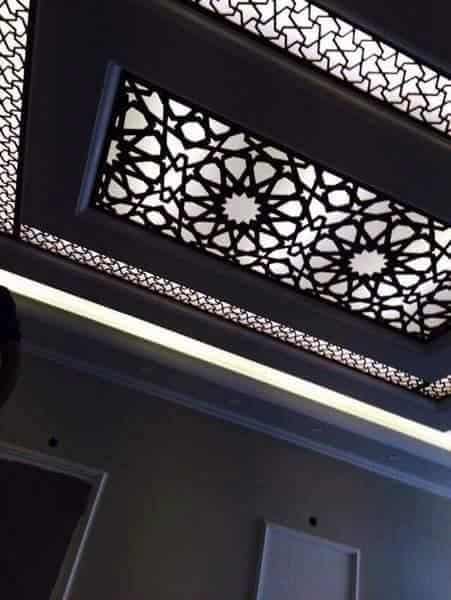
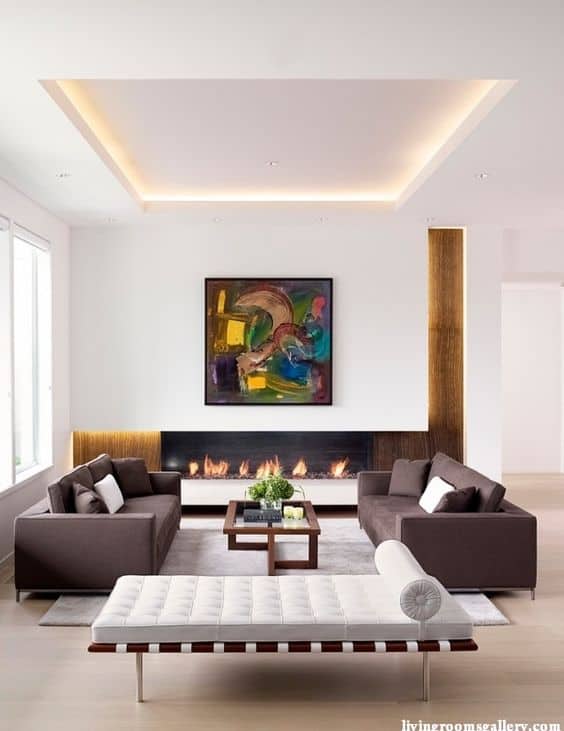
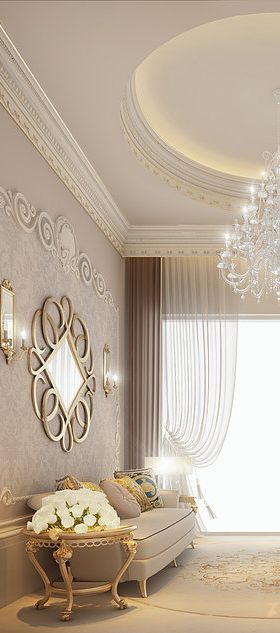
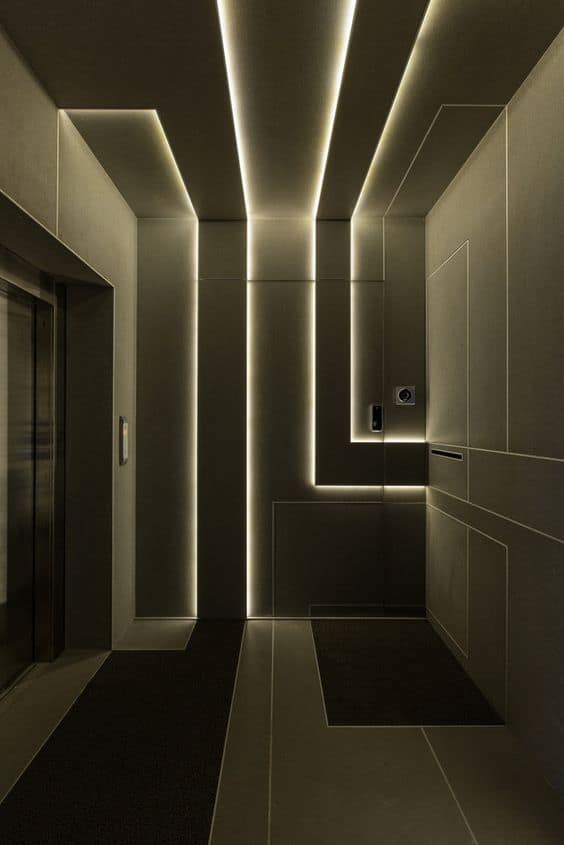
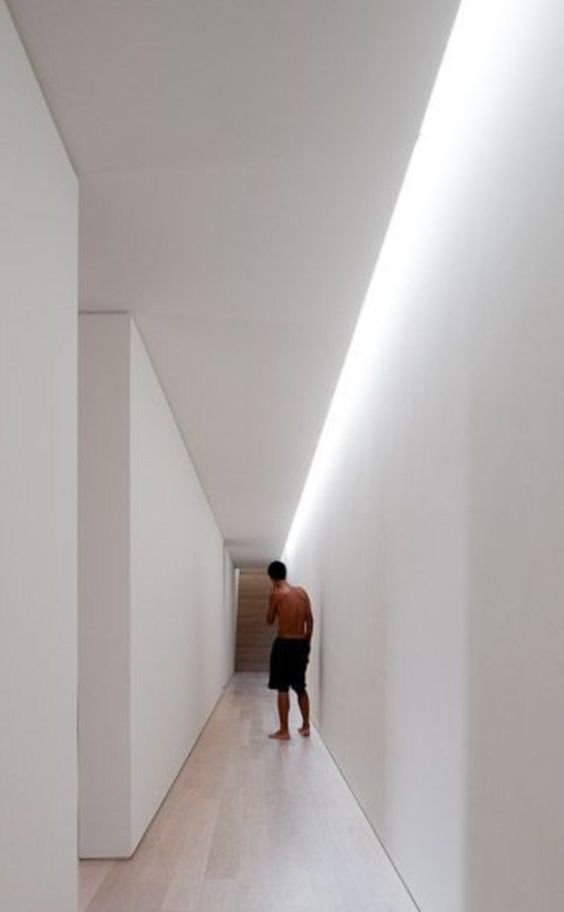





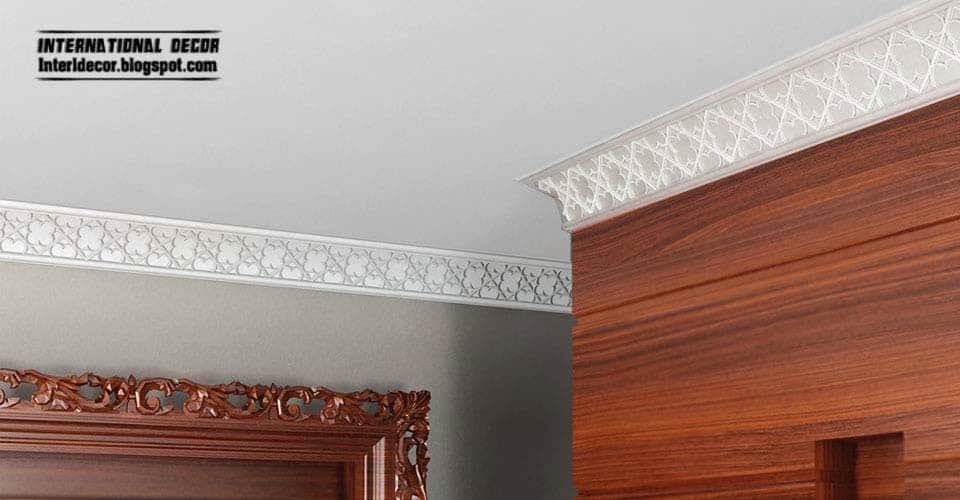
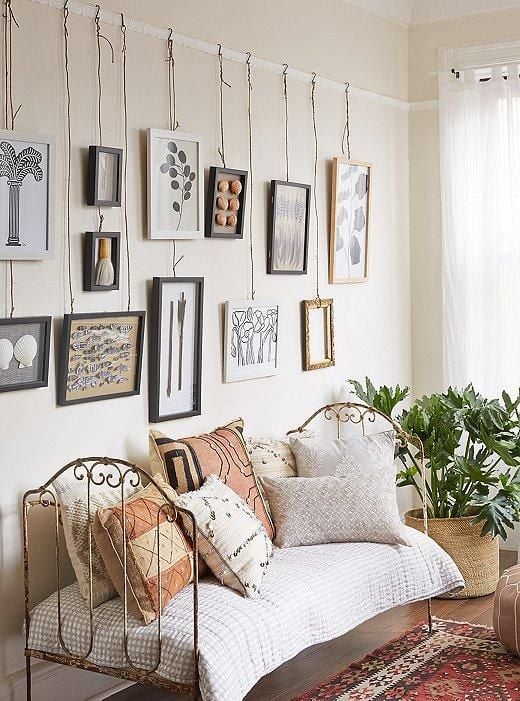

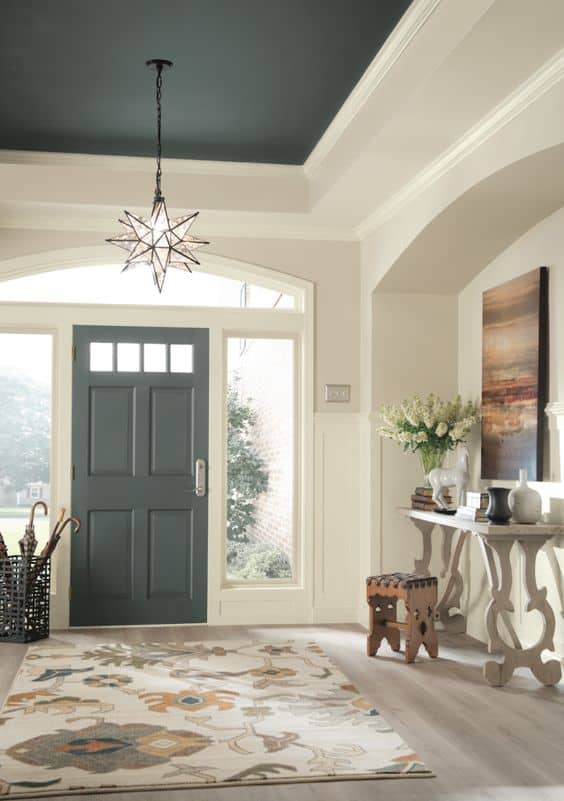
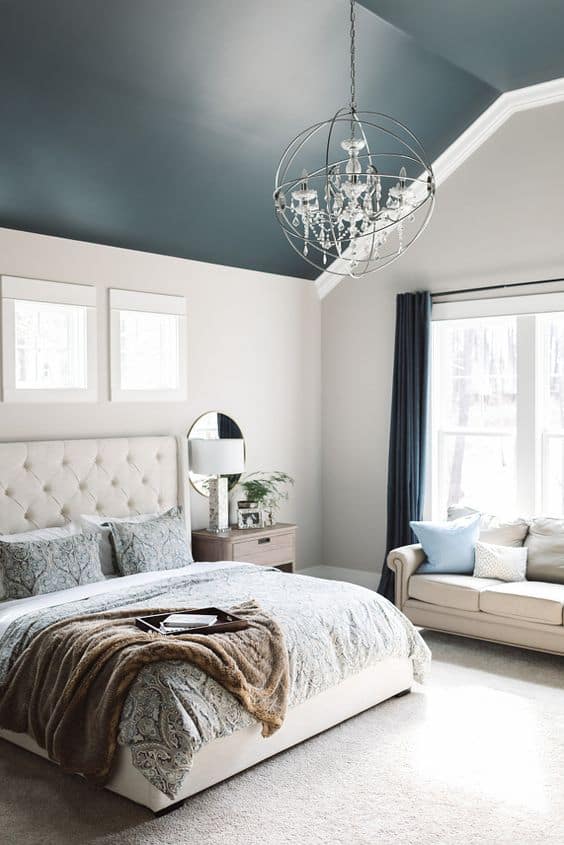
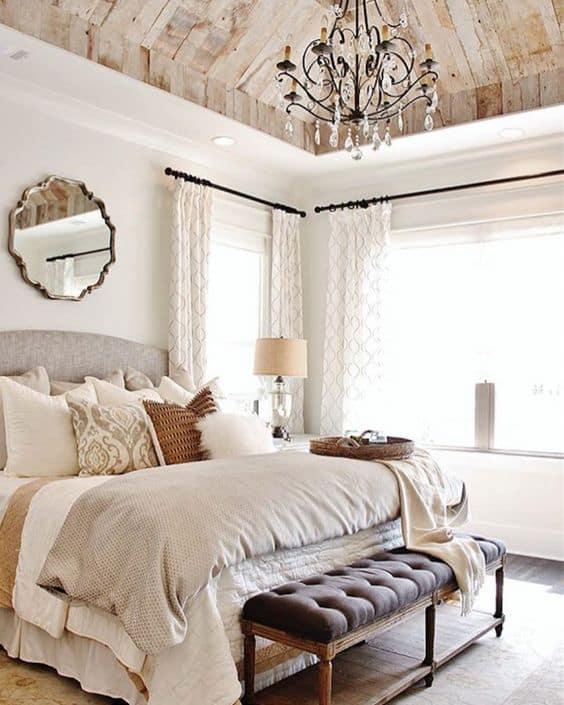
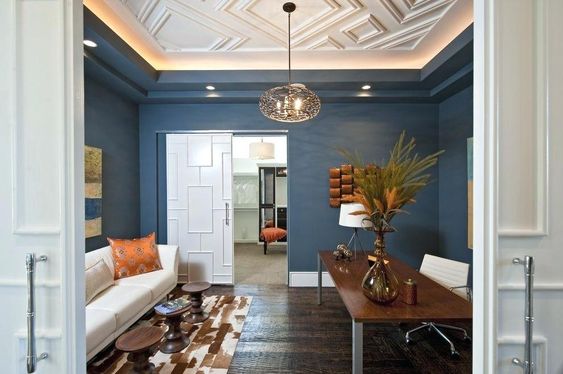
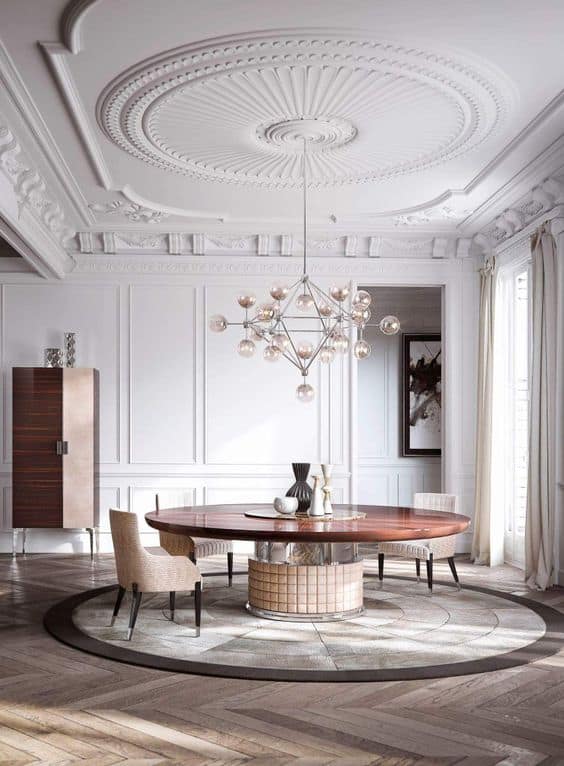
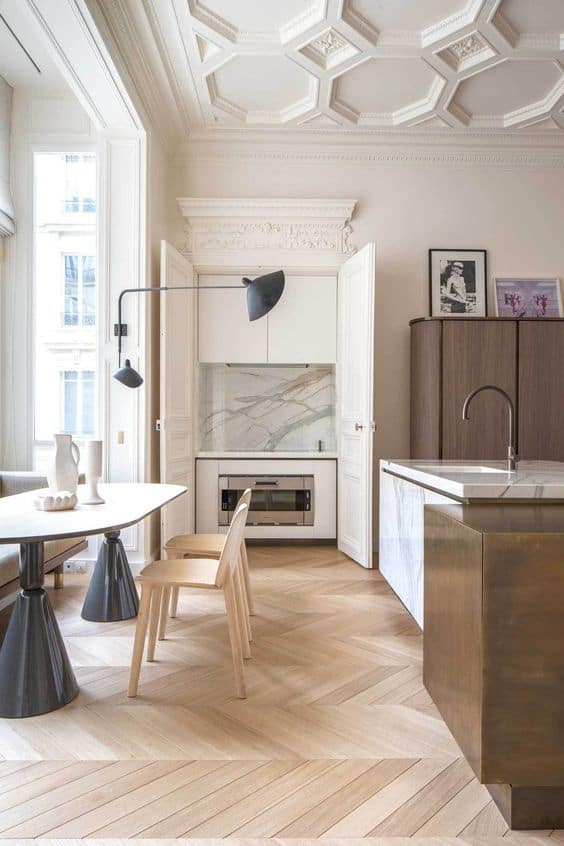
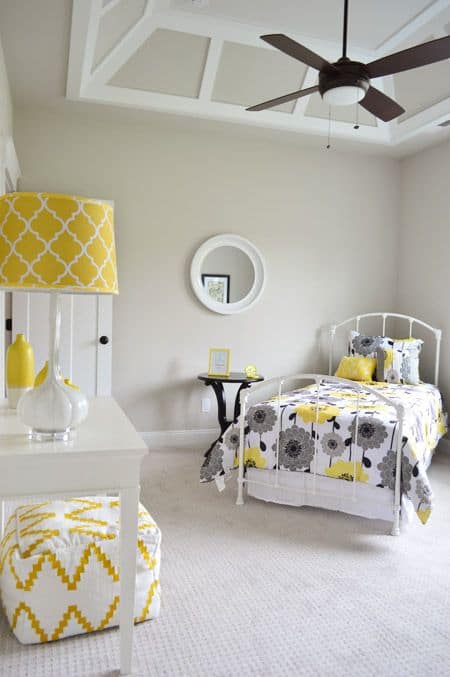
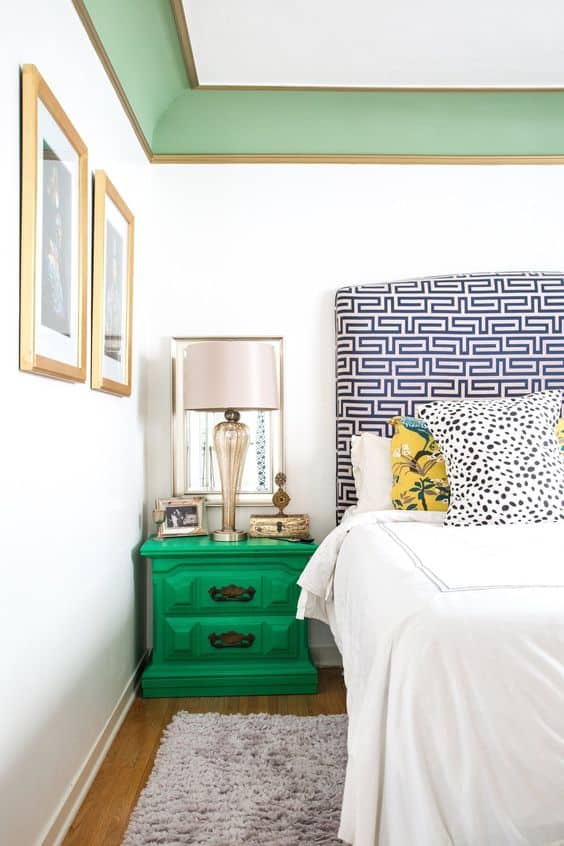
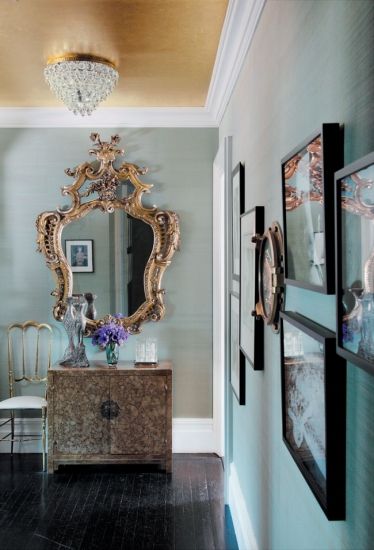
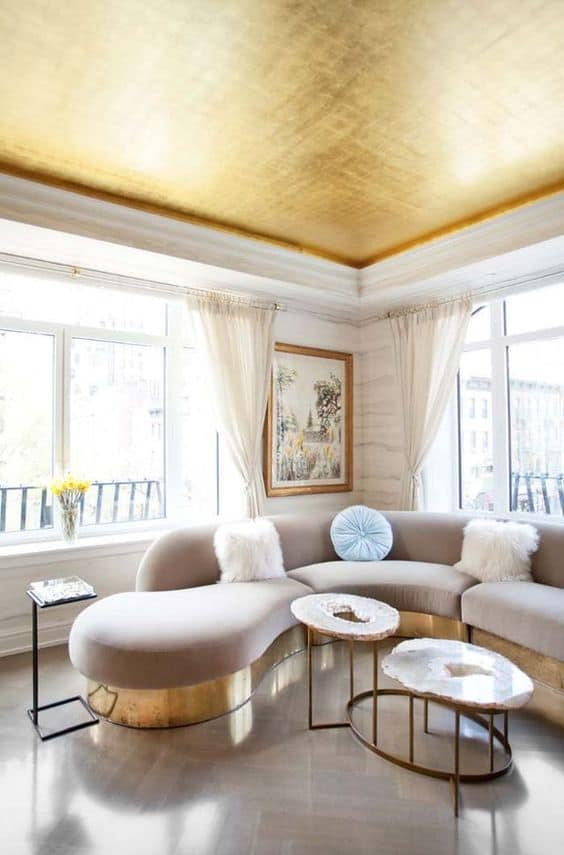
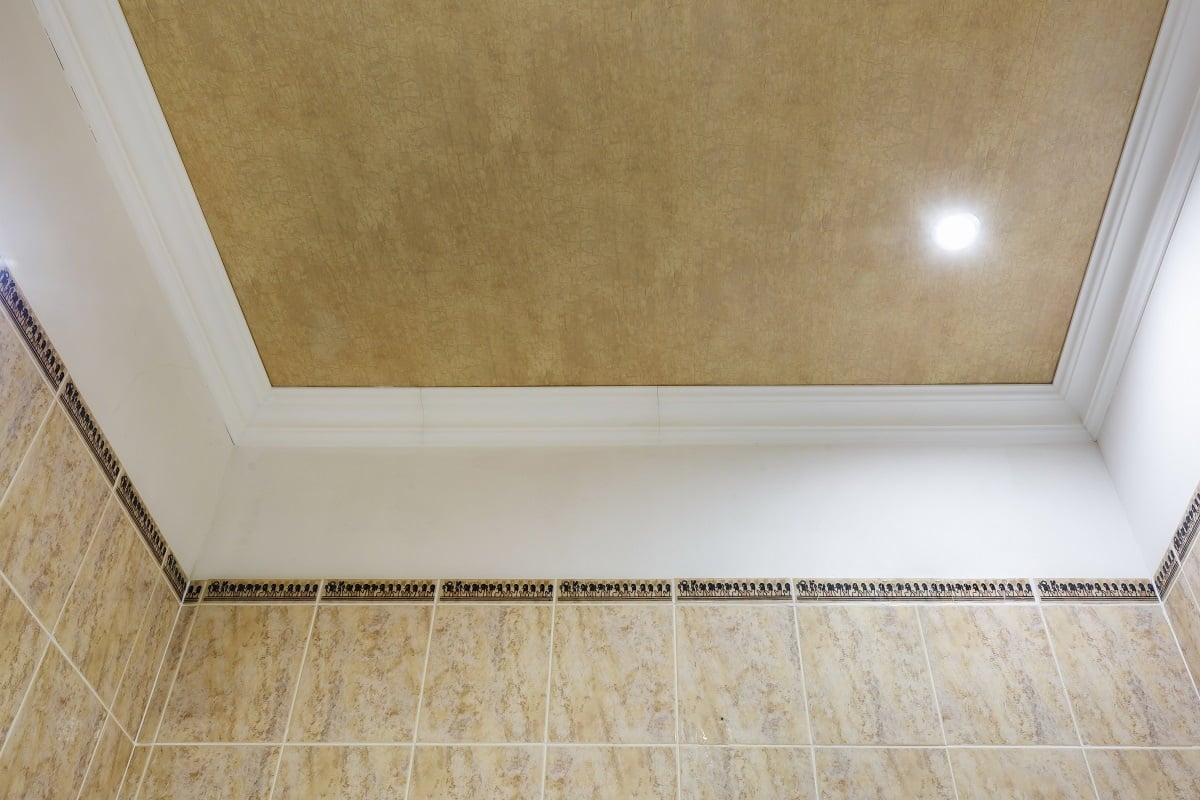
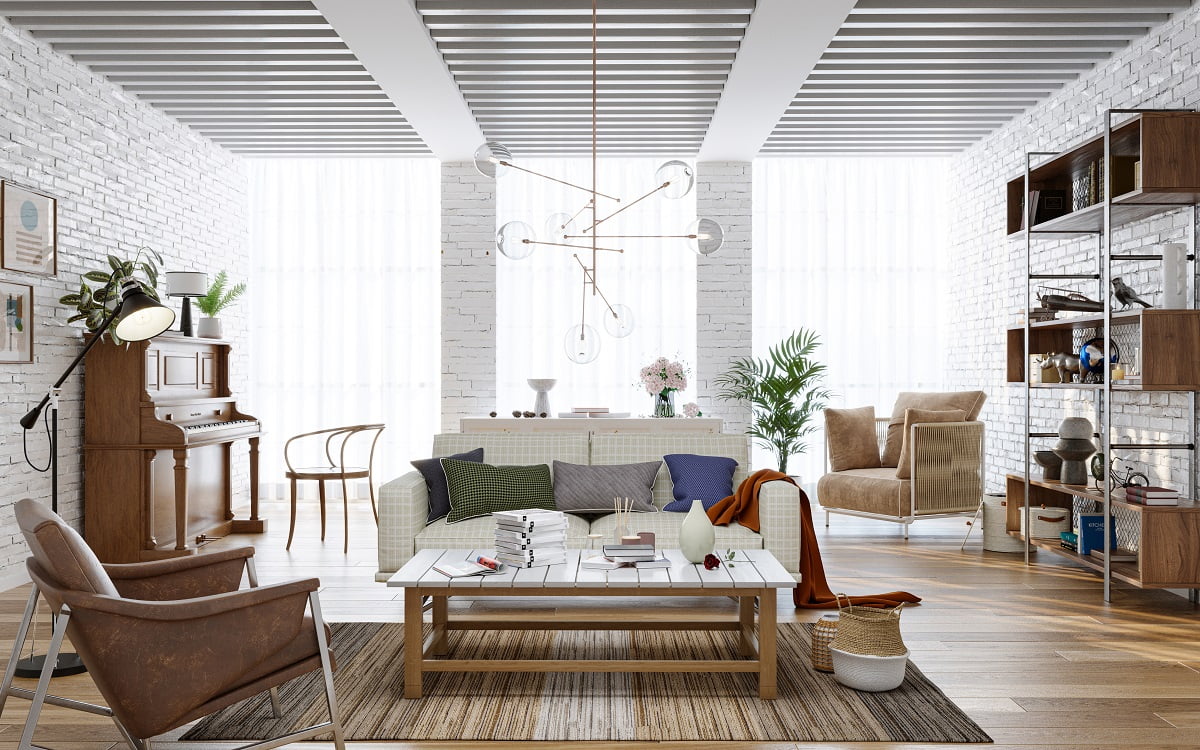

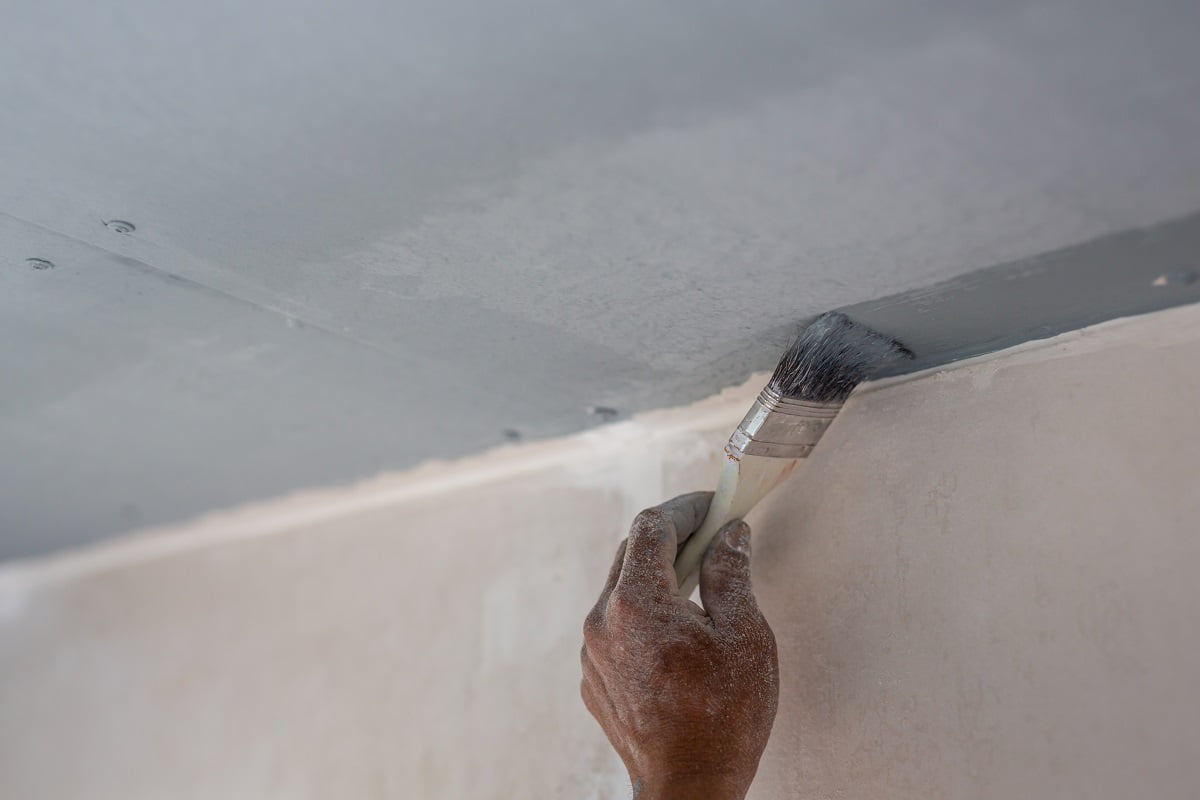
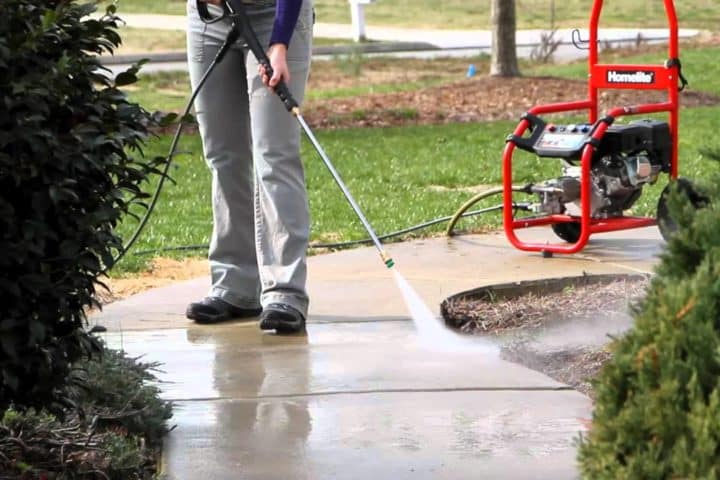


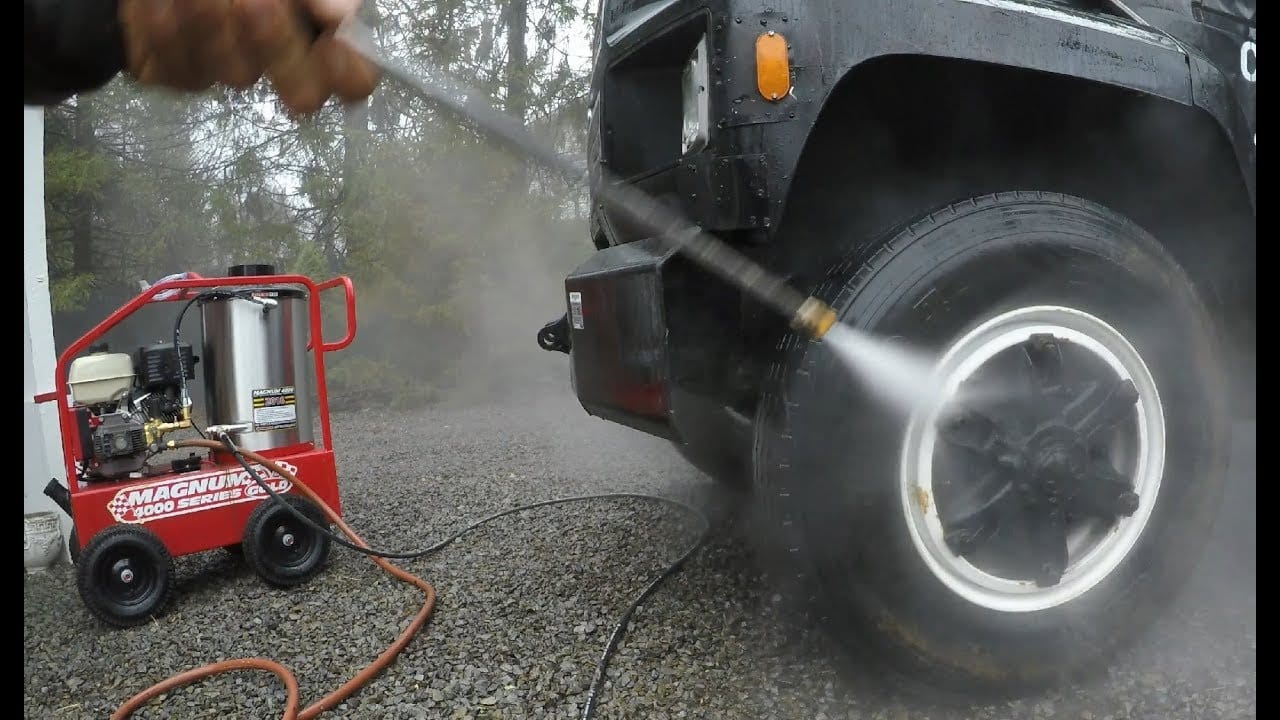

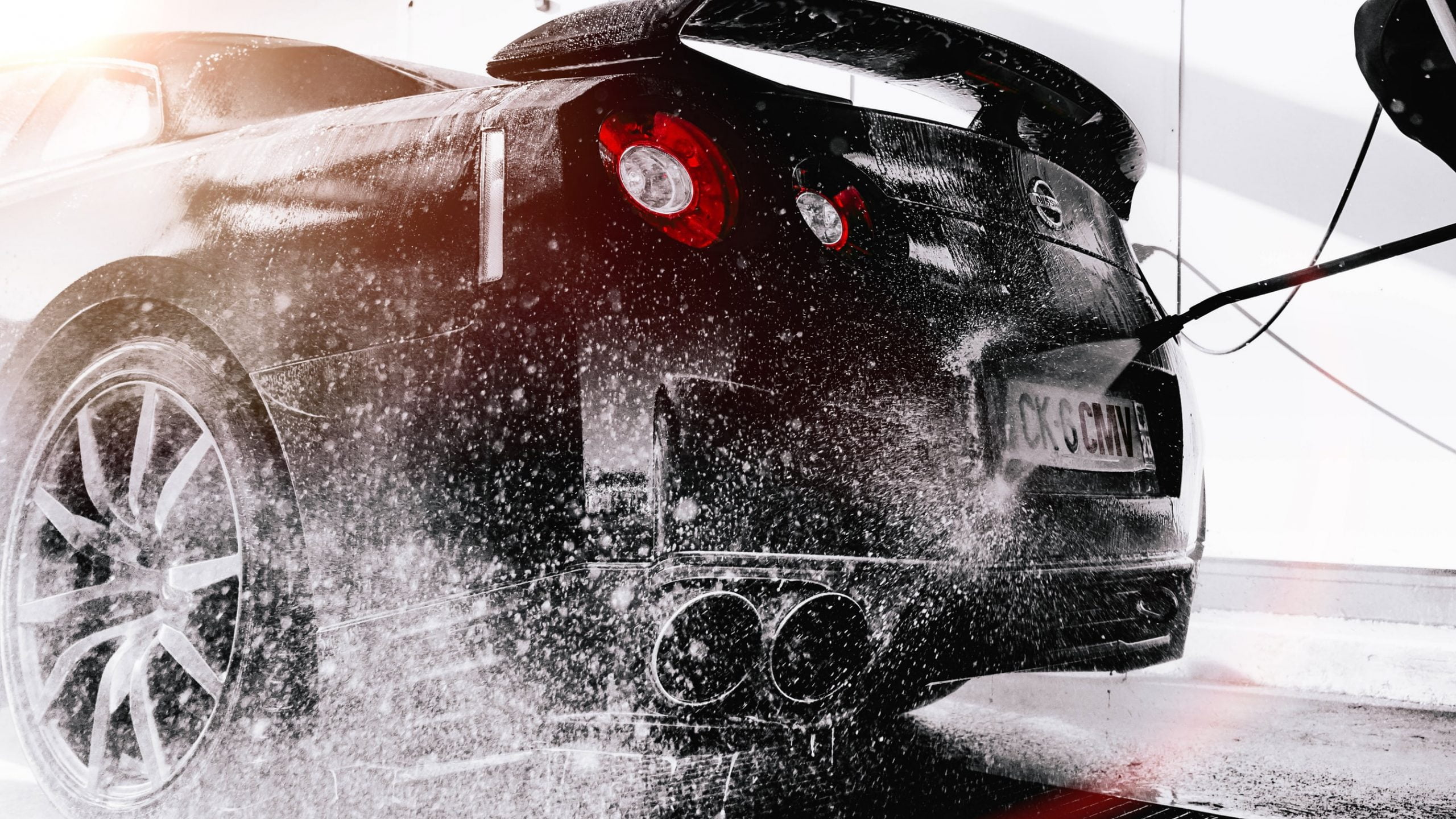
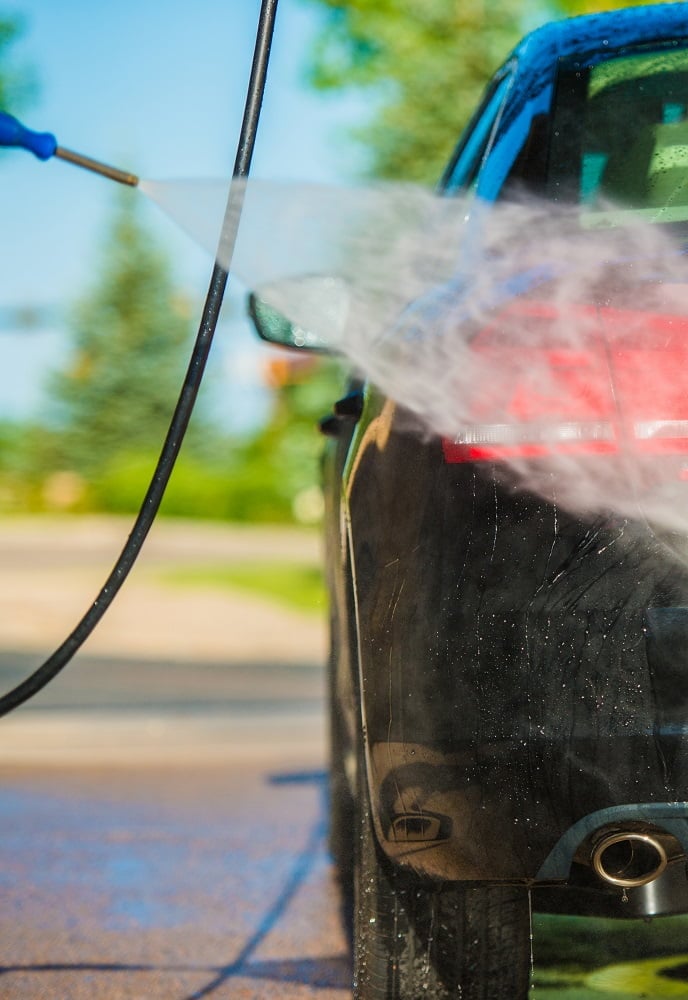










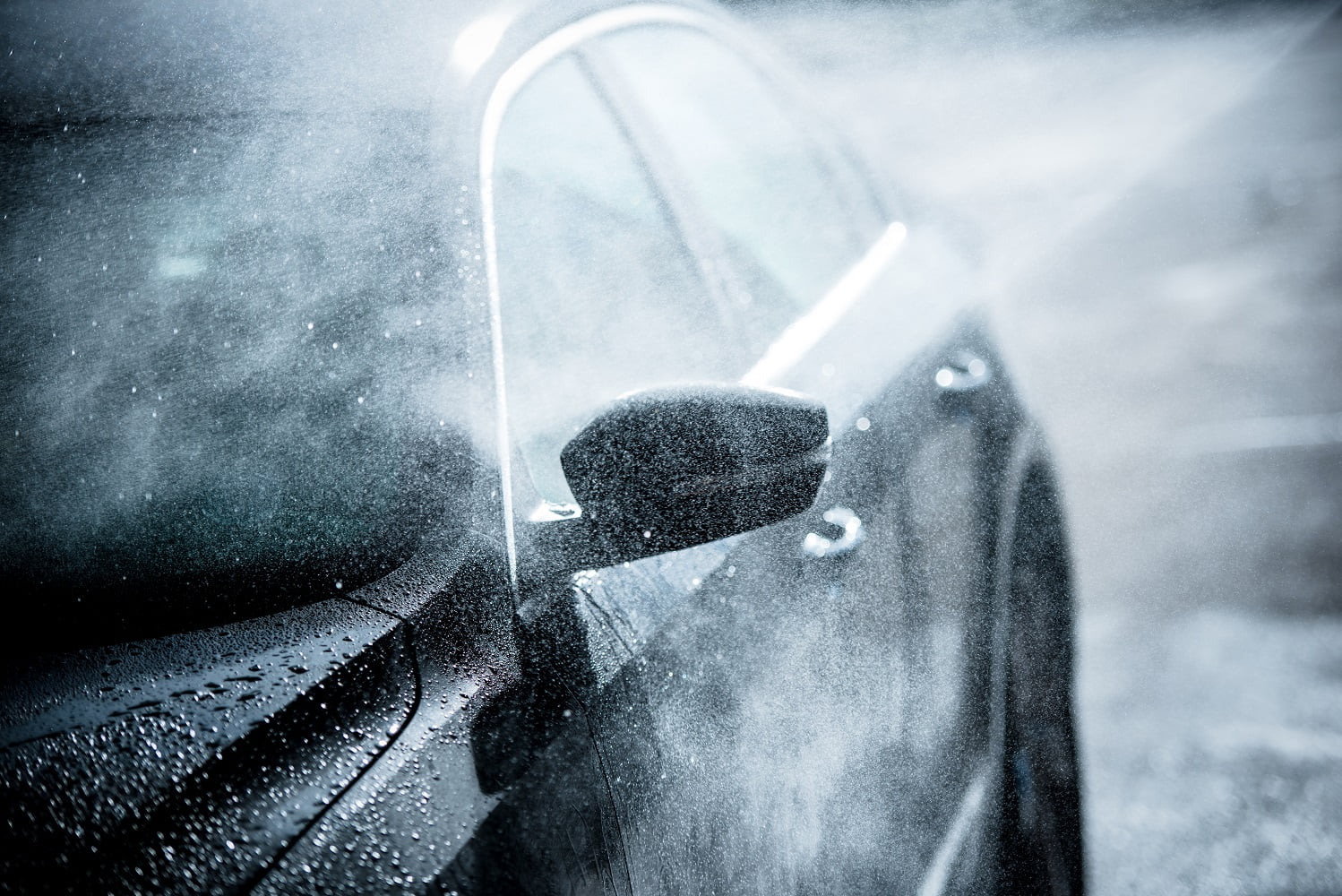
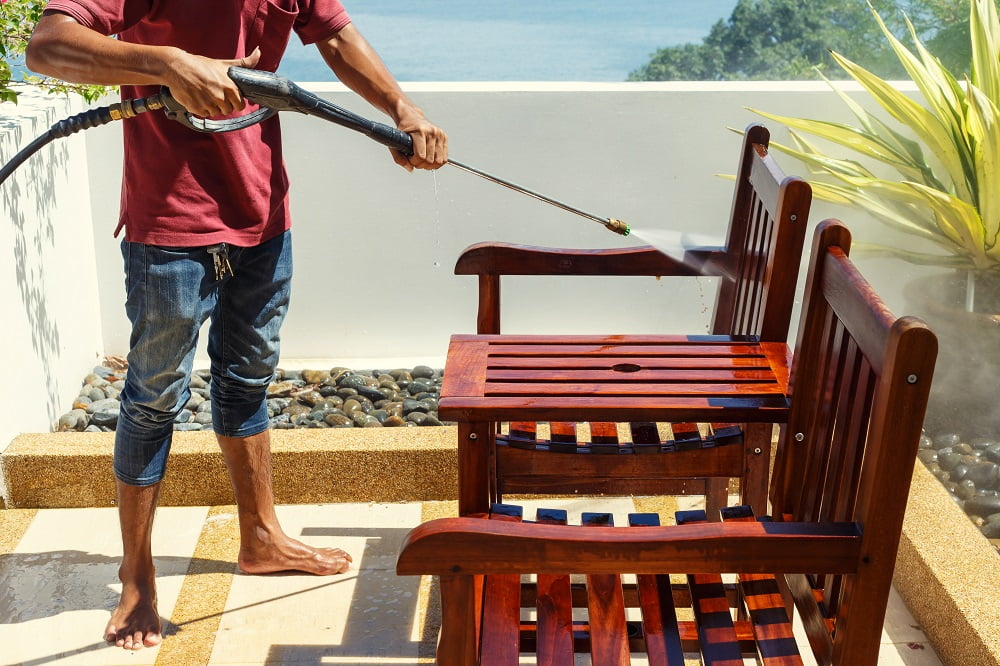
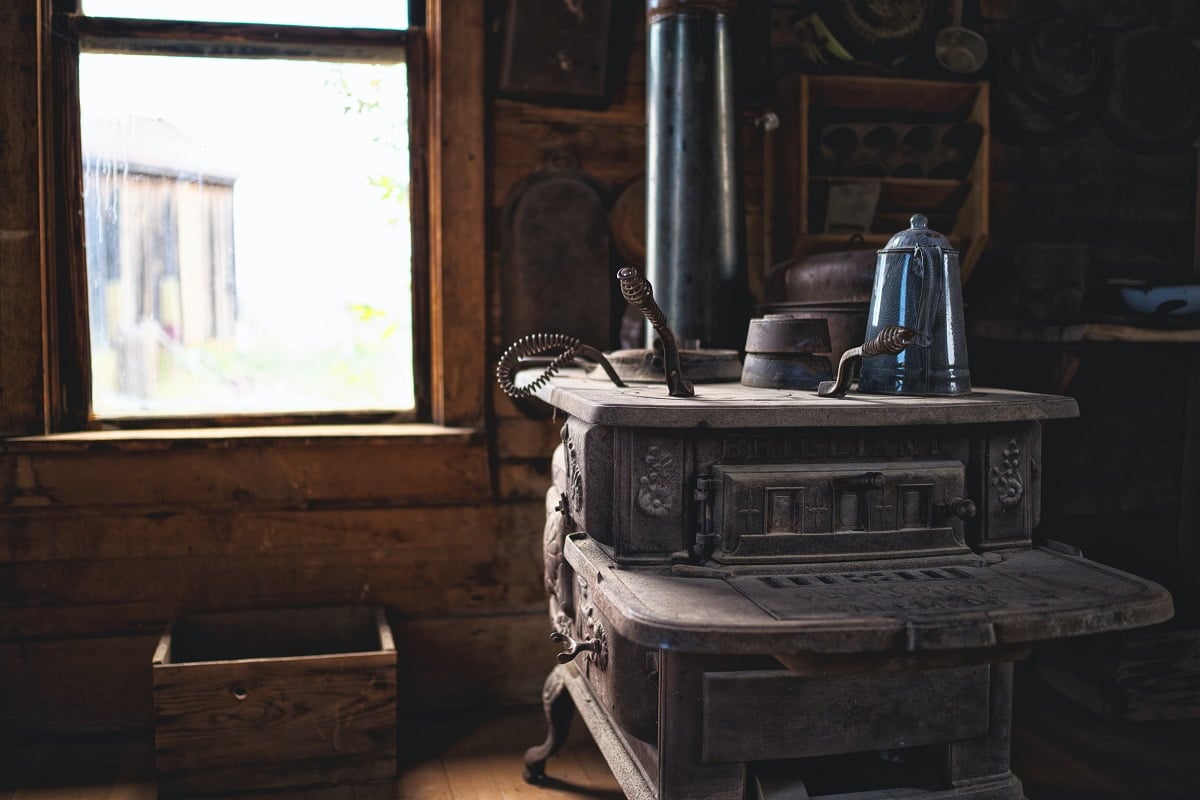








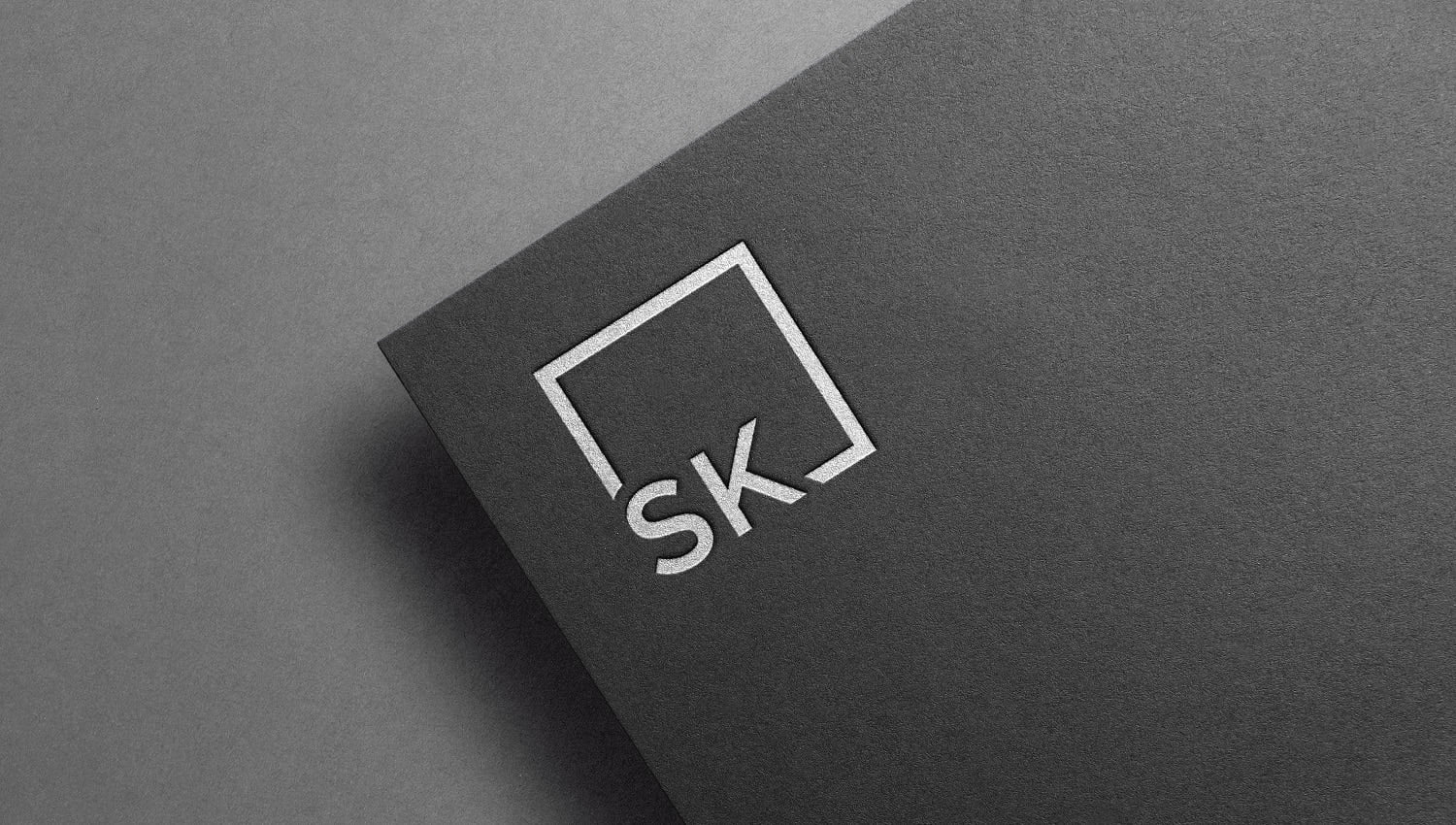
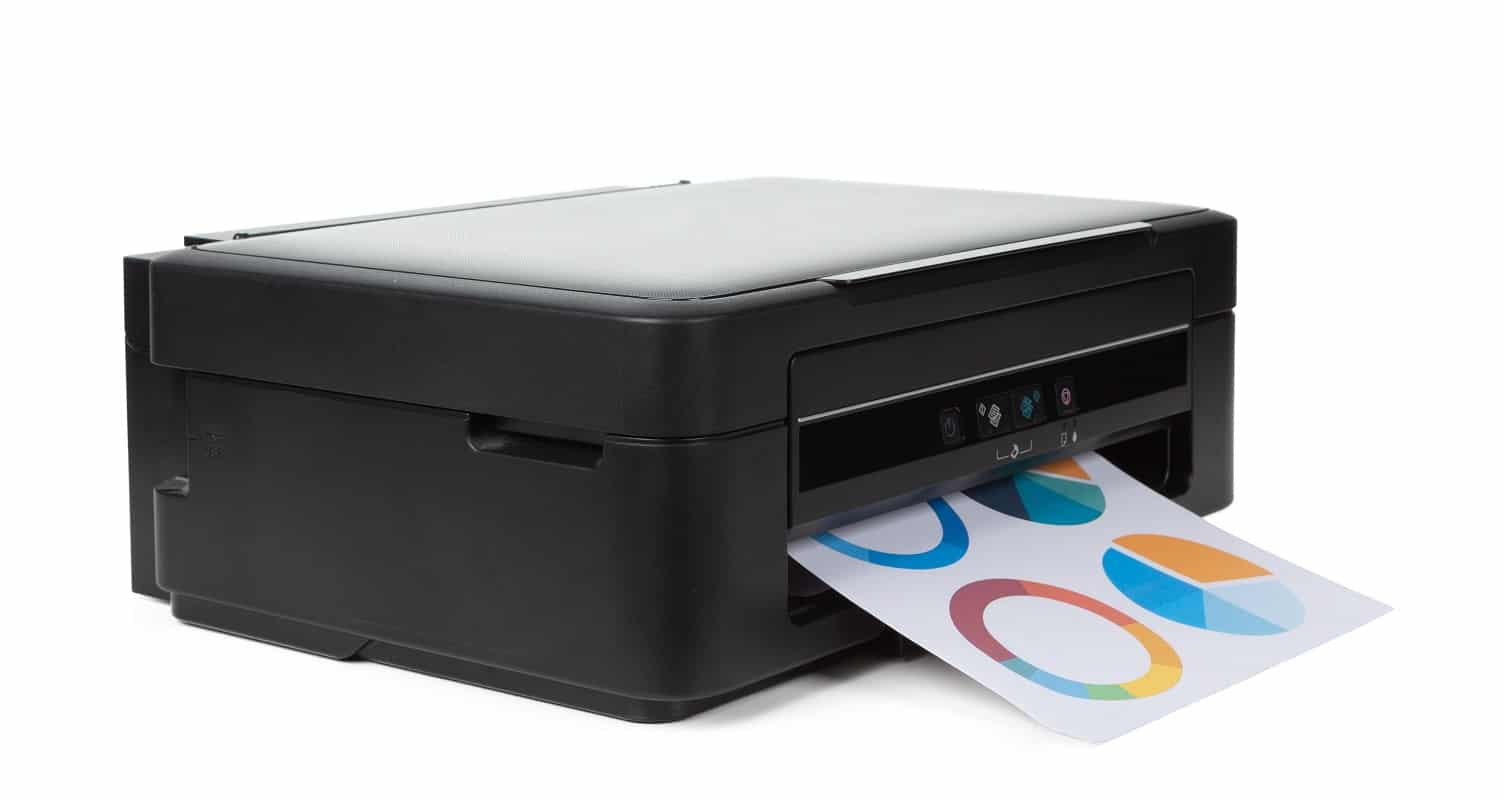





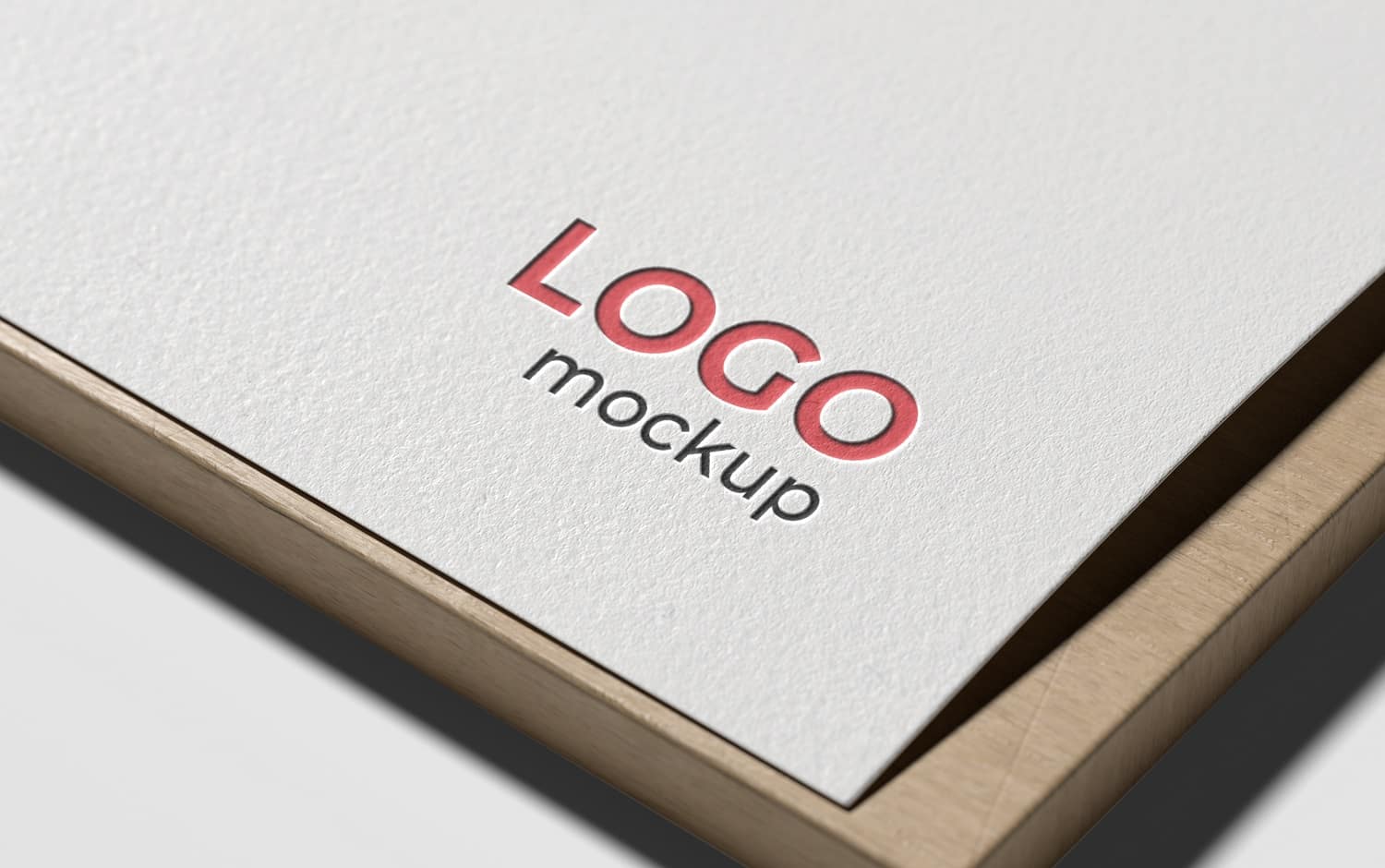
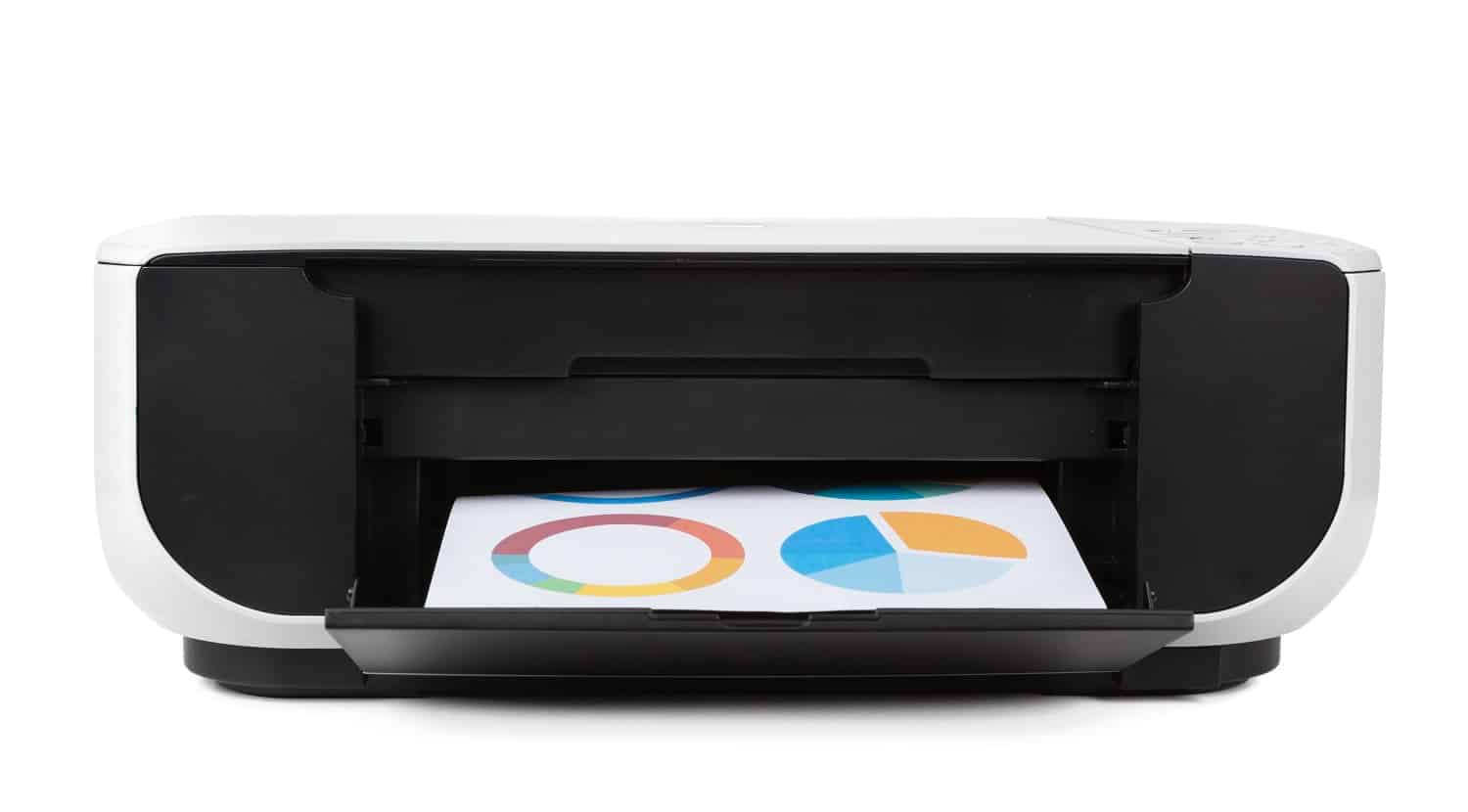
![51[FREE] Digital Painting Tutorials of 2023 51[FREE] Digital Painting Tutorials of 2023](https://homesthetics.net/wp-content/uploads/2019/09/Free-Digital-Painting-Tutorials-1.jpg)


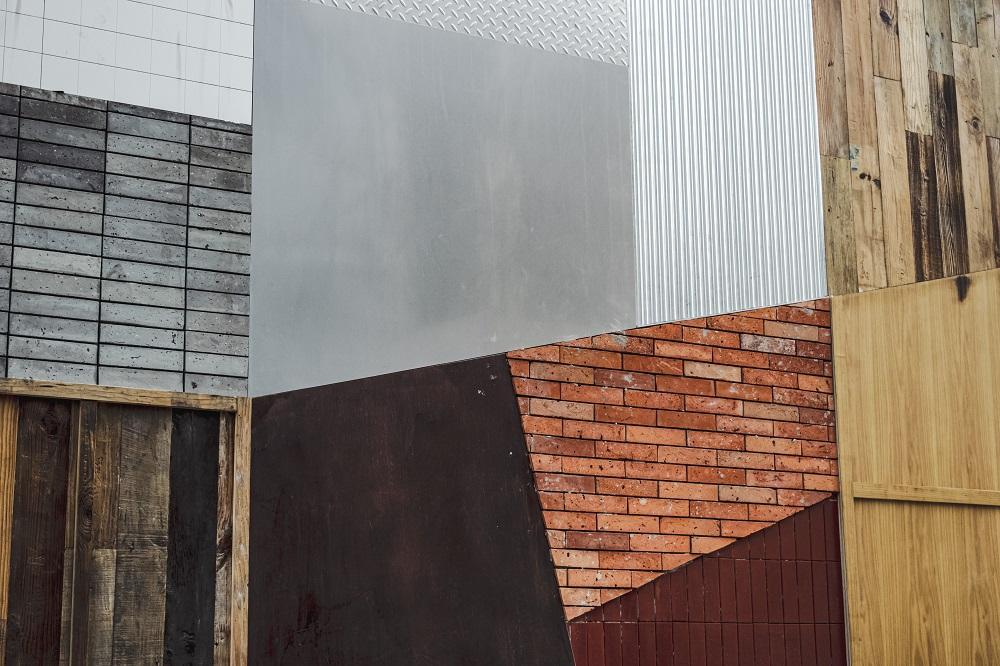

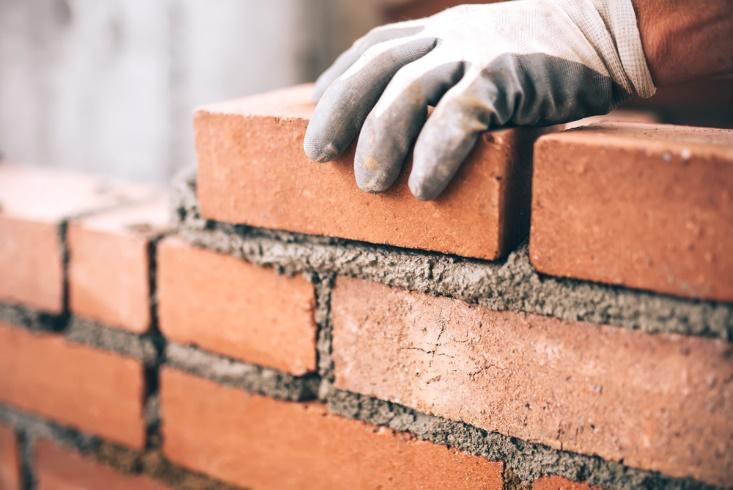
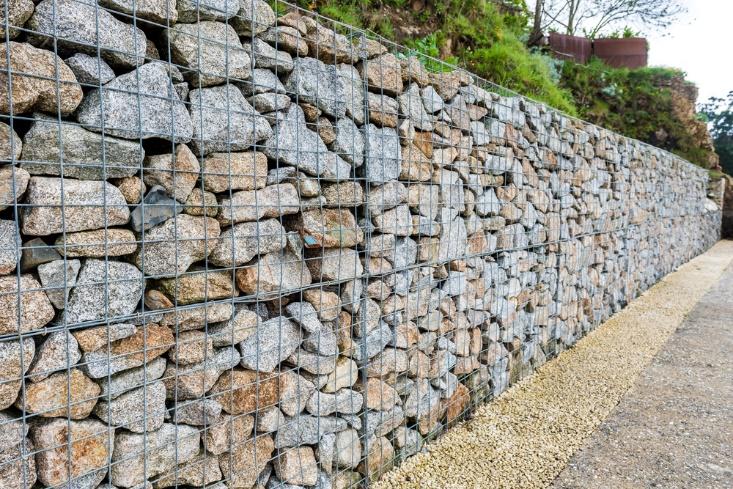
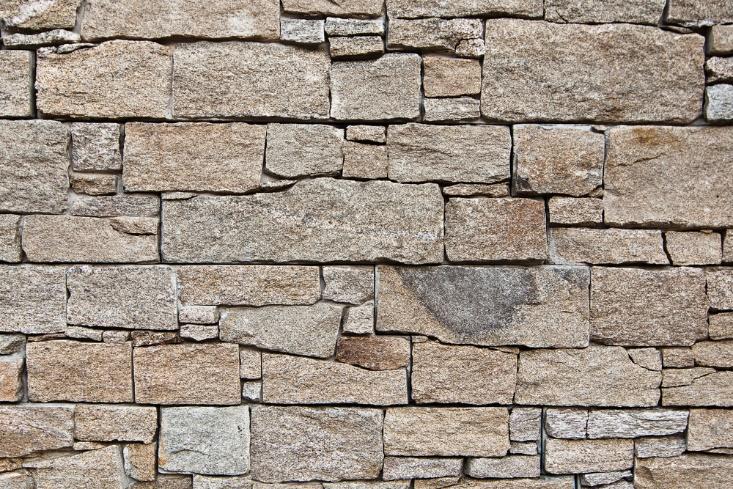
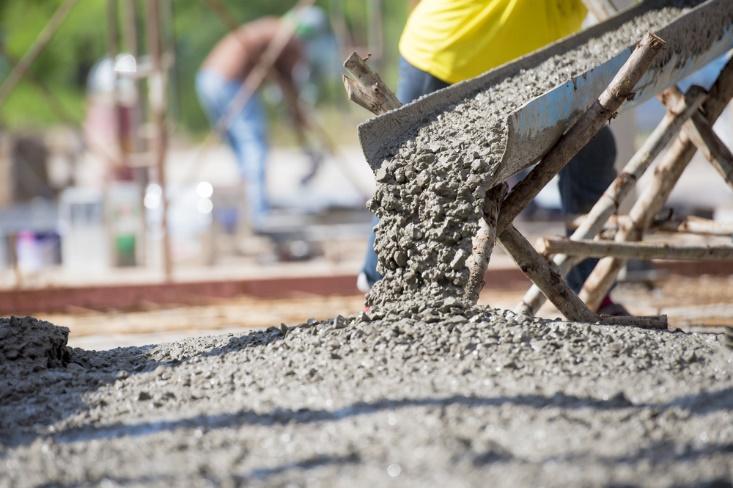
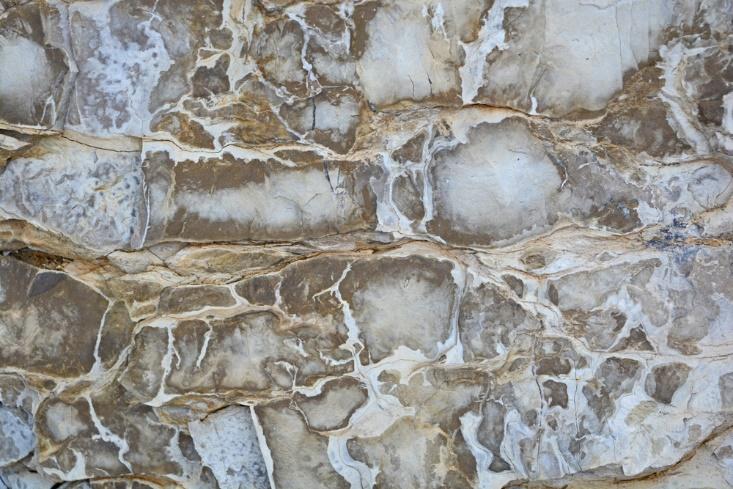
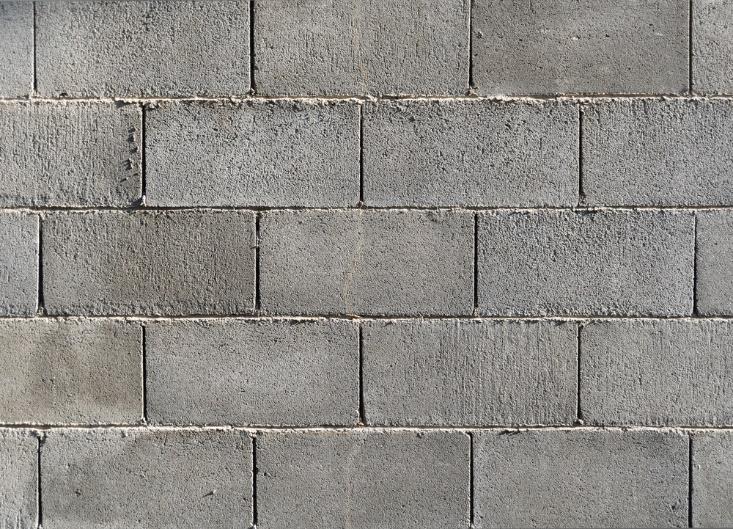


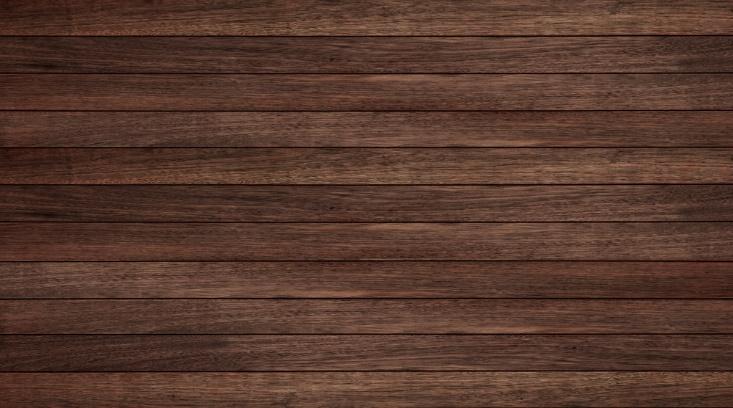
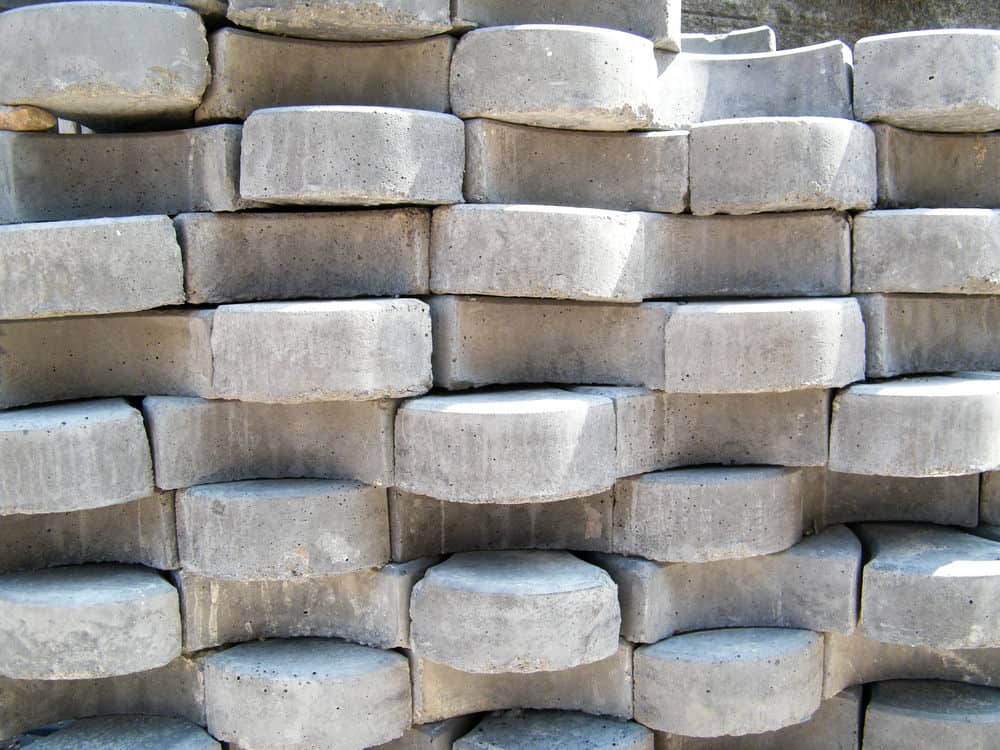
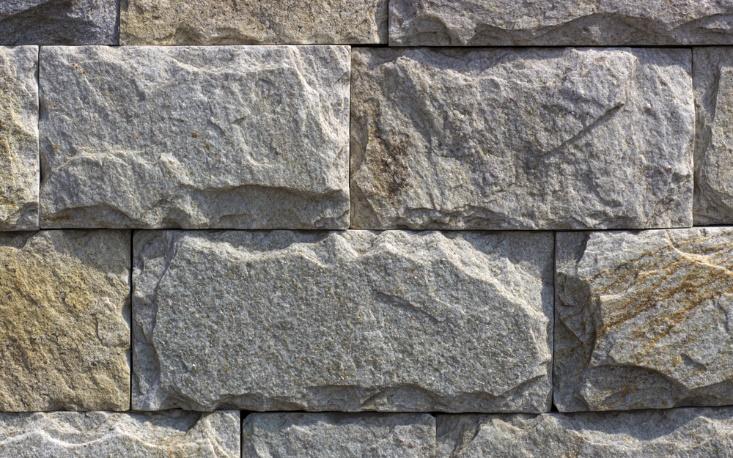
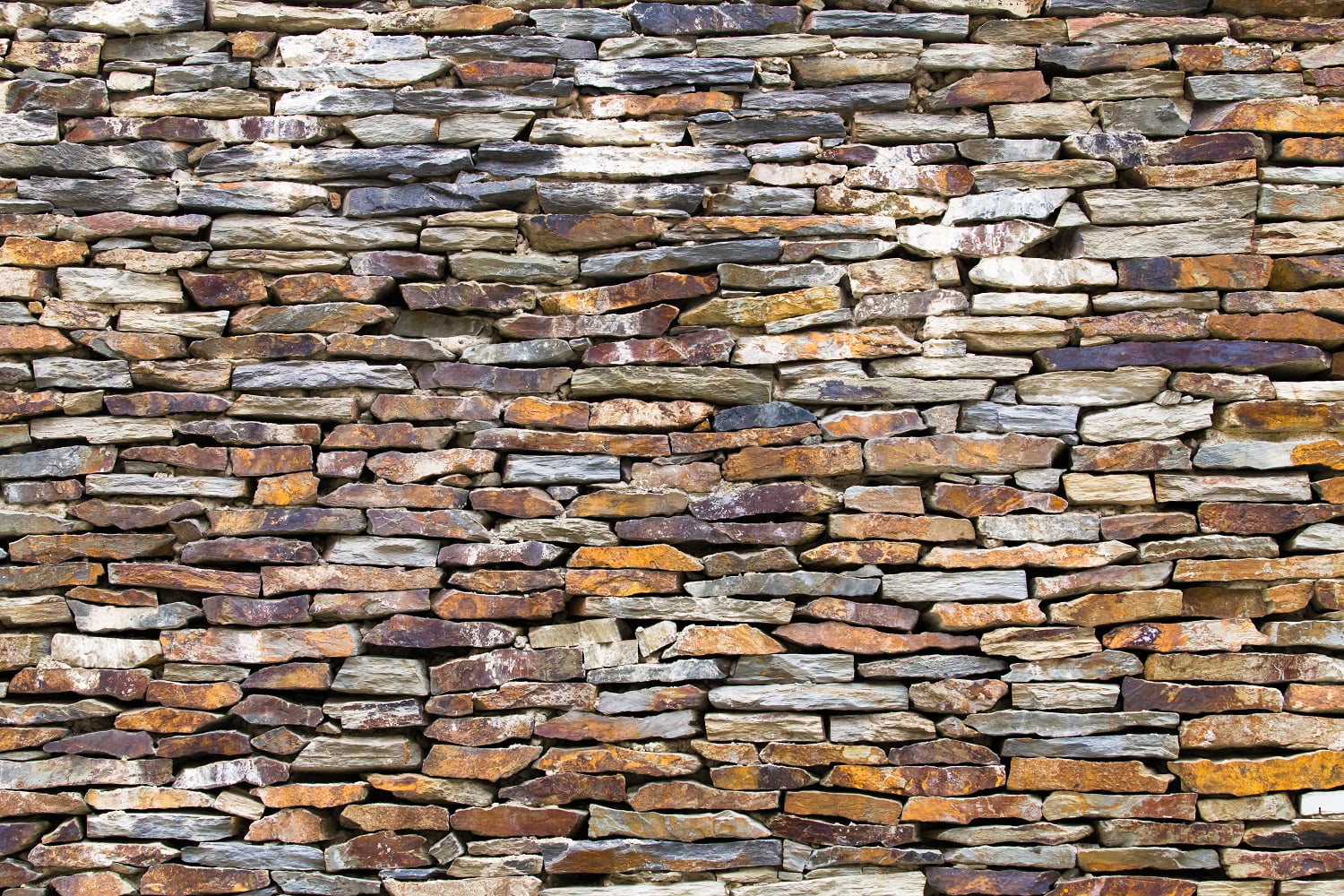
![20 Extraordinary Smart DIY Paper Wall Decor [Free Template Included] 20 Extraordinary Smart DIY Paper Wall Decor [Free Template Included]](https://homesthetics.net/wp-content/uploads/2014/10/featured-image.jpg)

